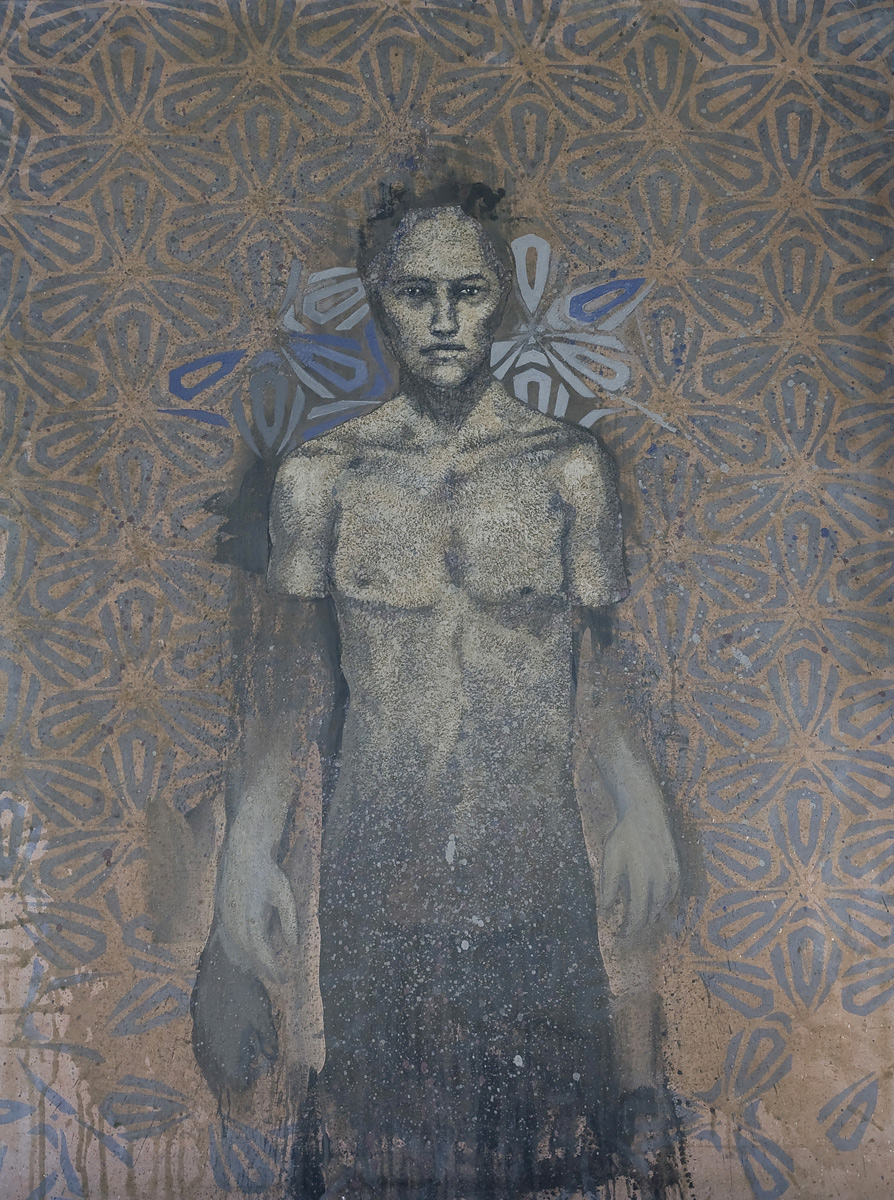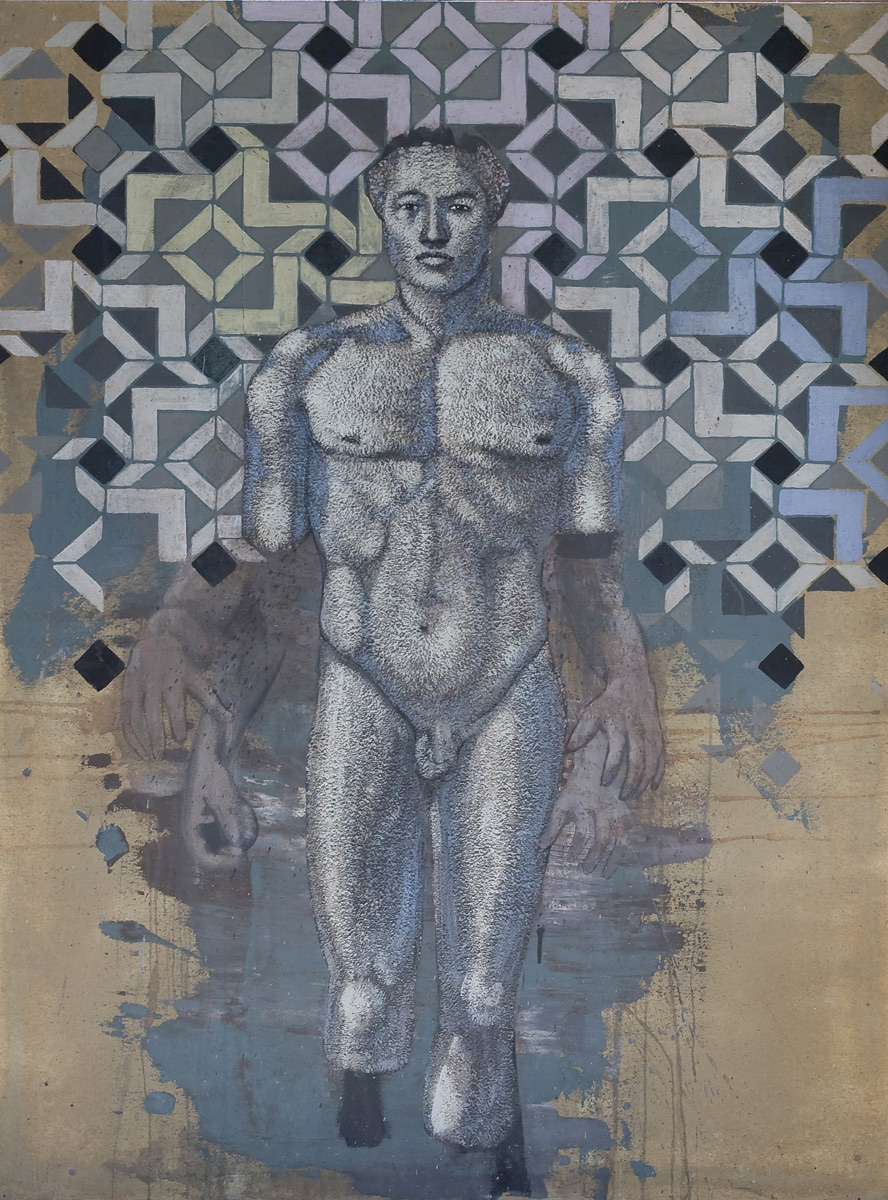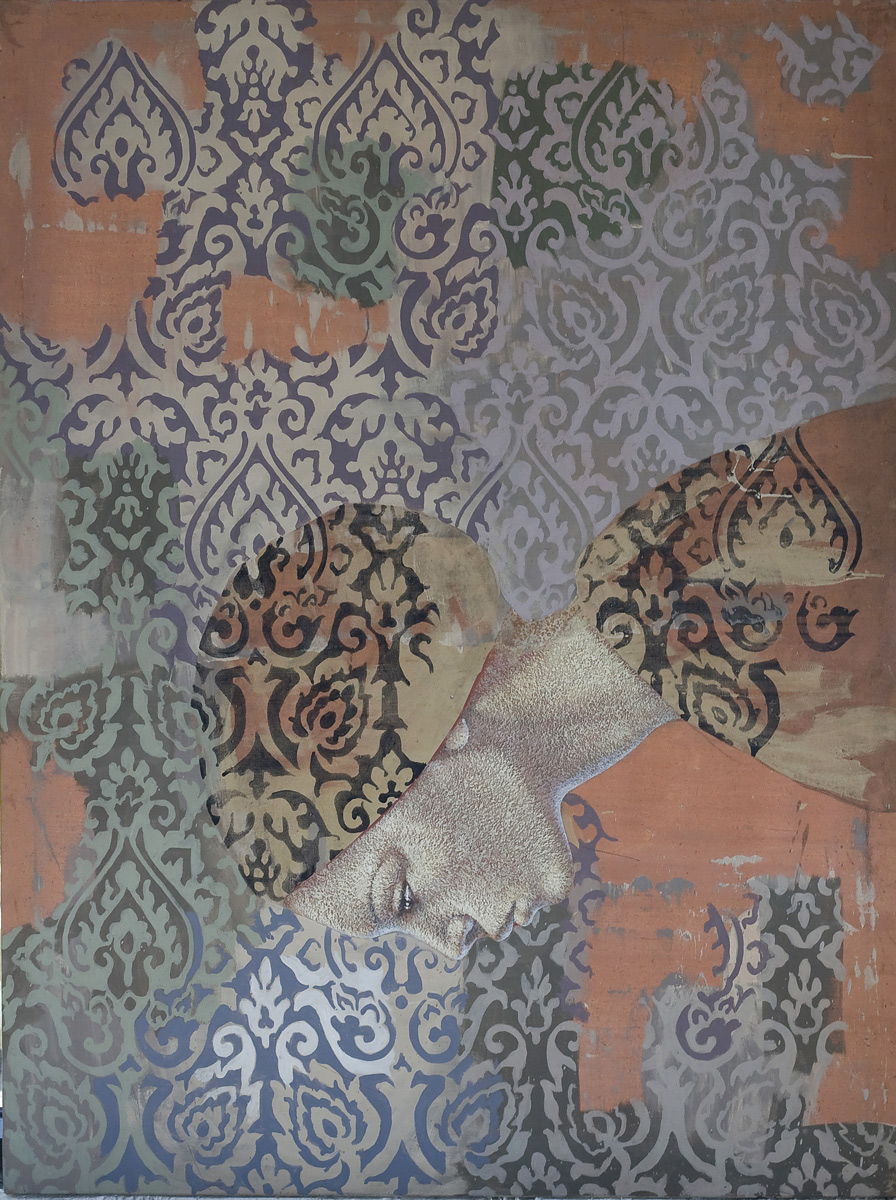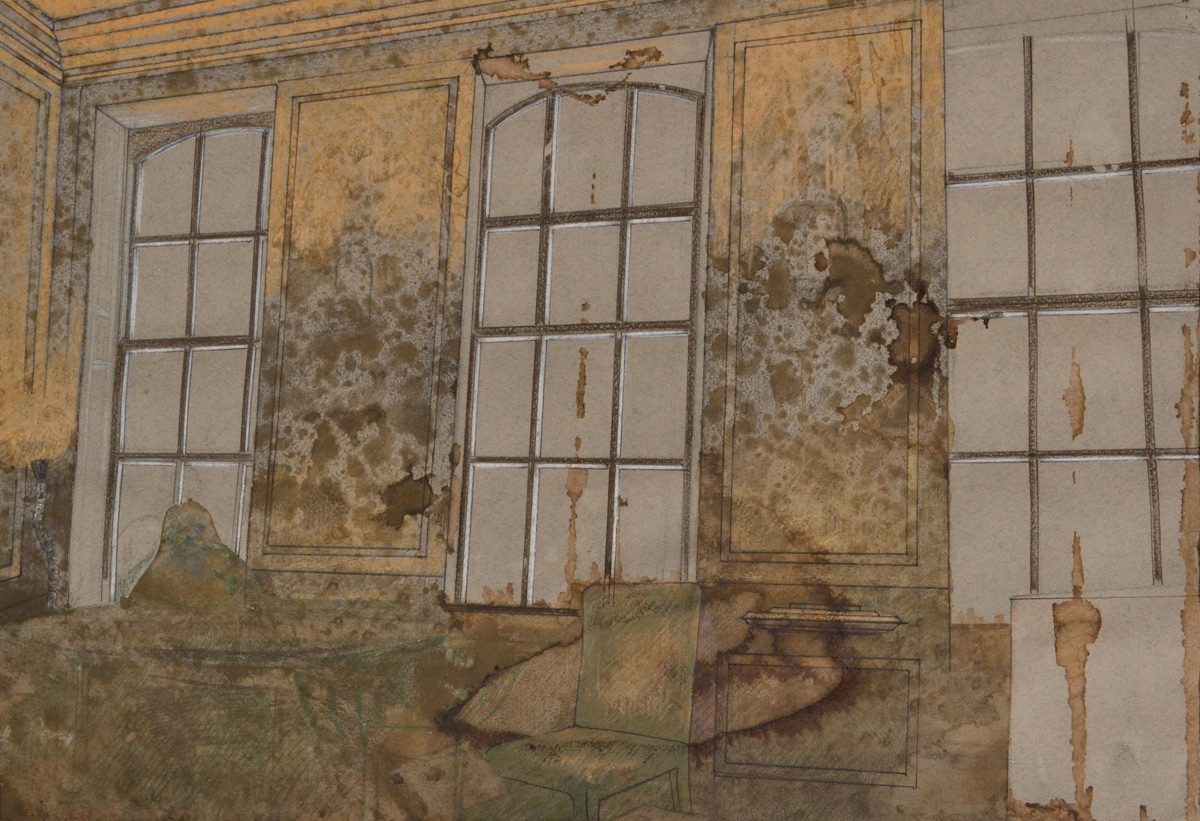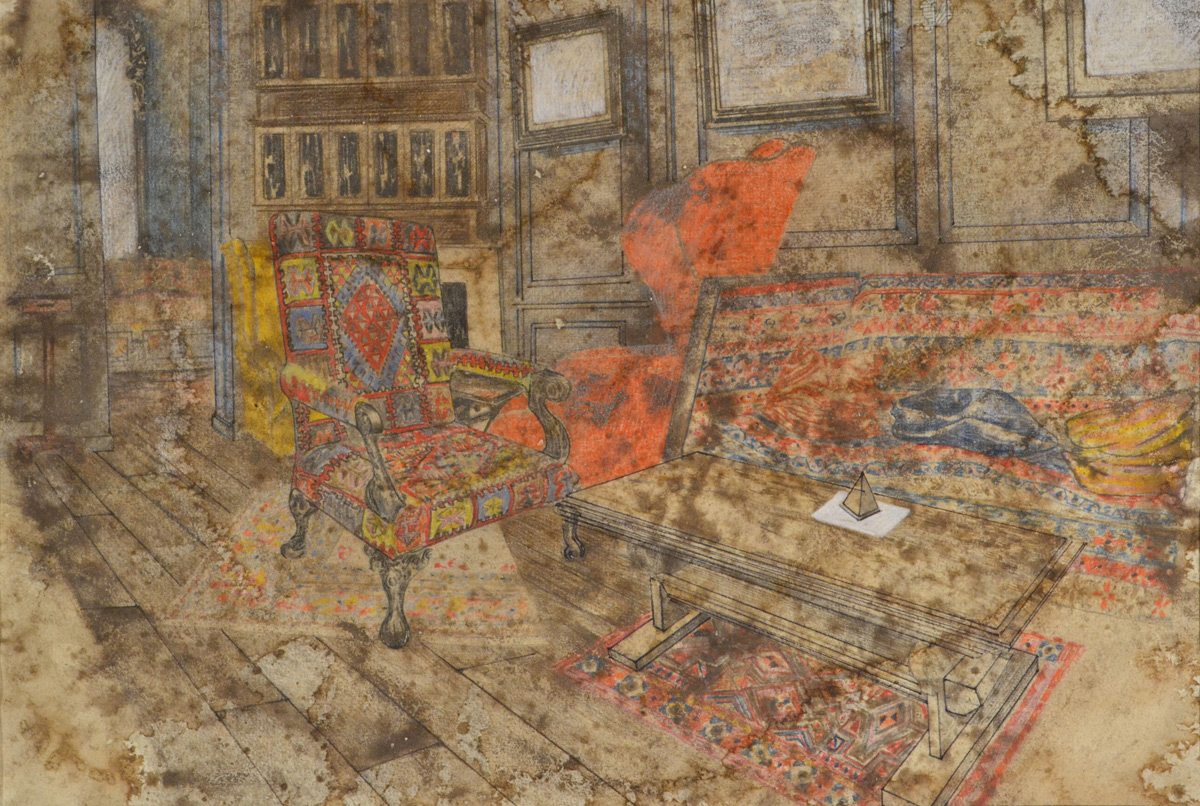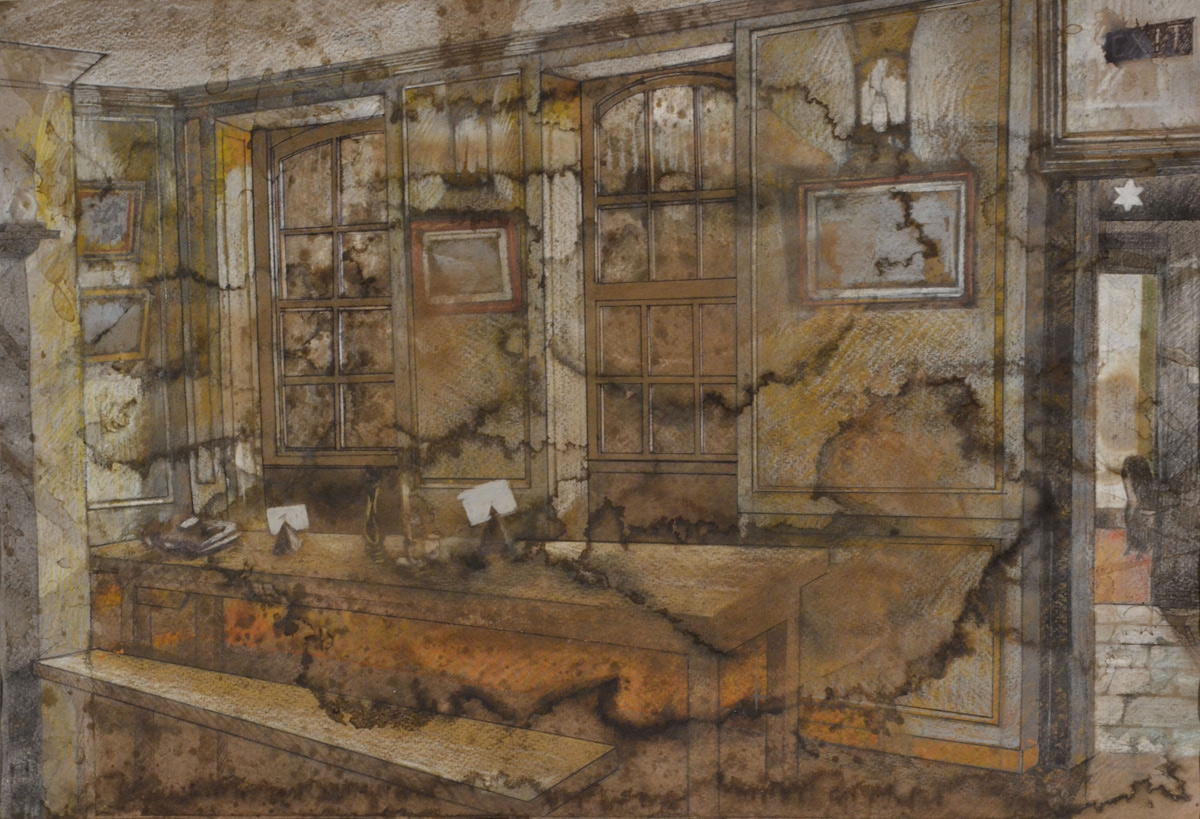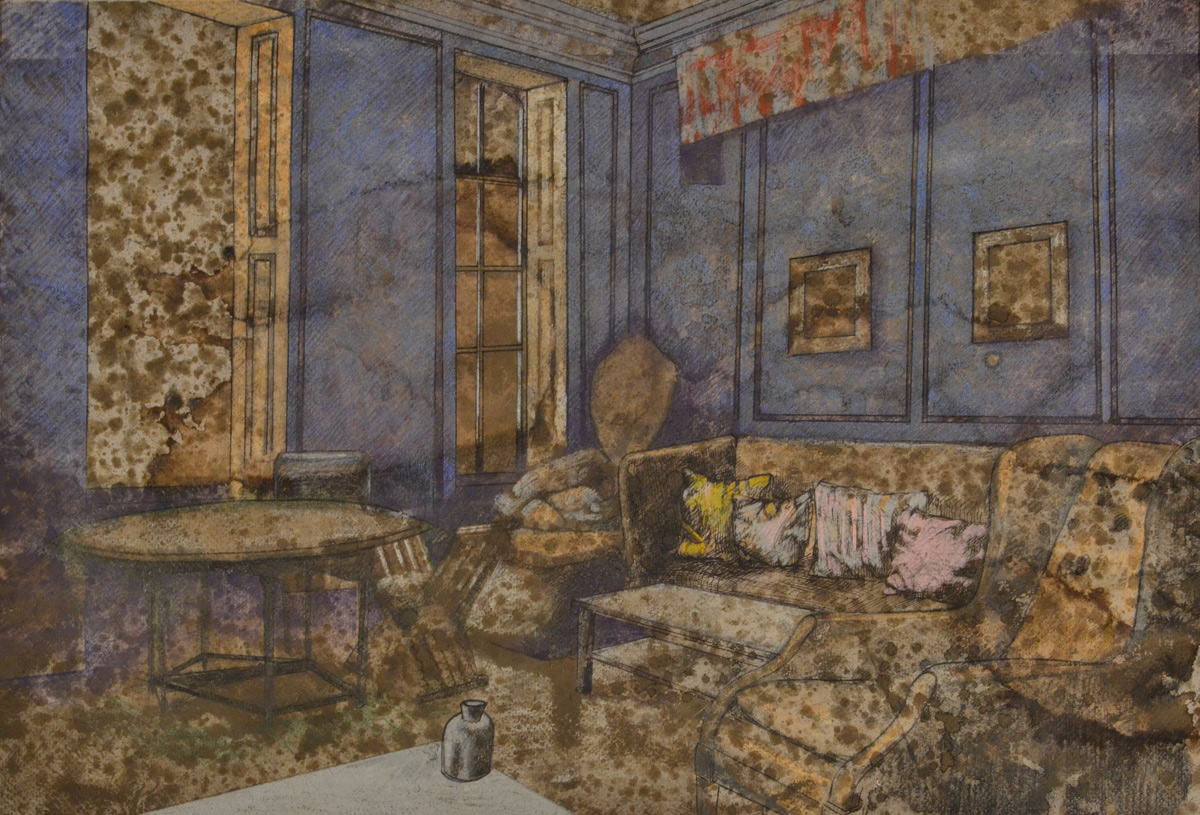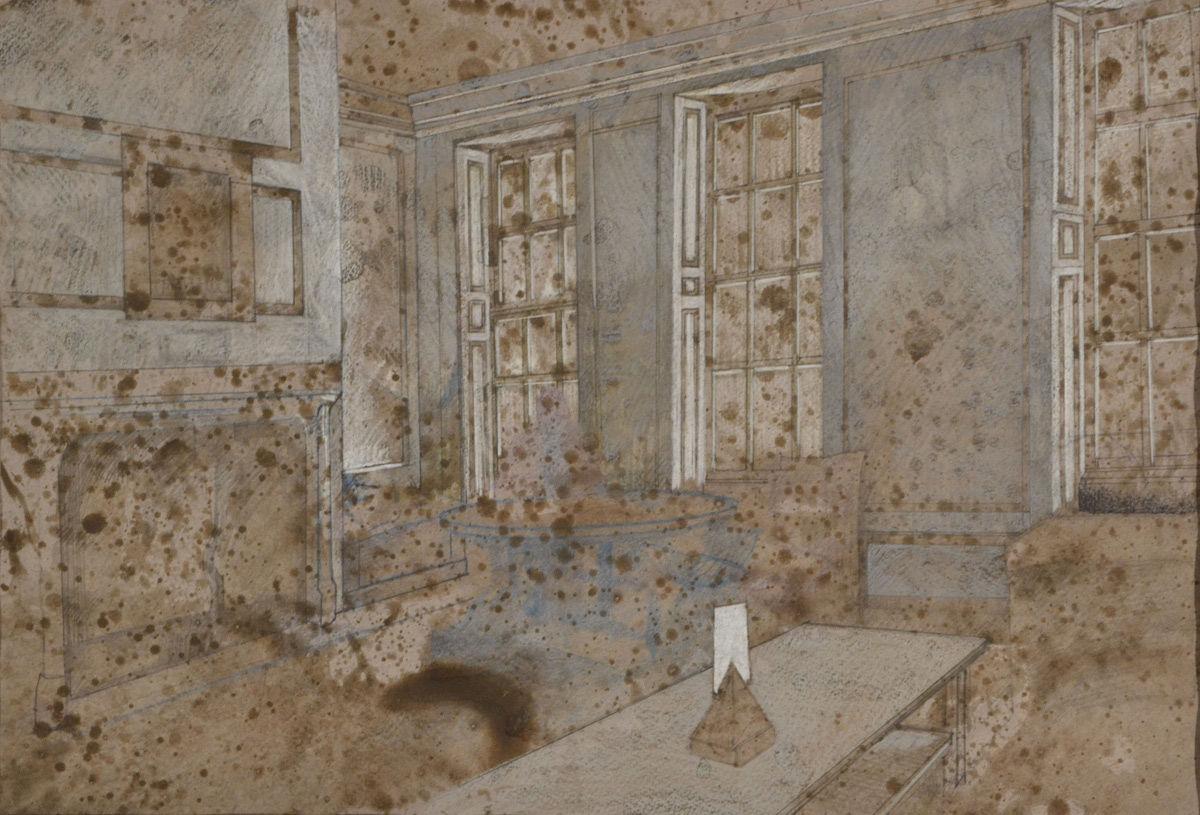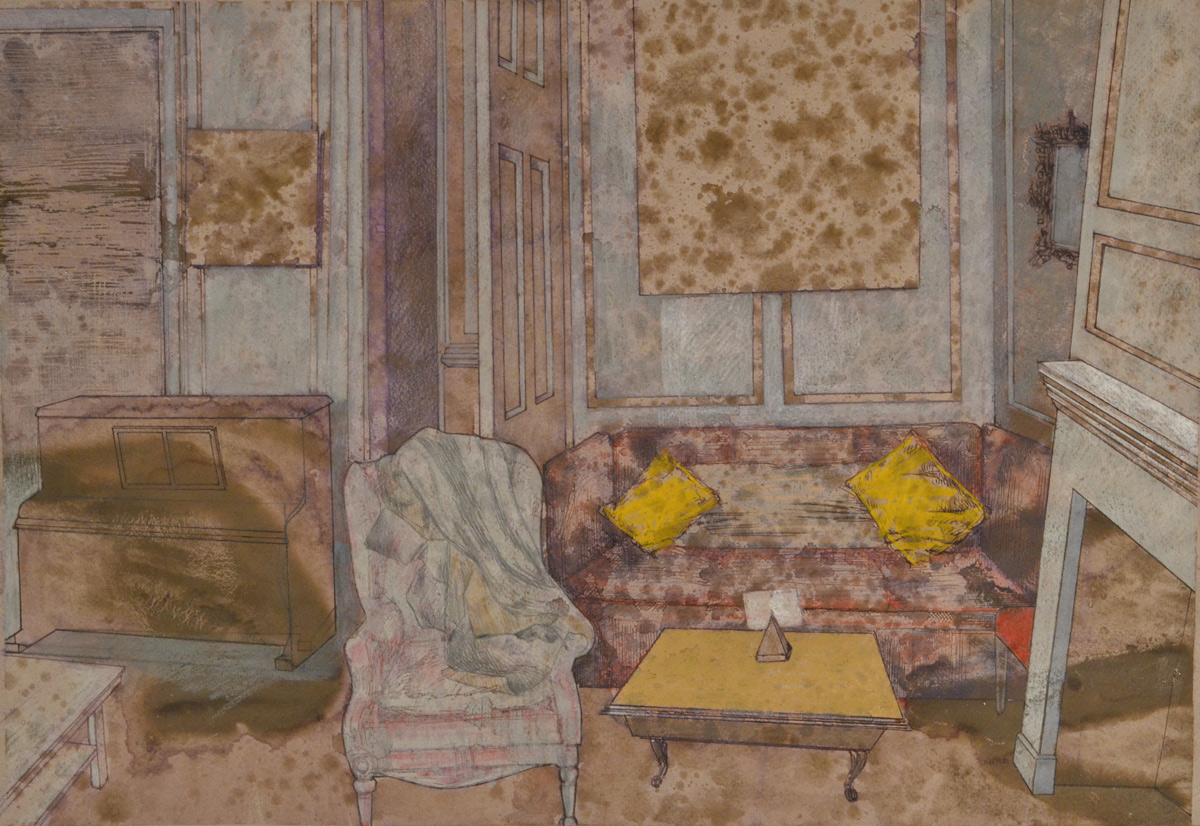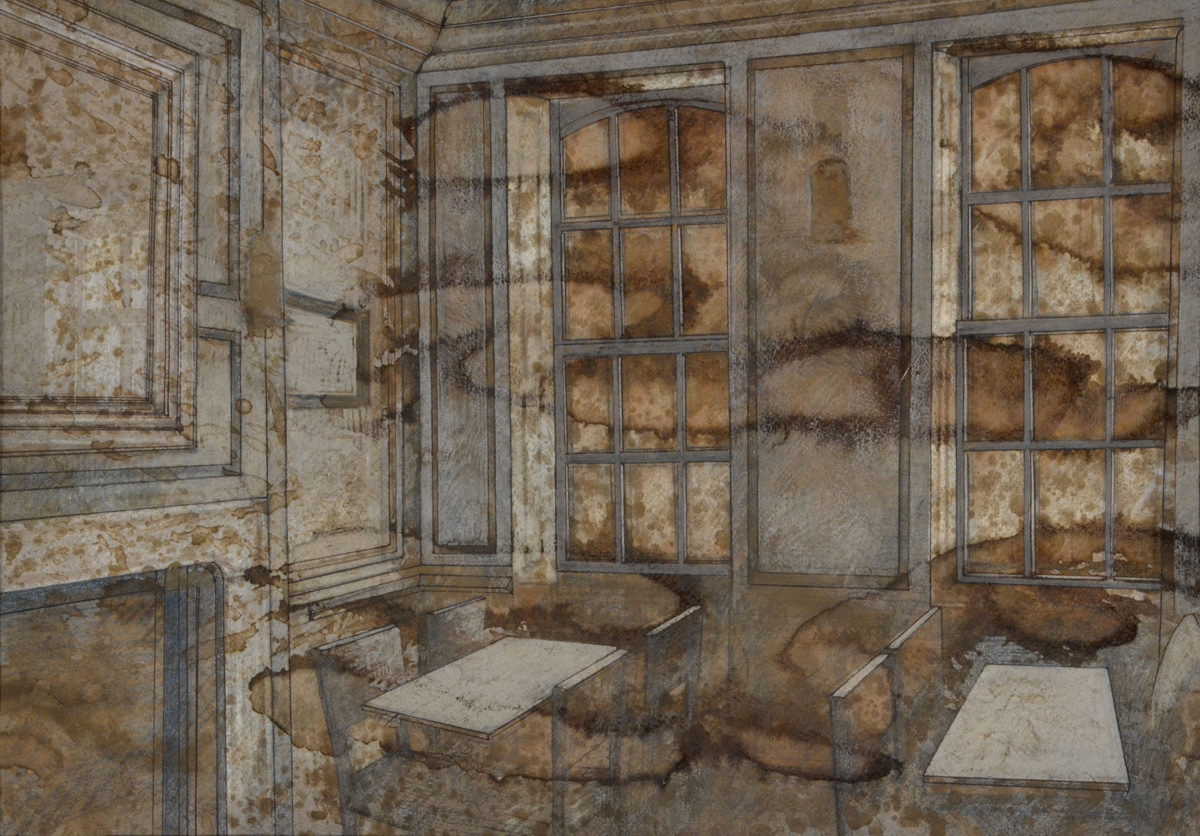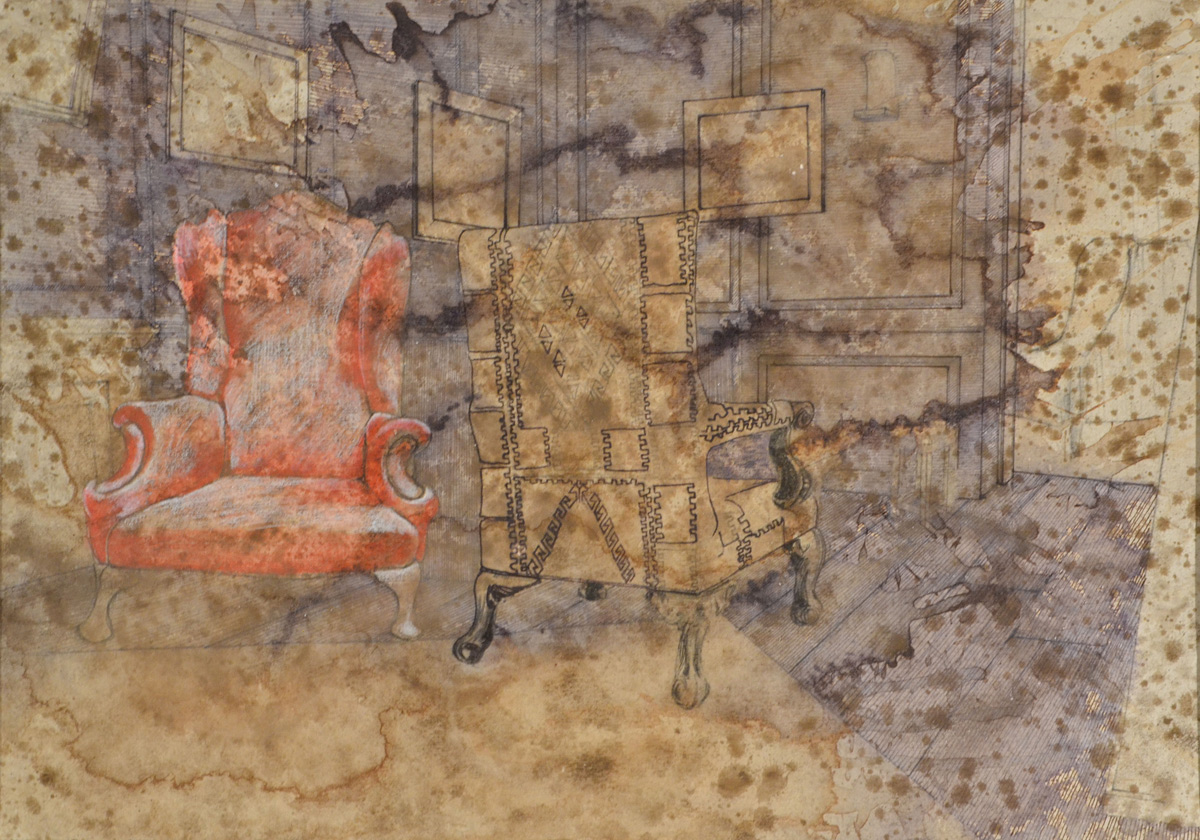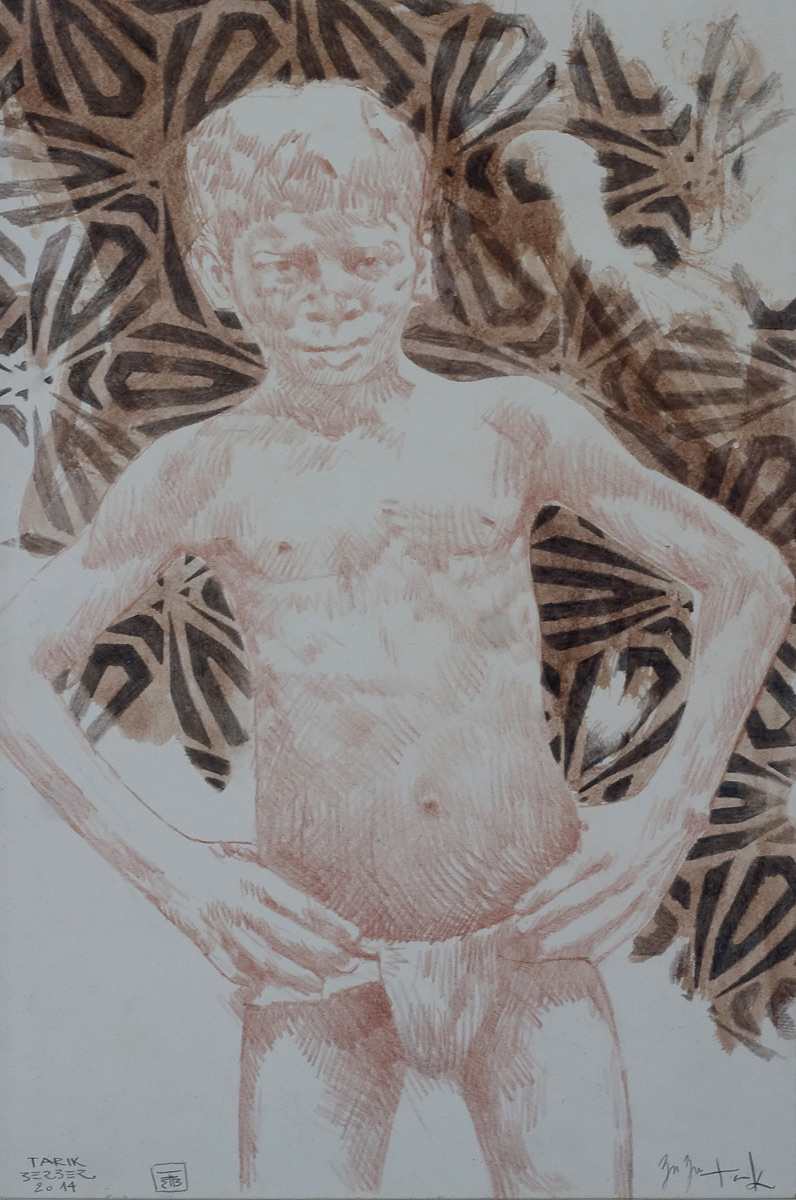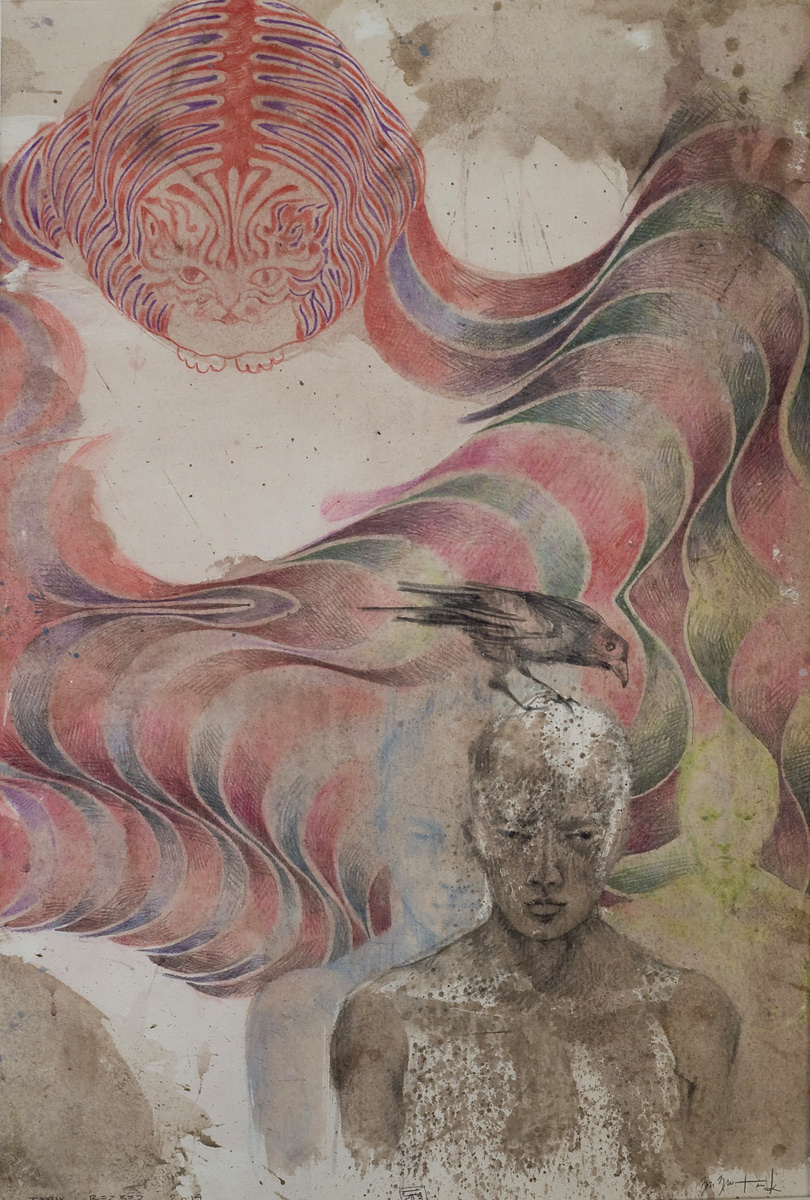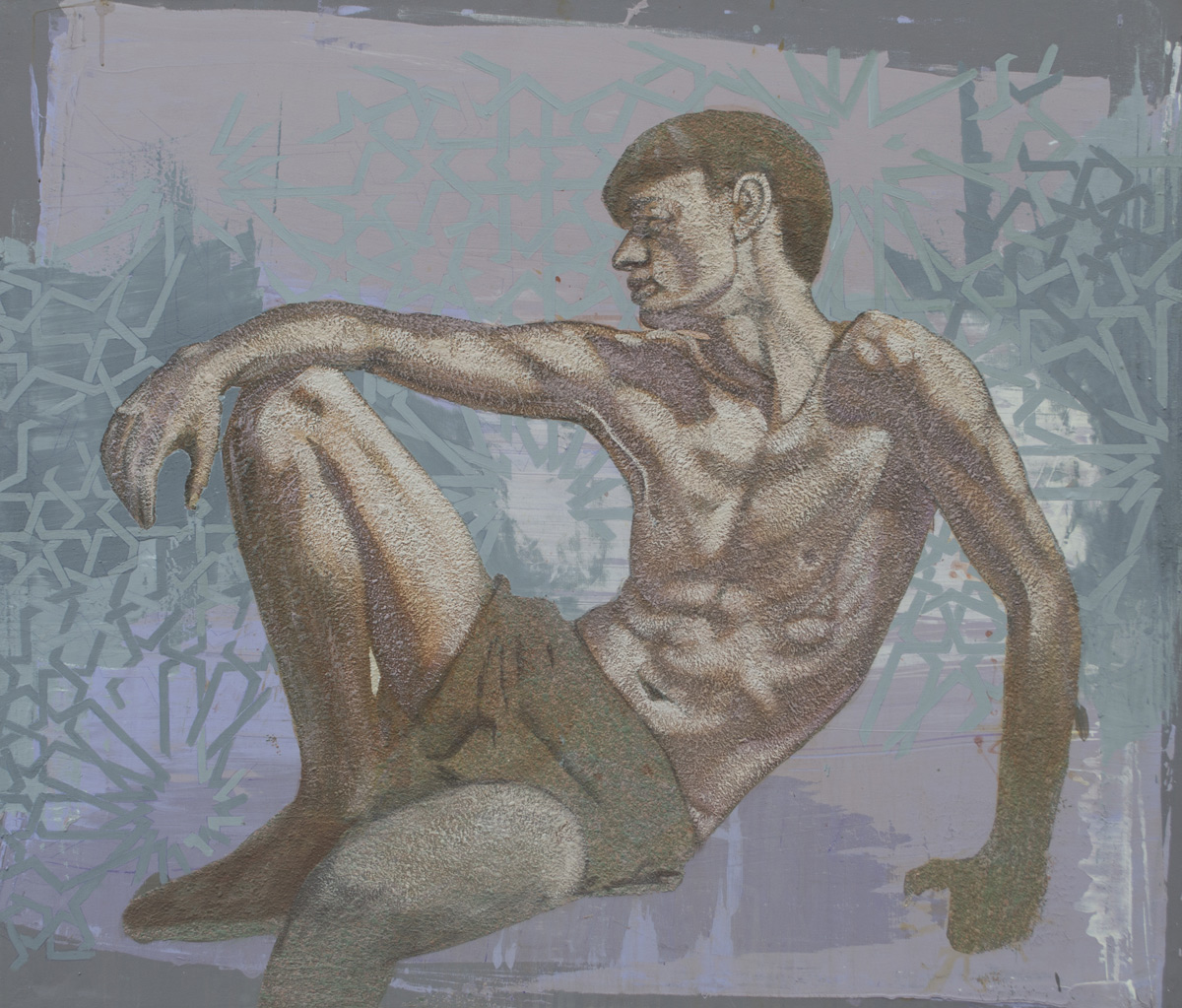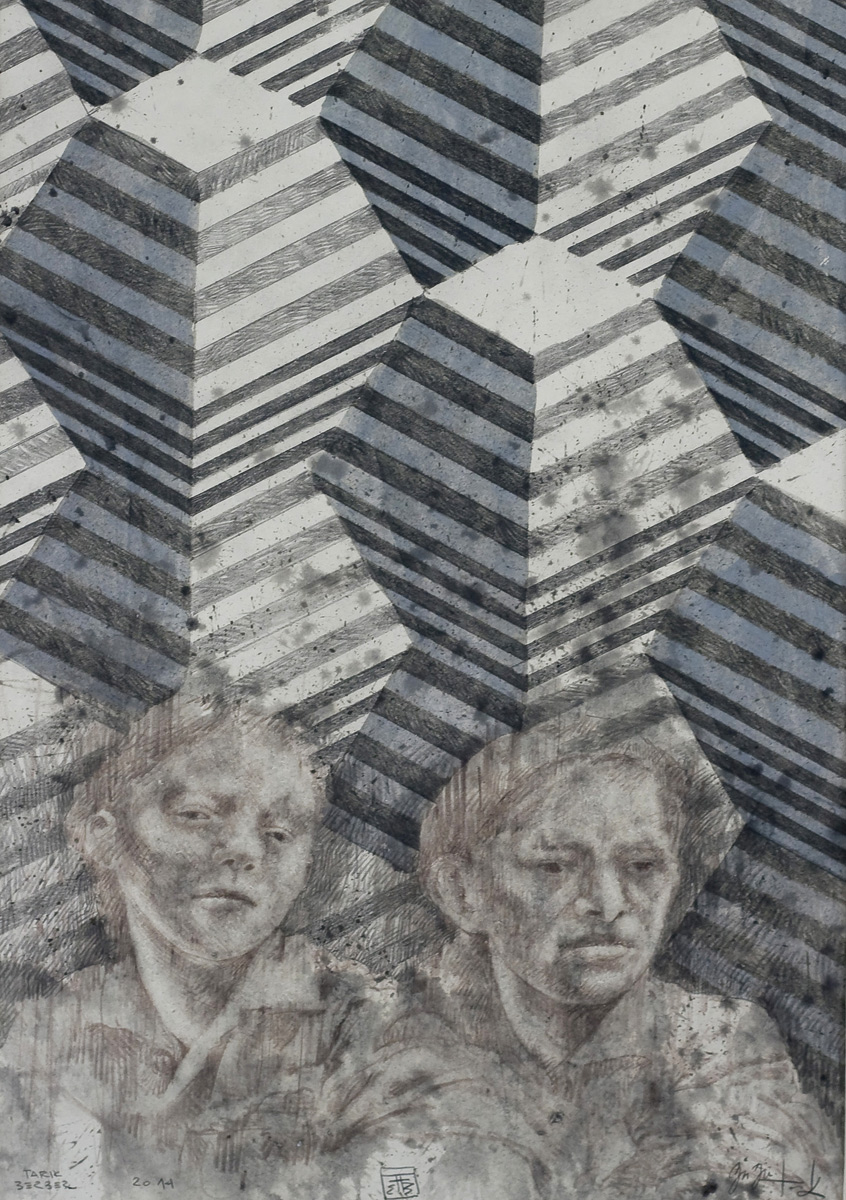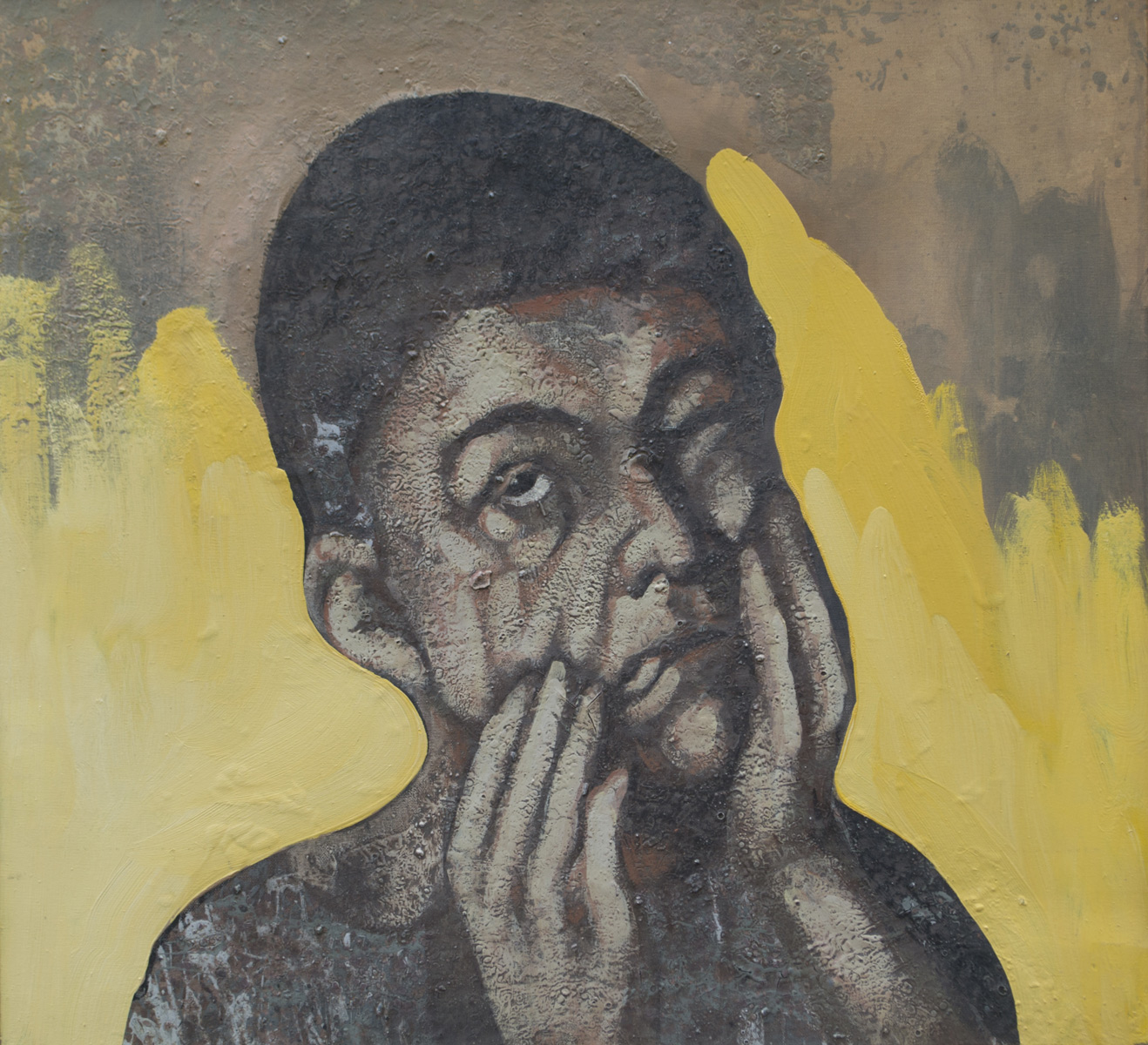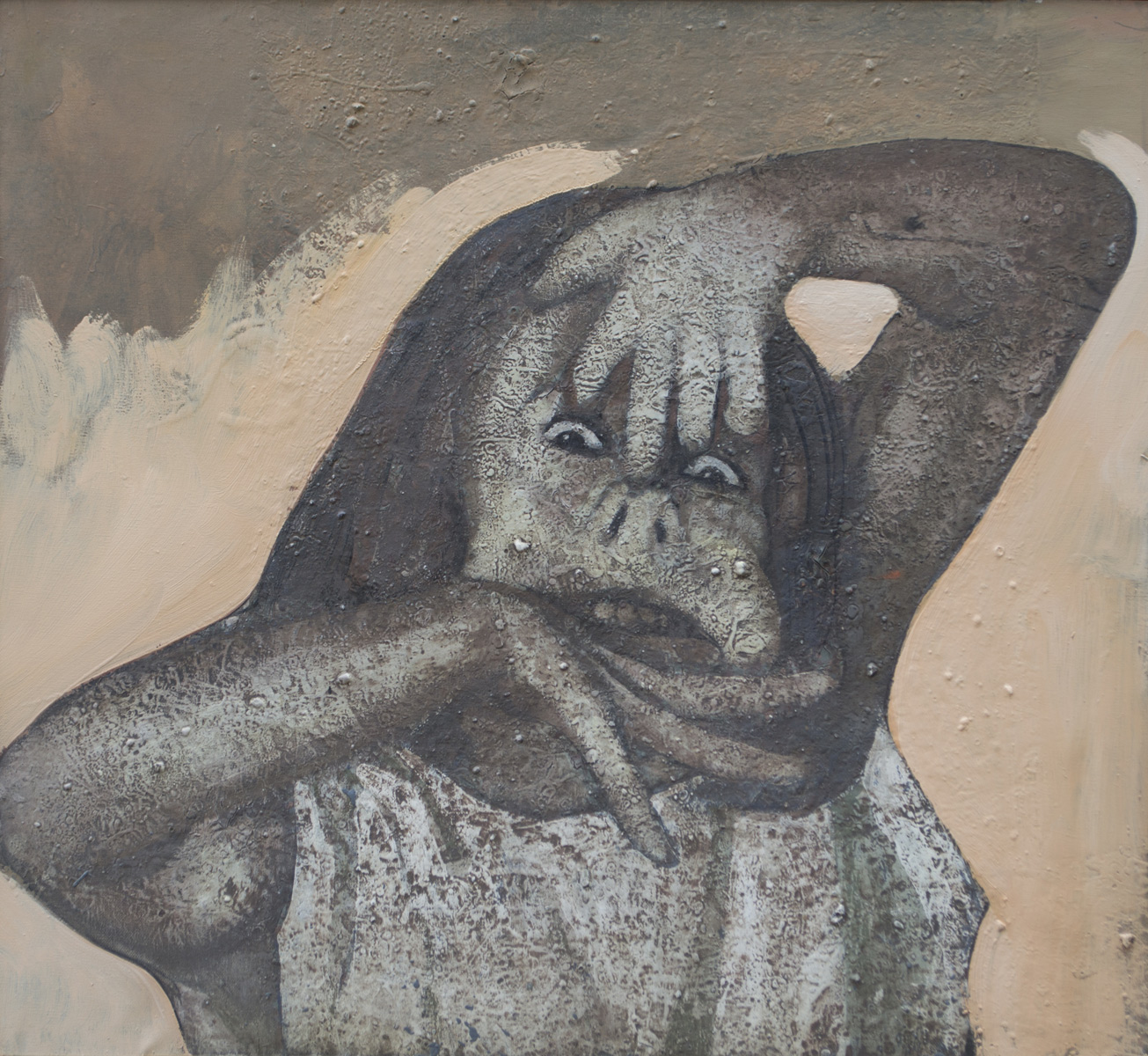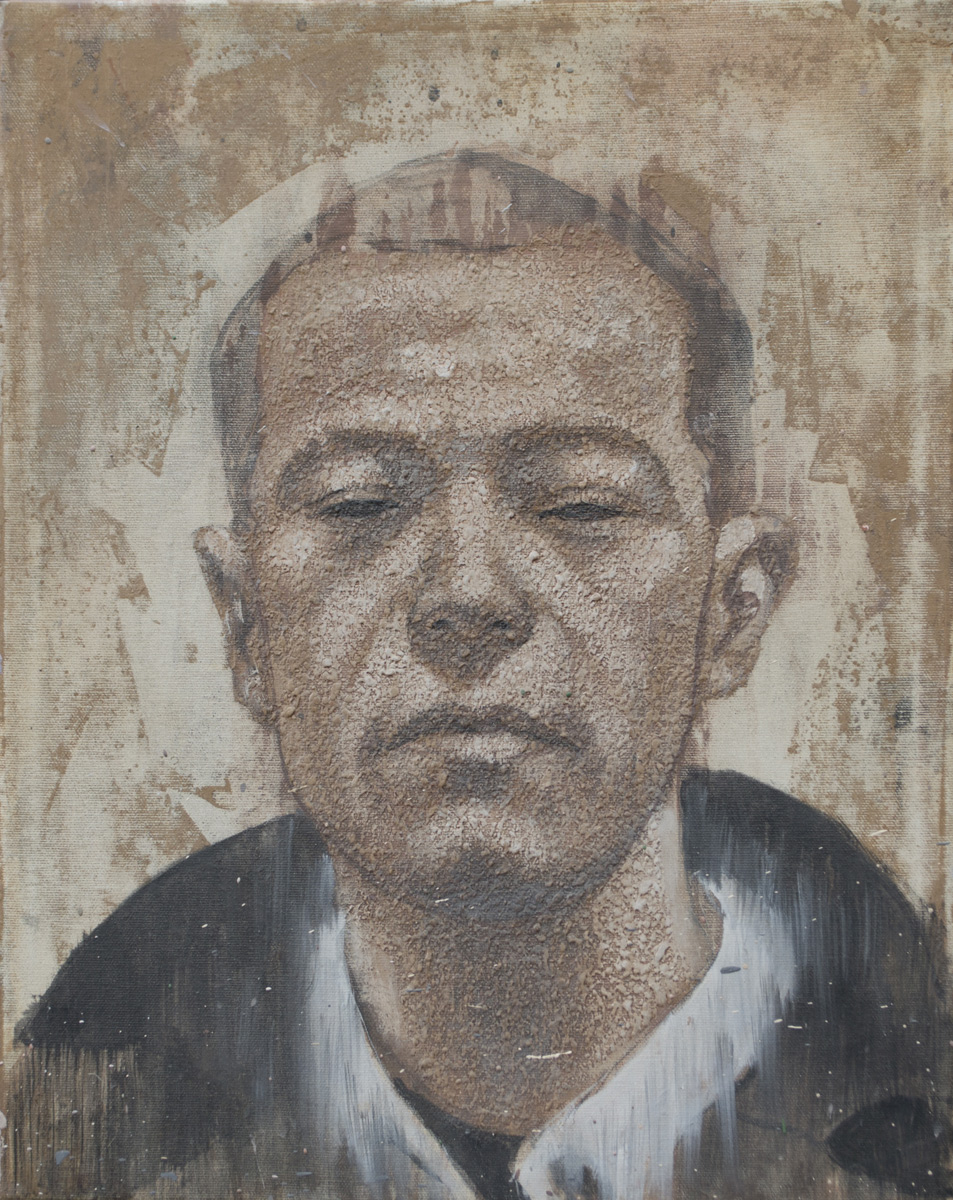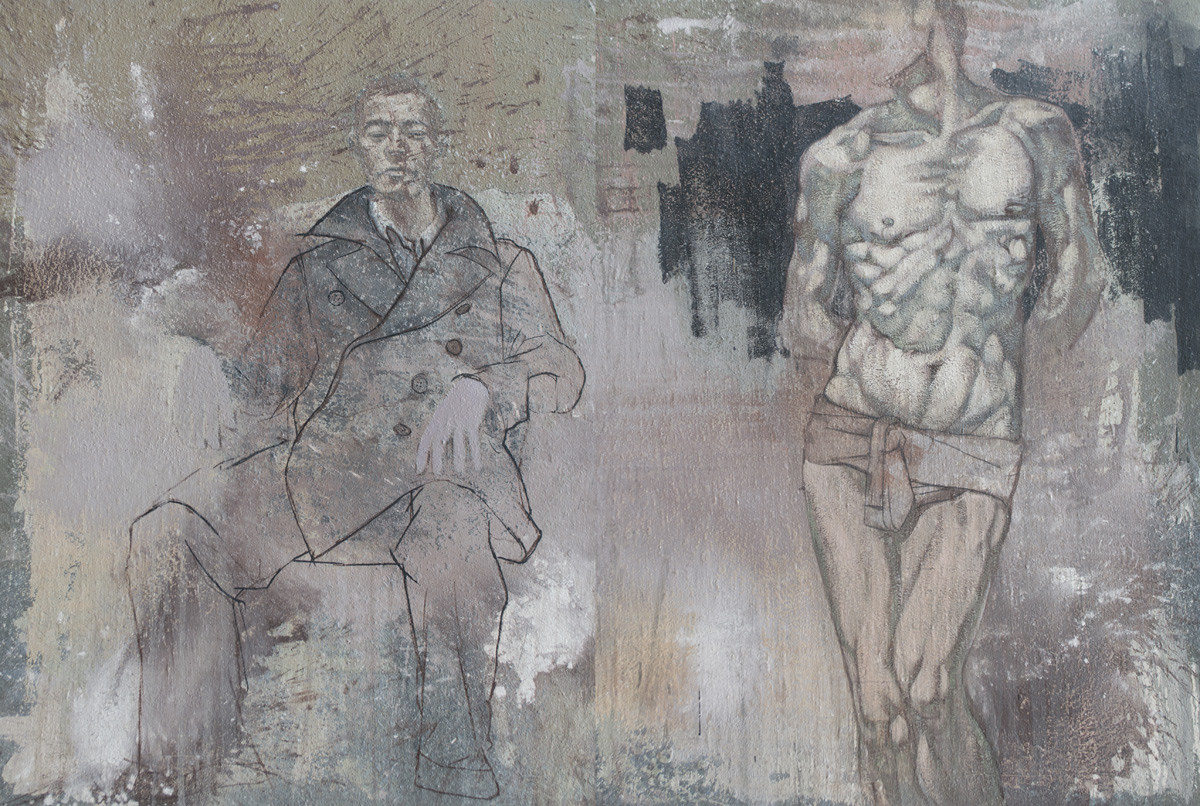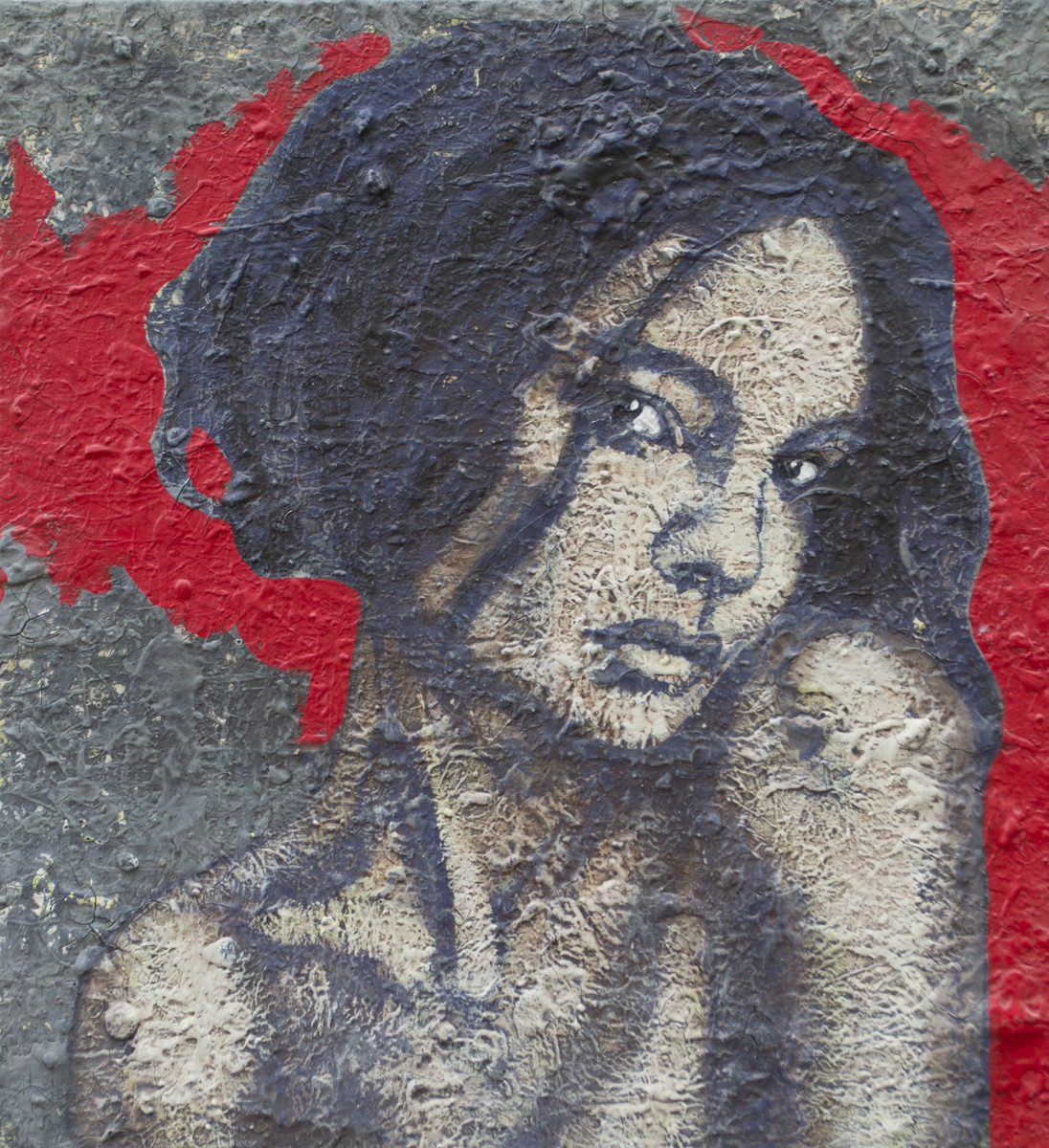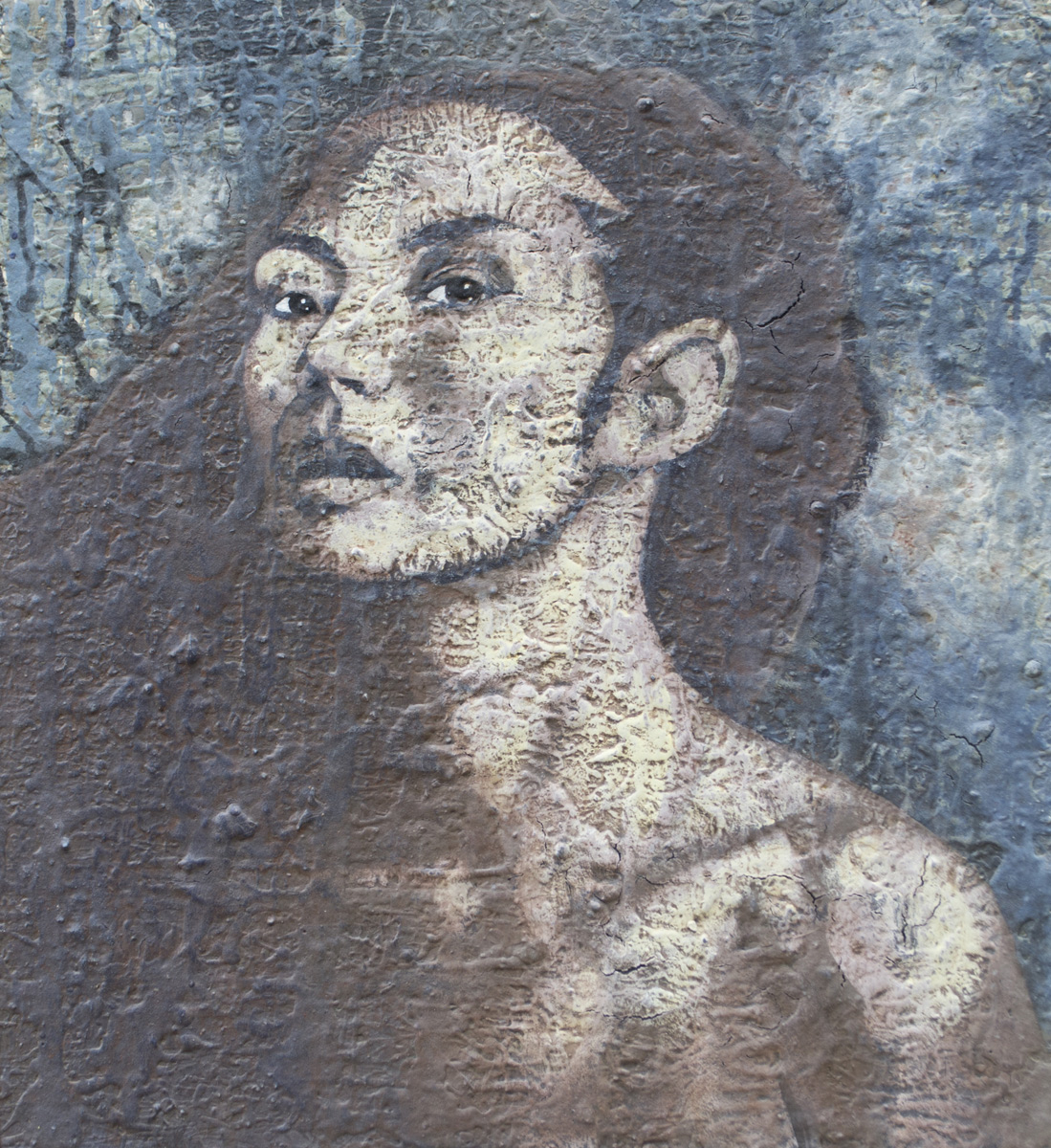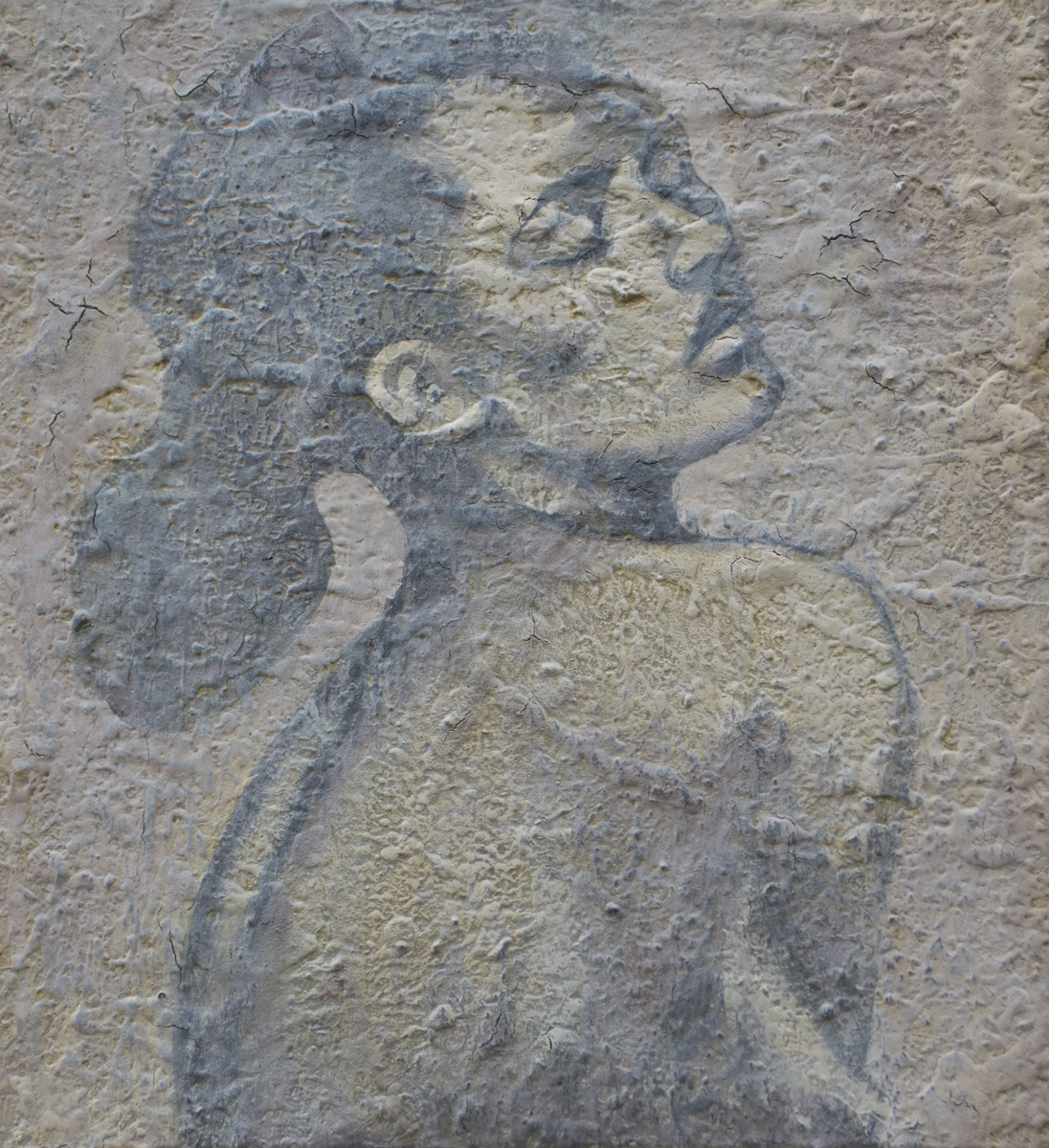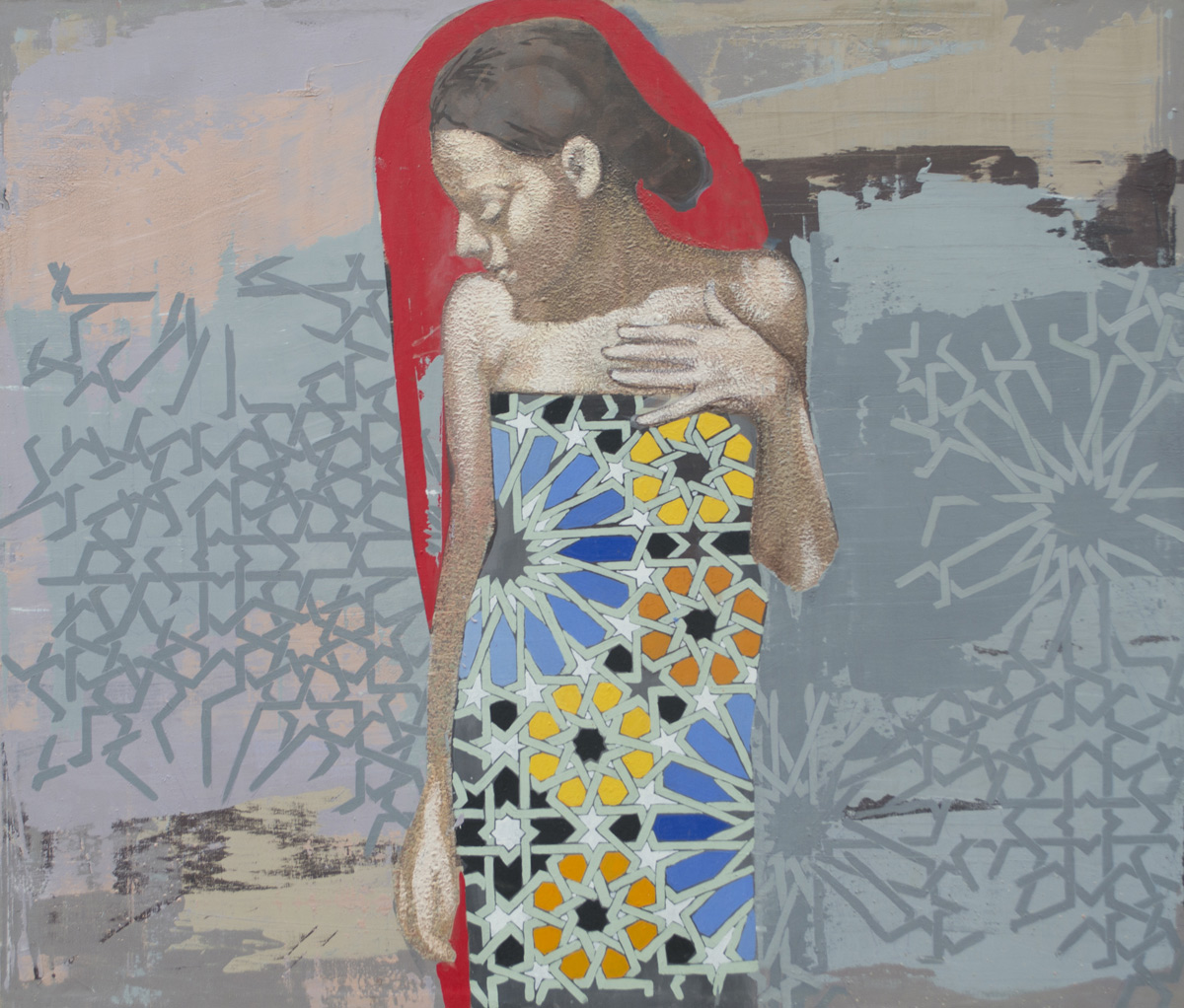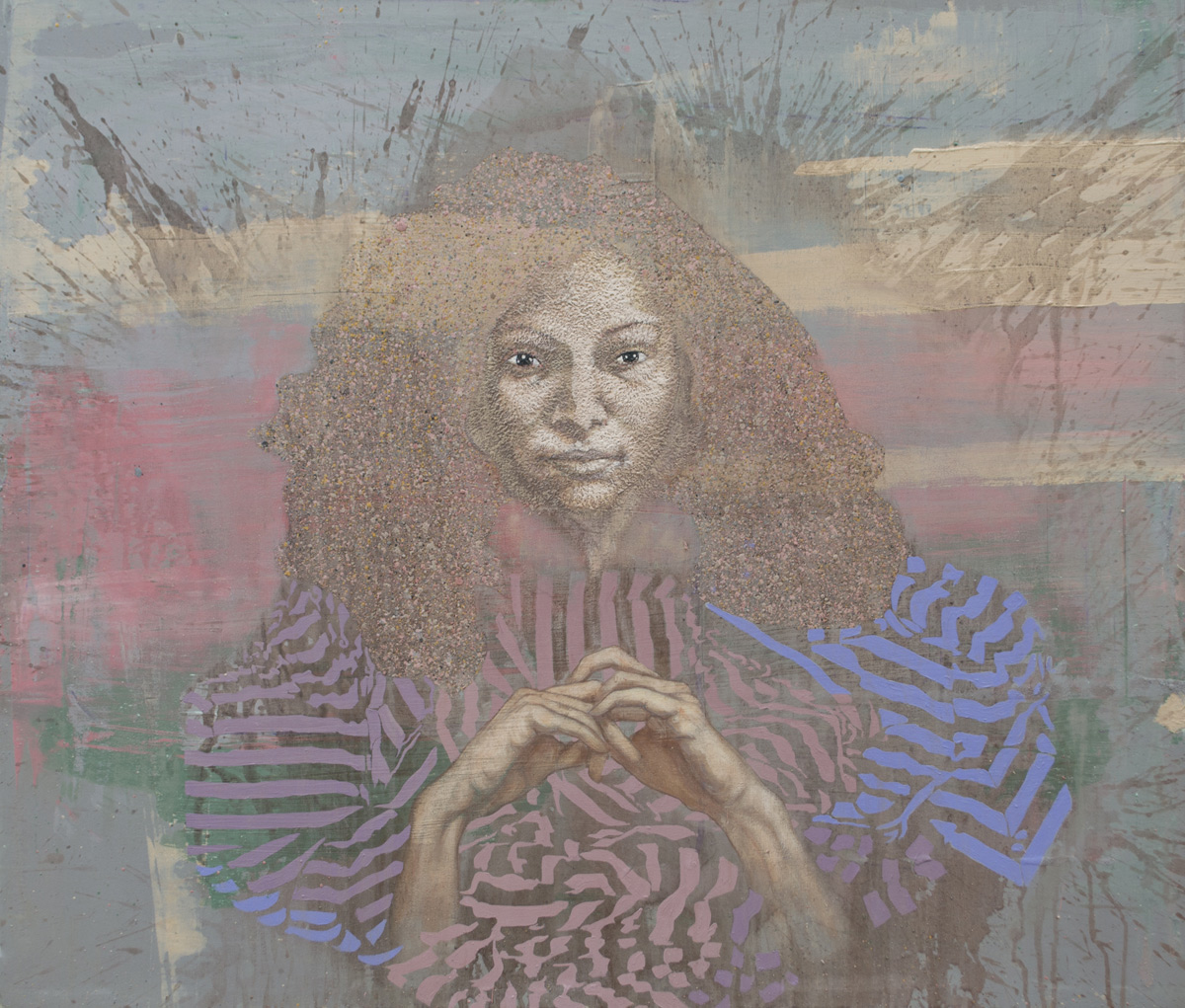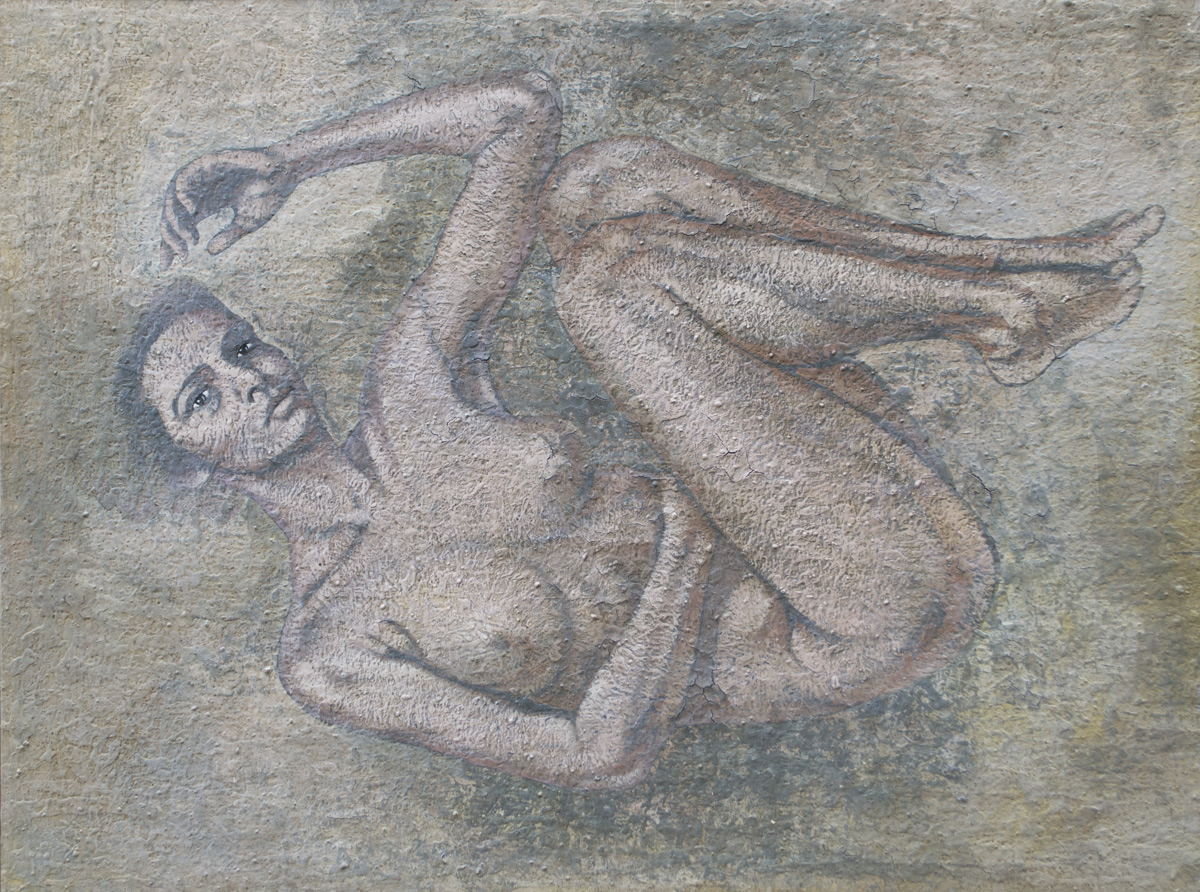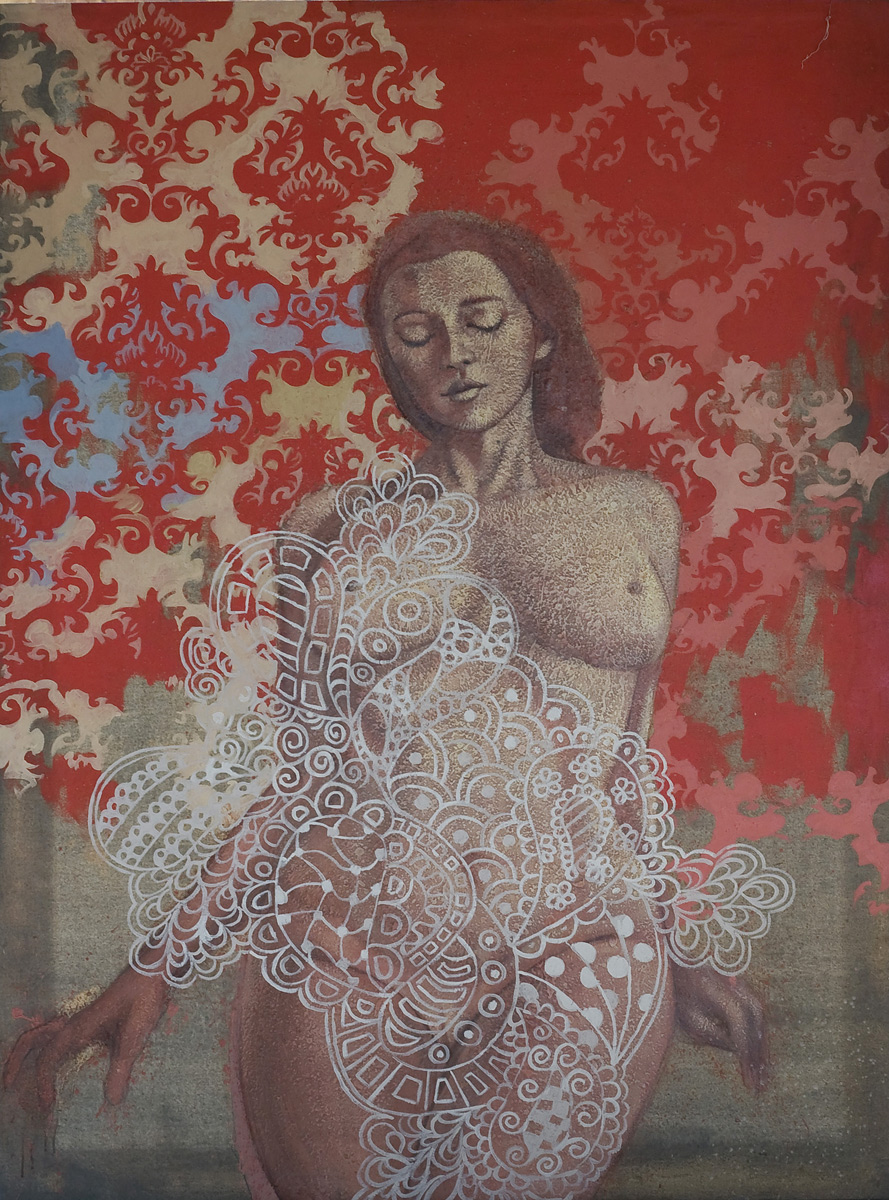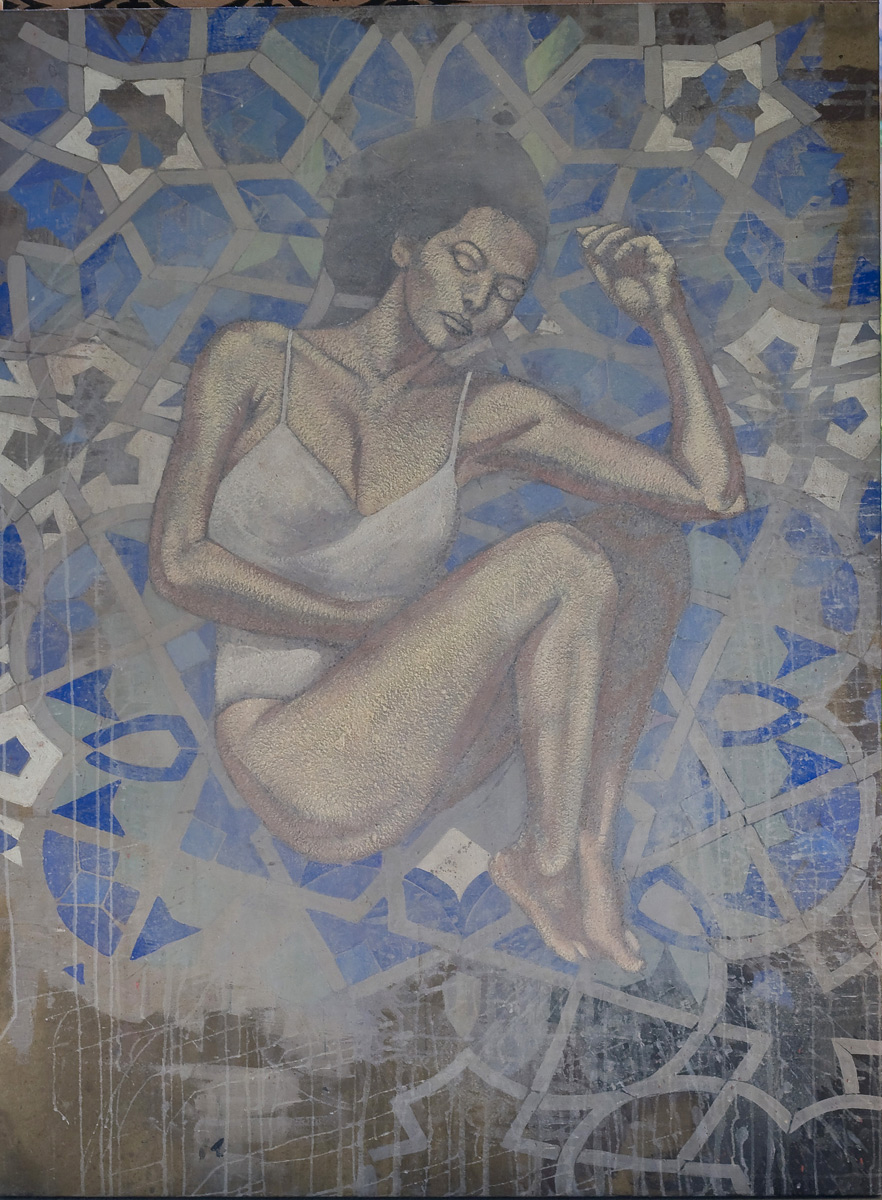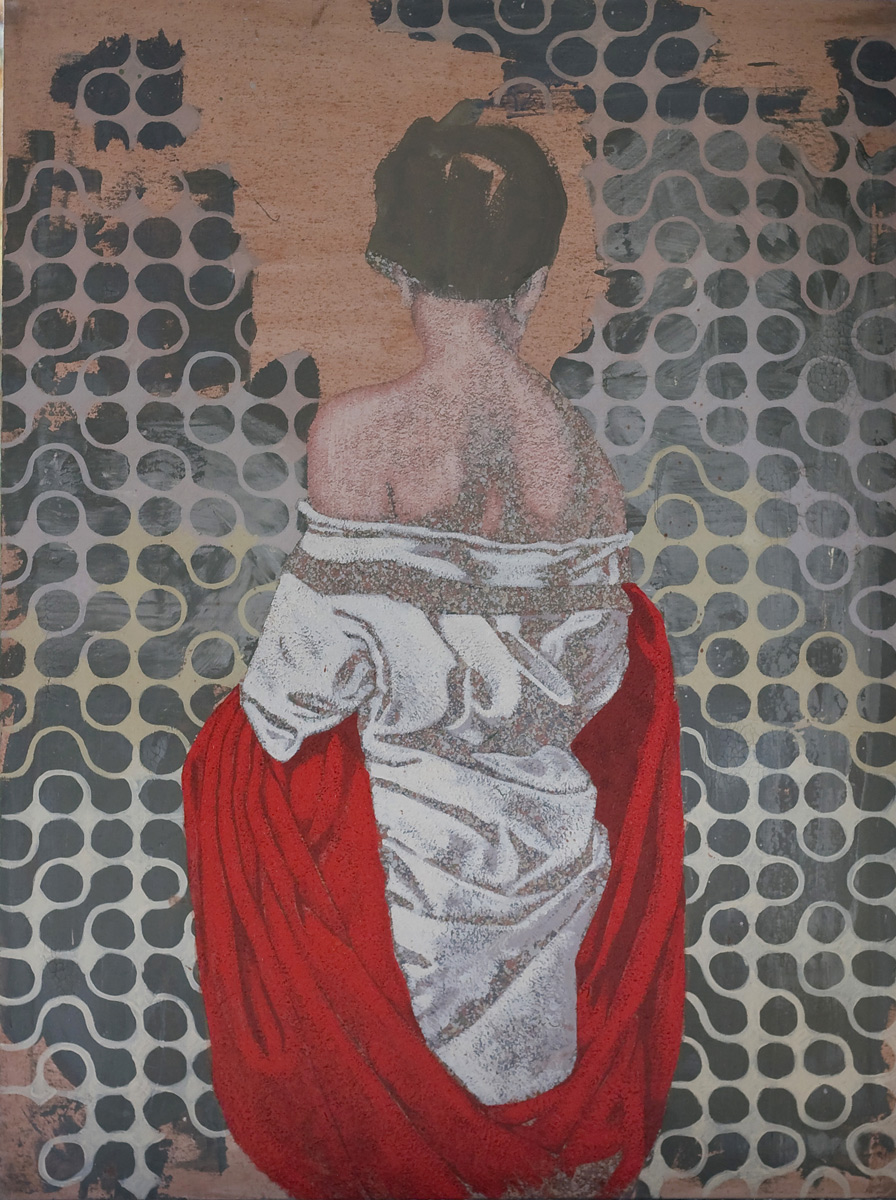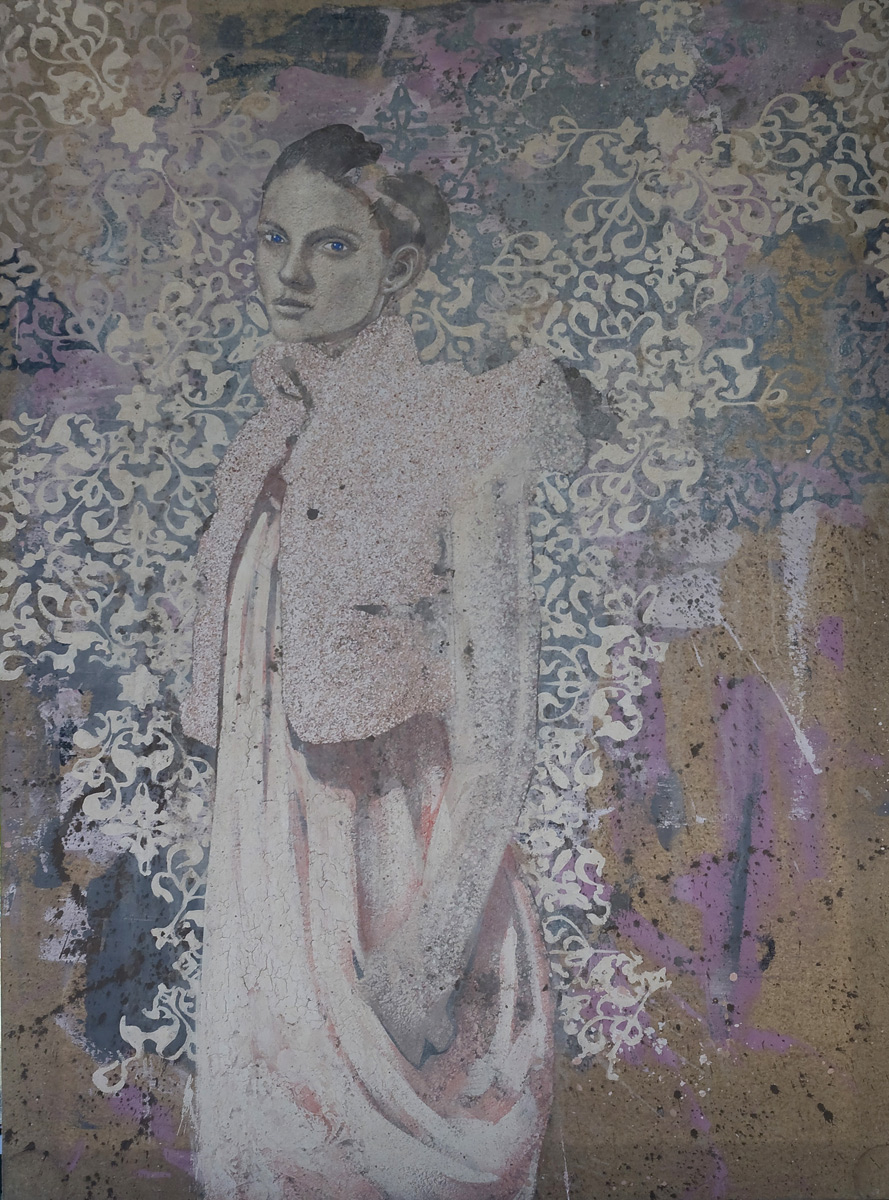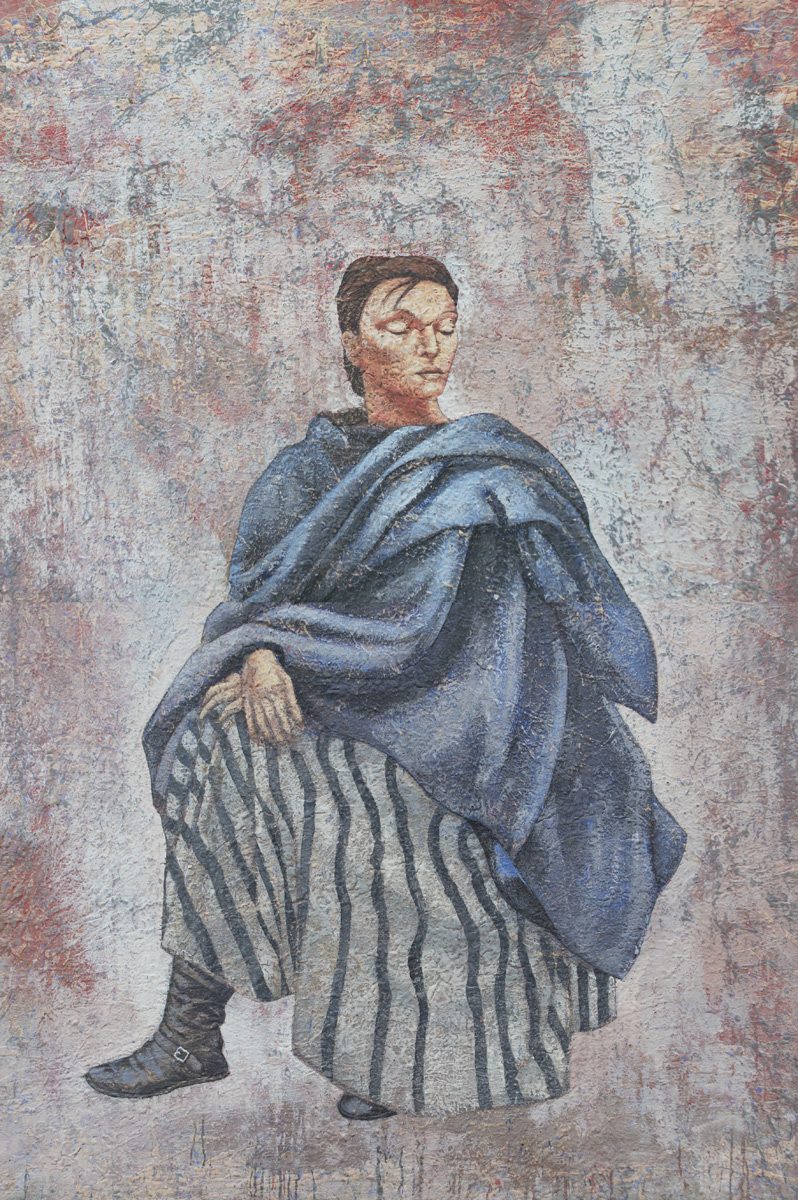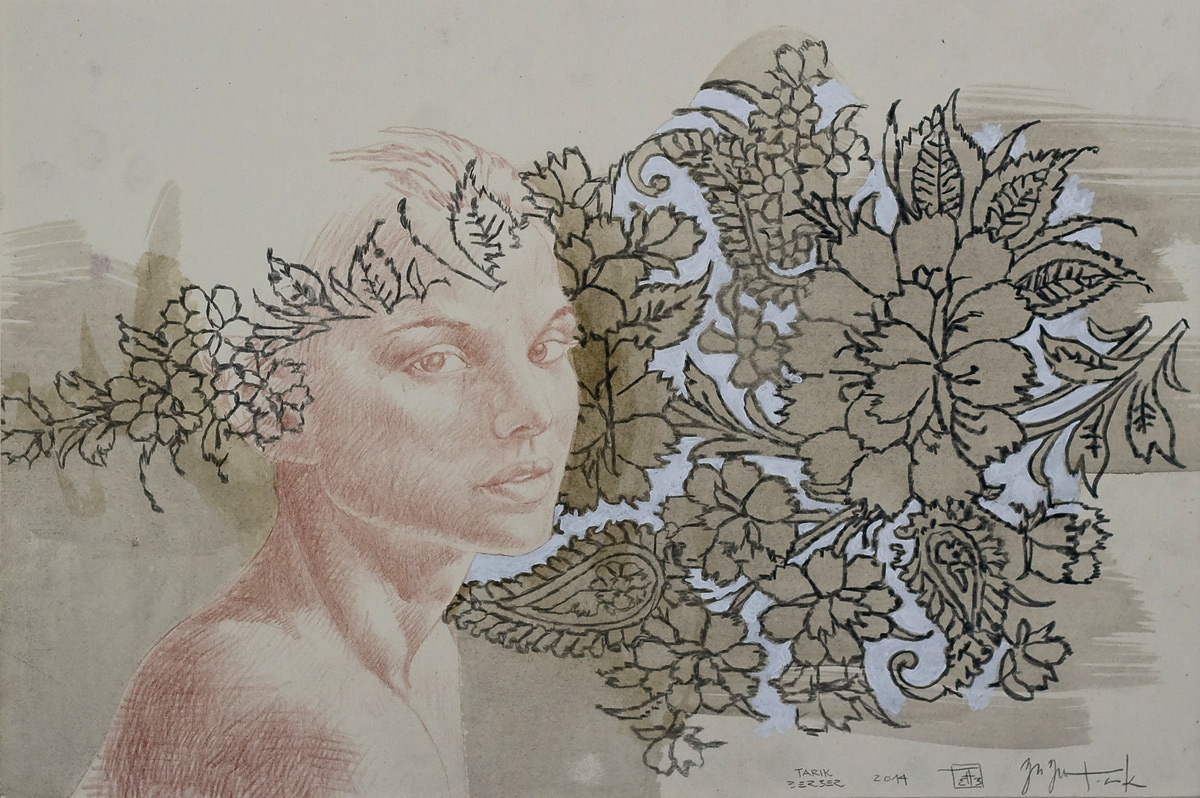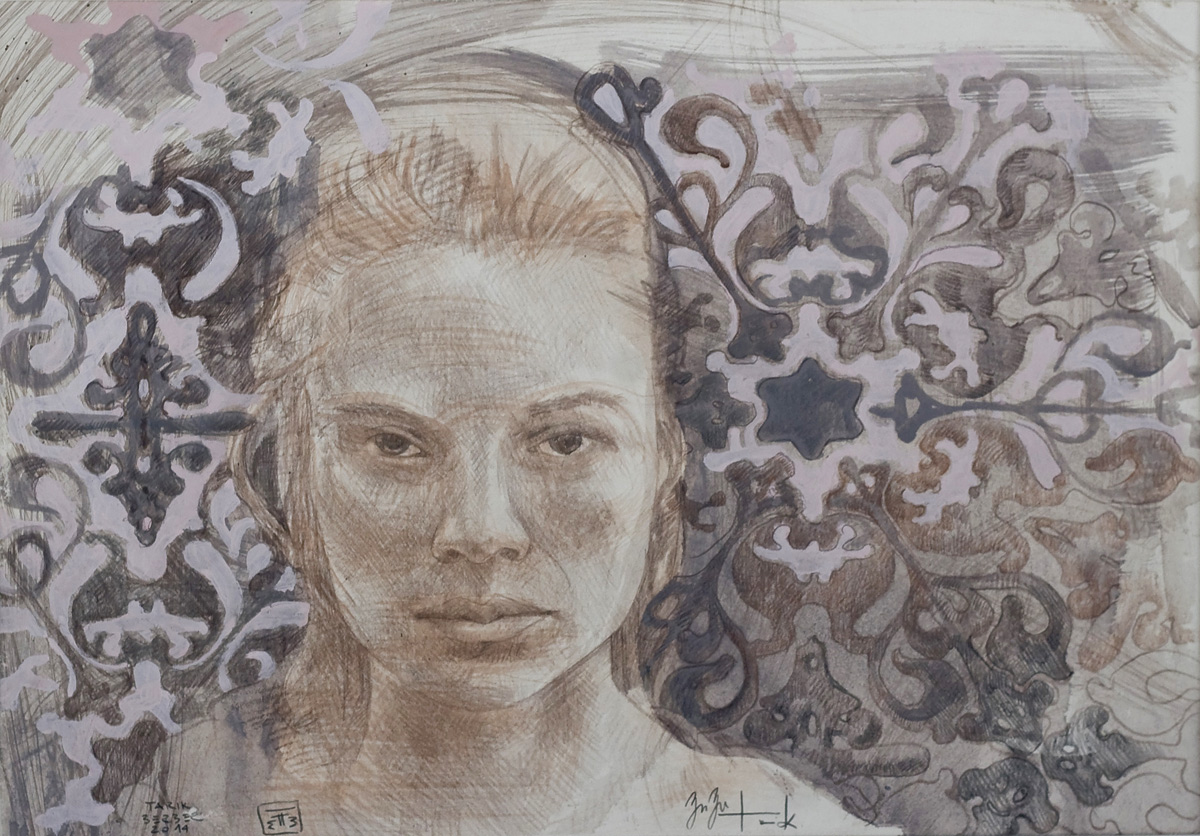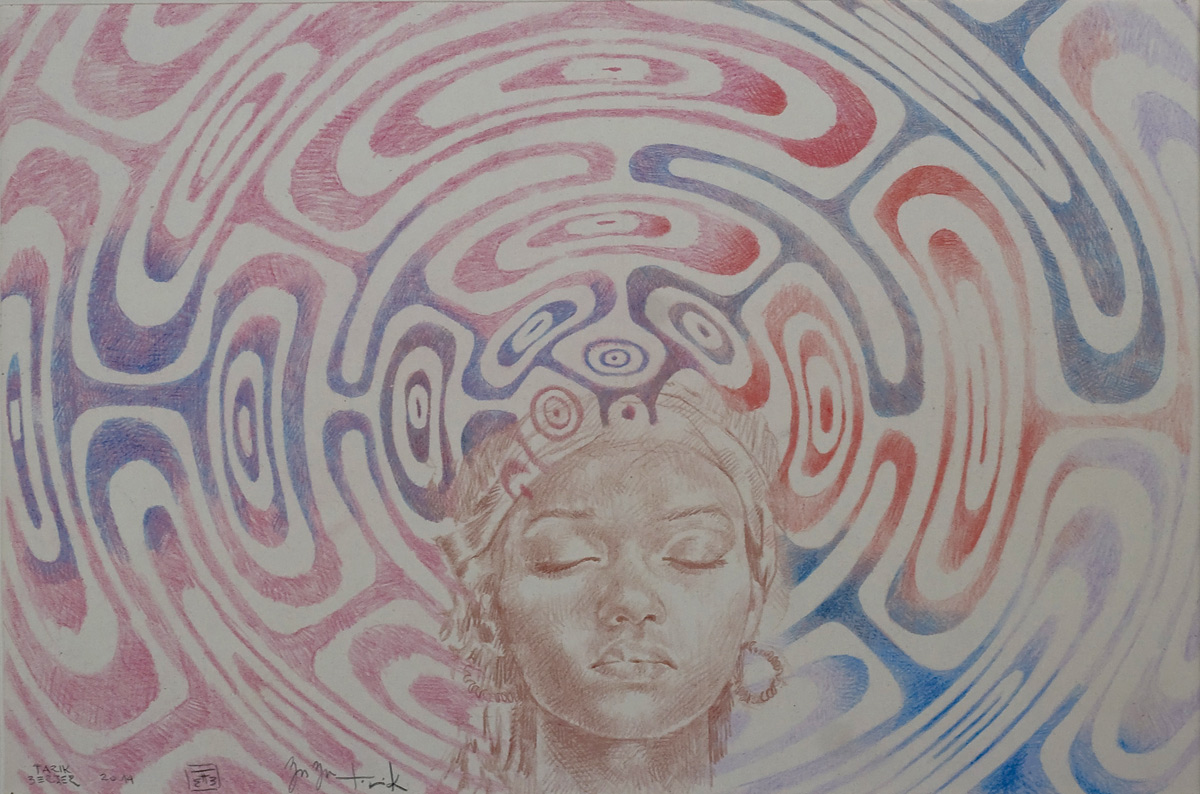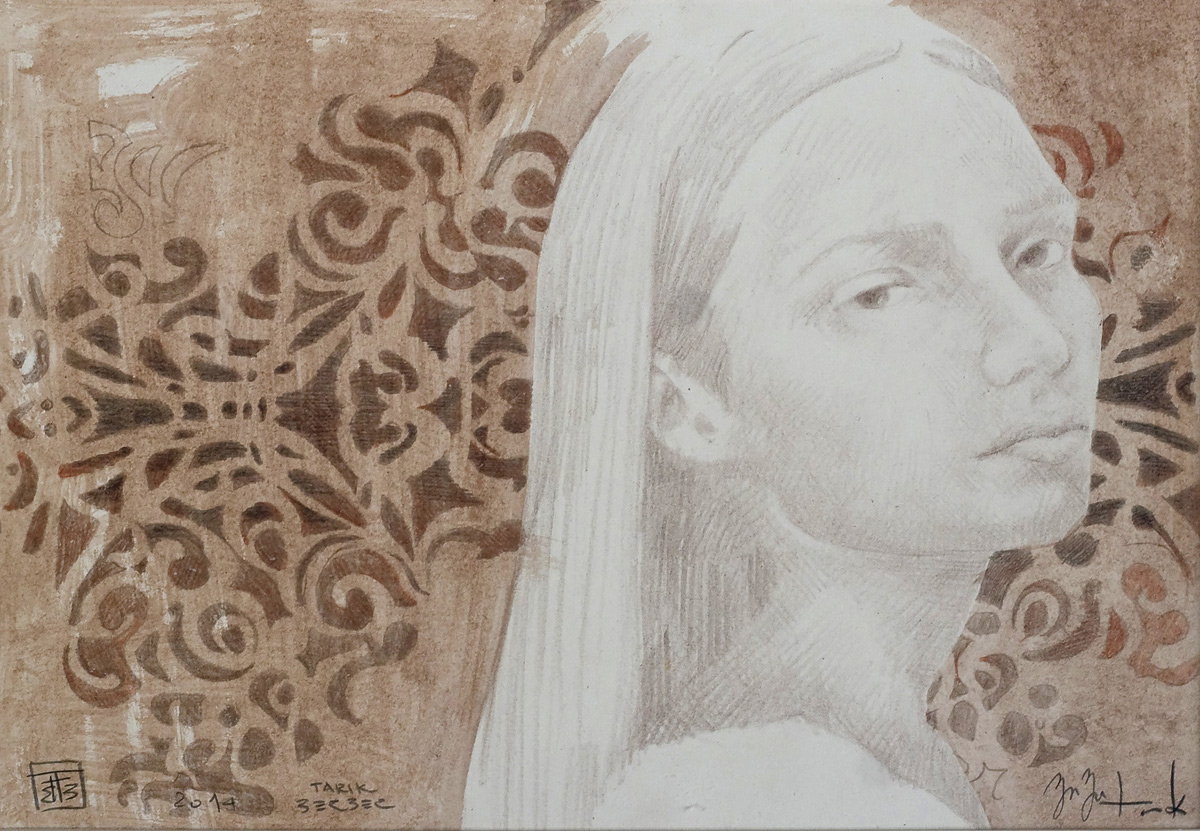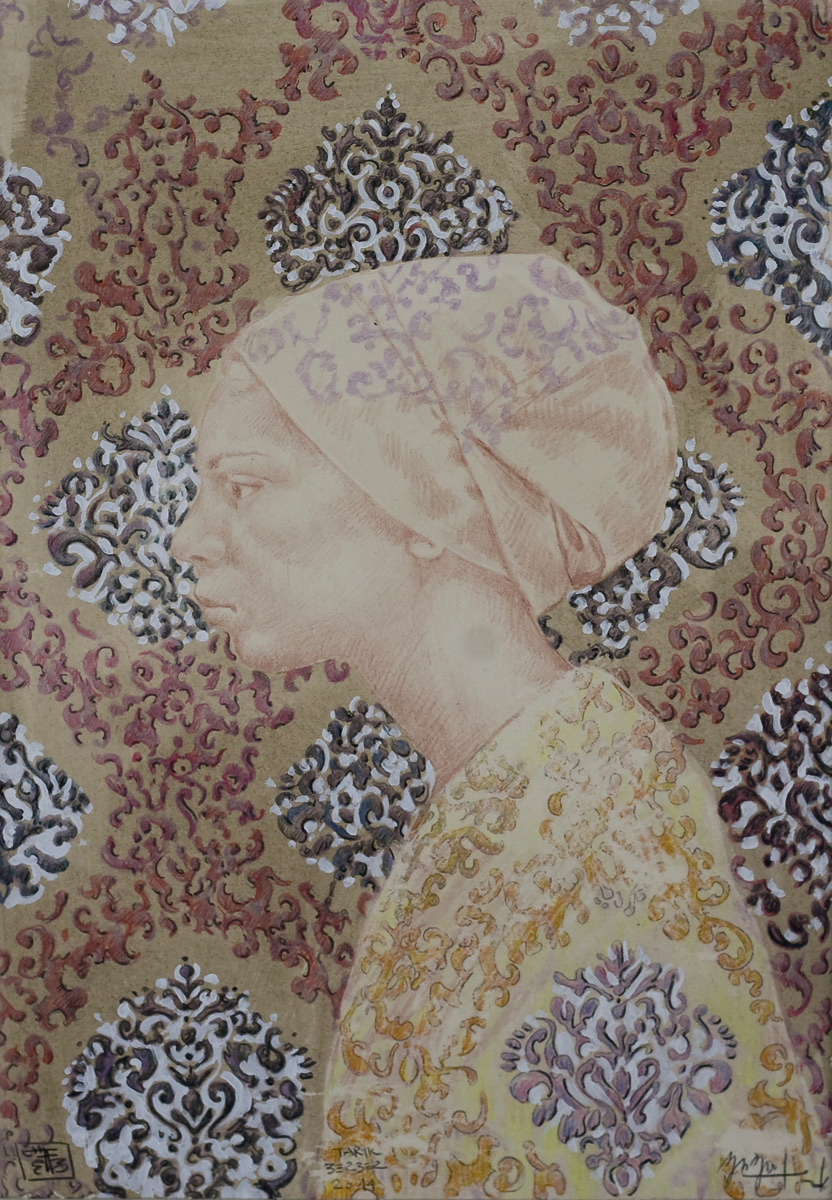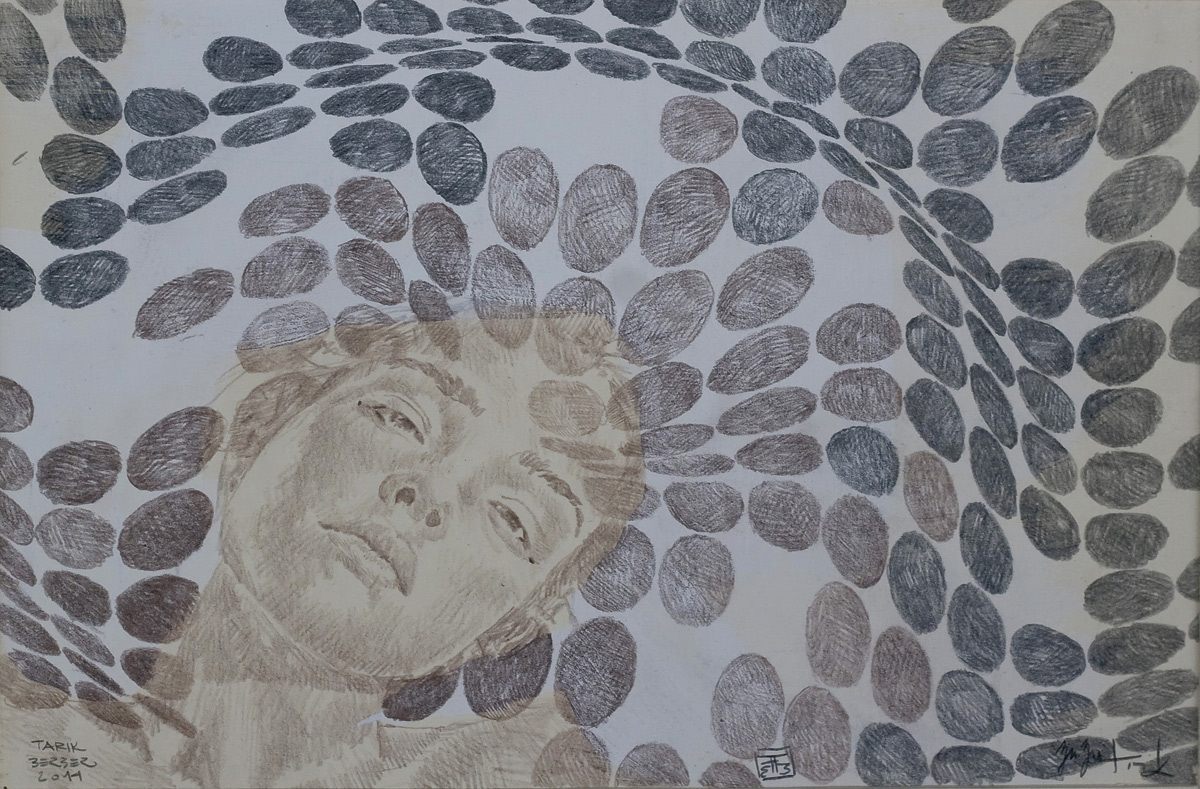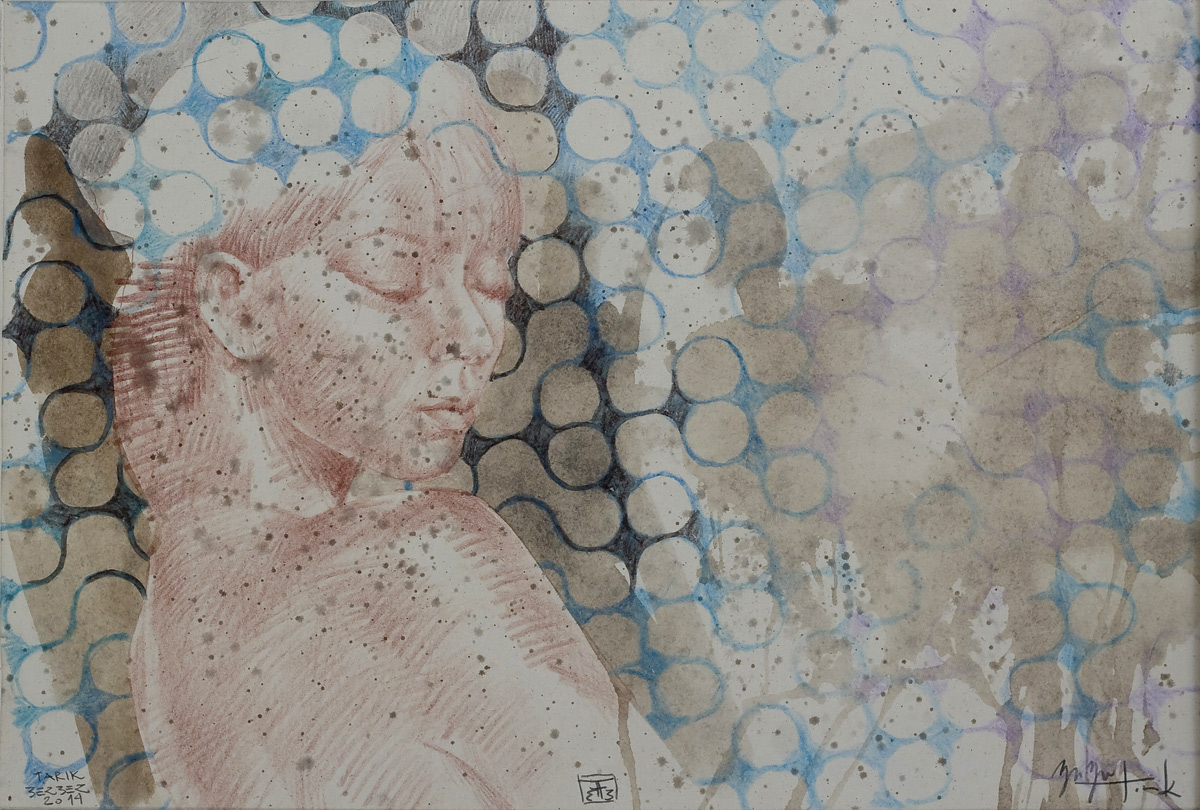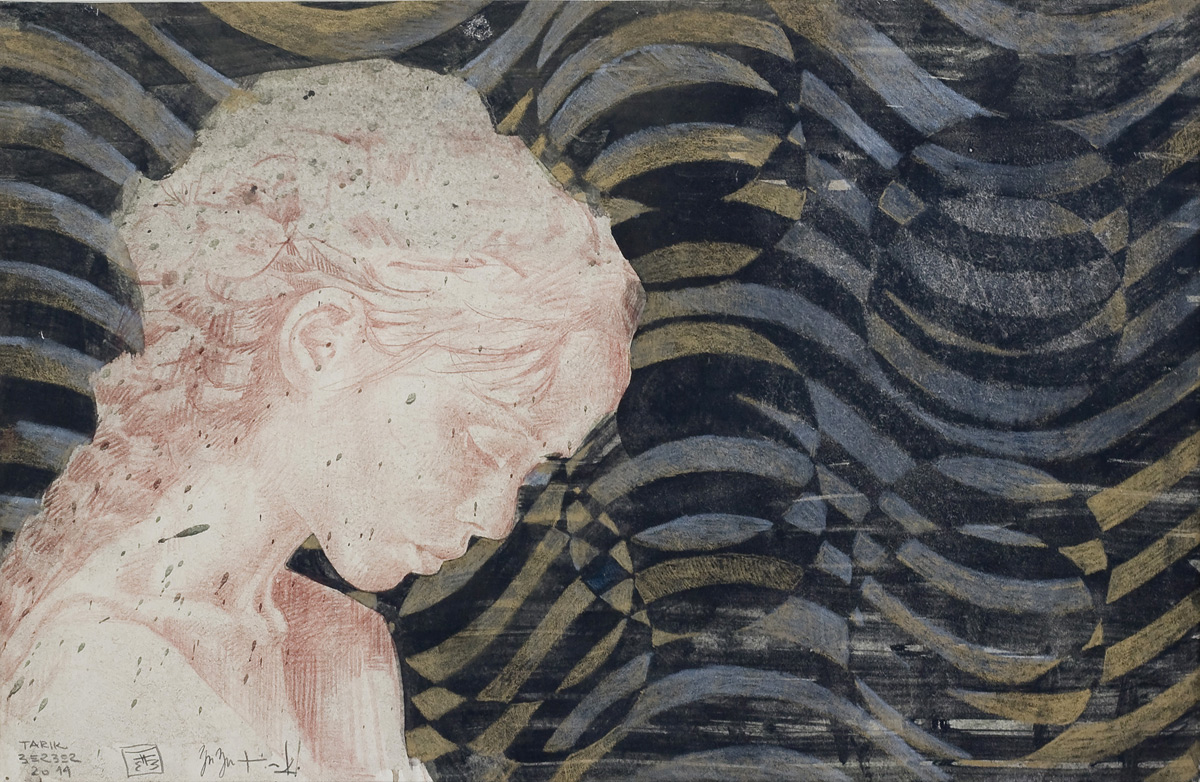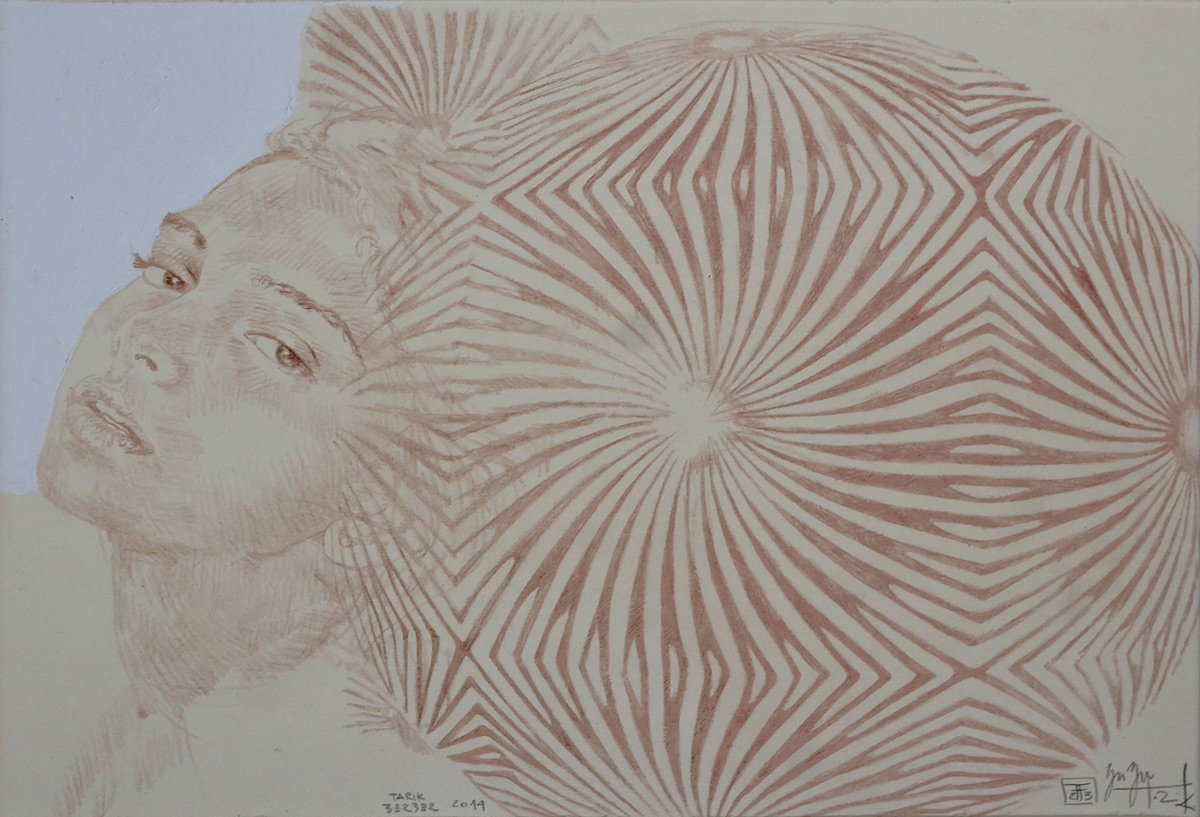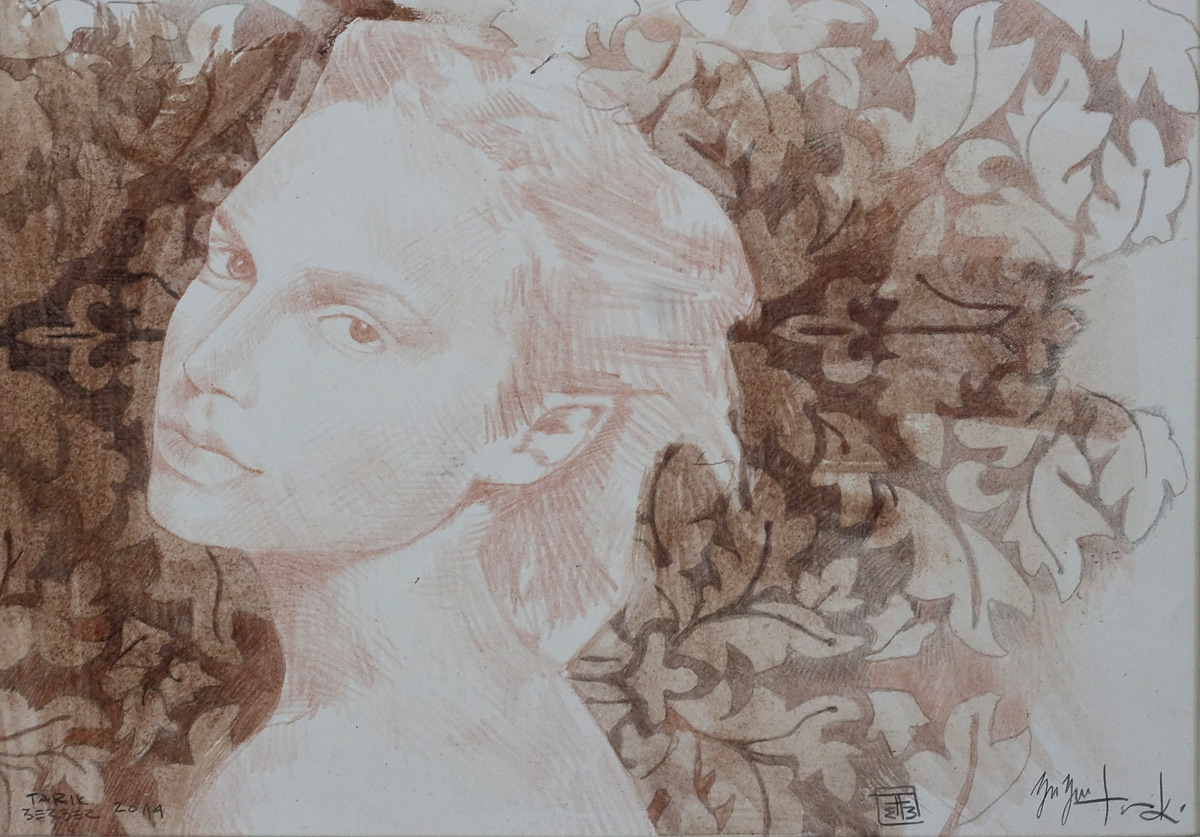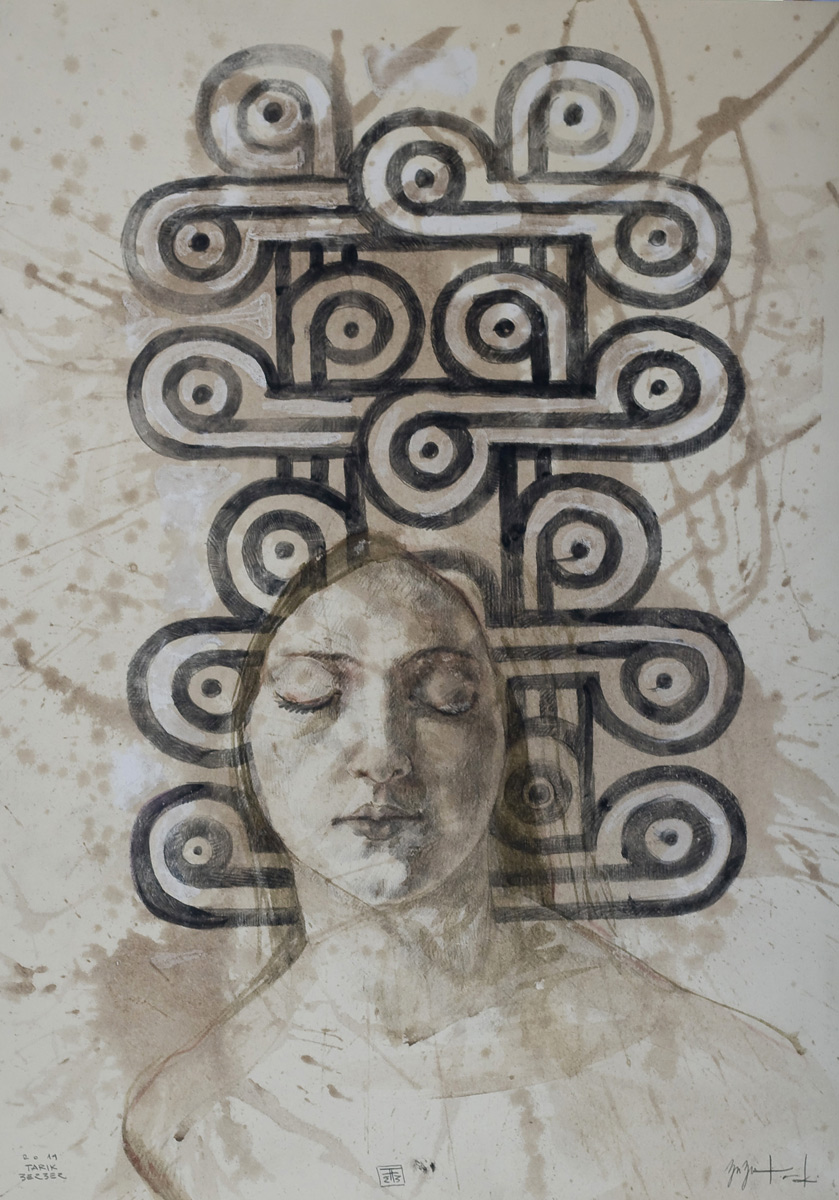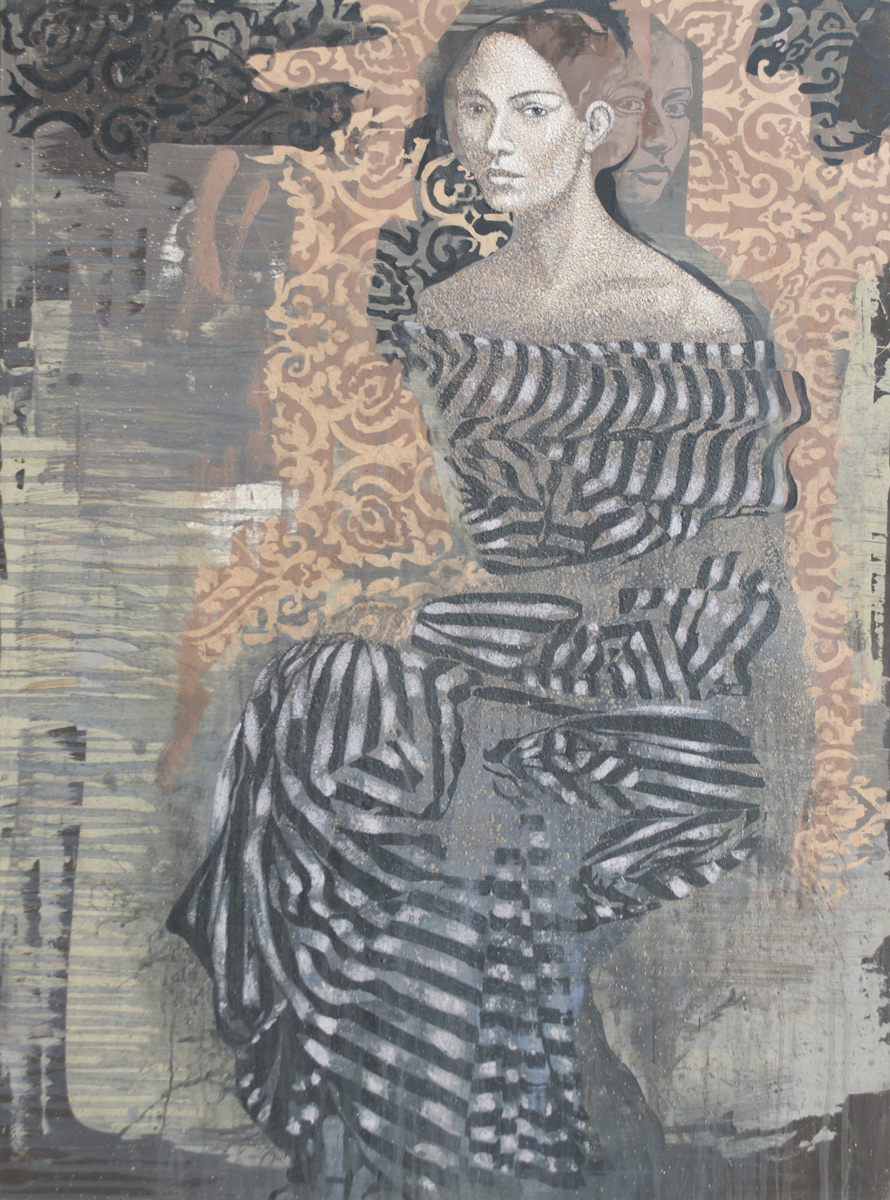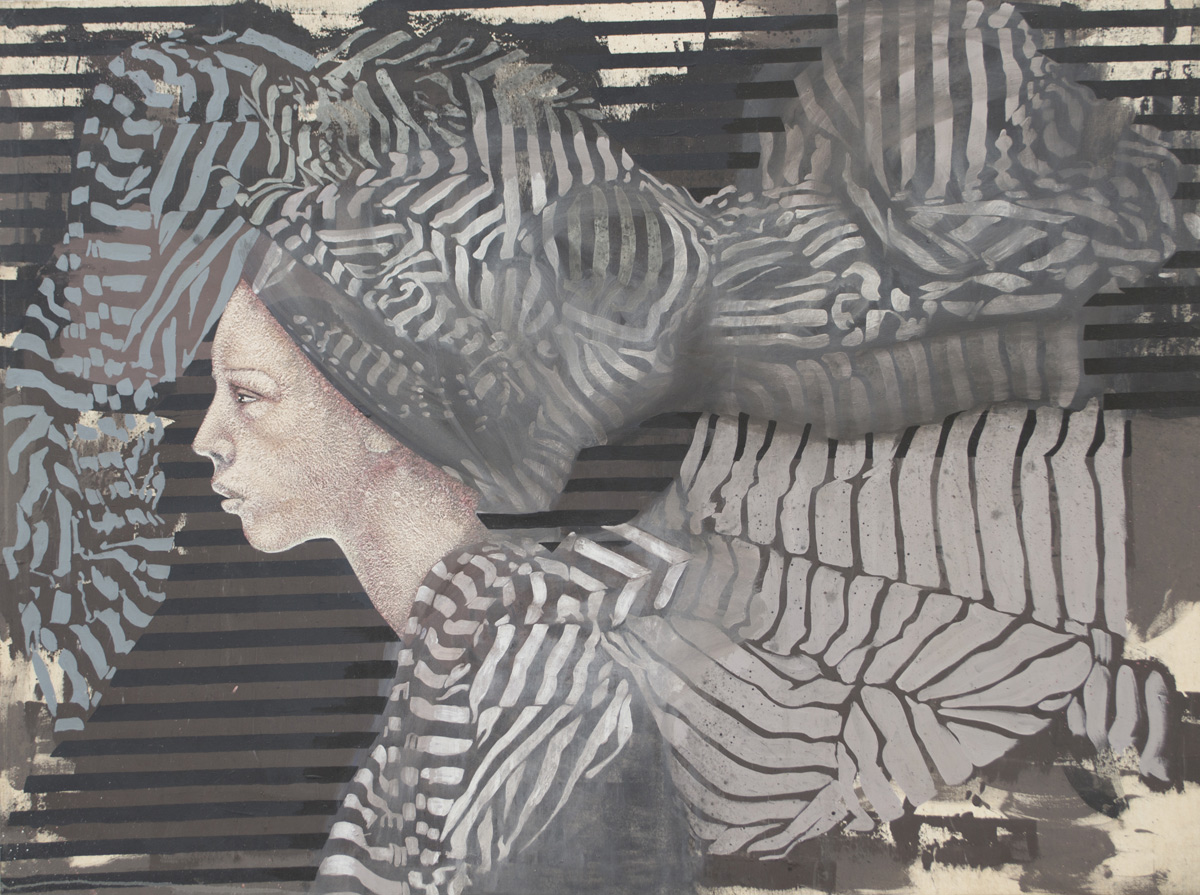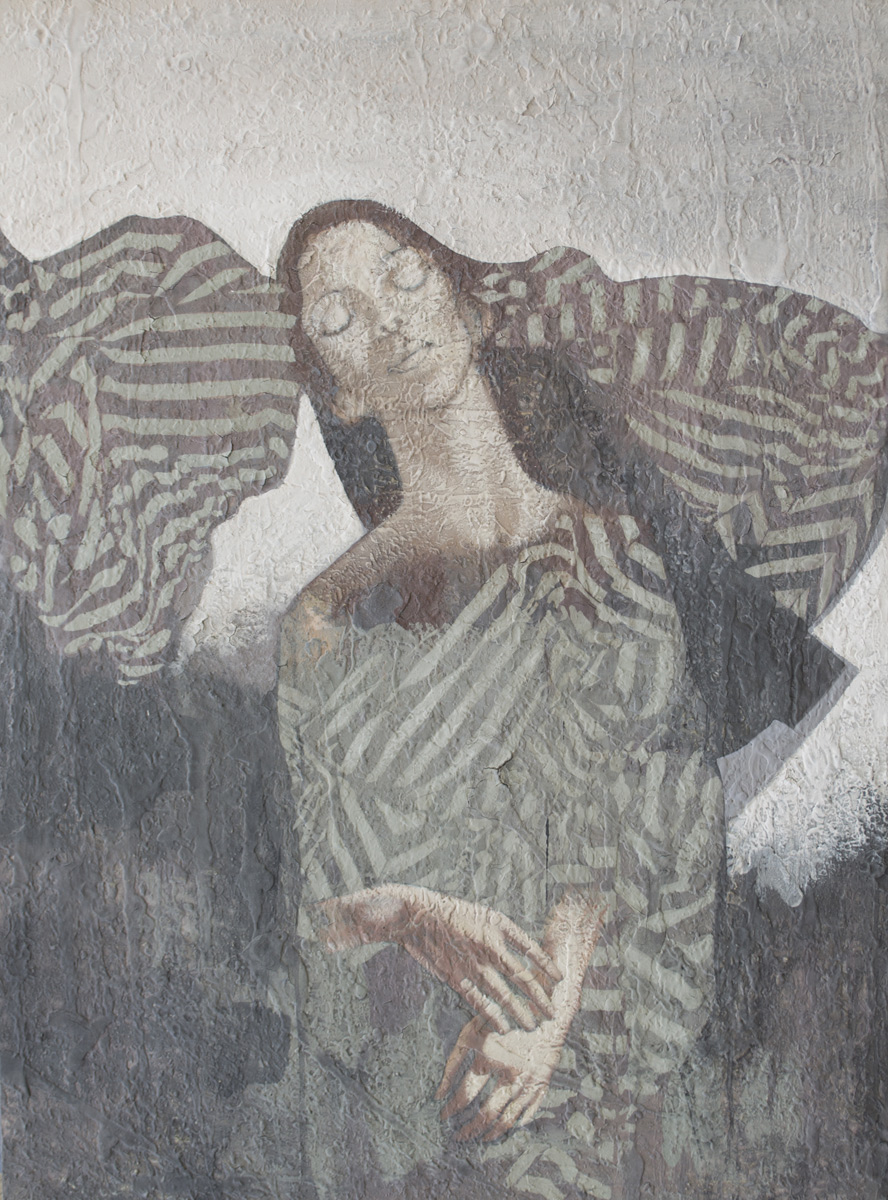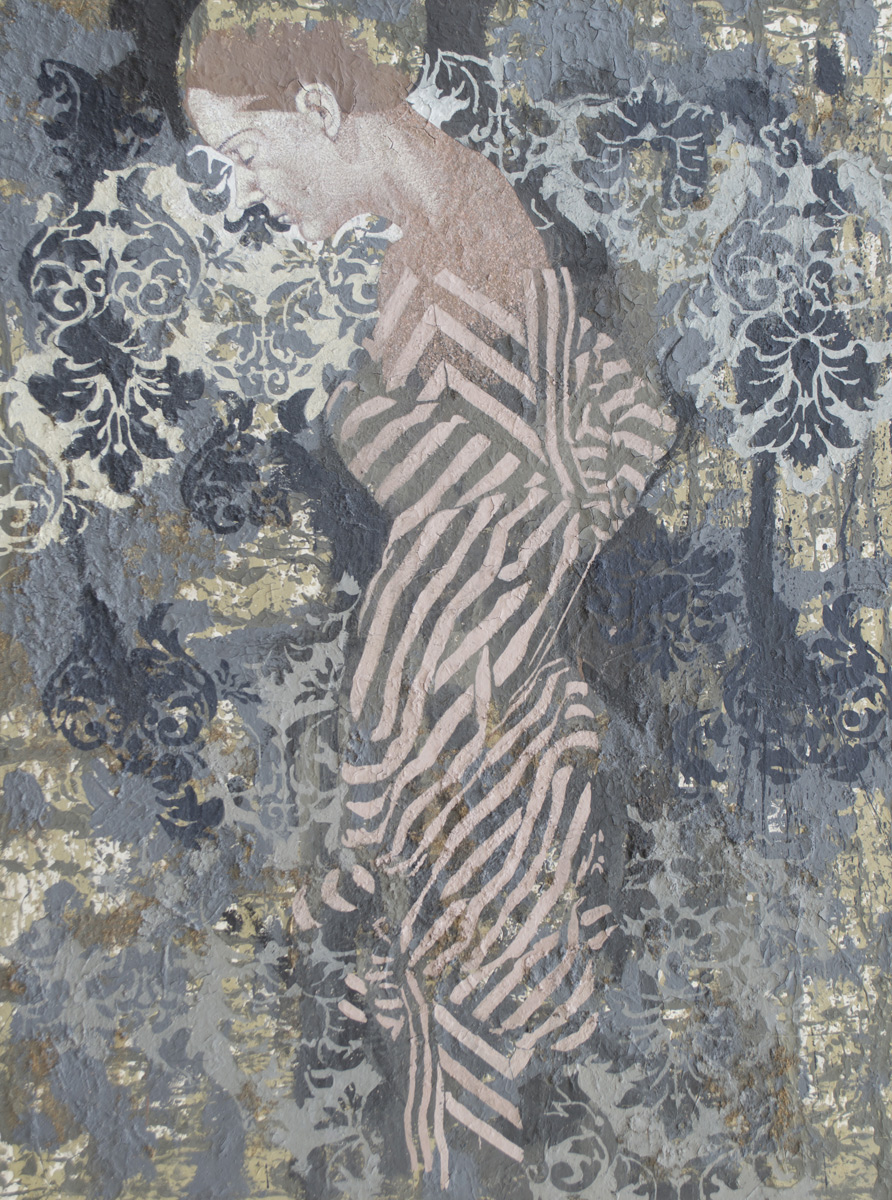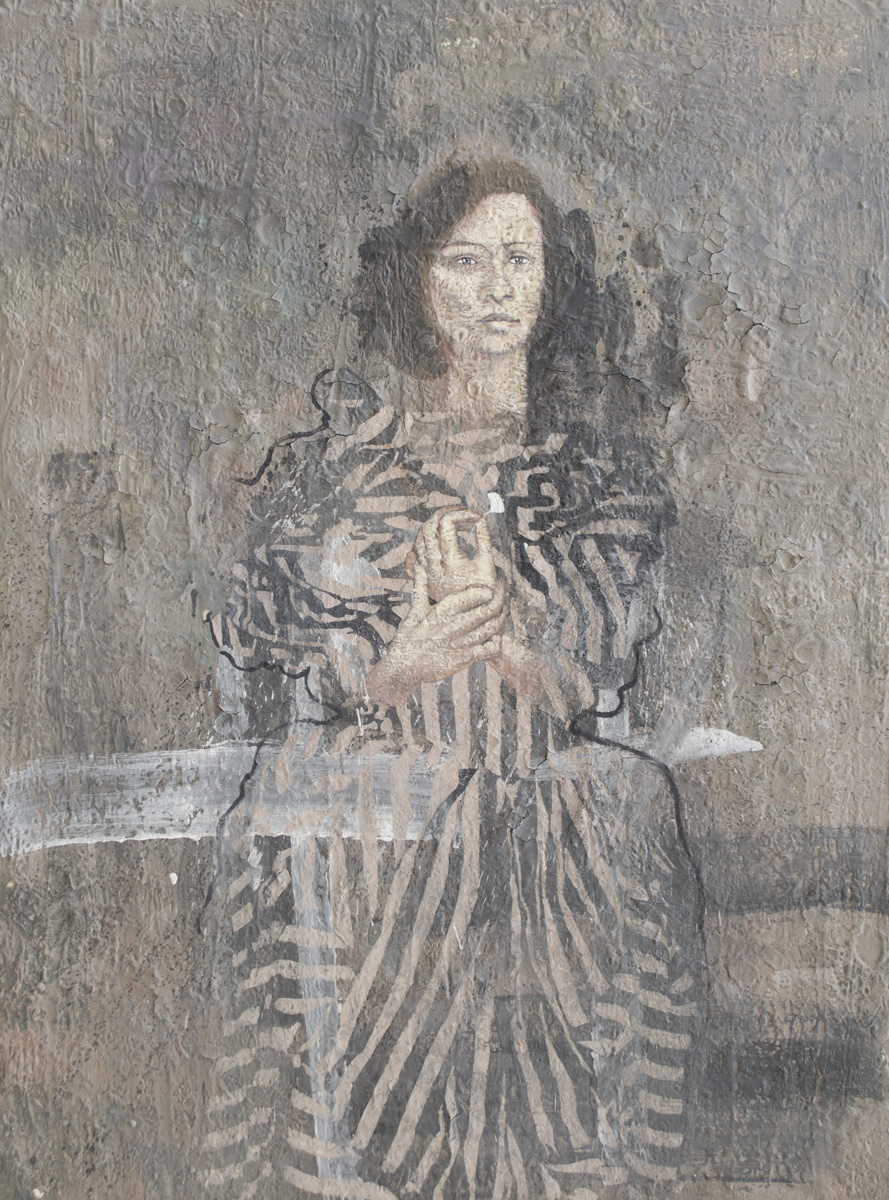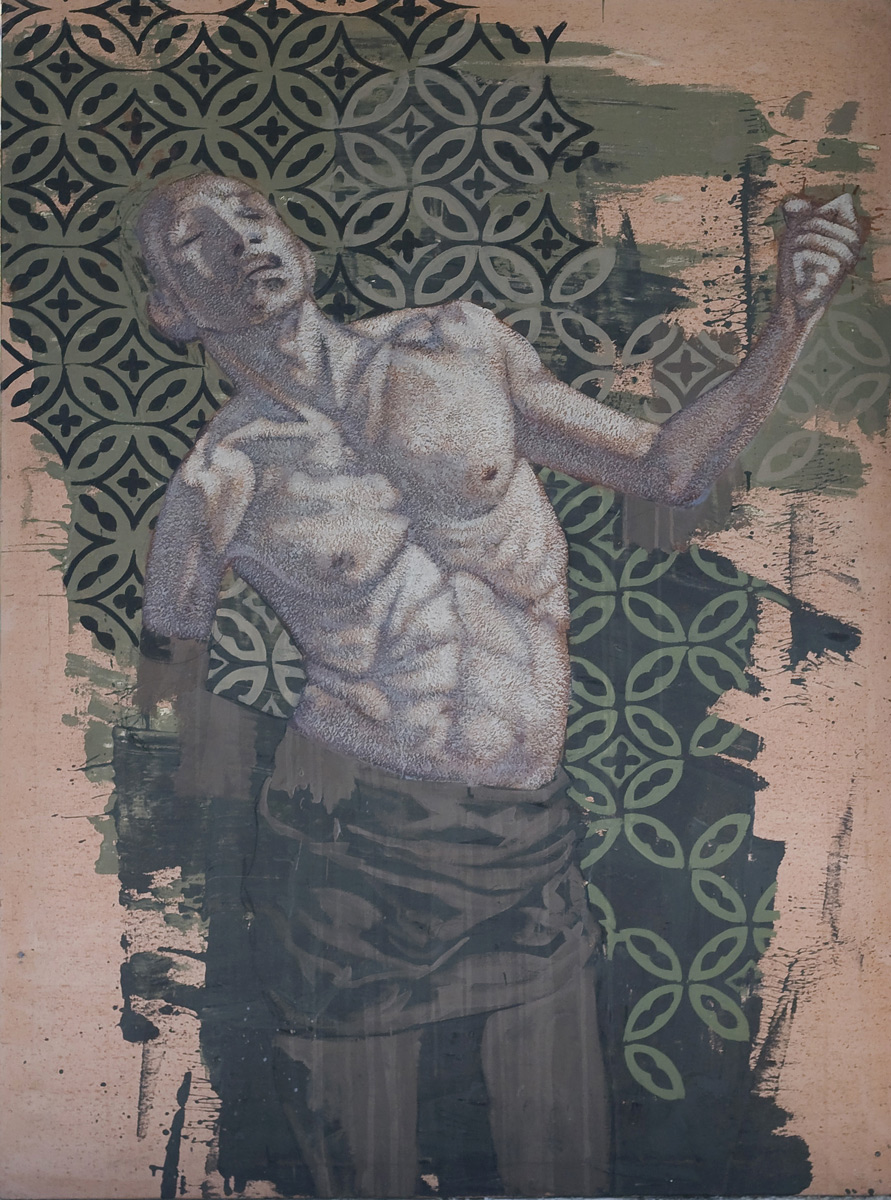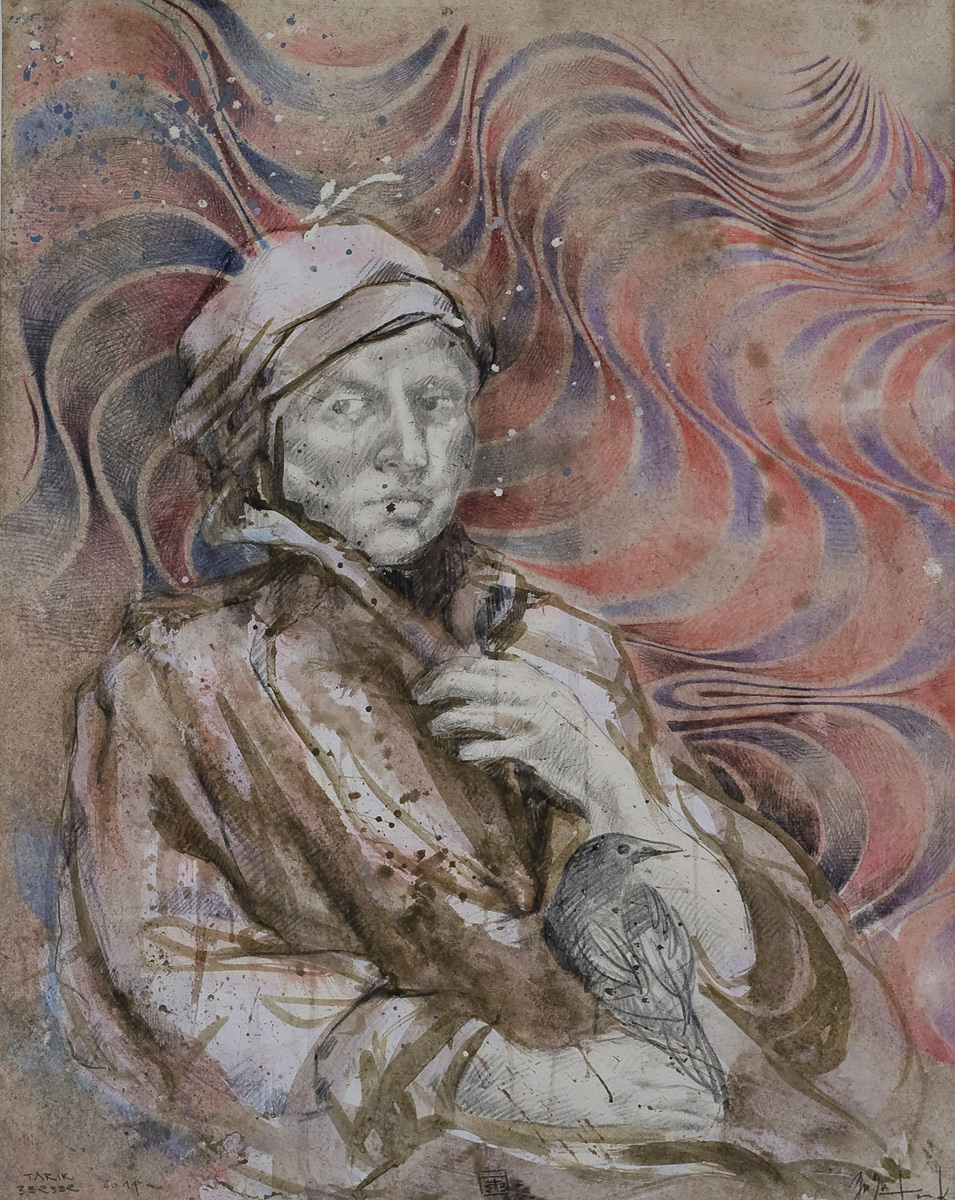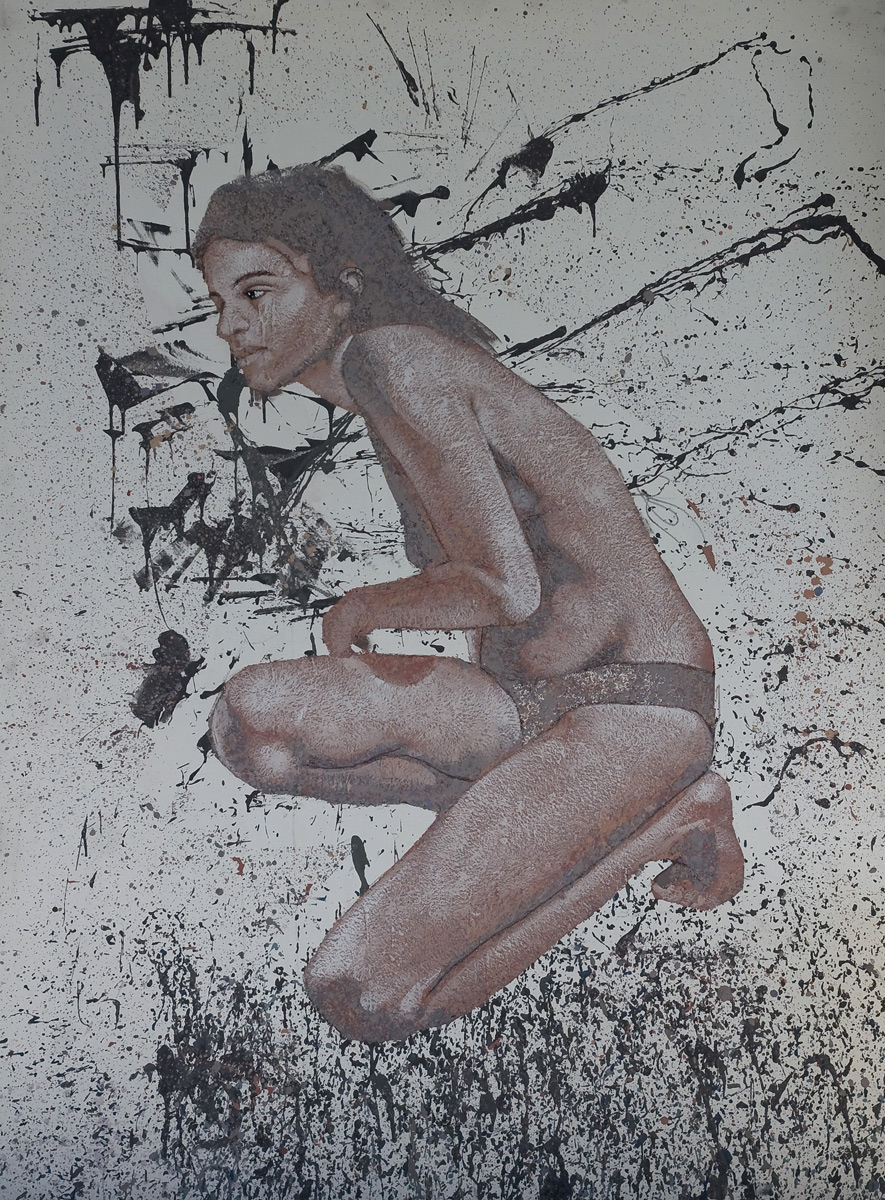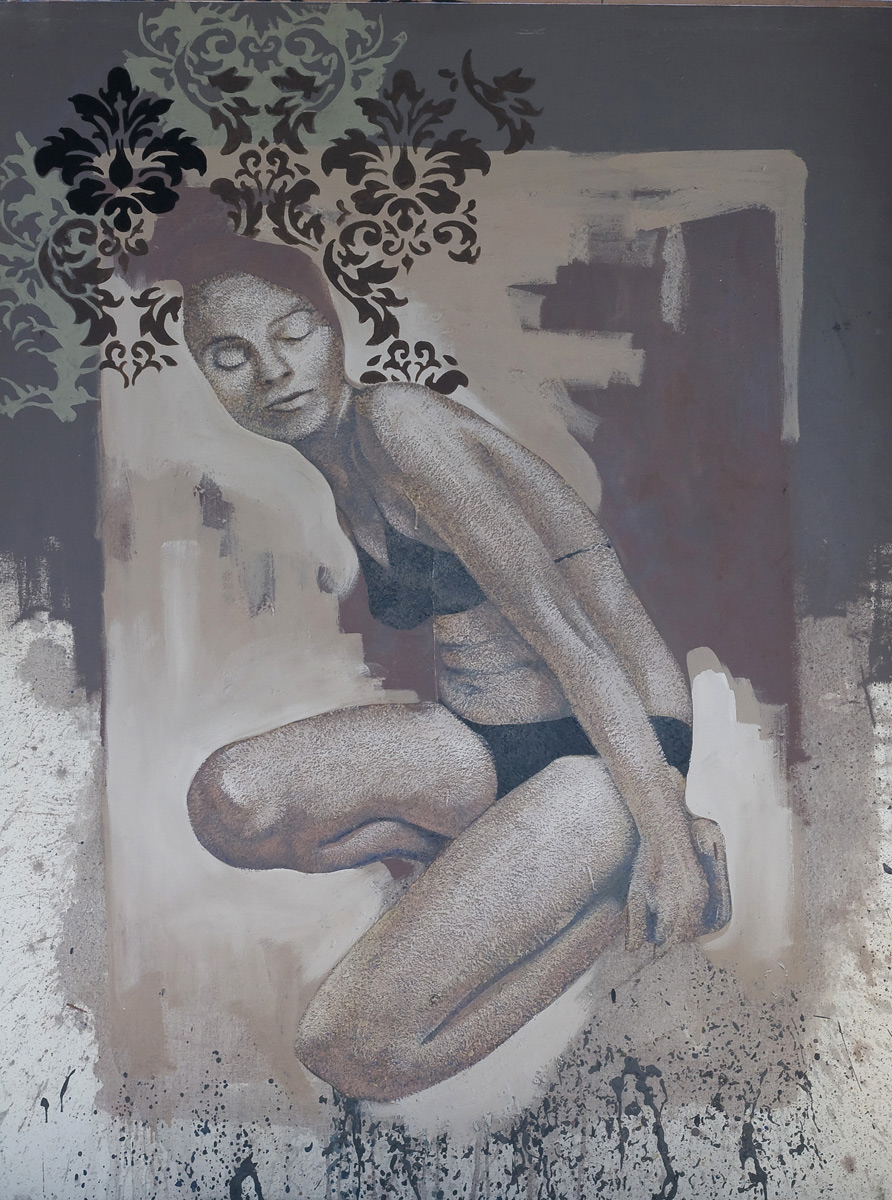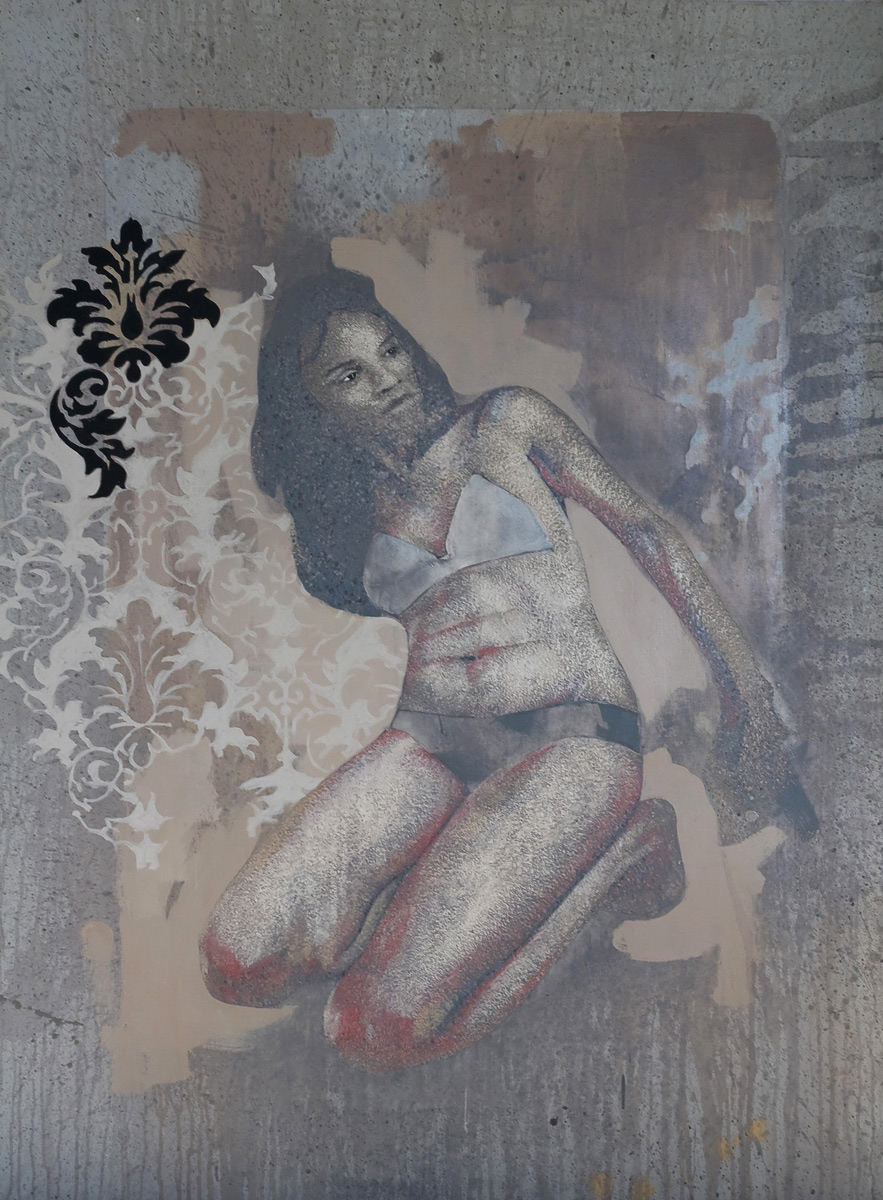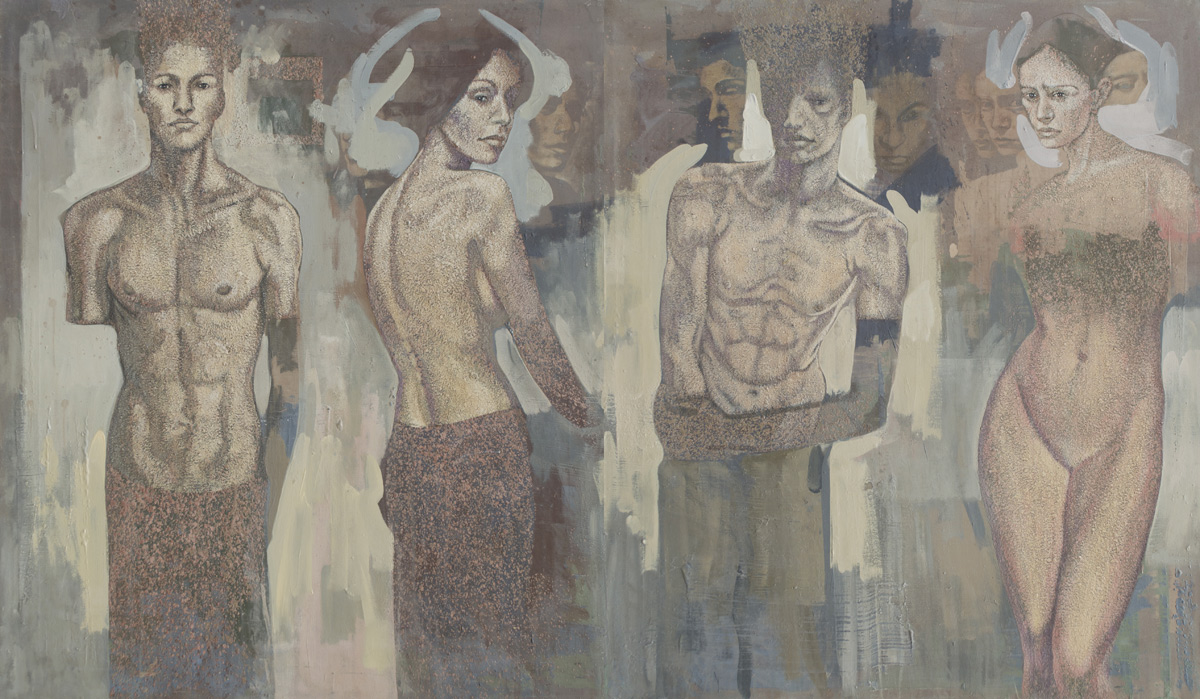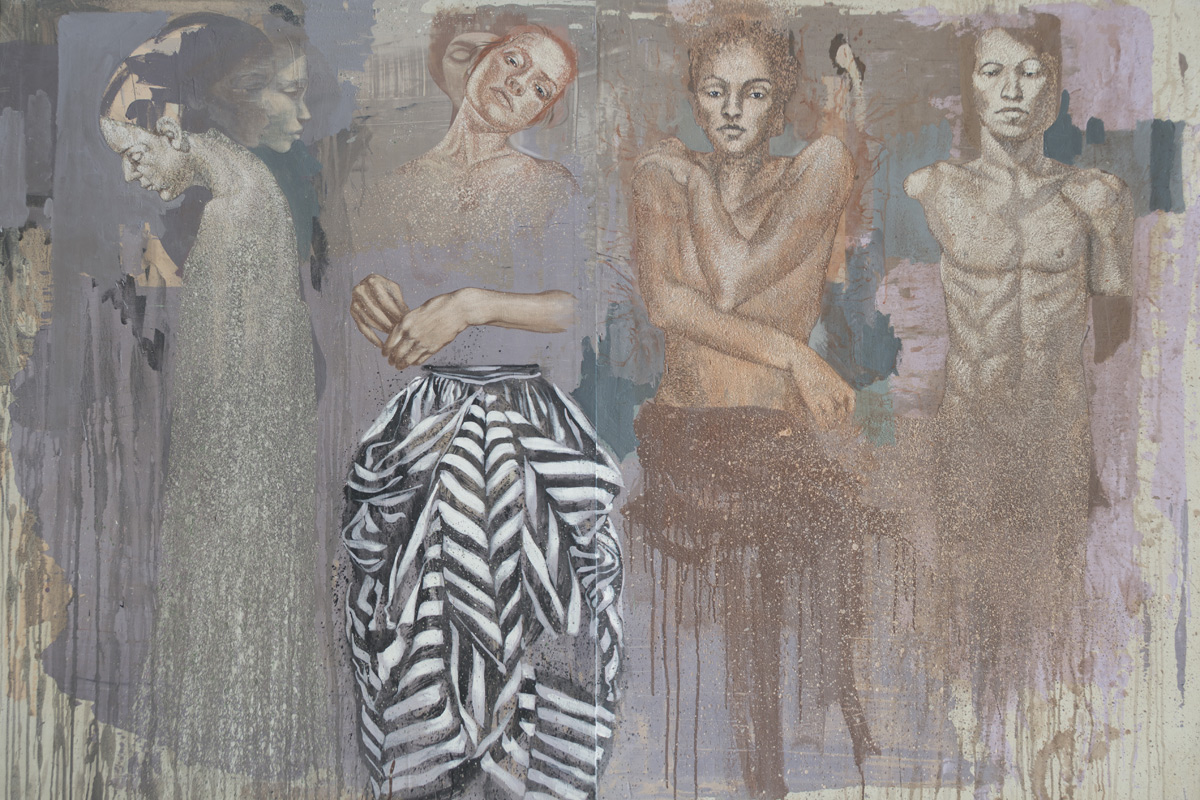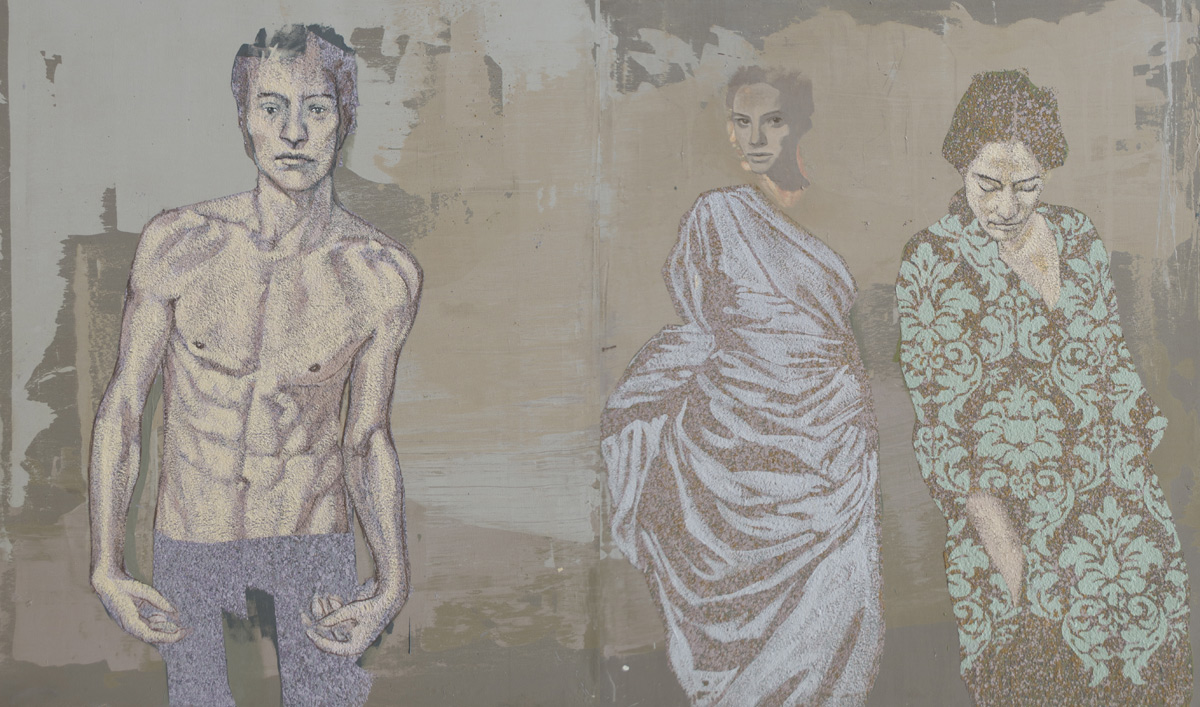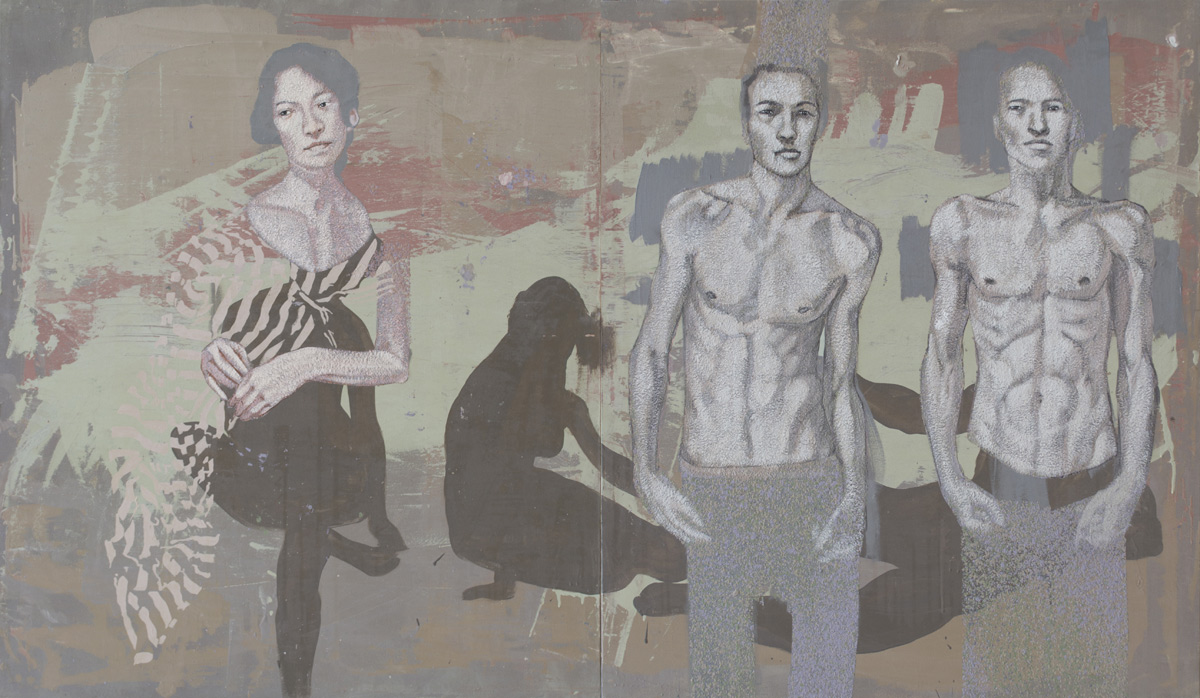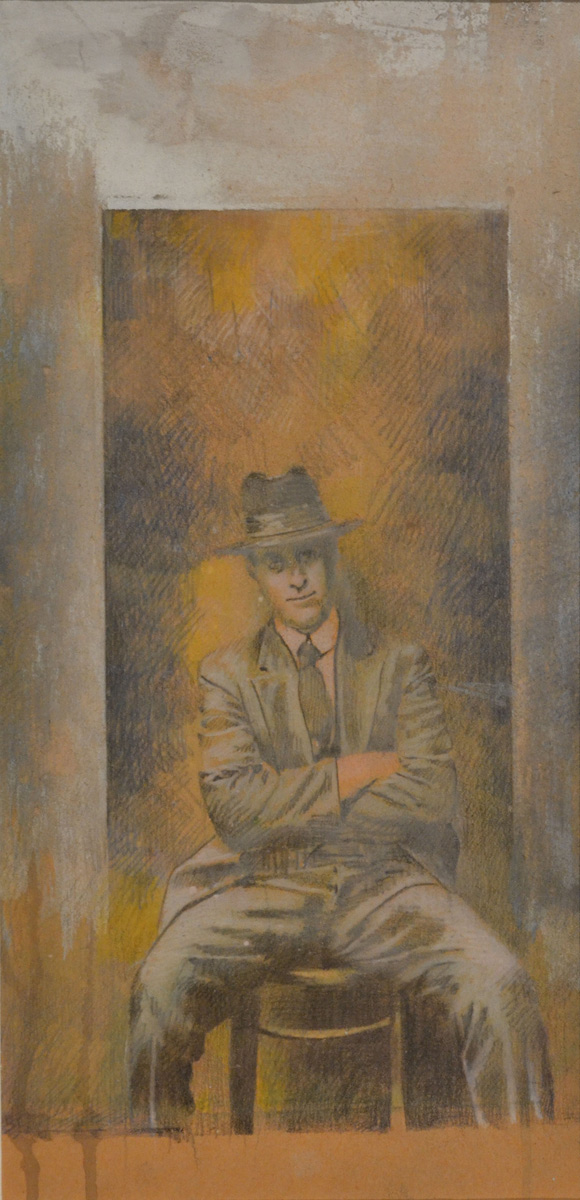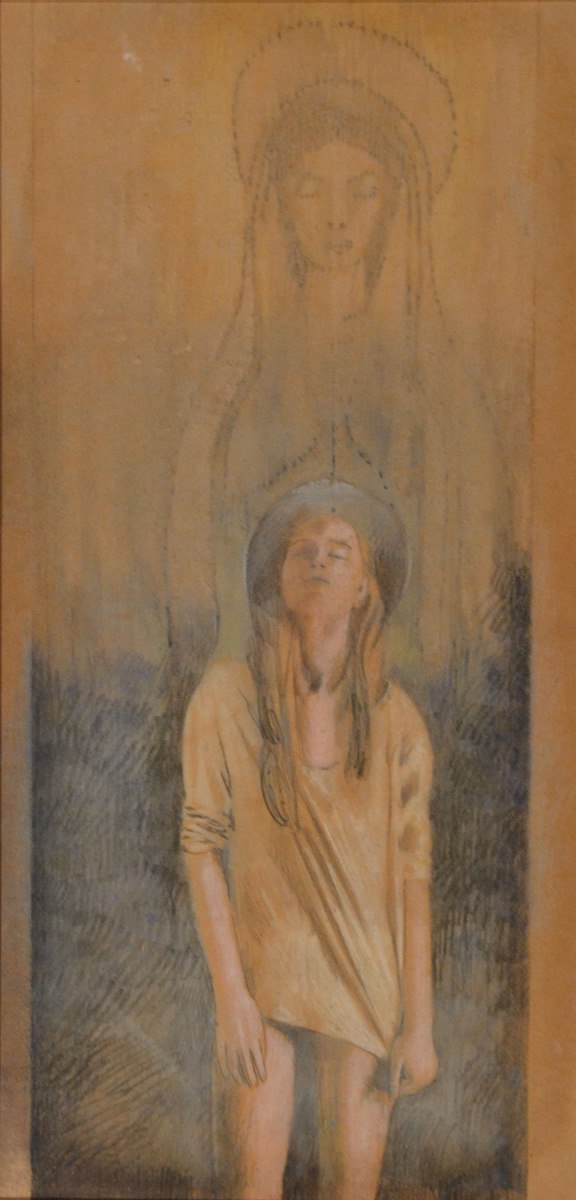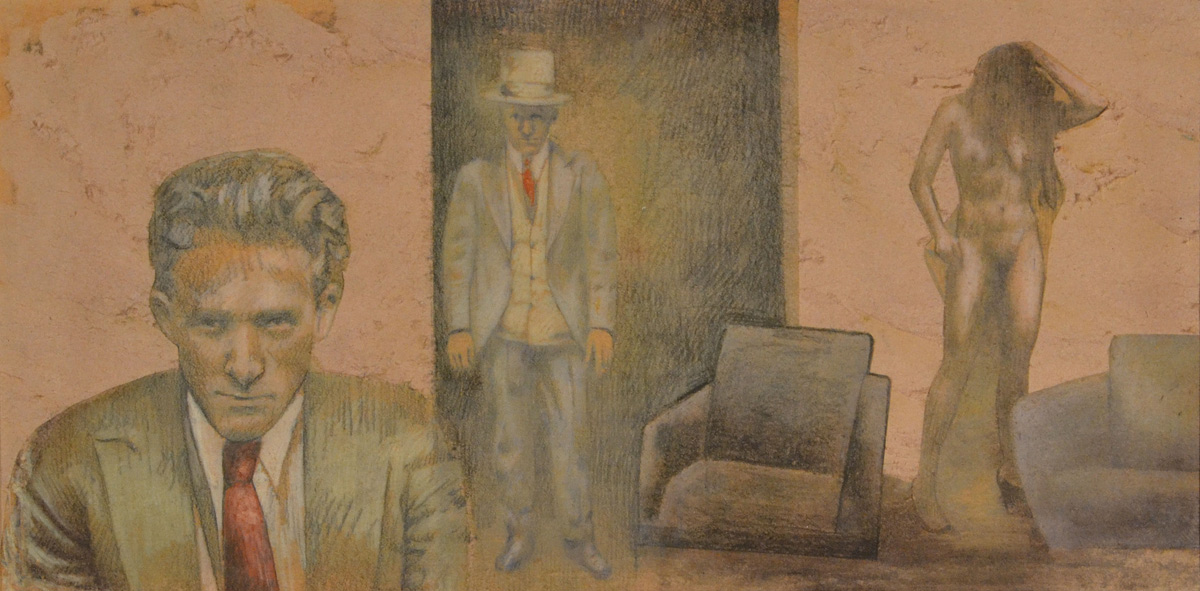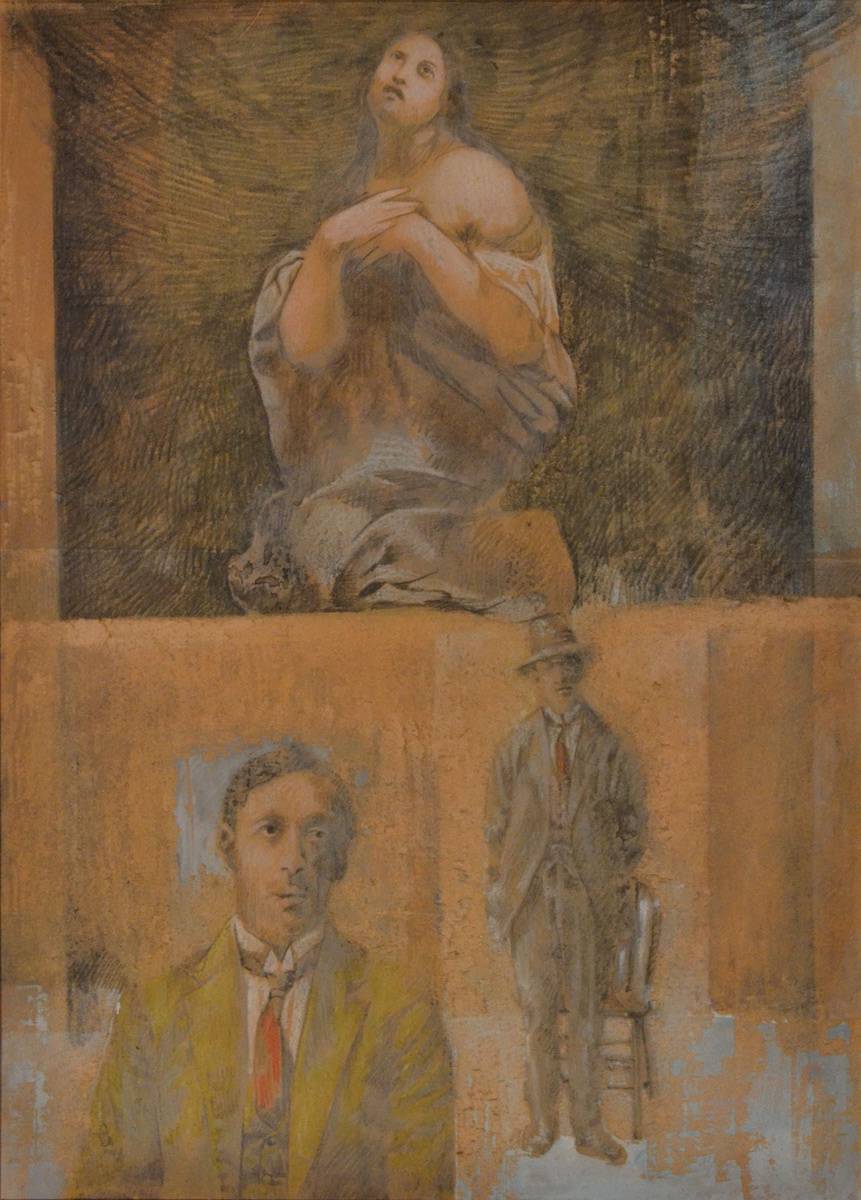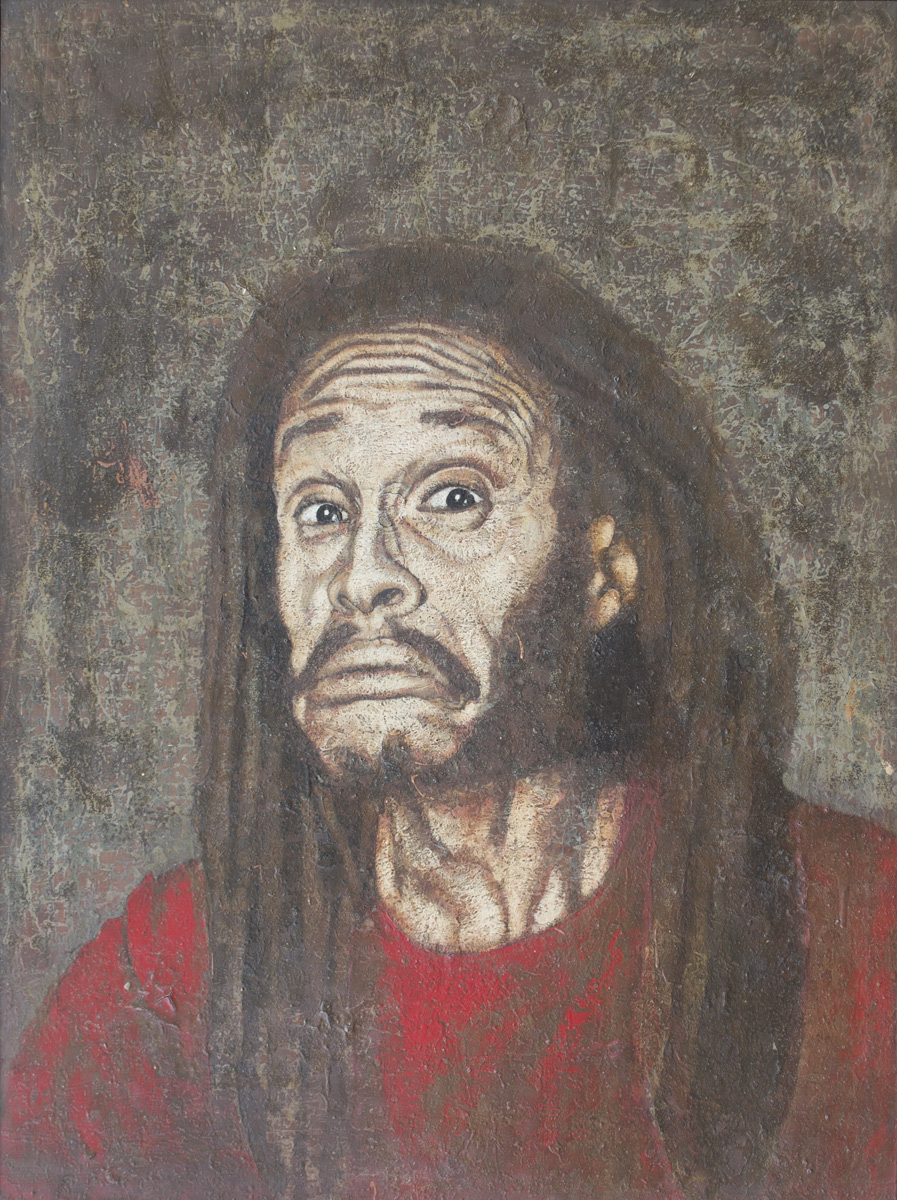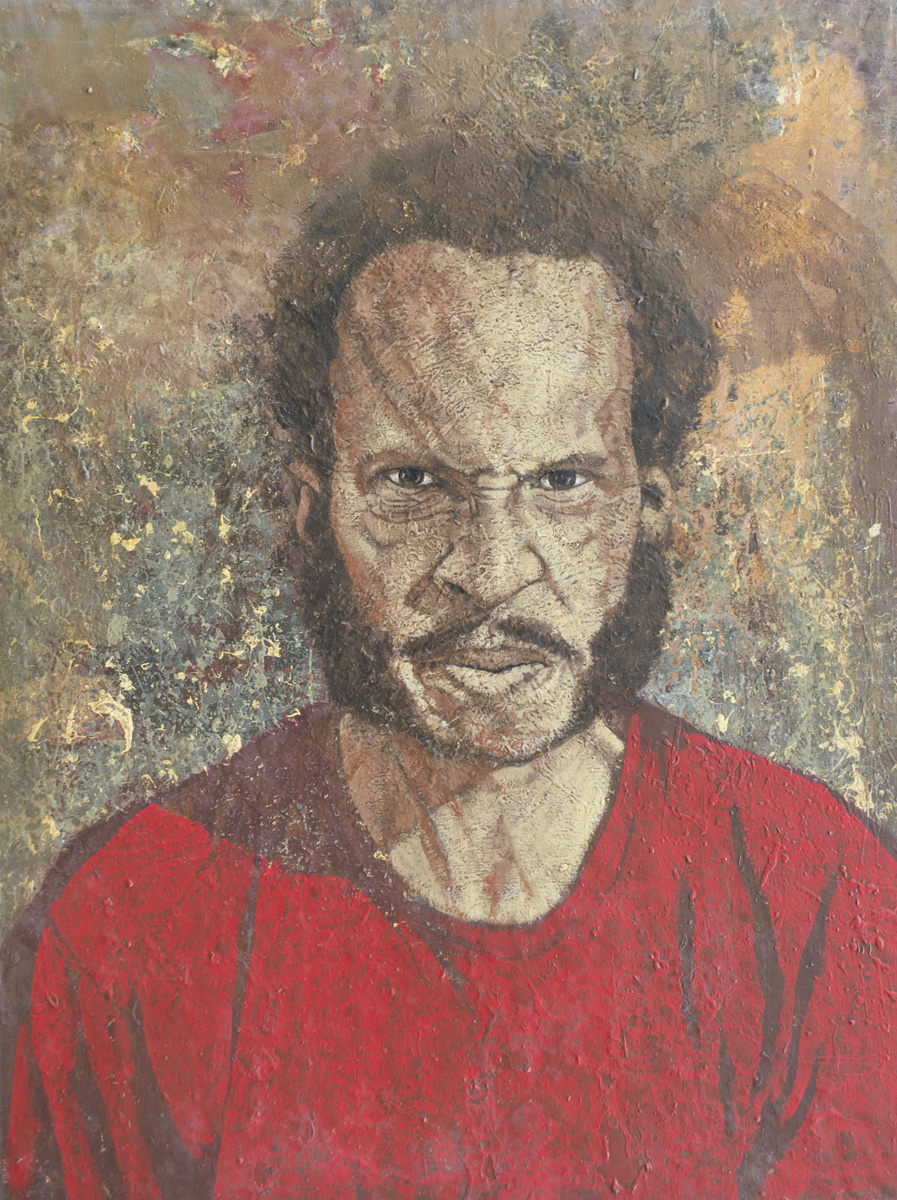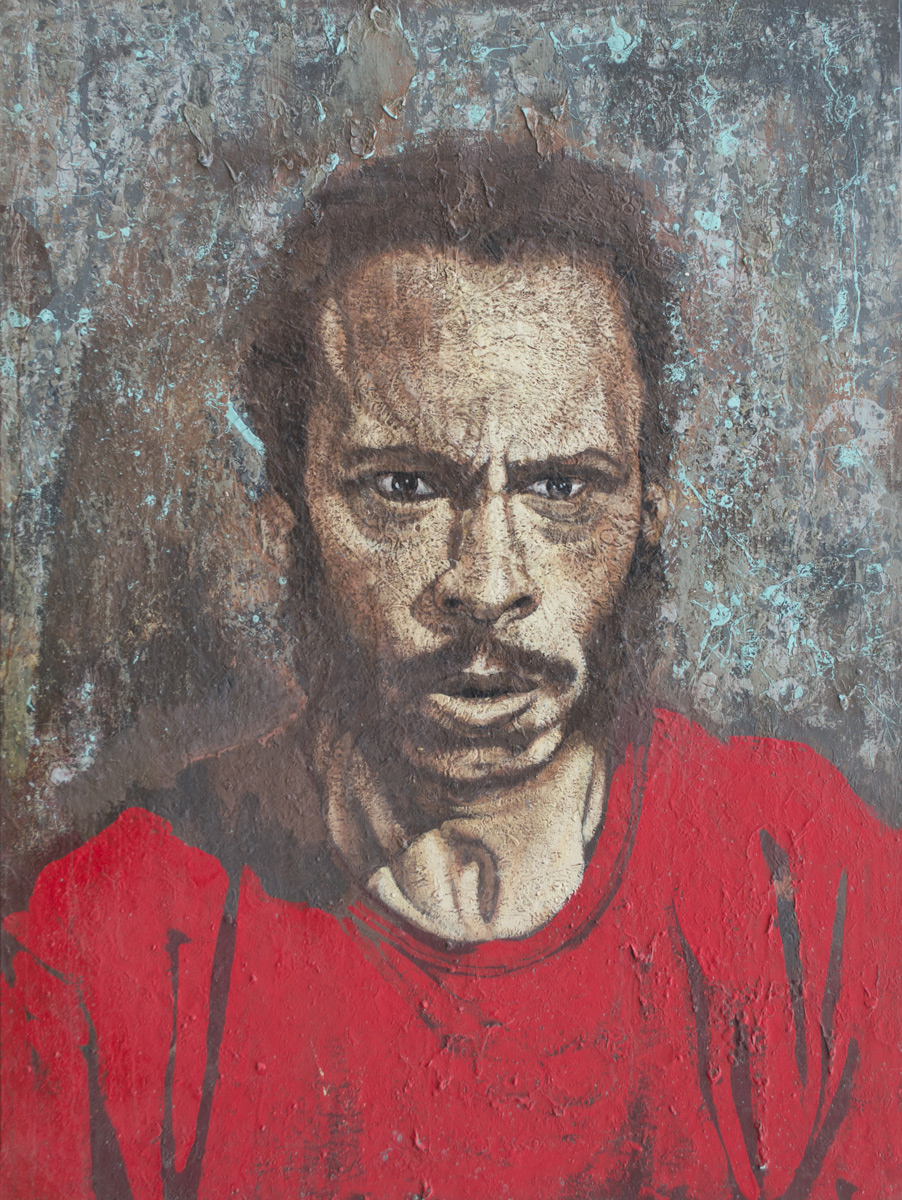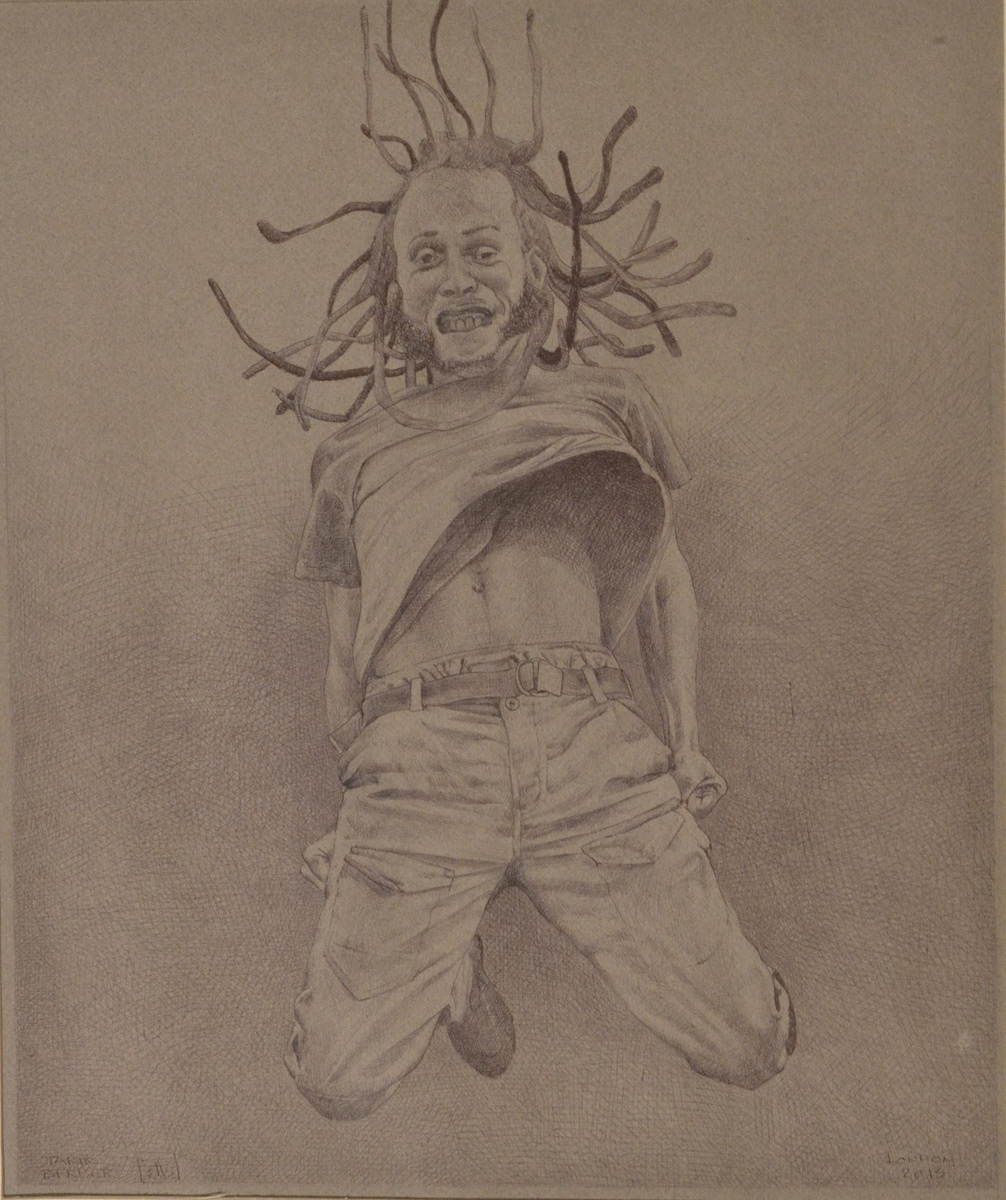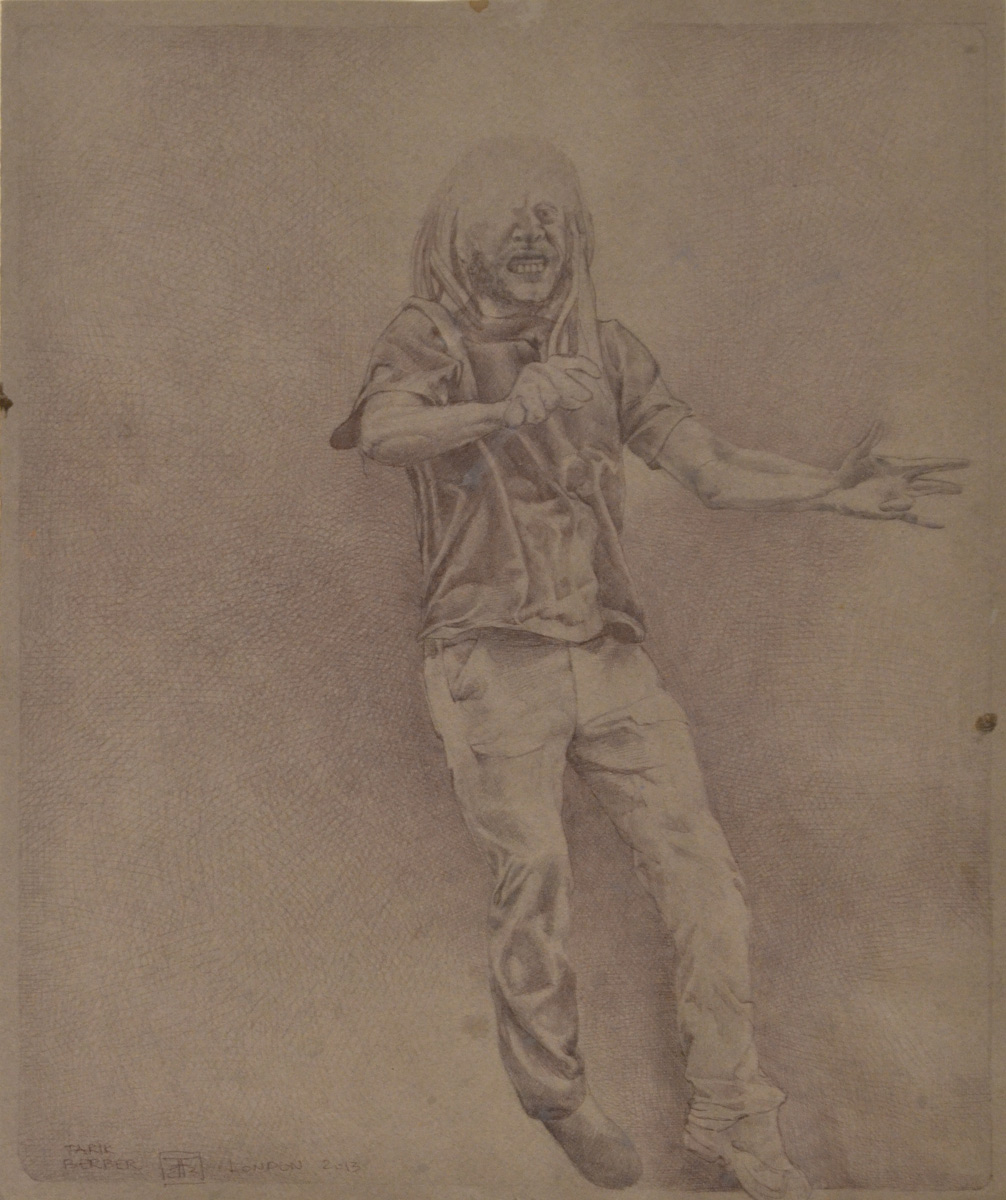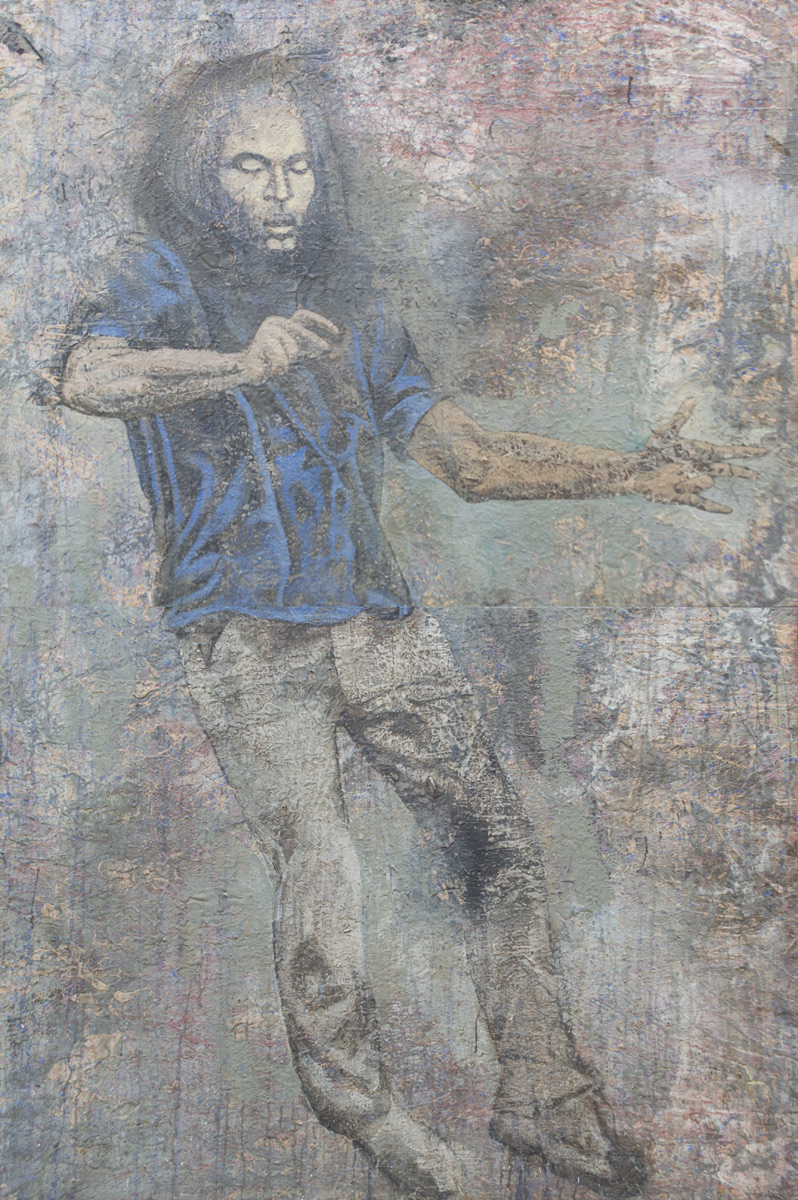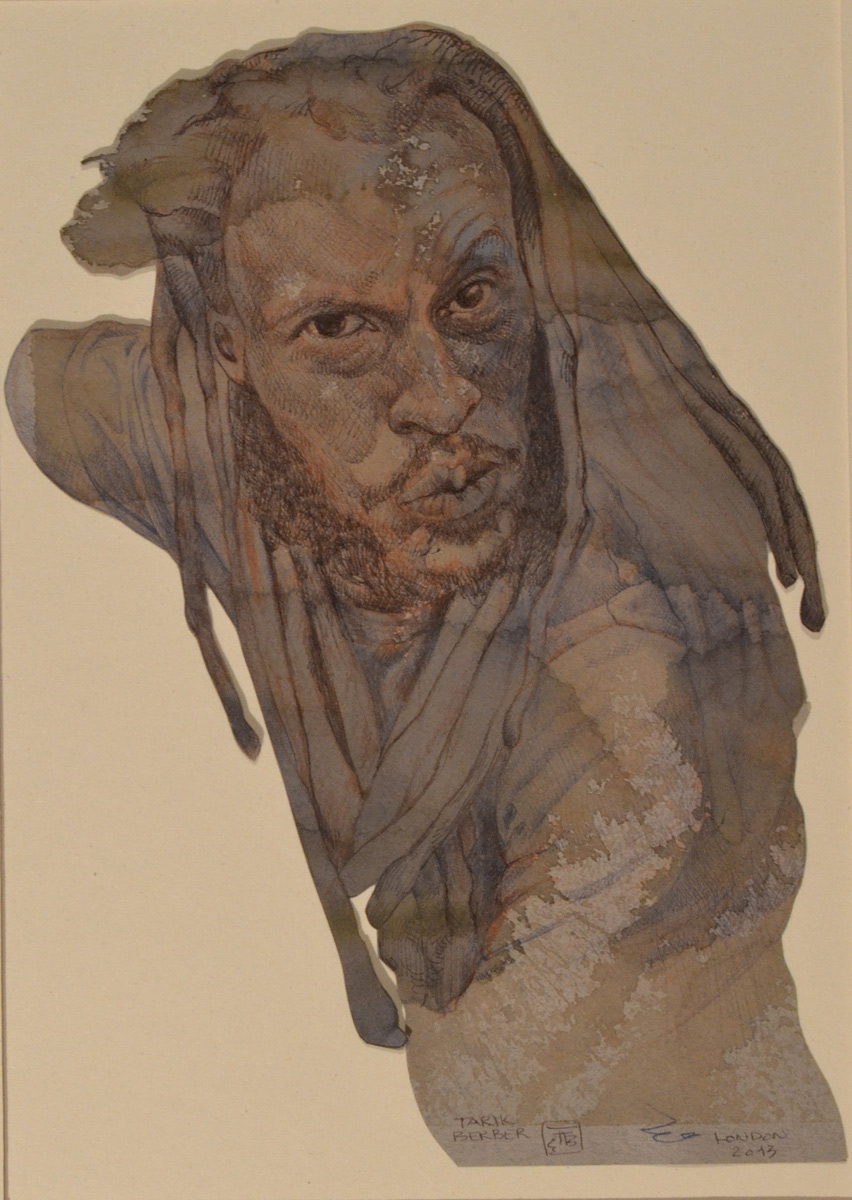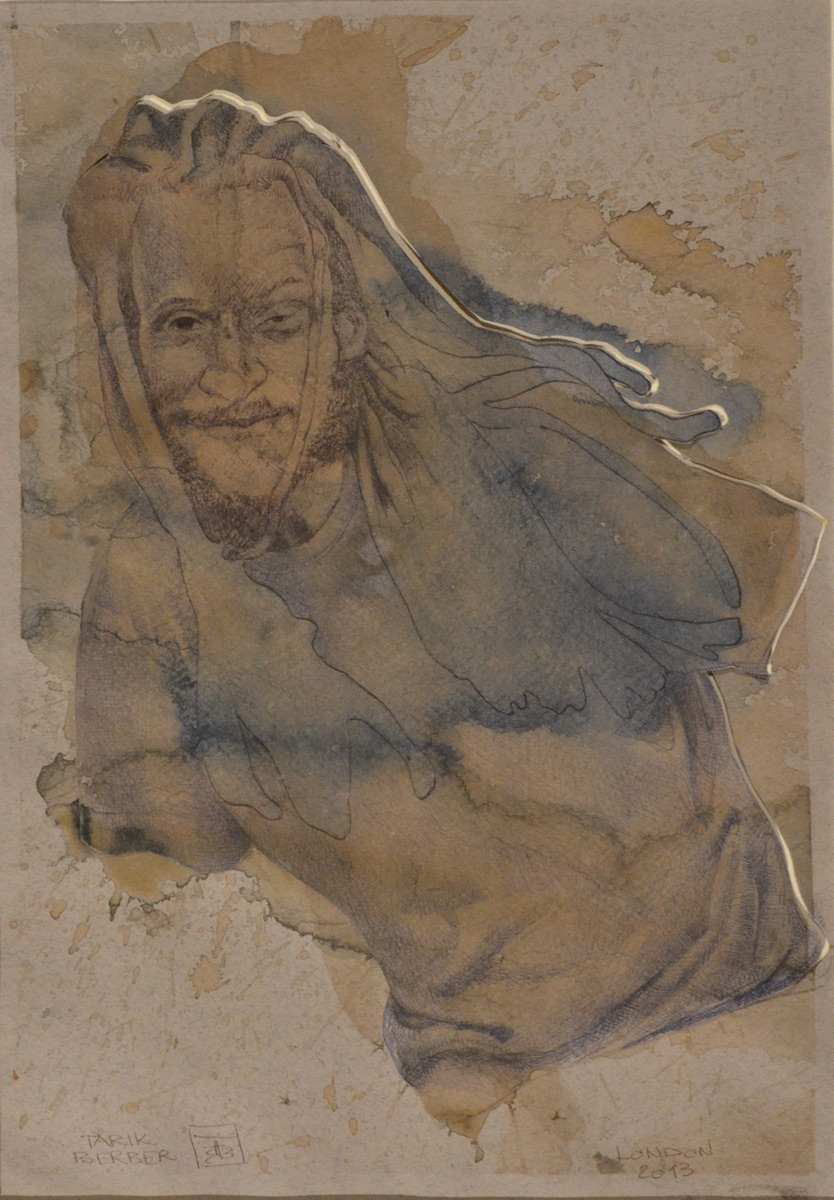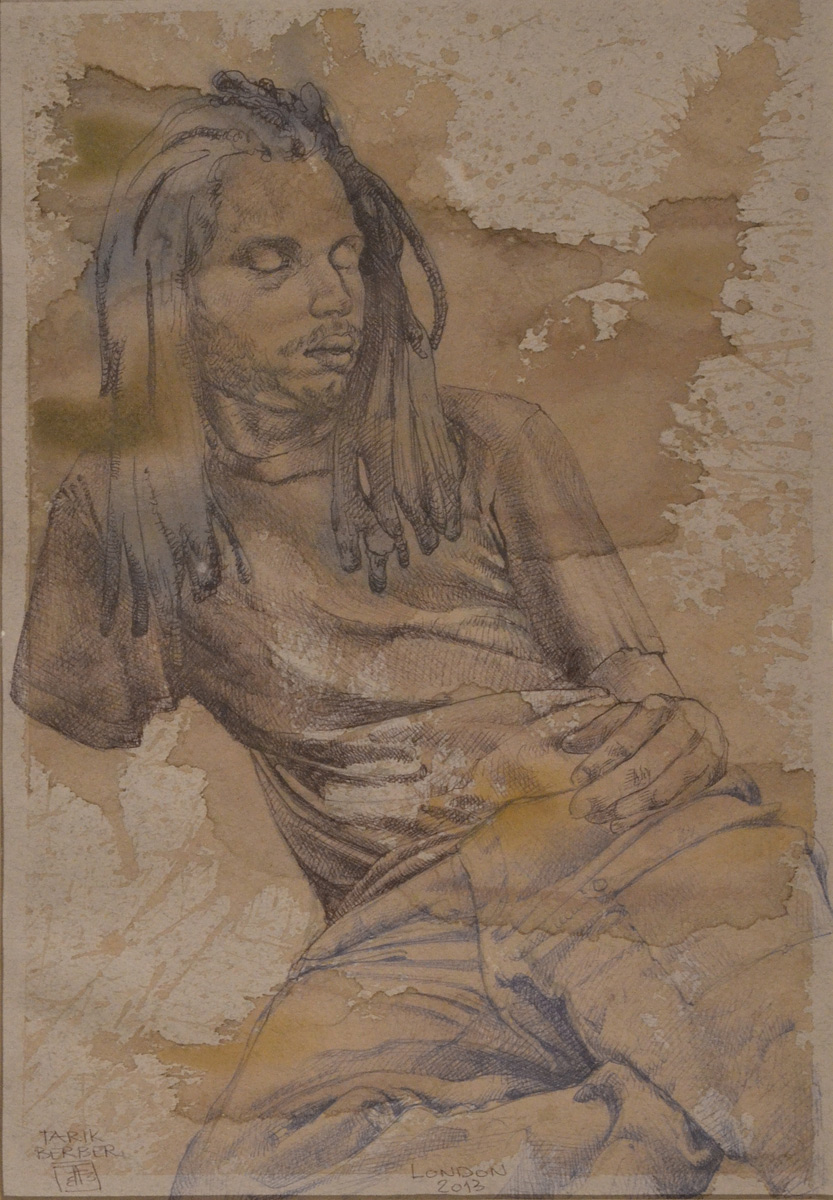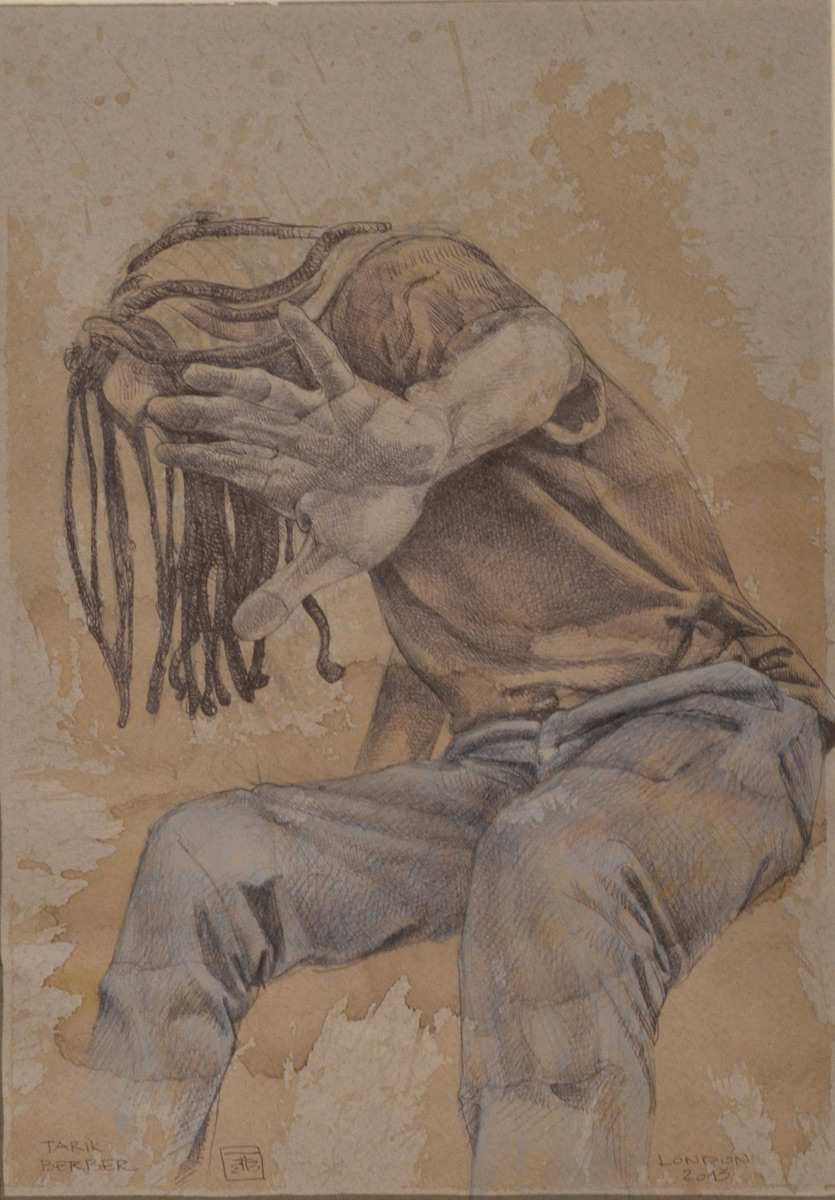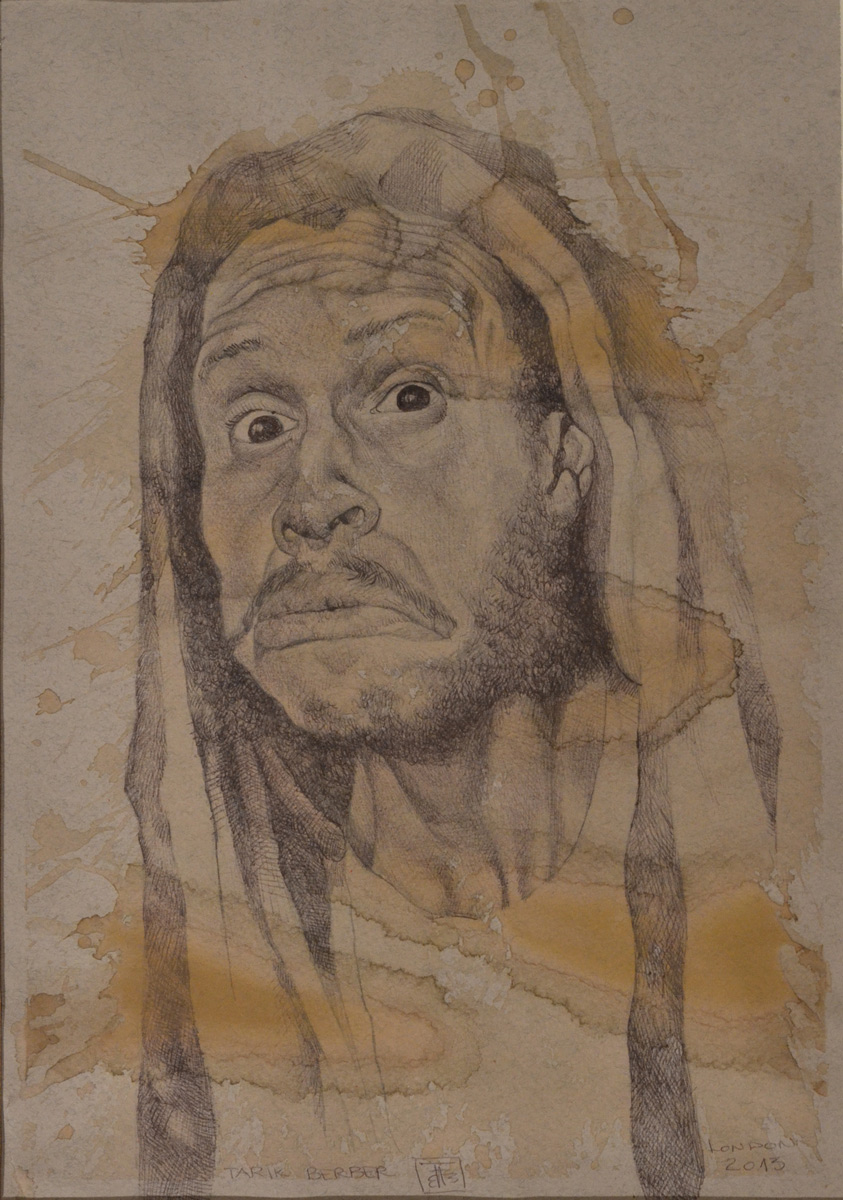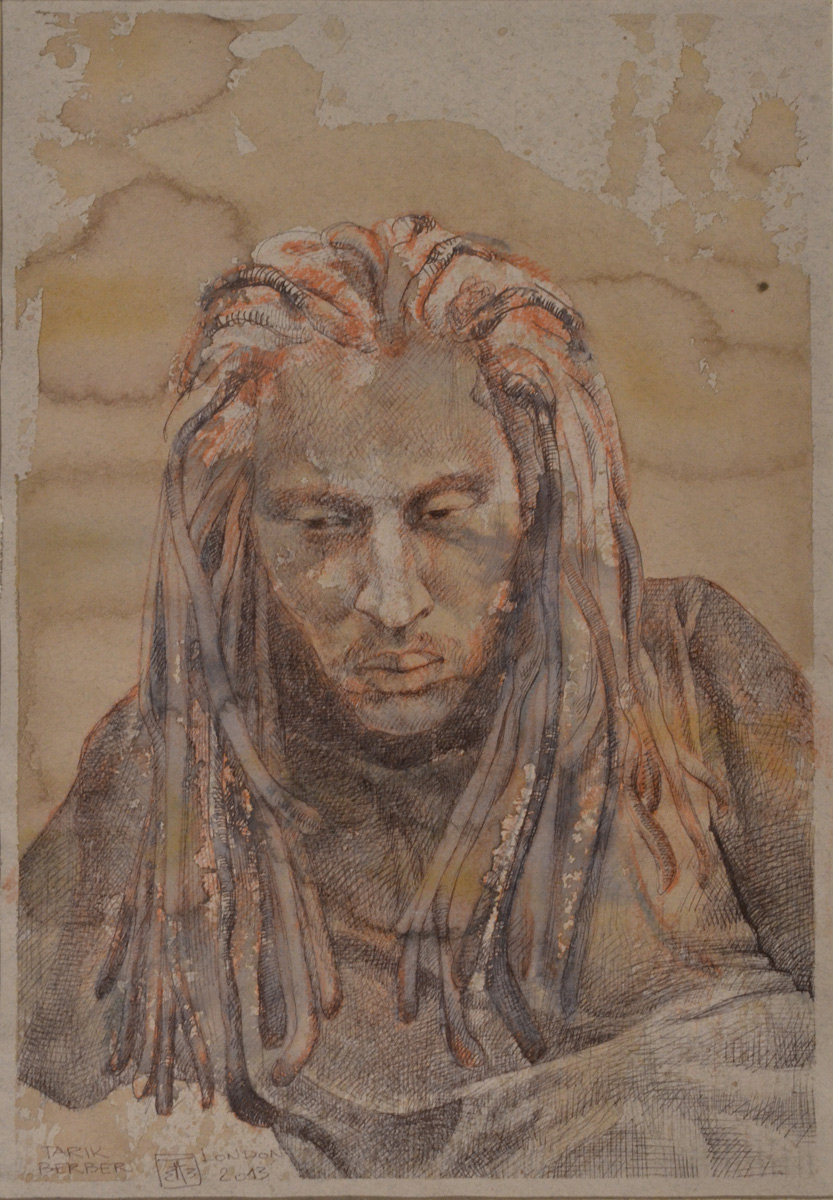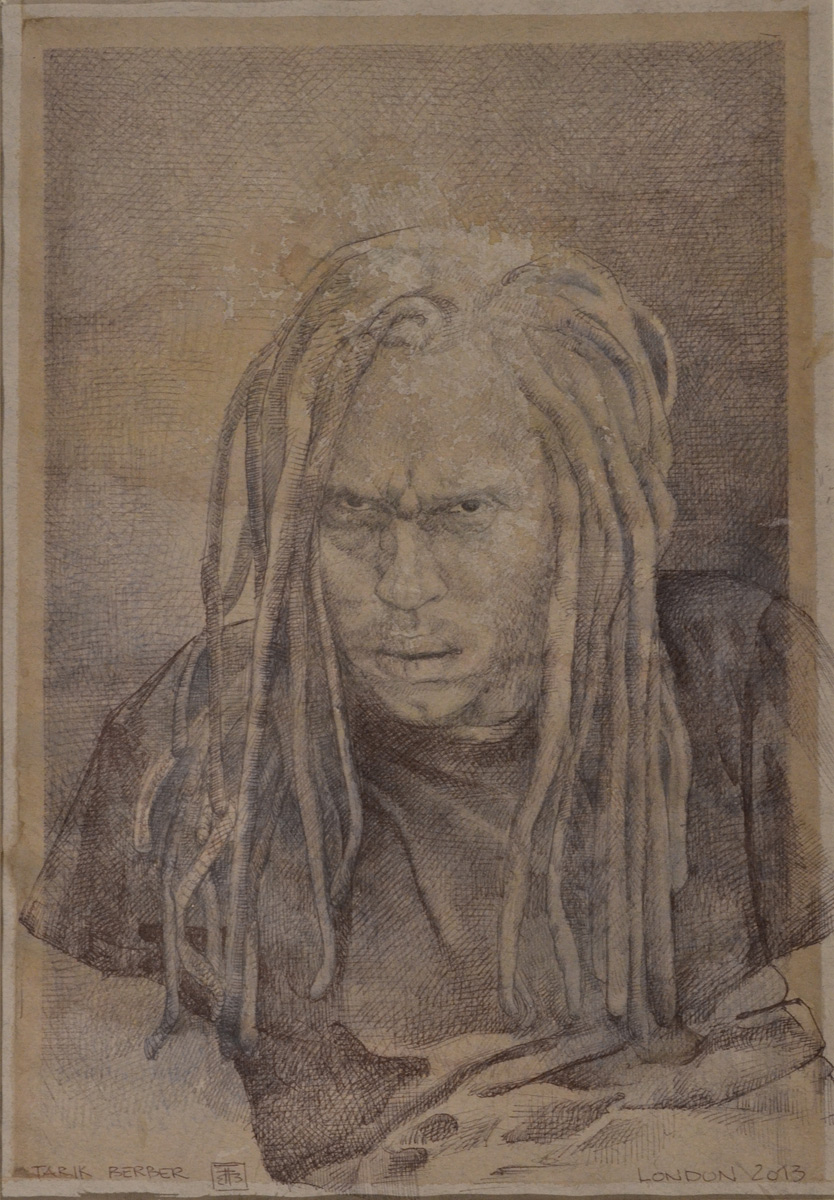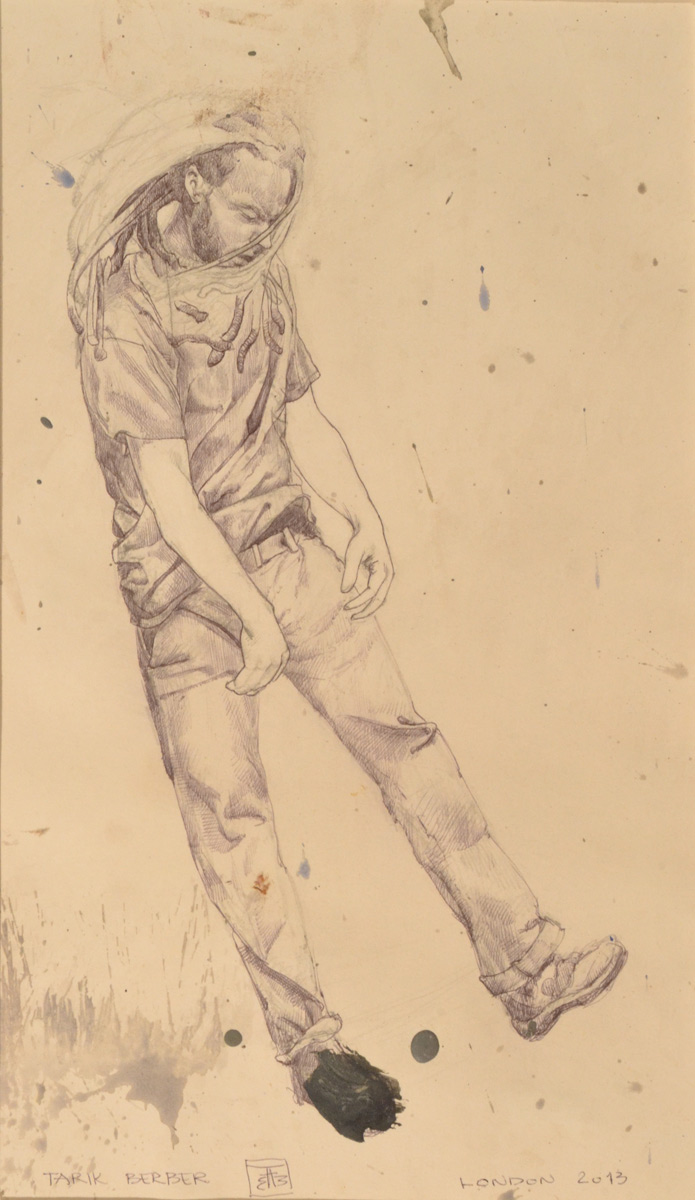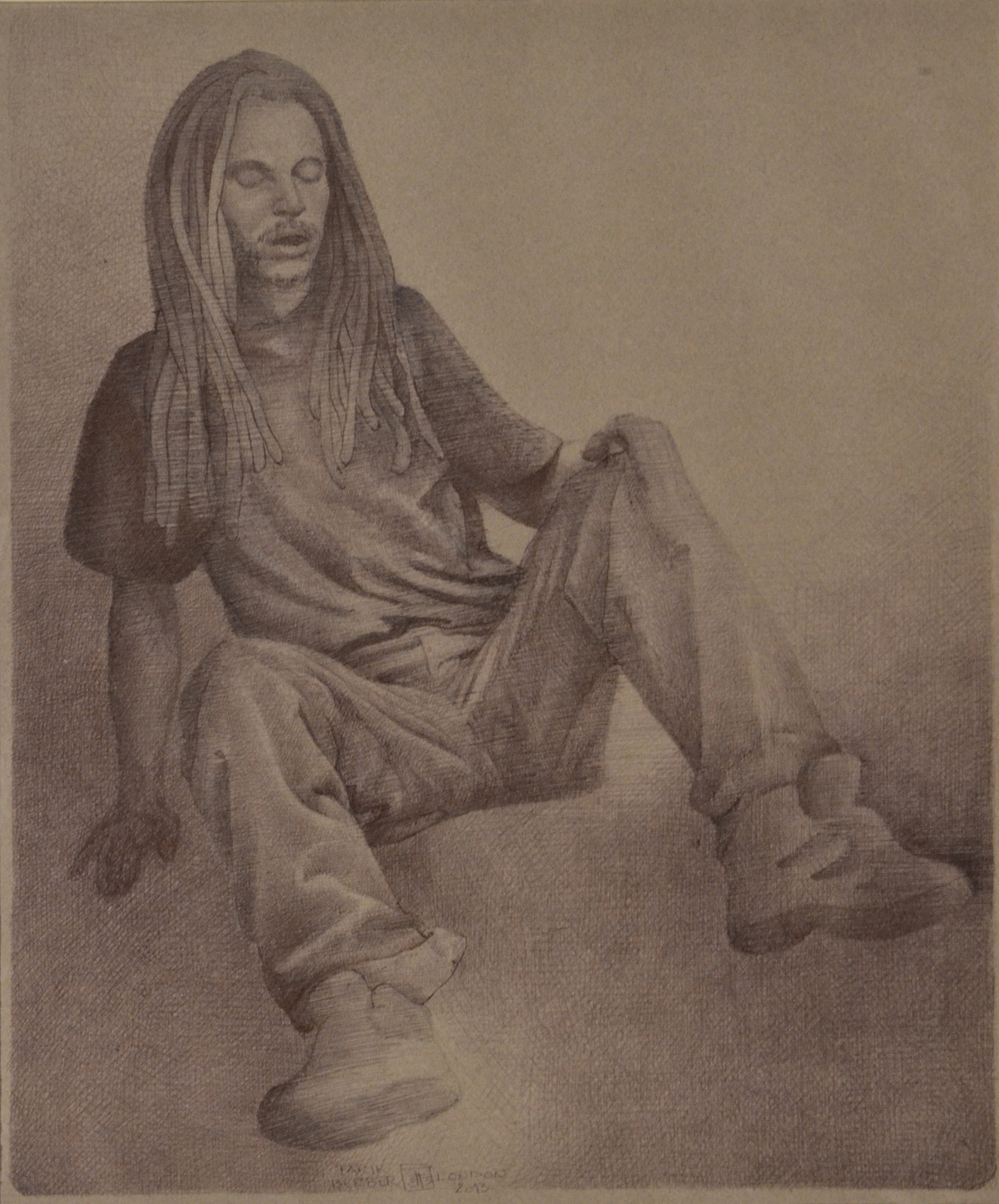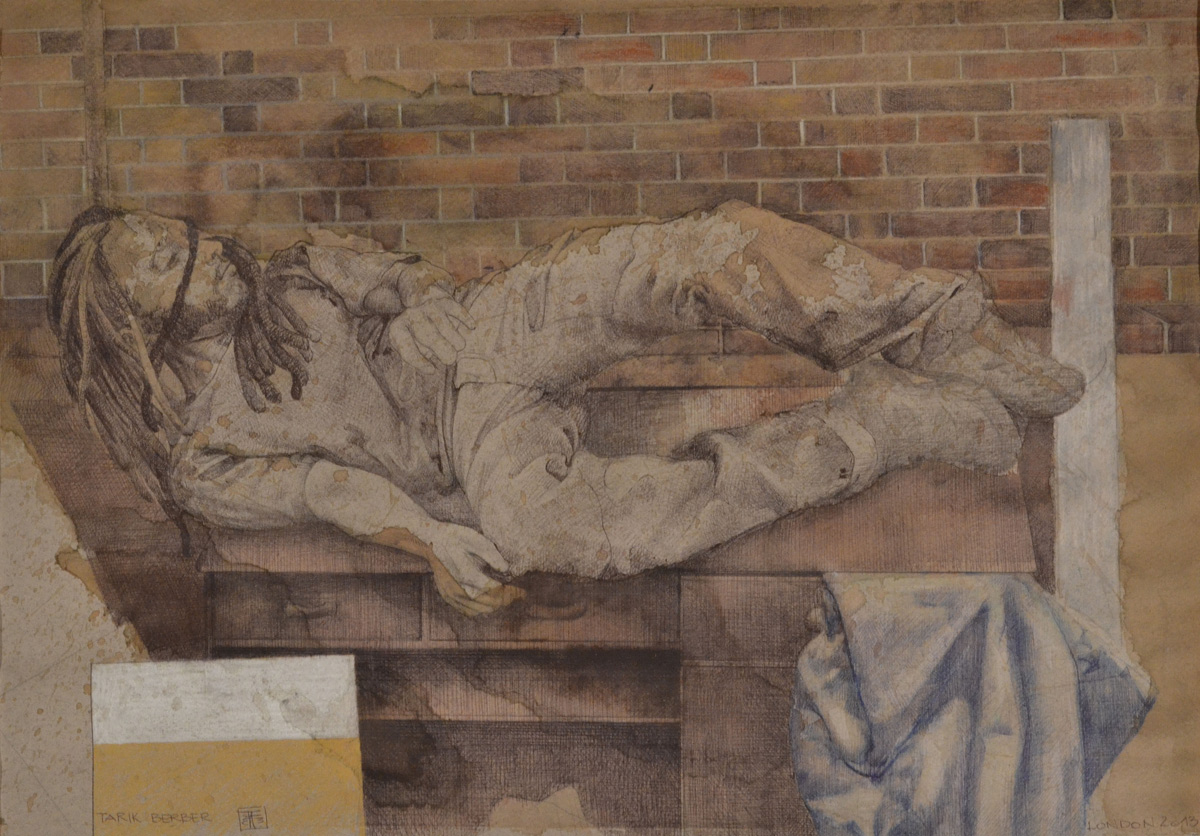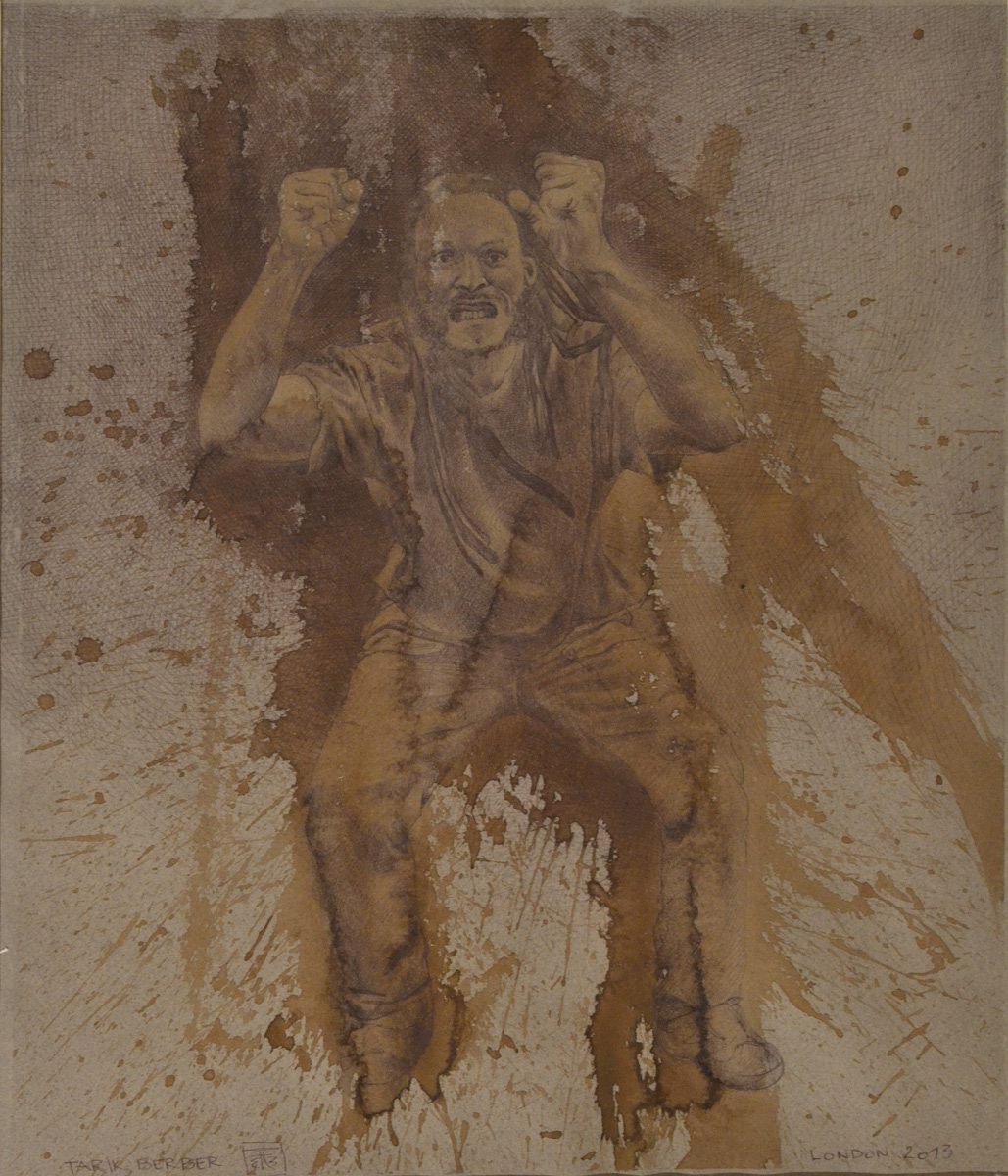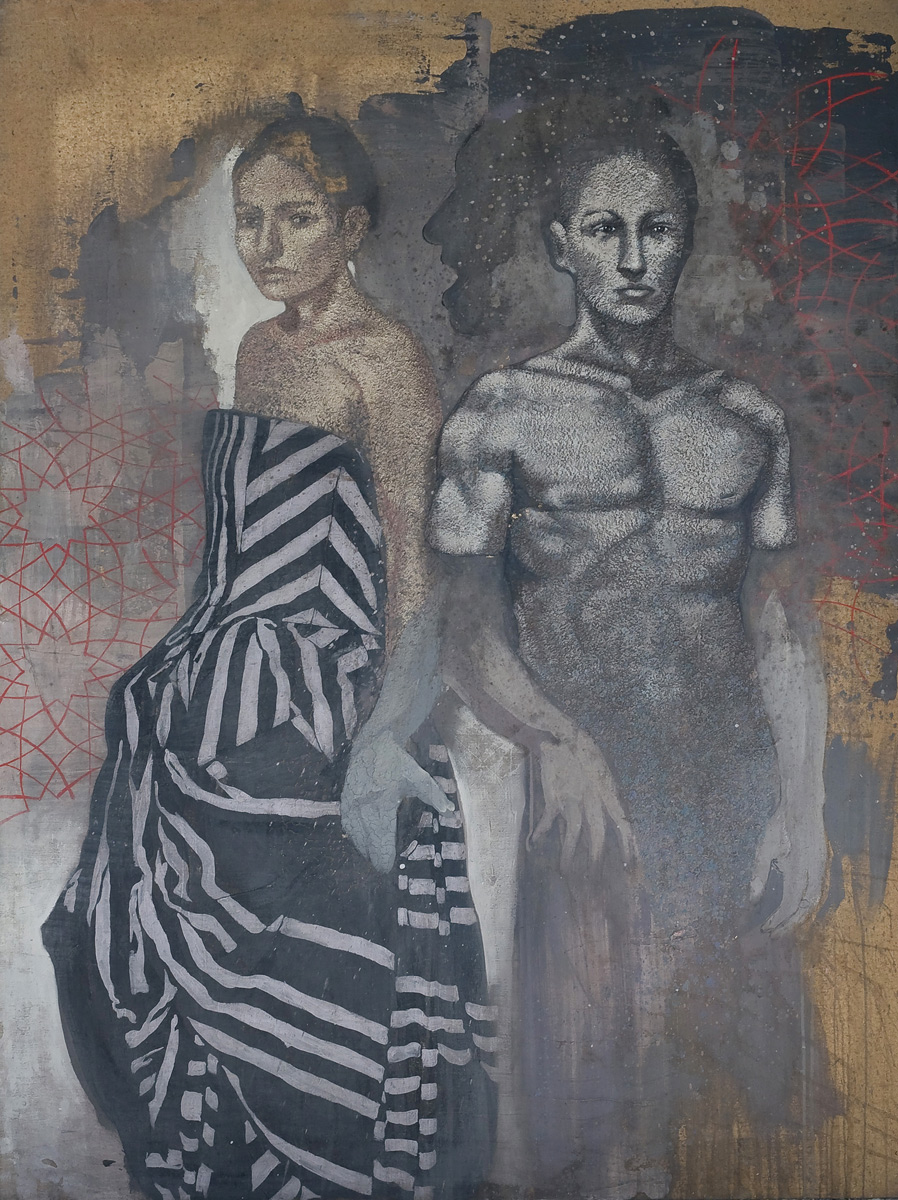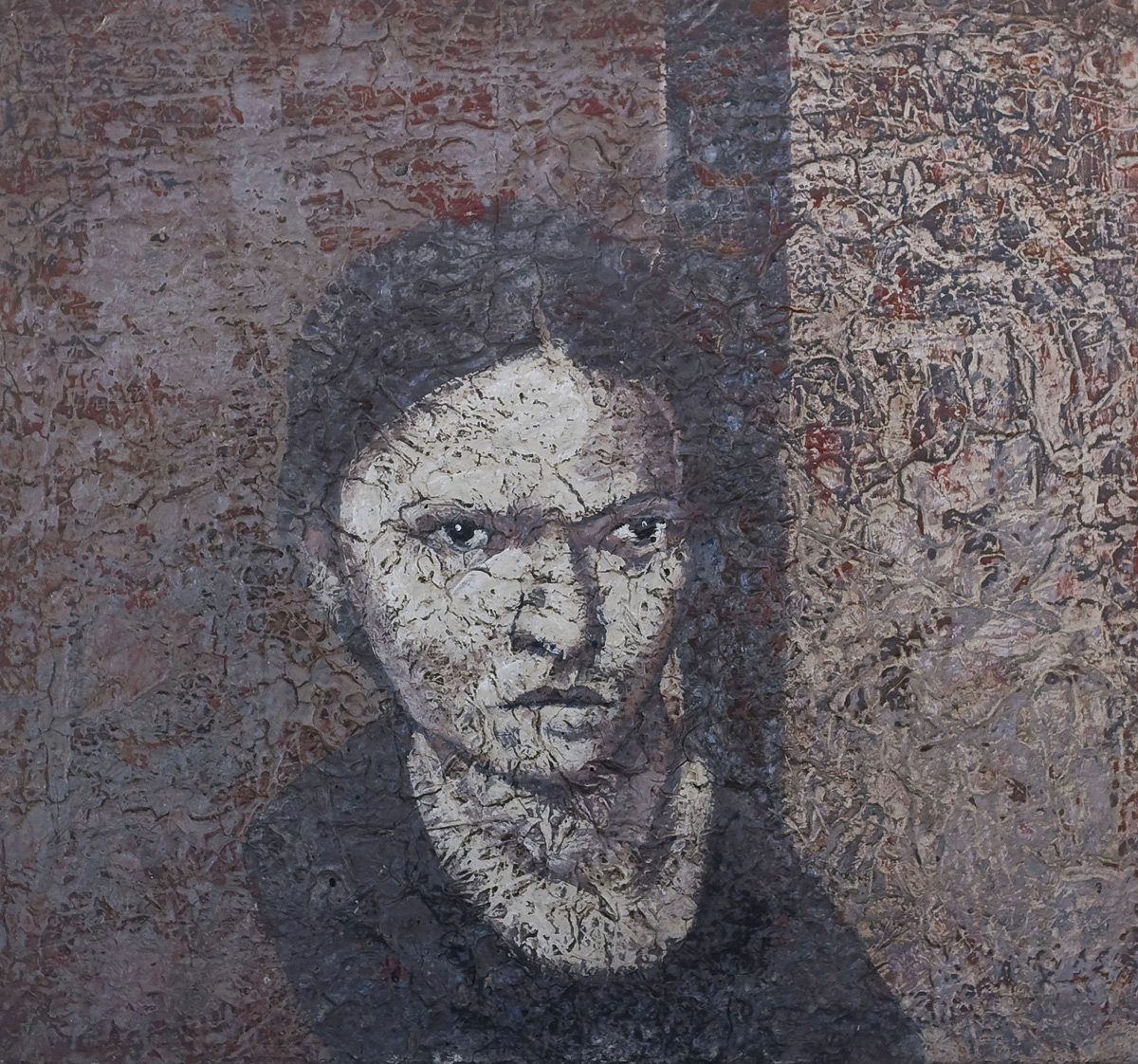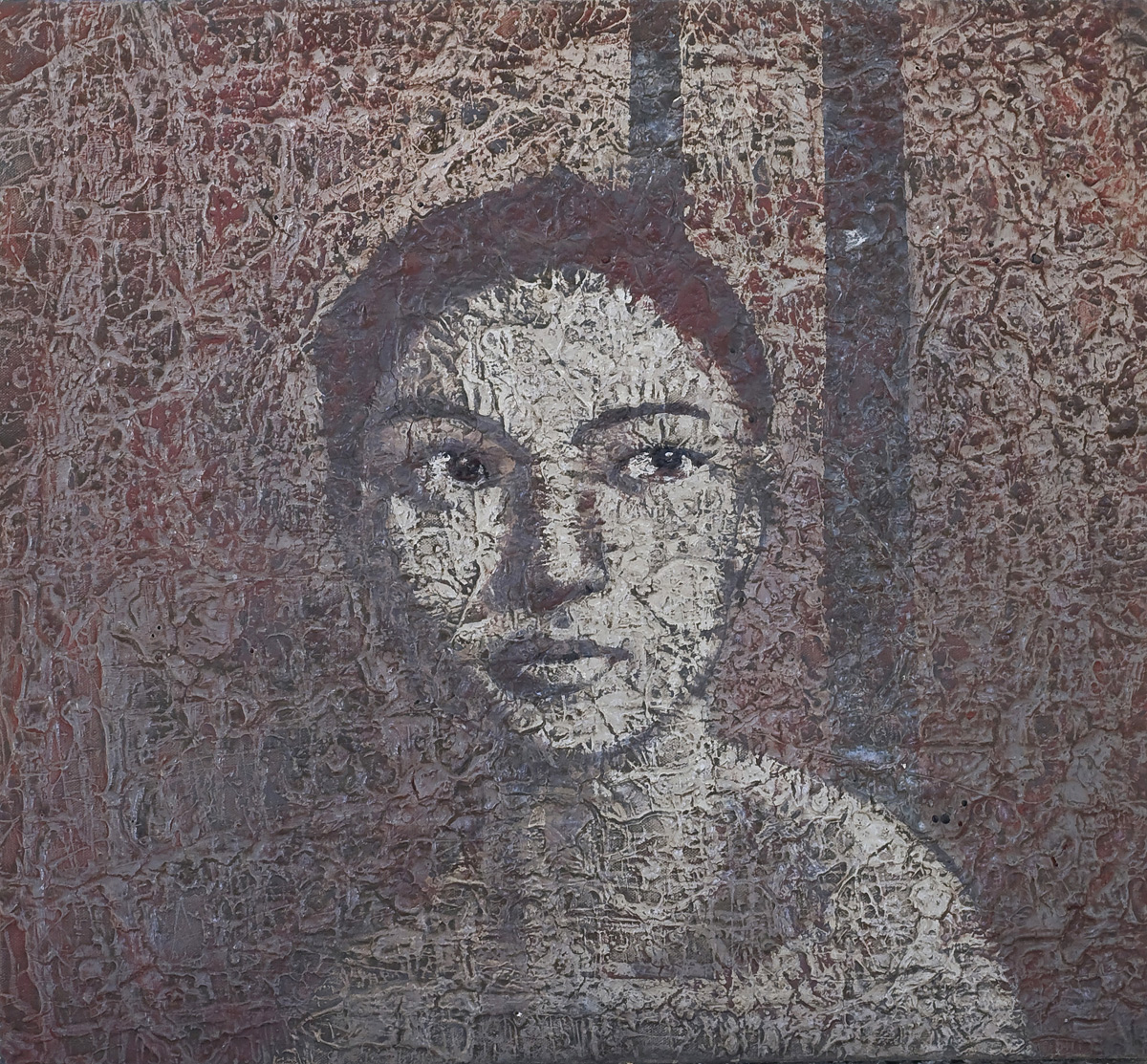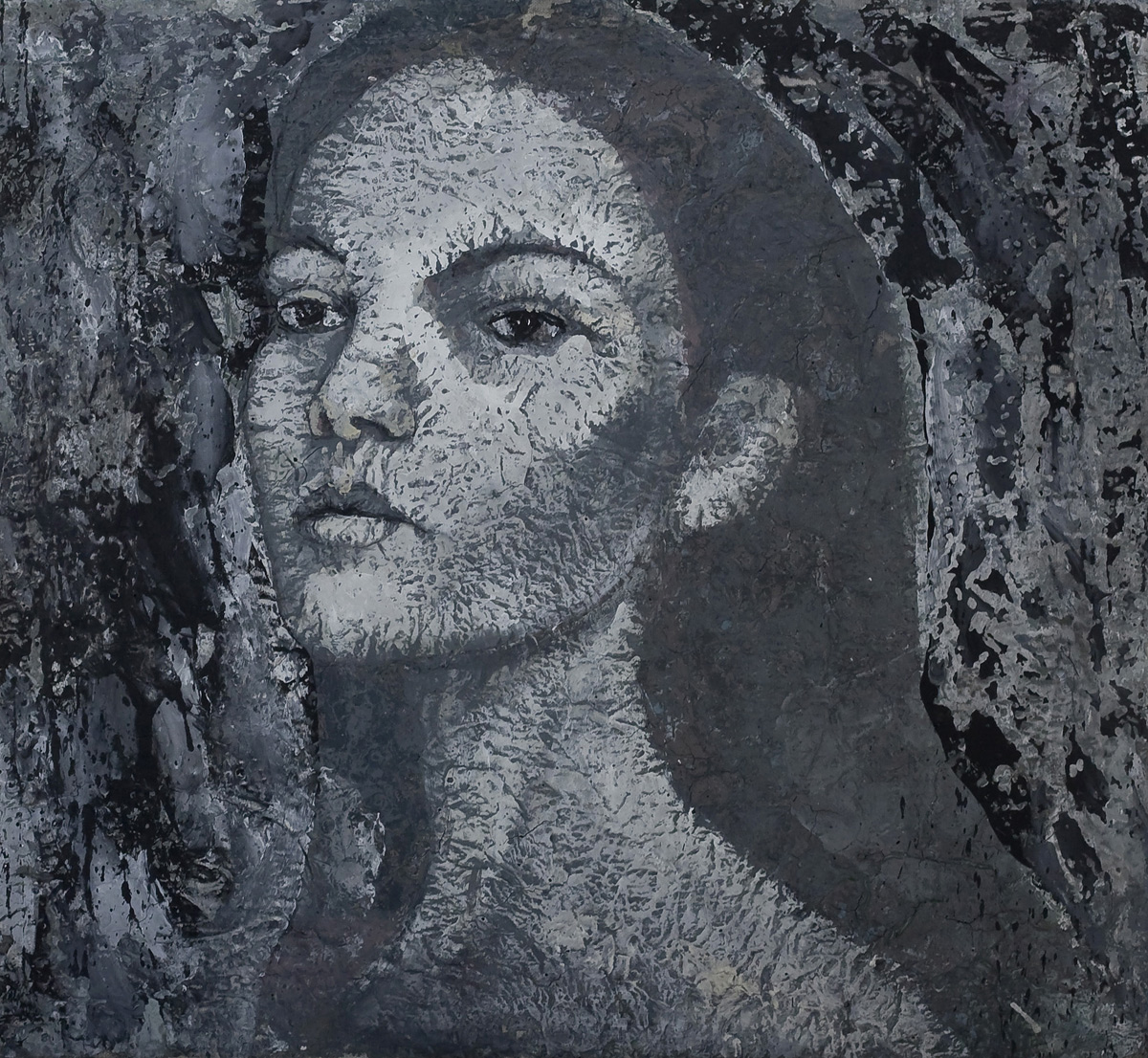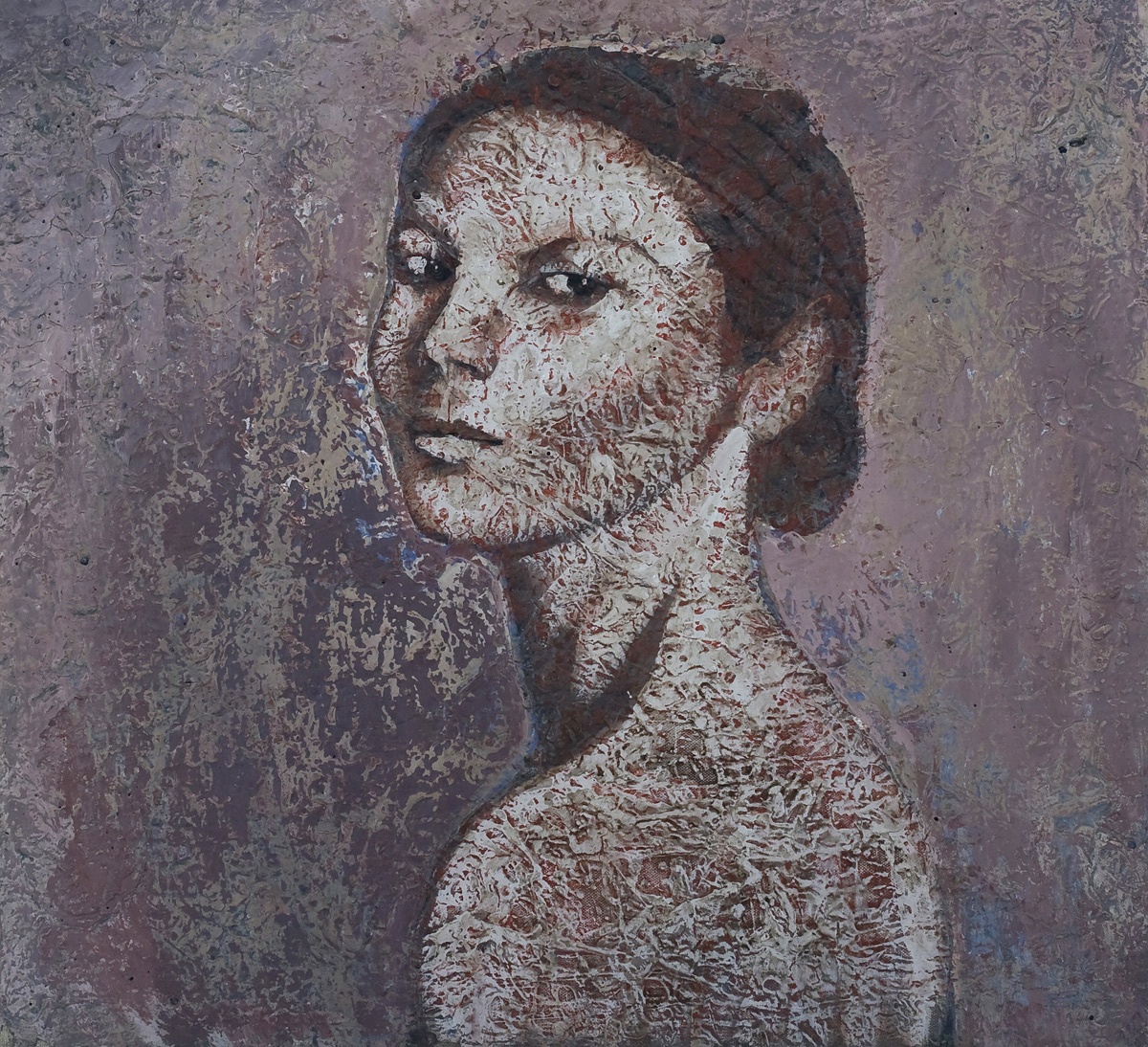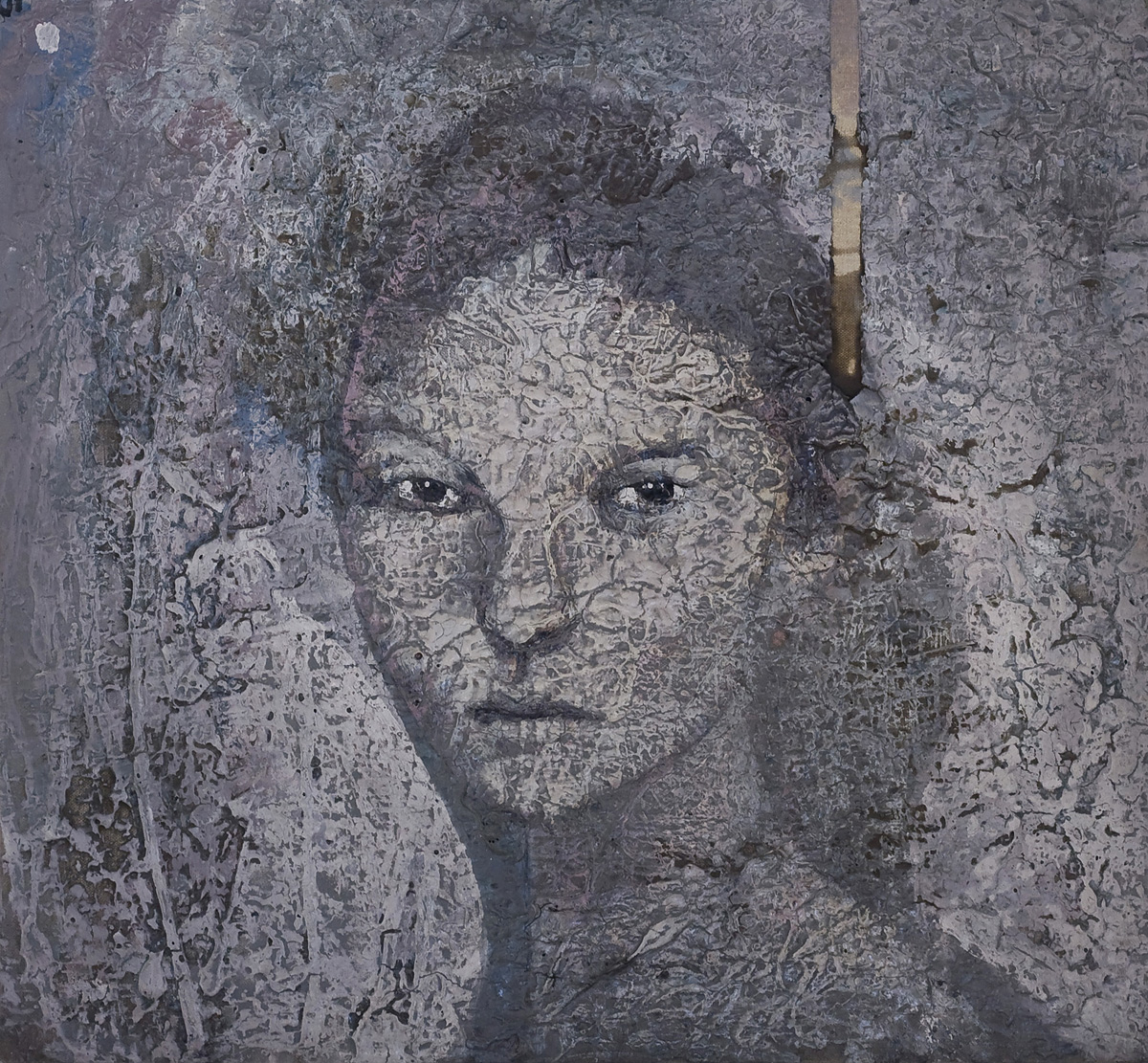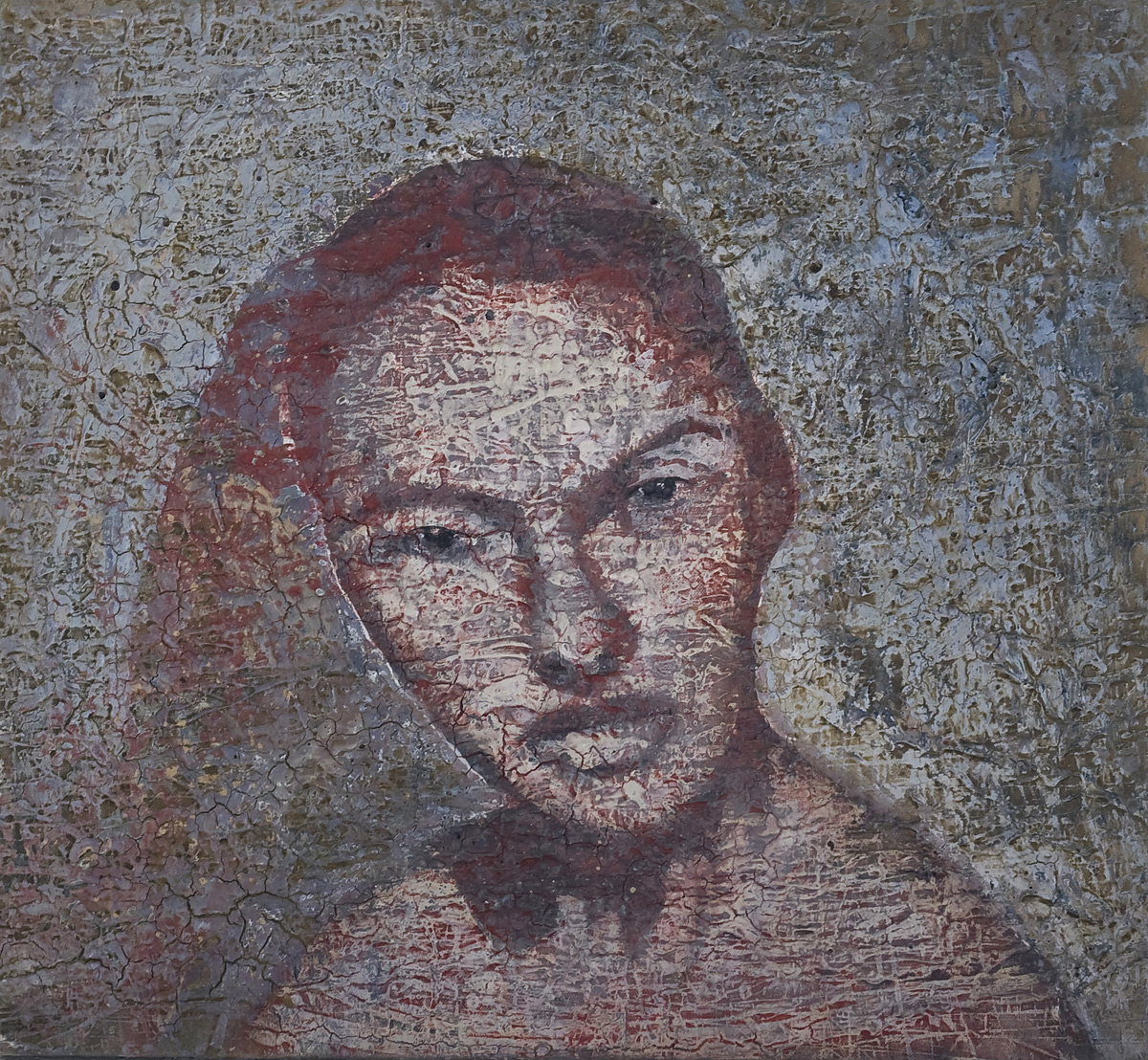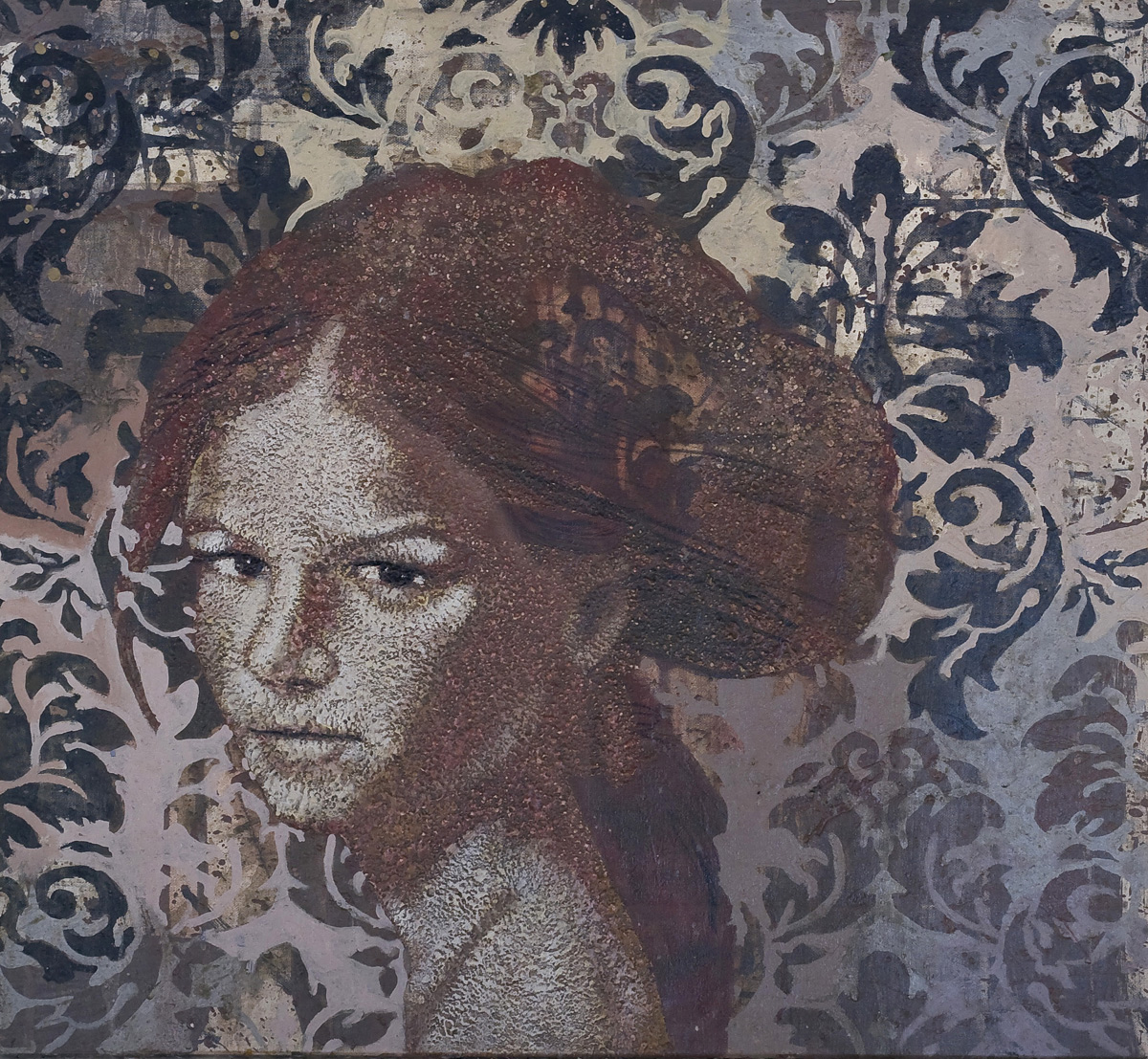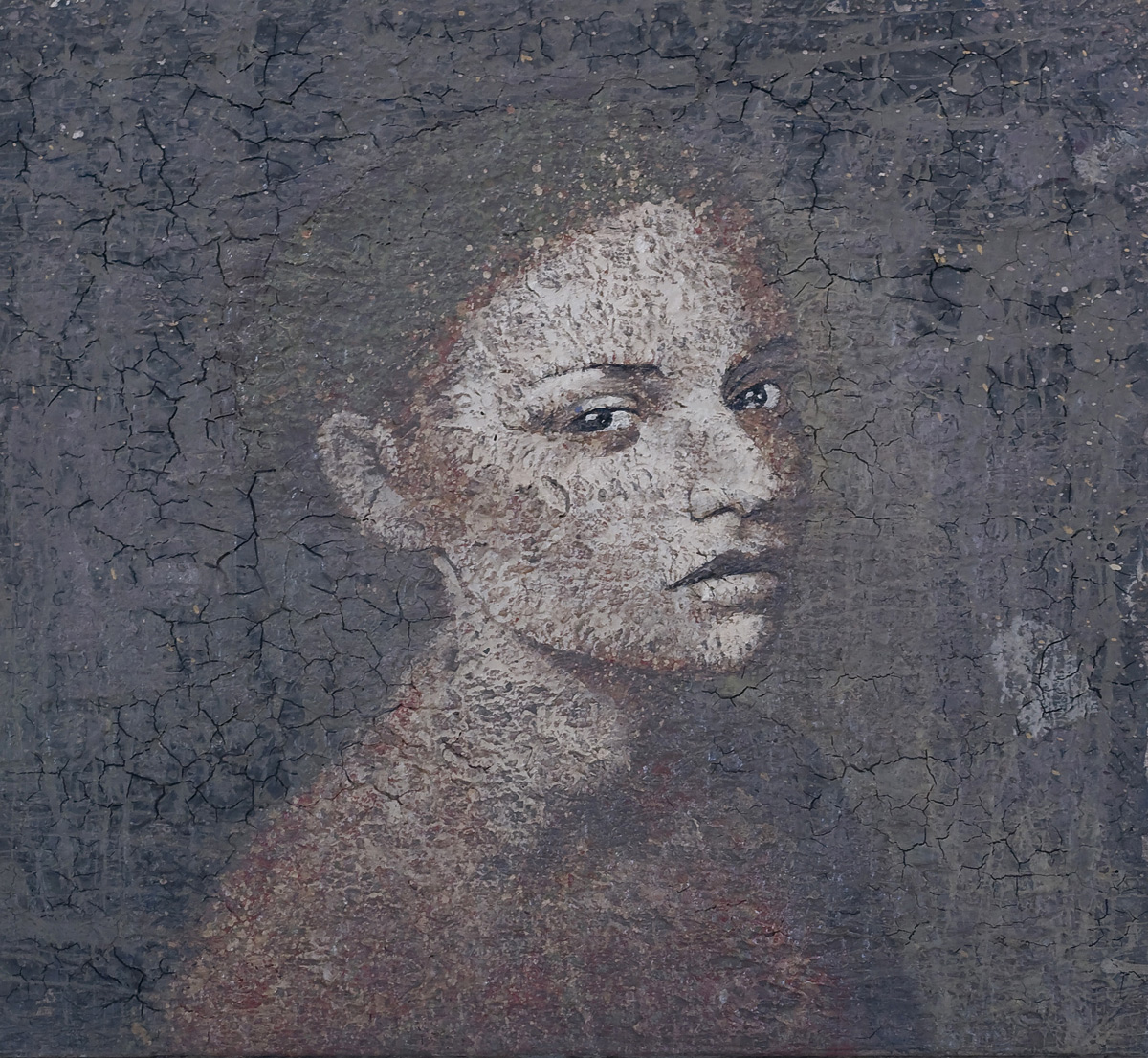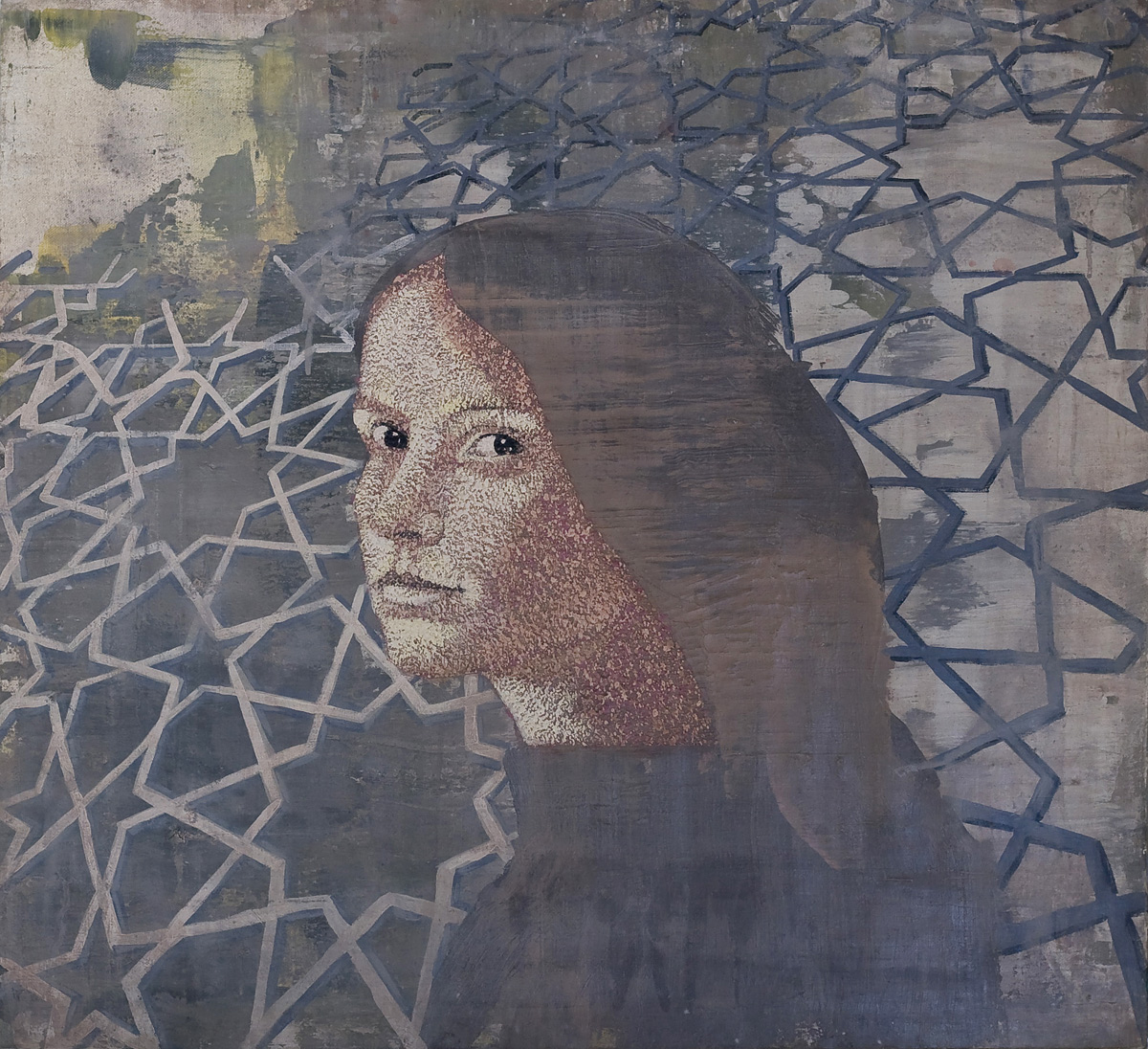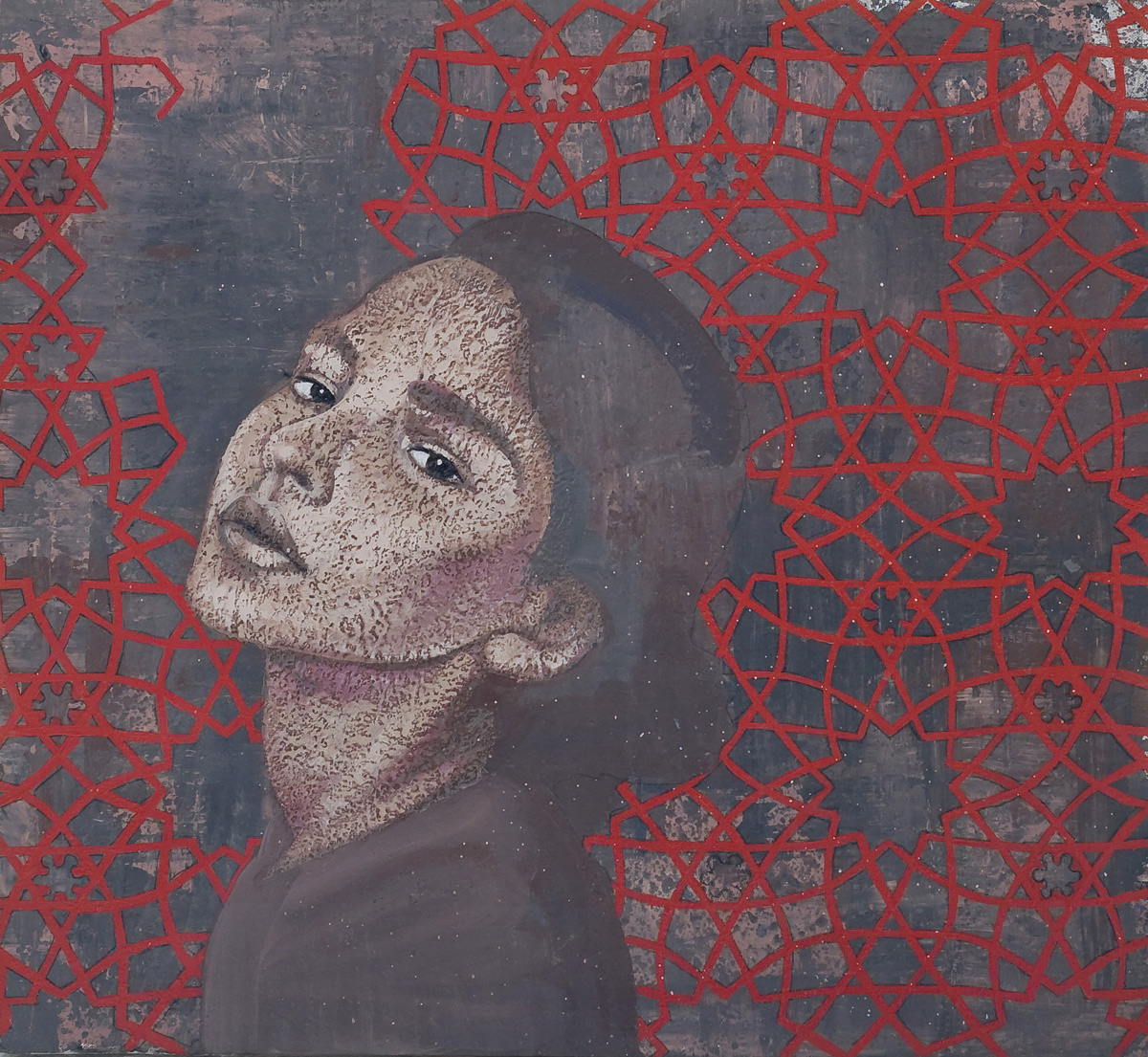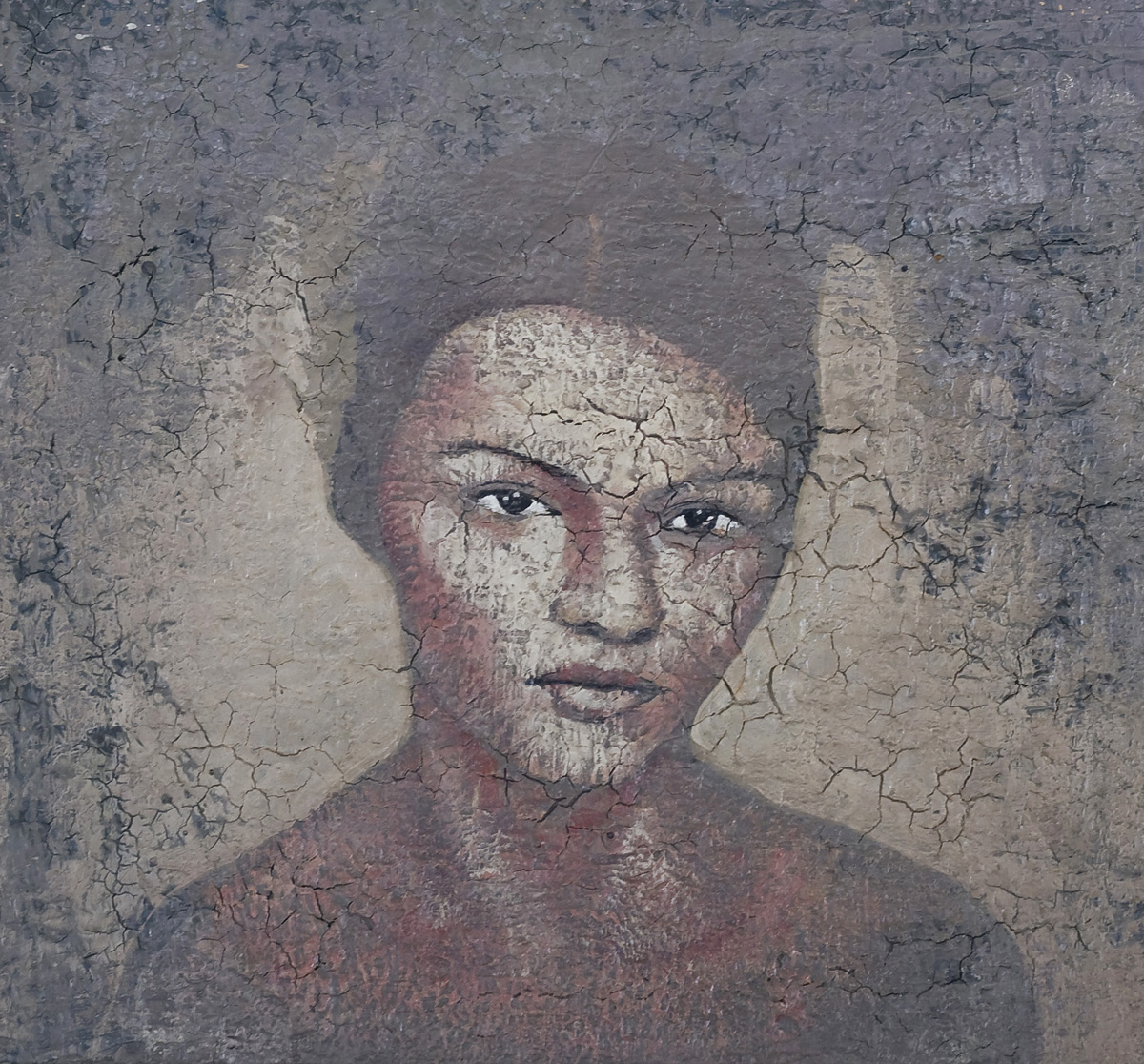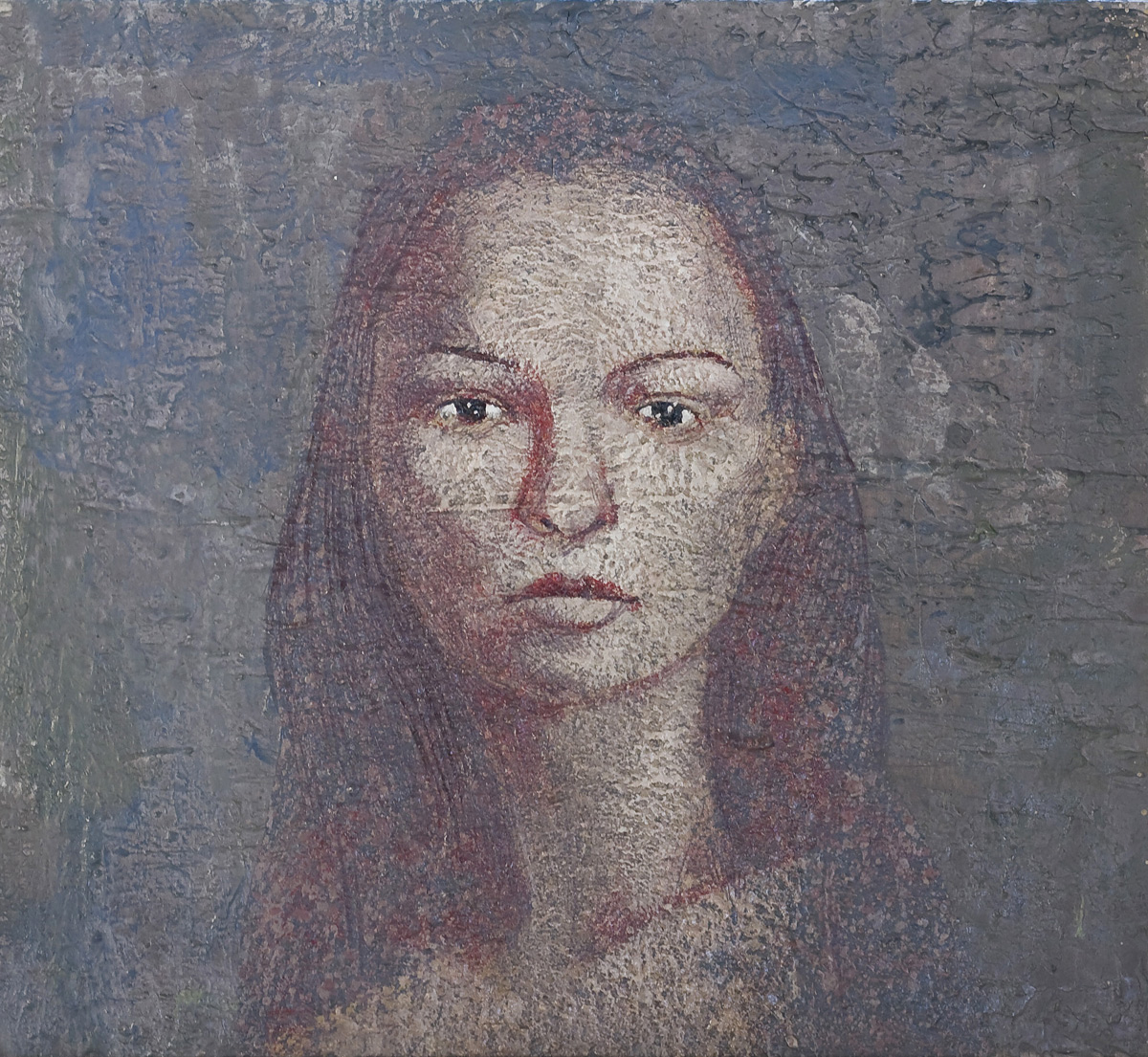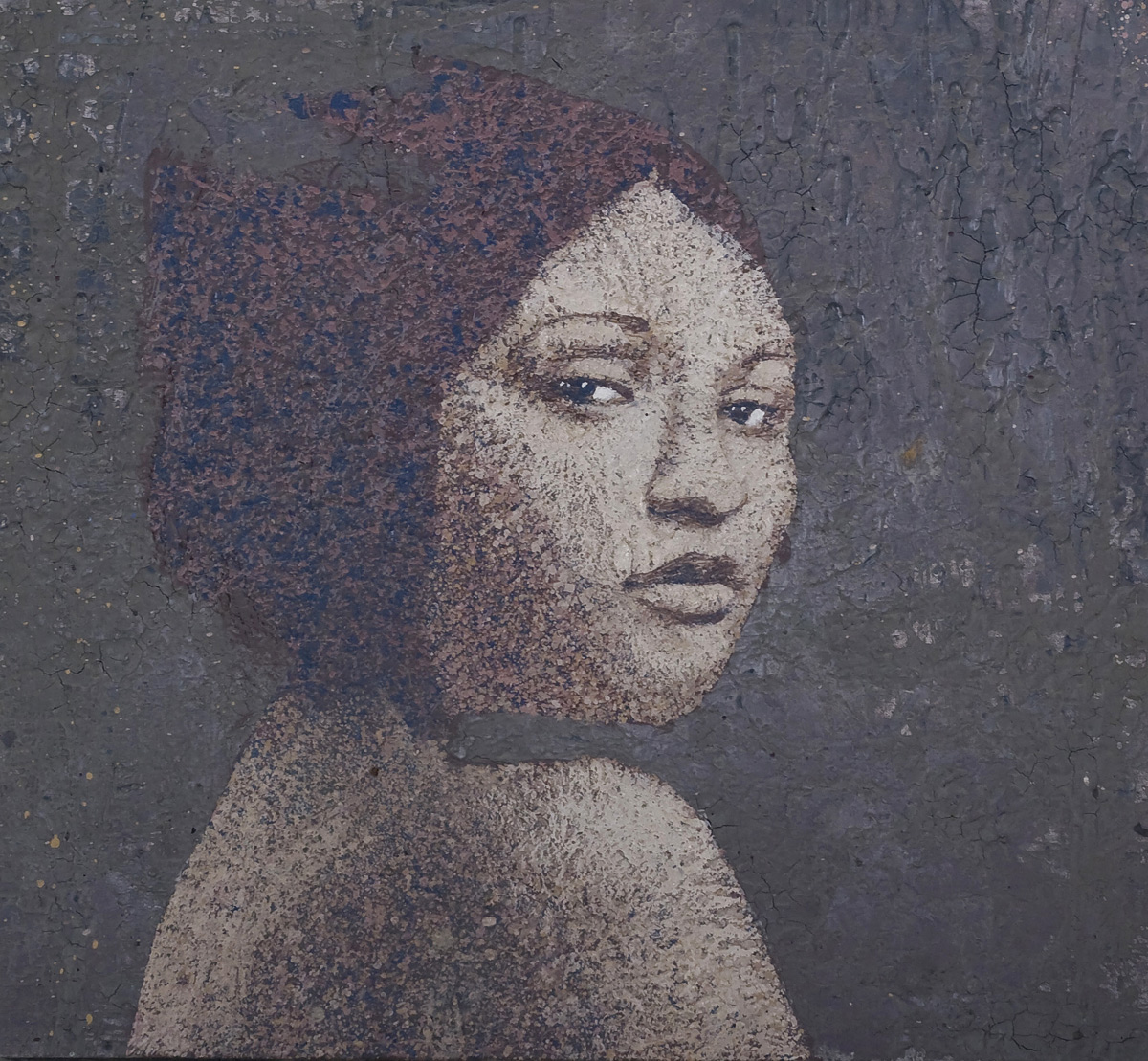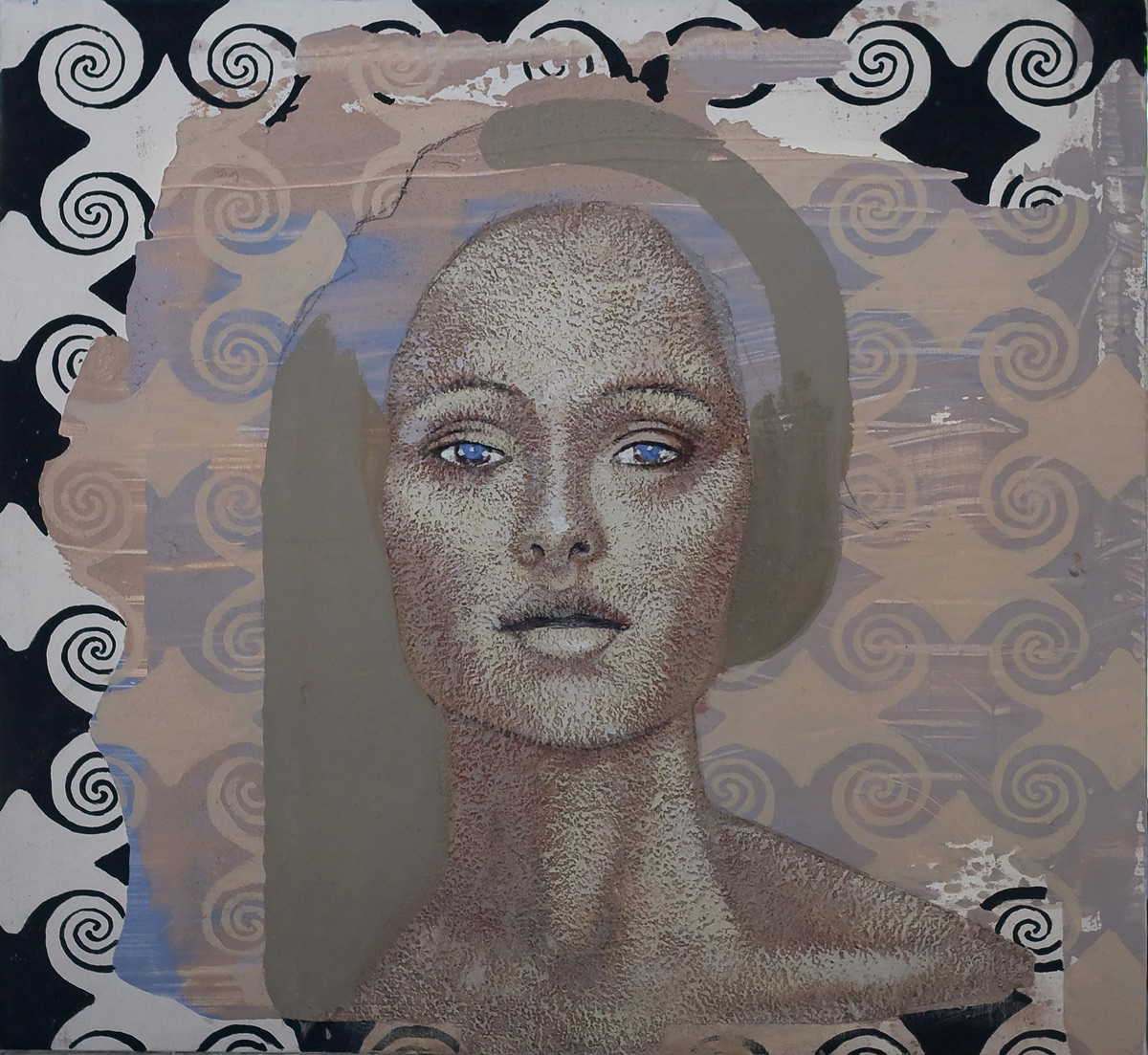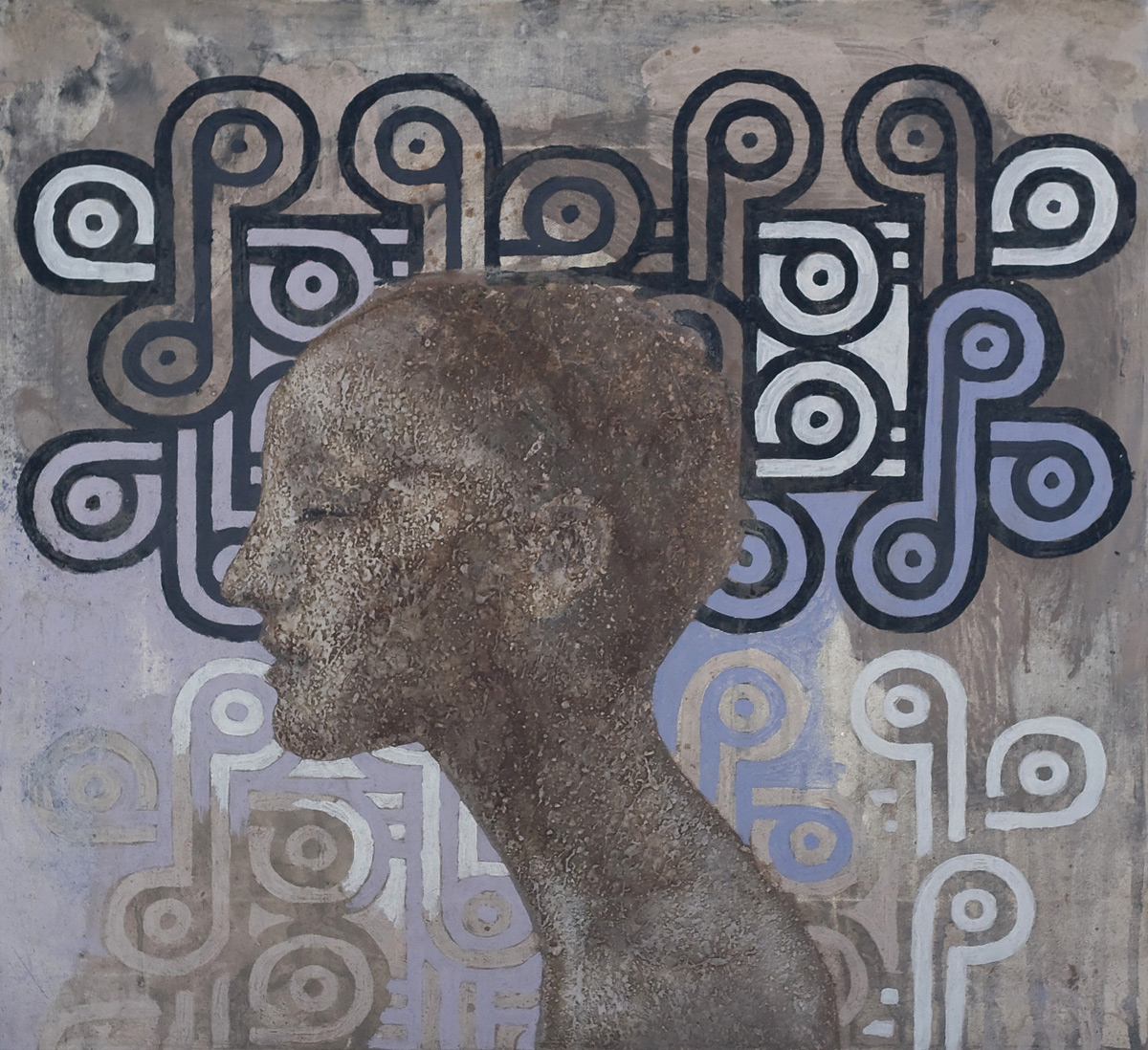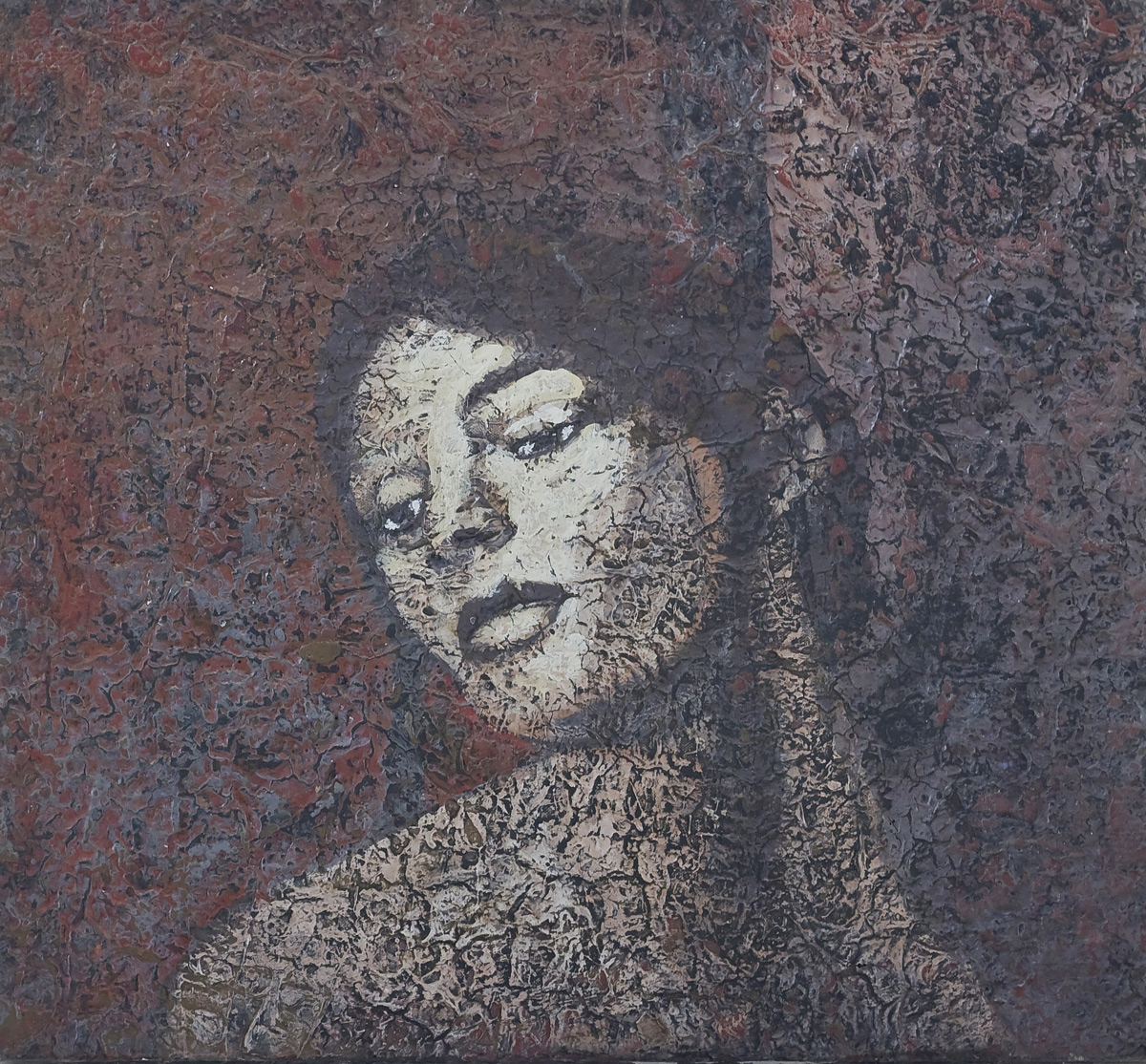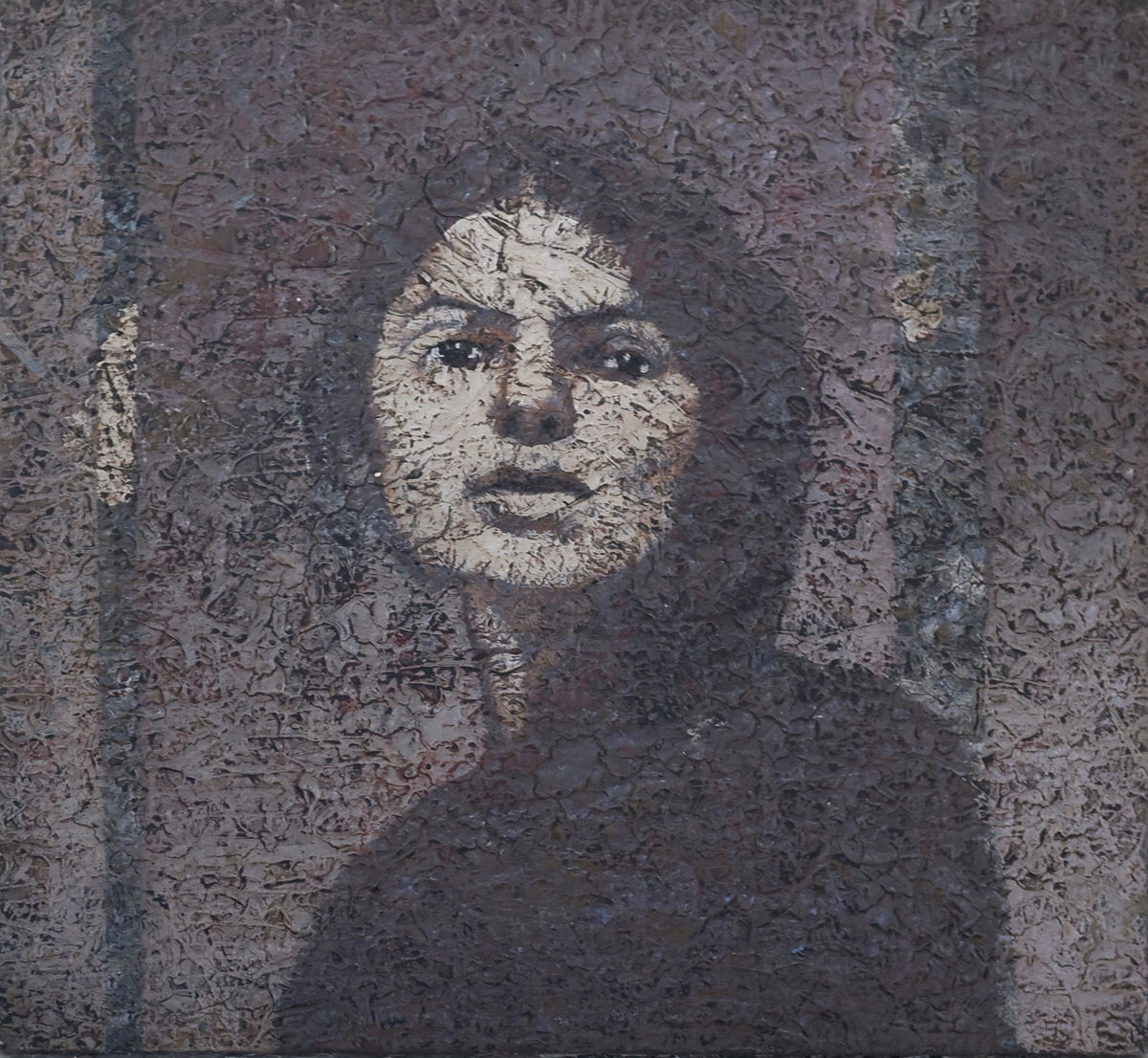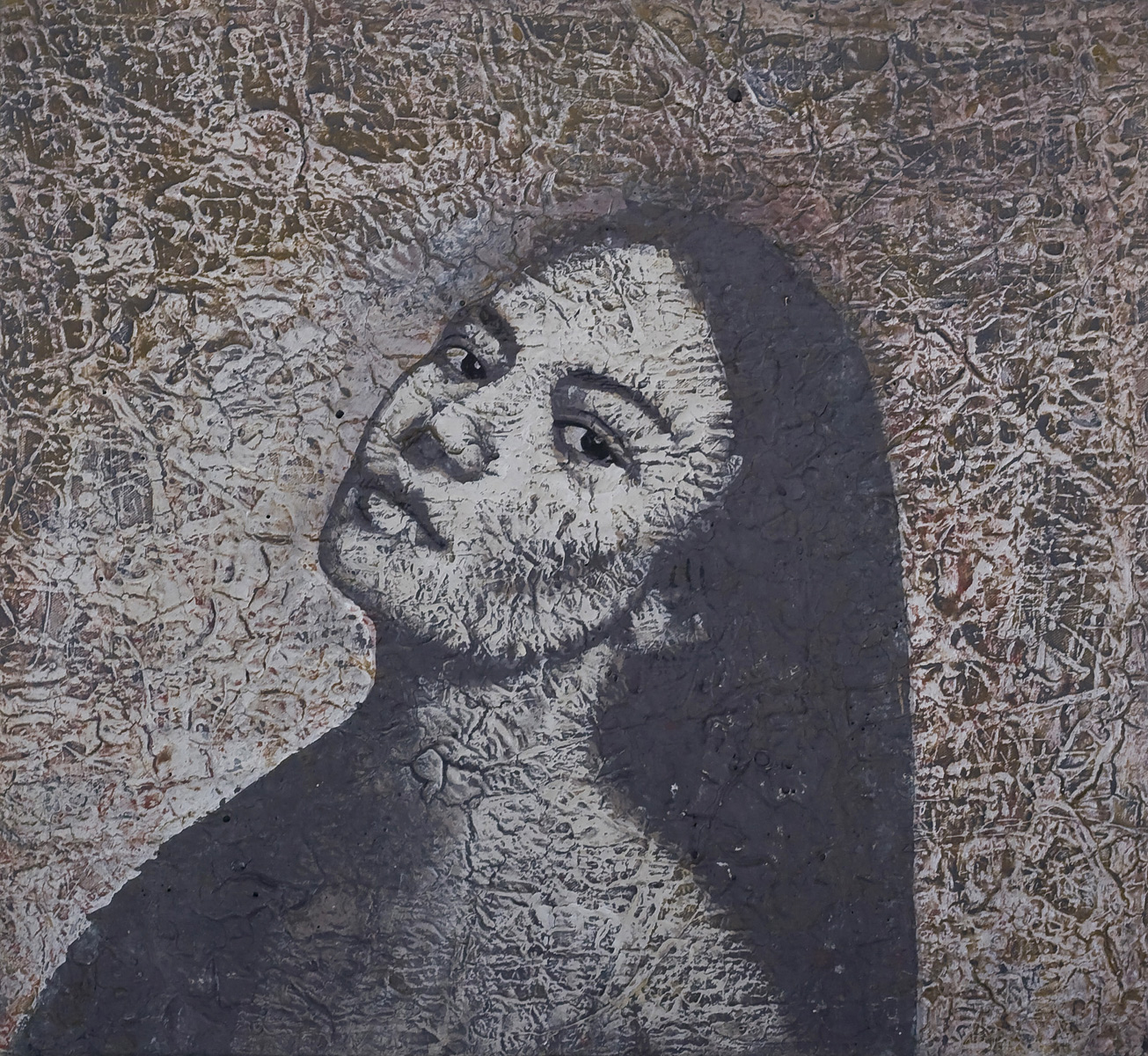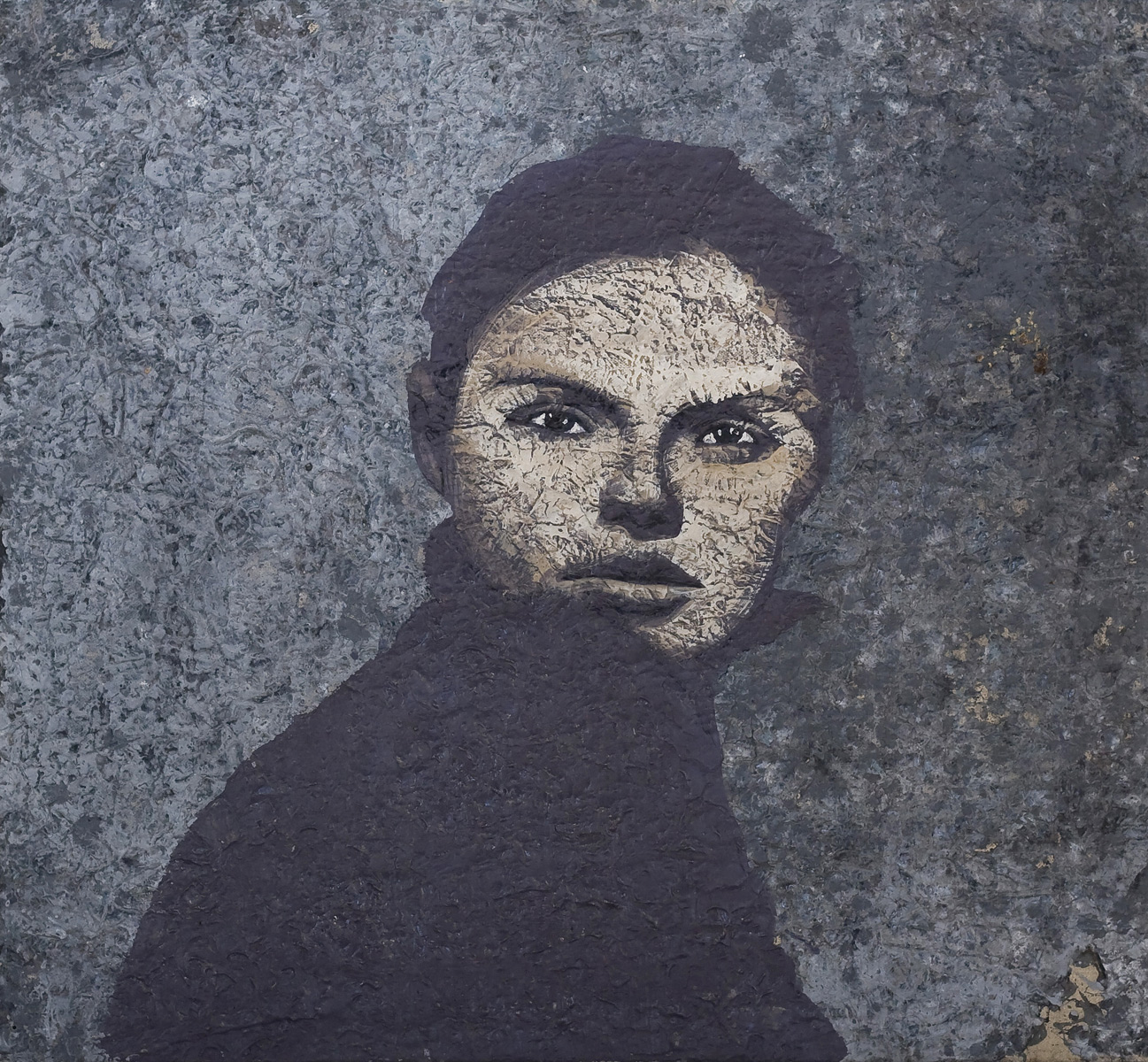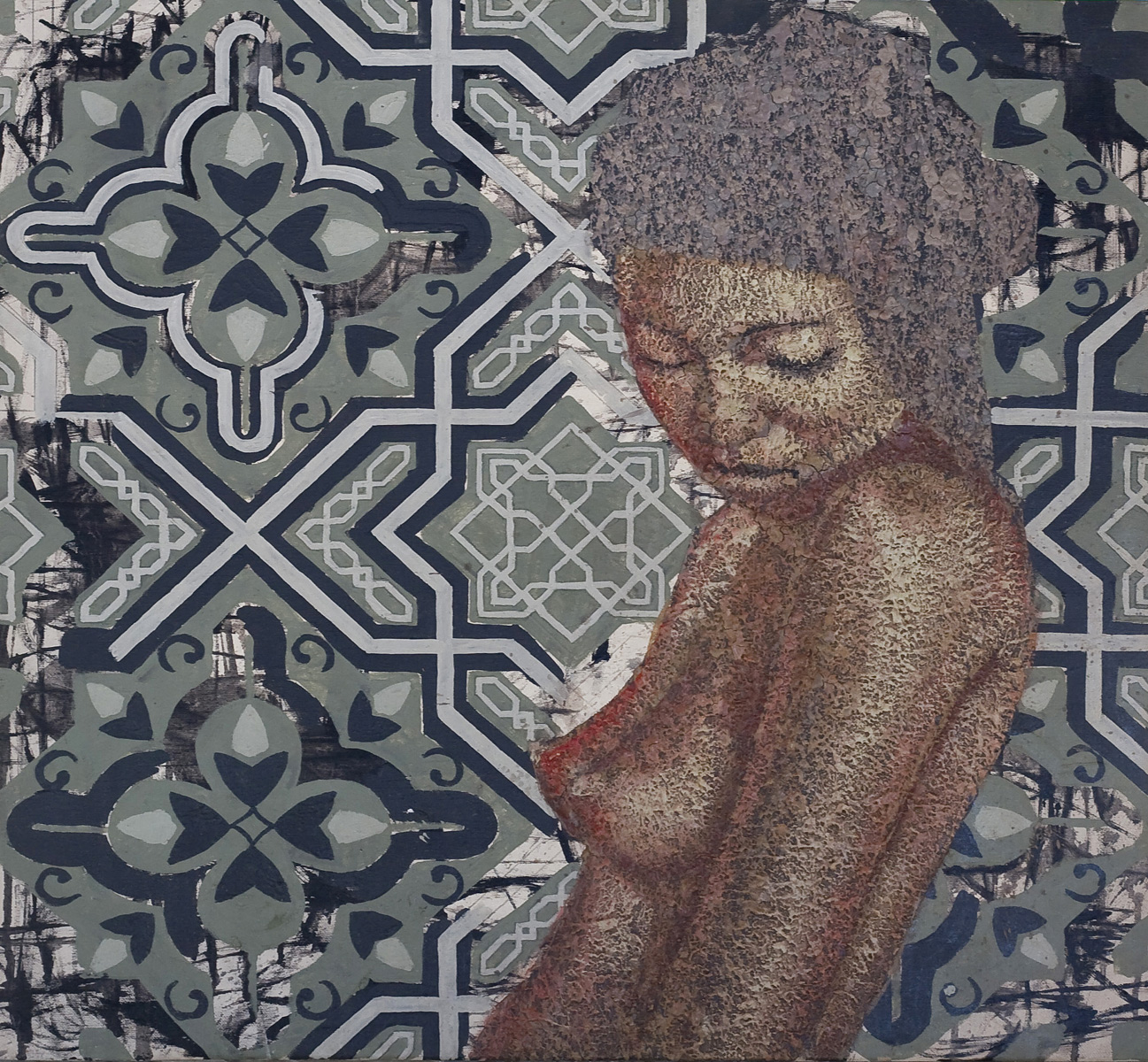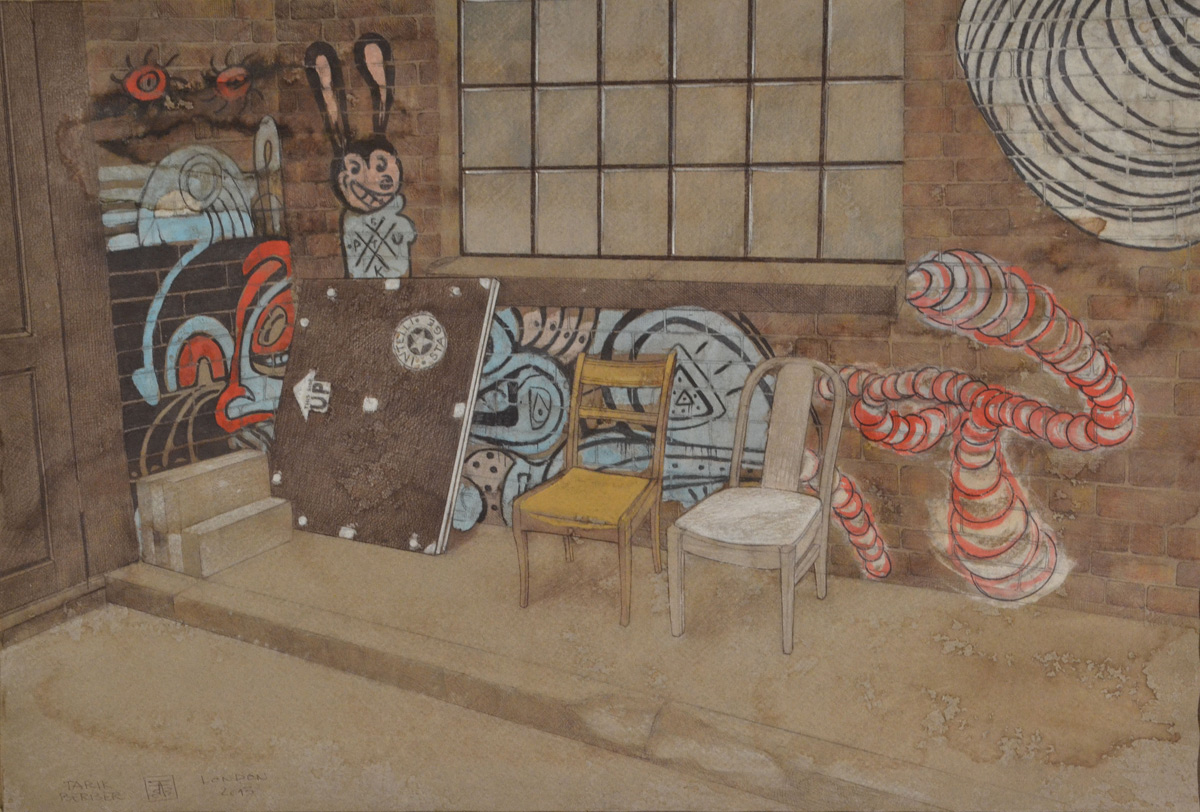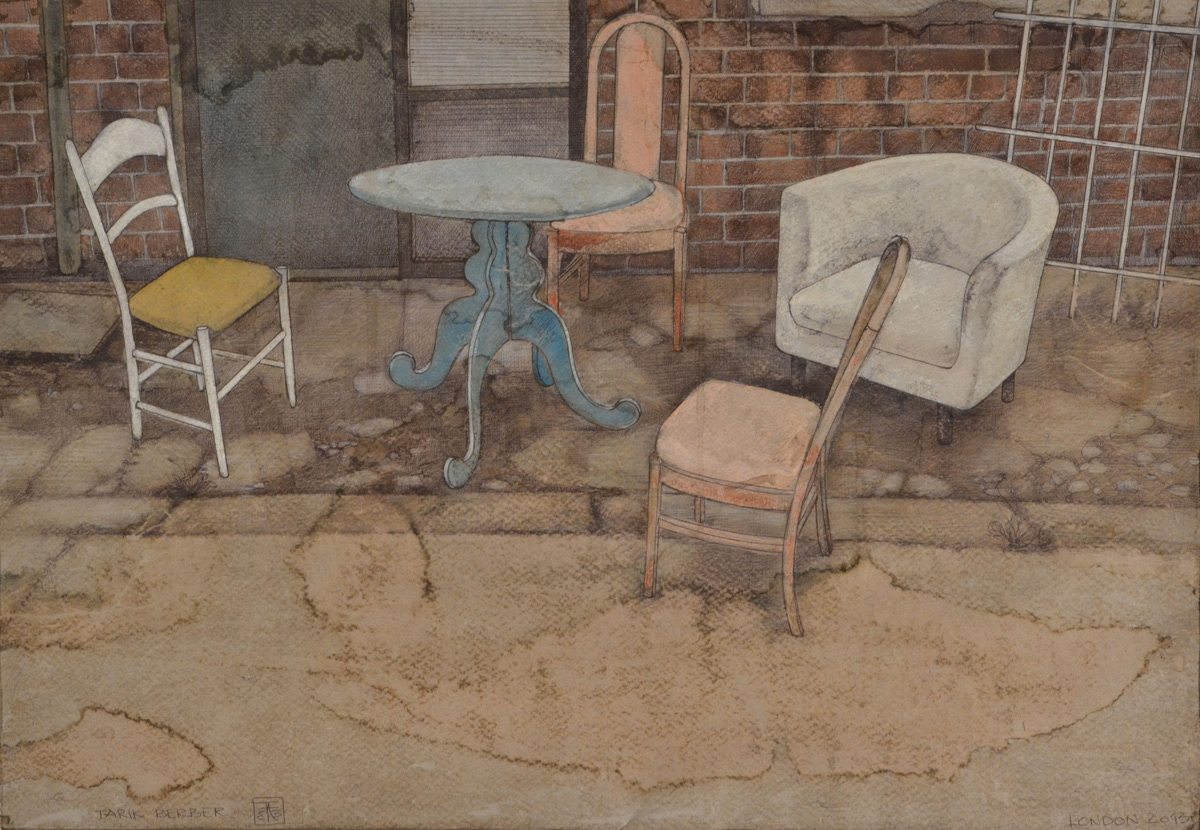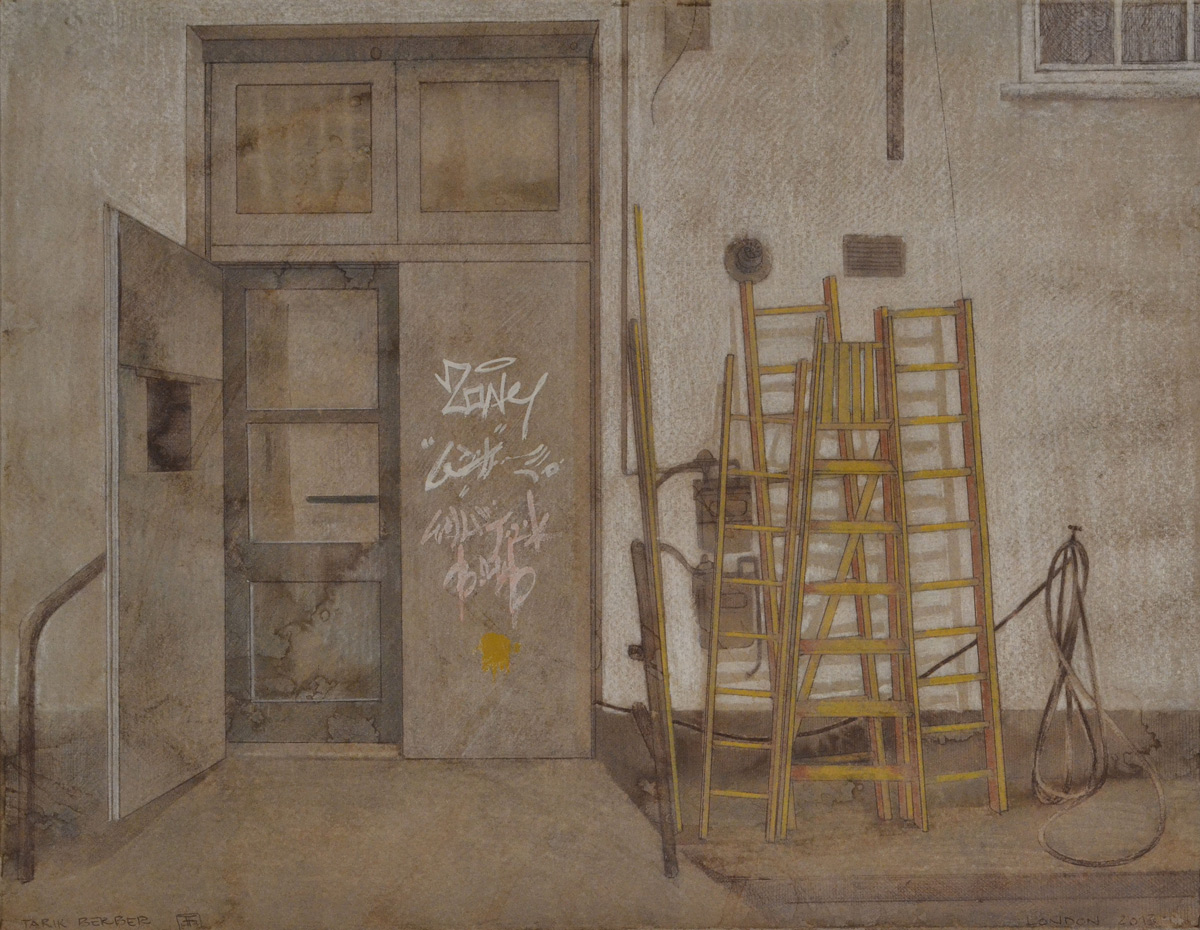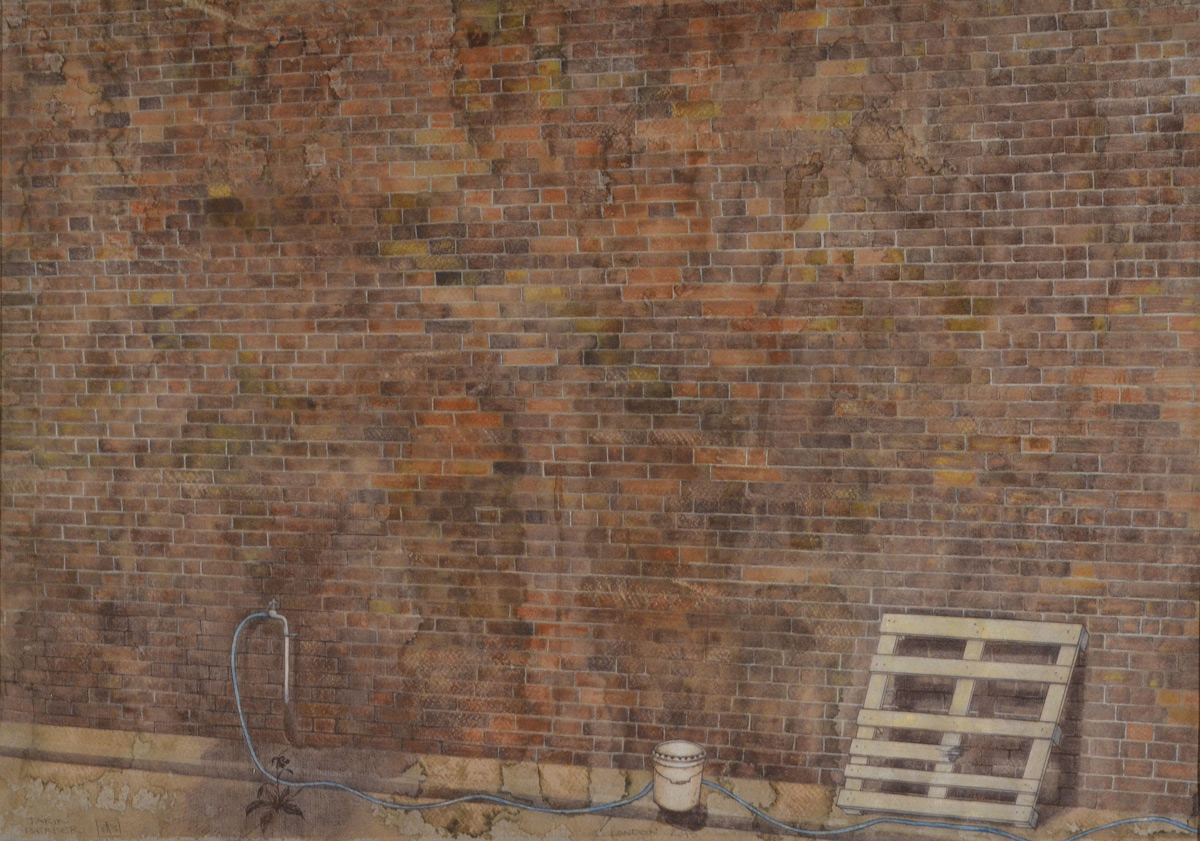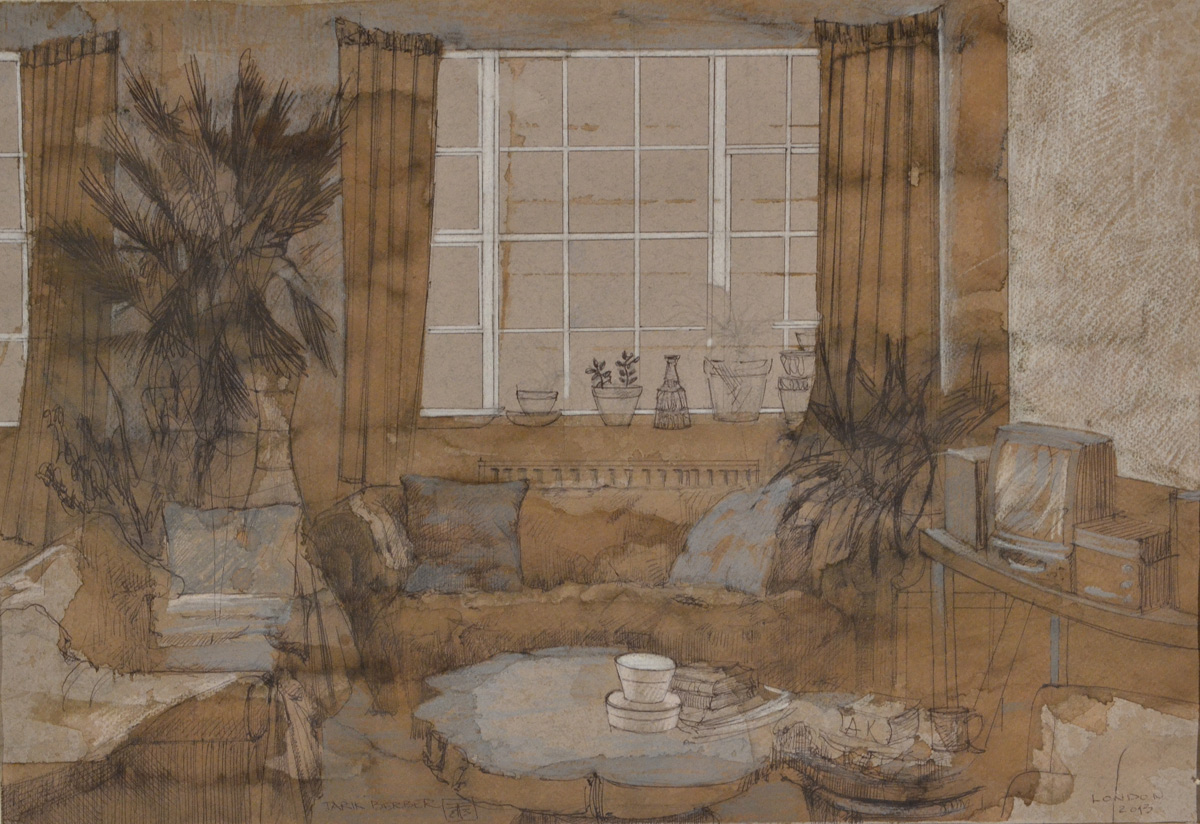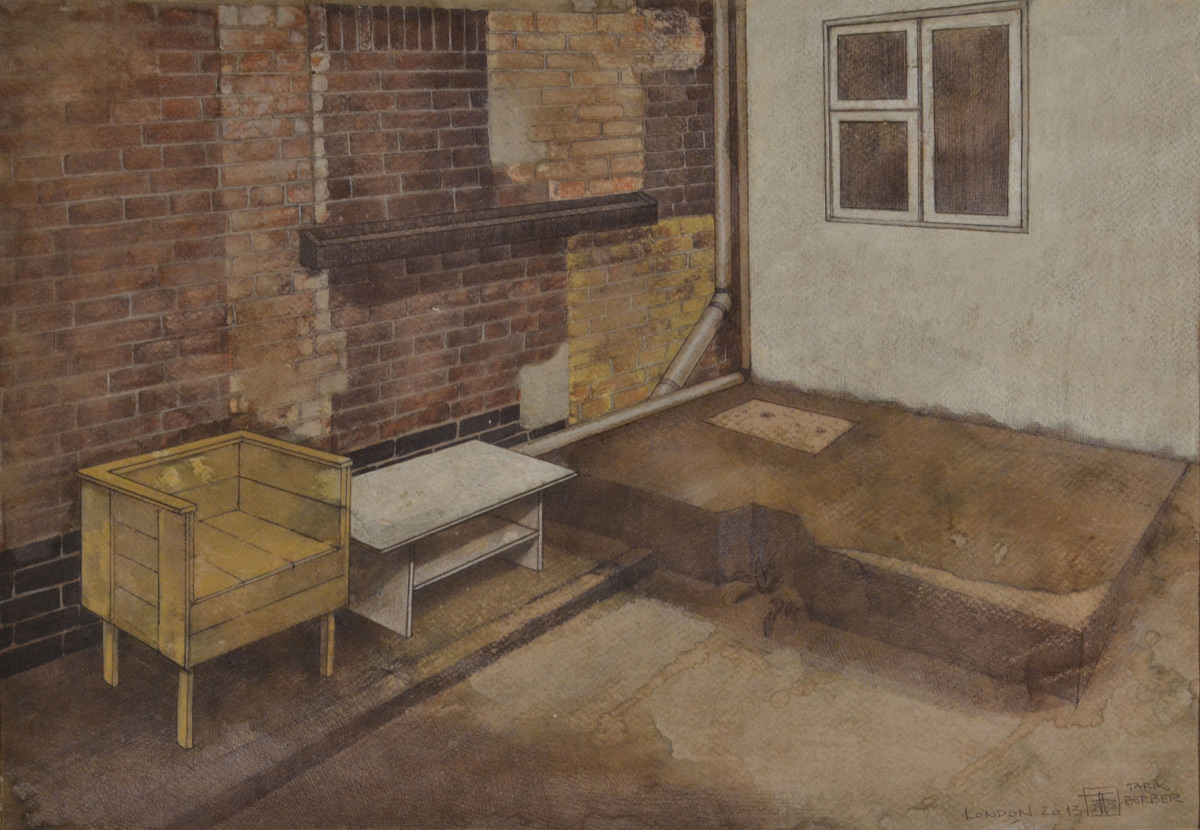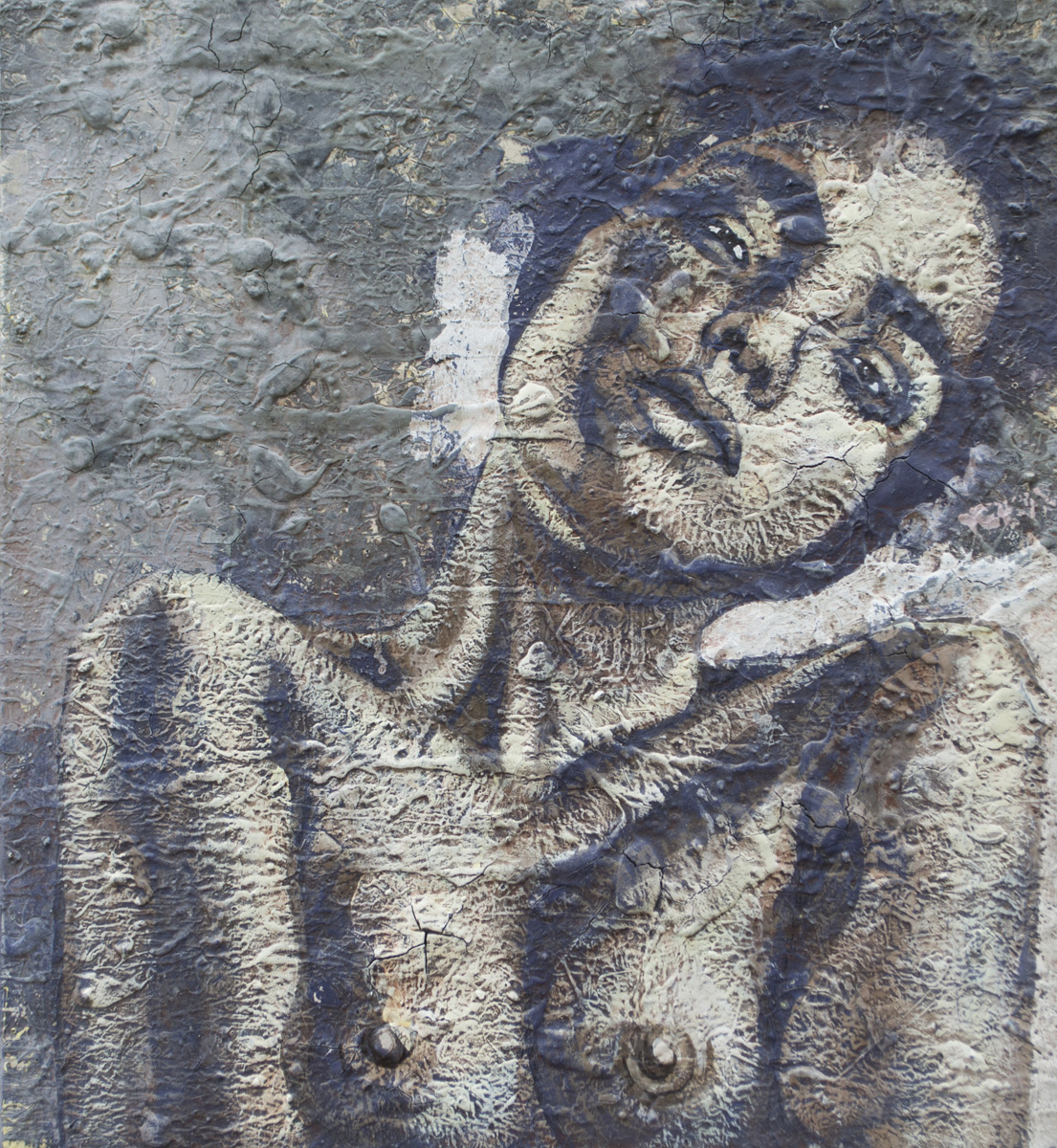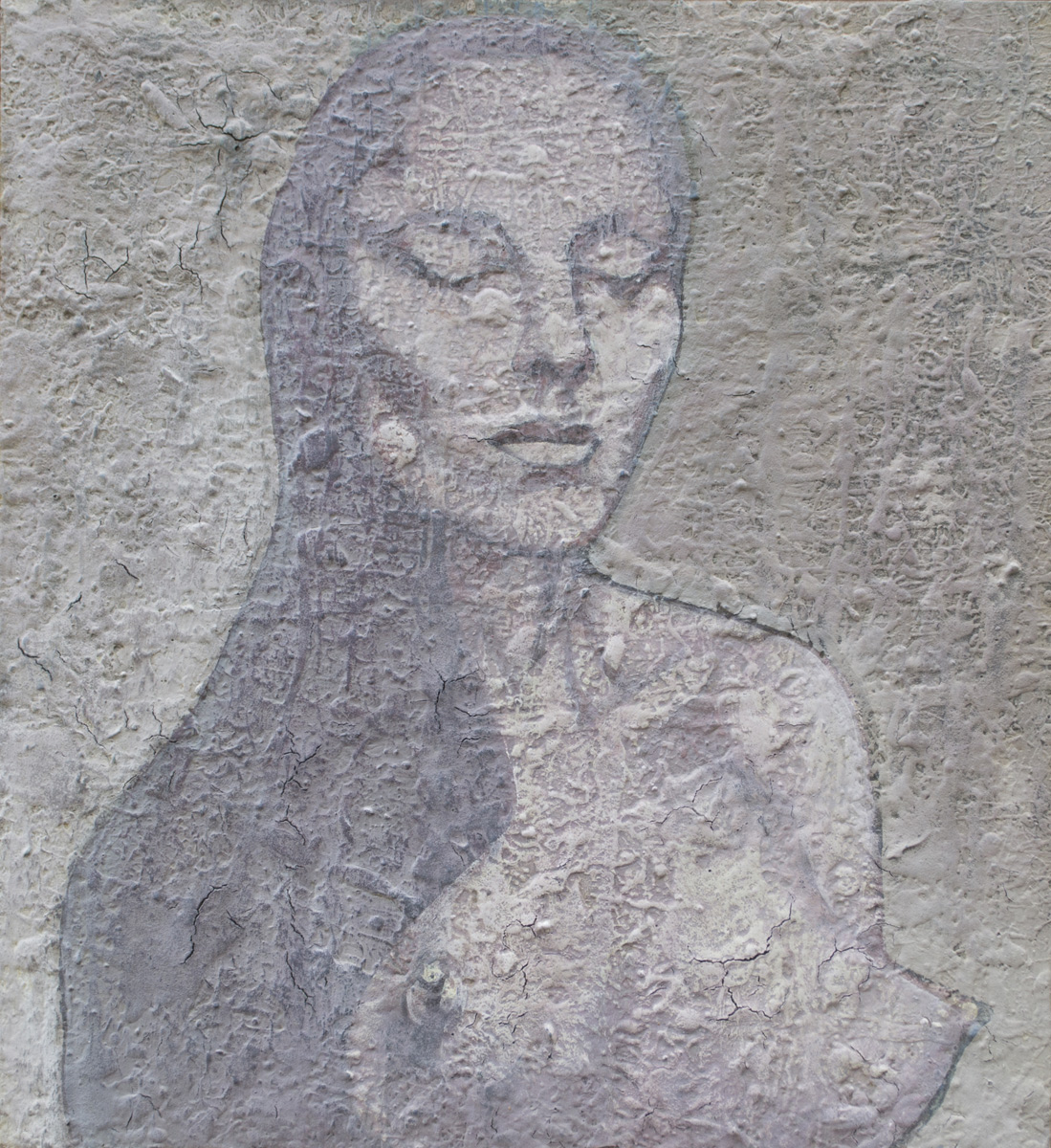Paulina Pluta – painter
.
Ryan Ostrowski – painter
Tribal Pop:
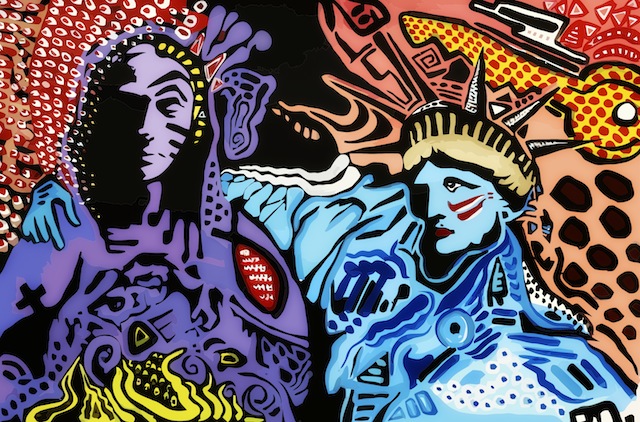
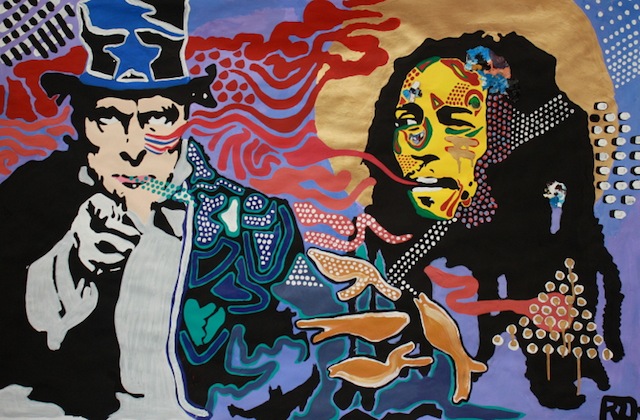
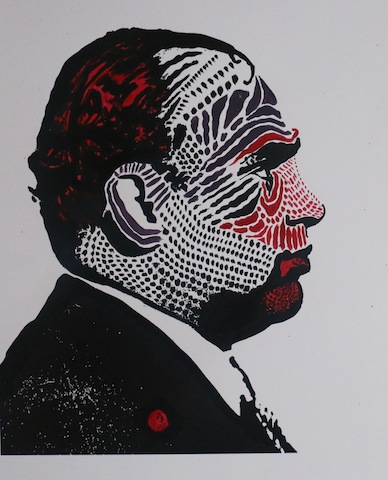
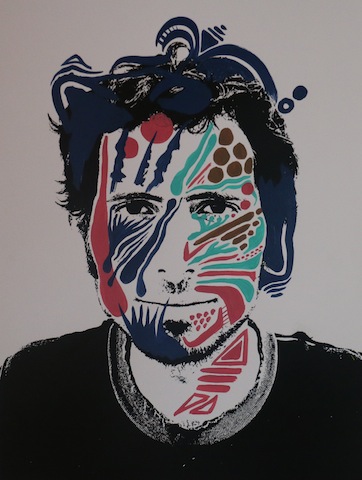
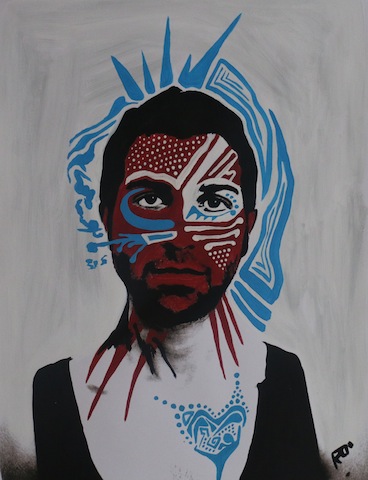
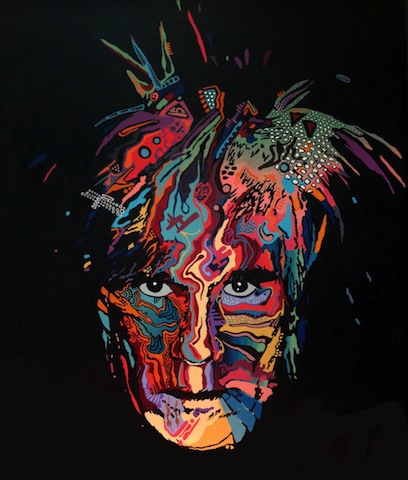
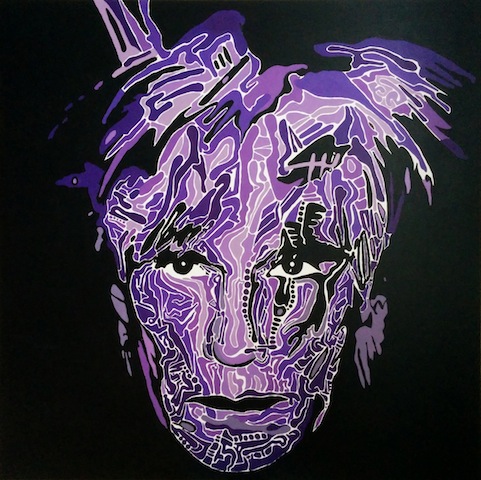
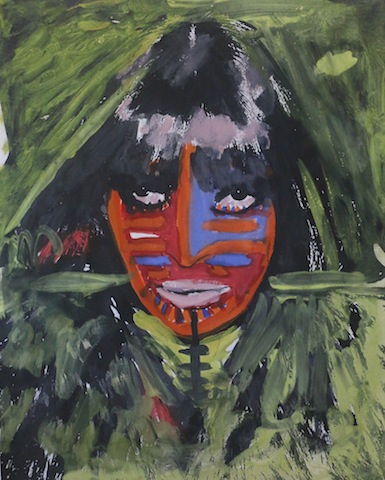
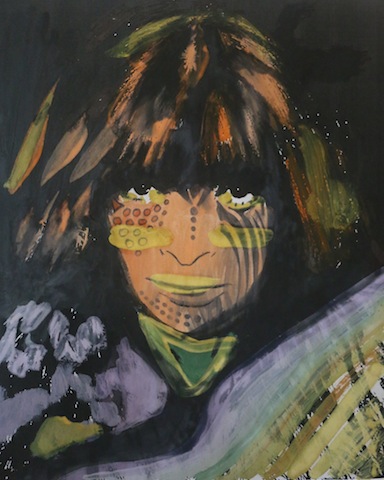
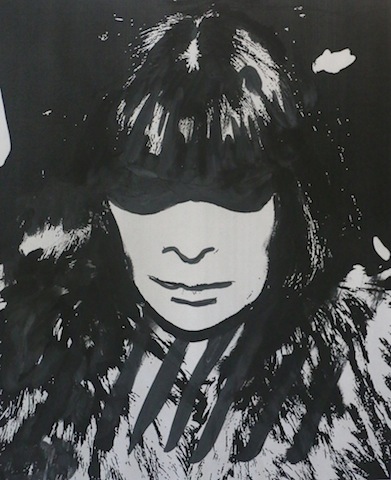
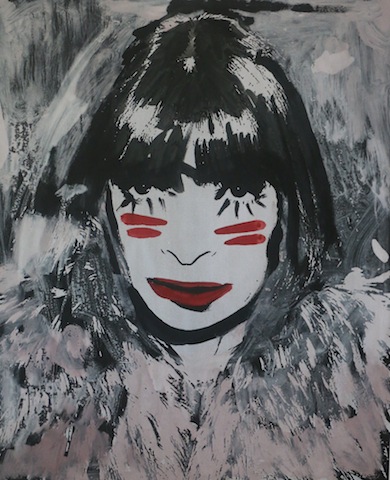
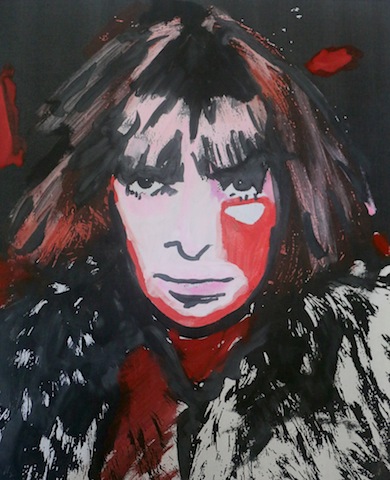
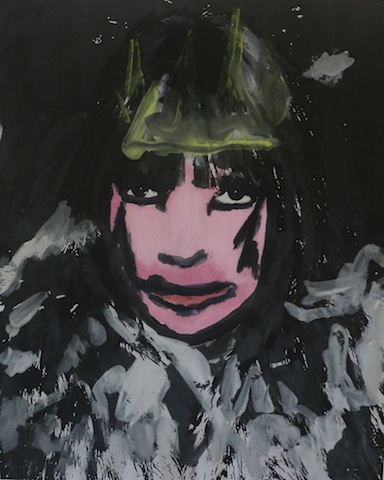
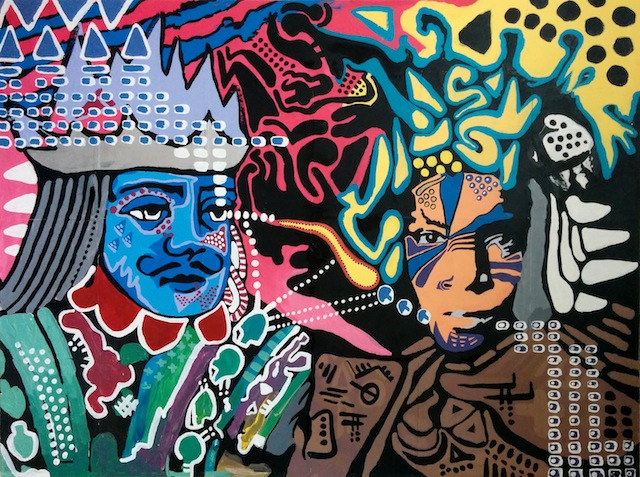
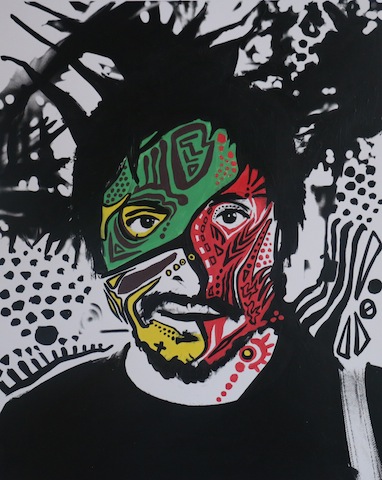
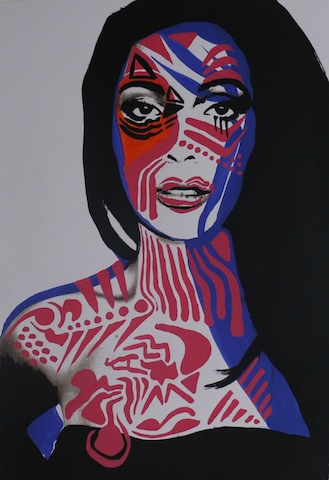
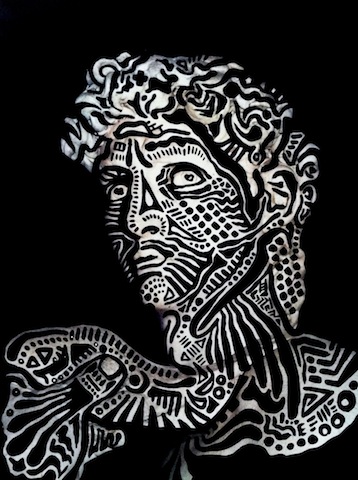
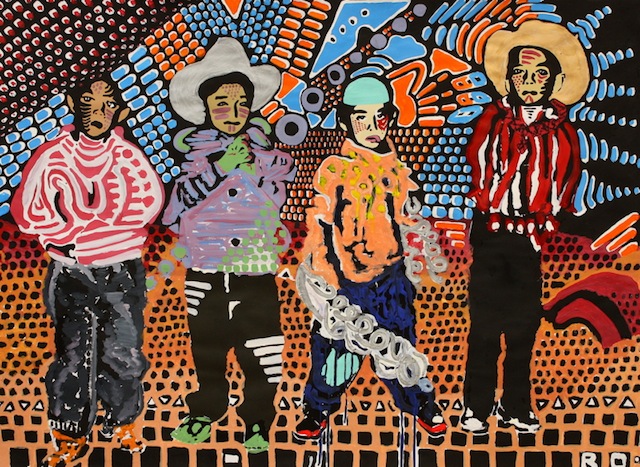
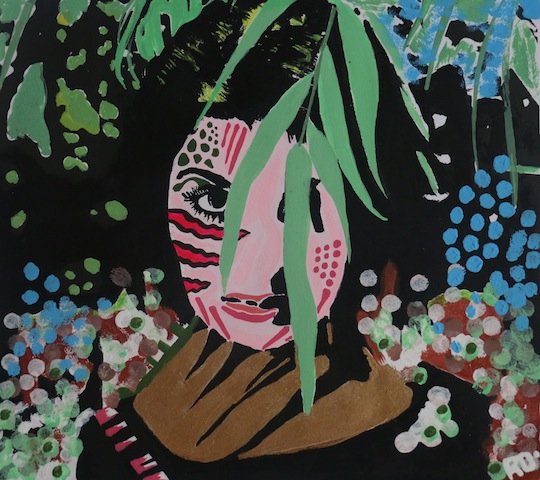
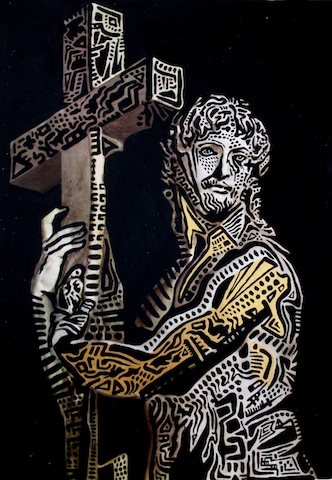
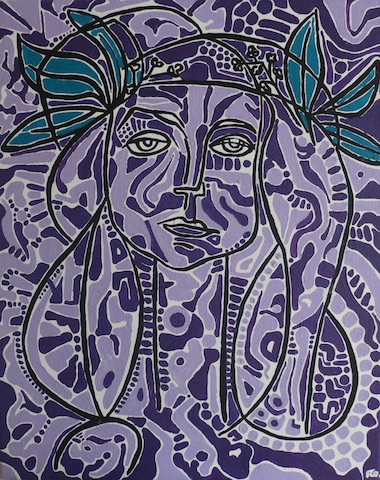
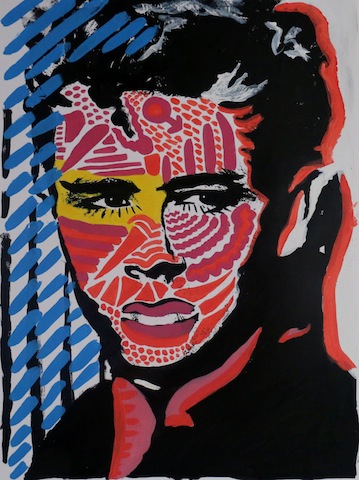
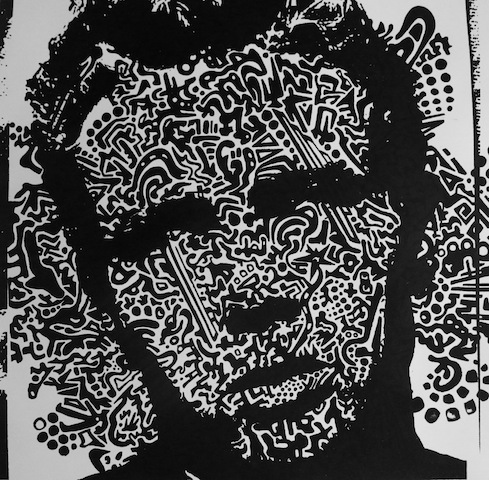
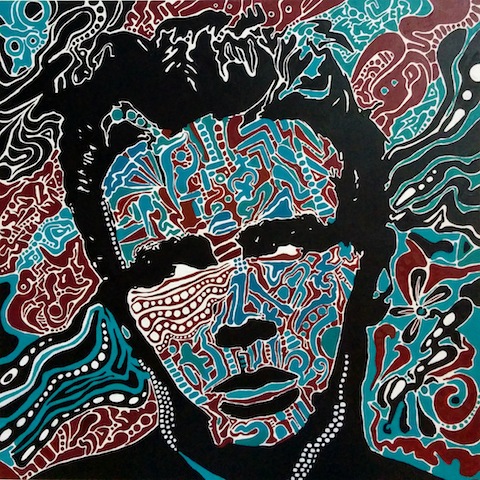
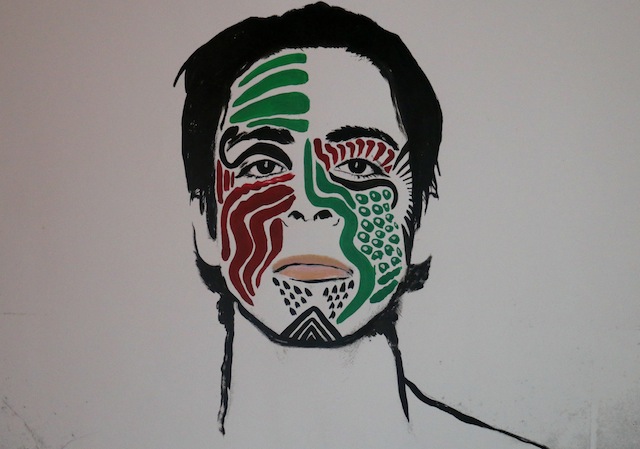
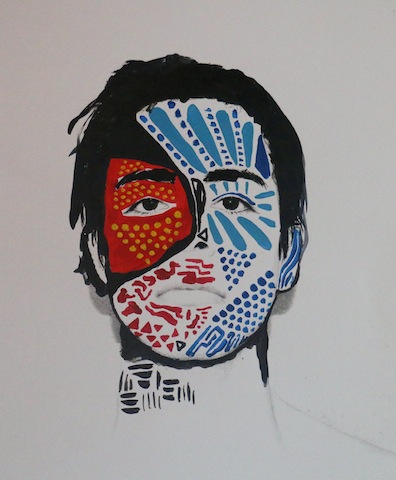
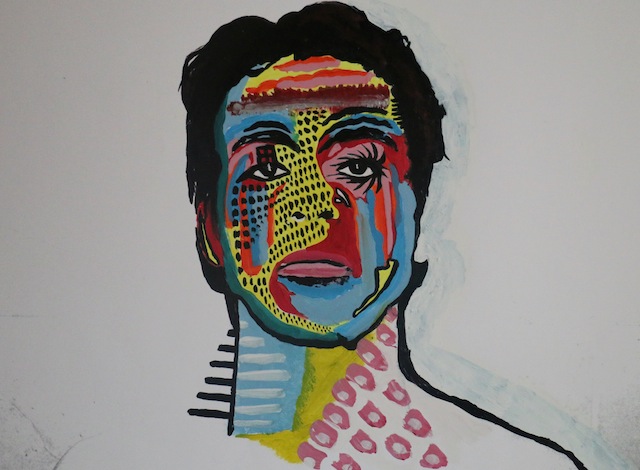
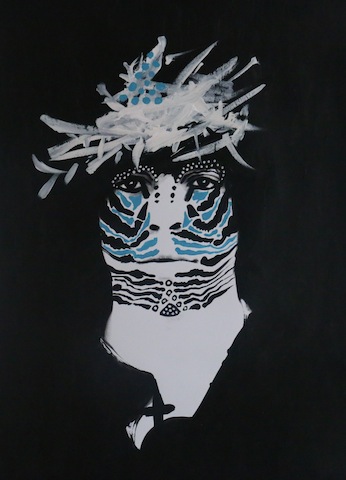
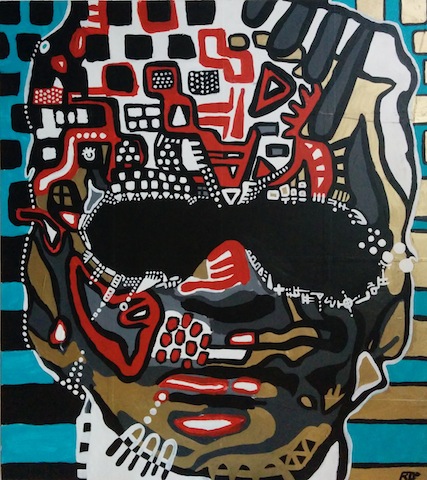
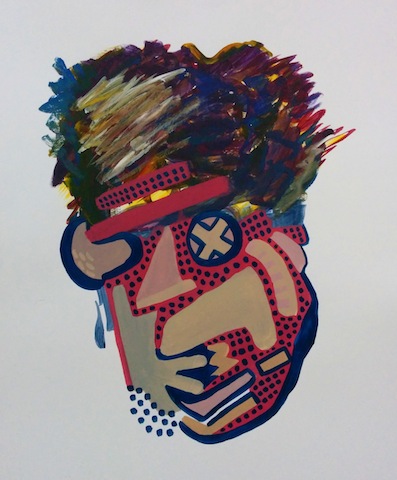
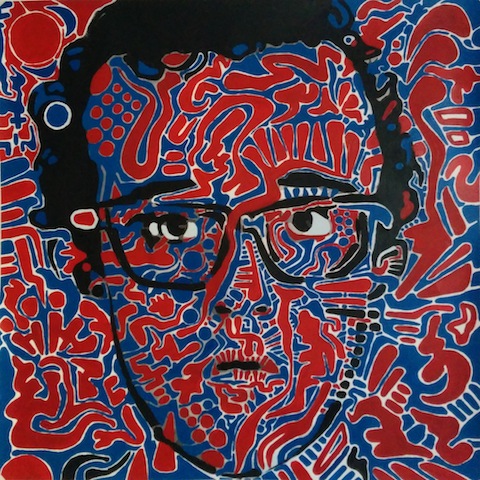
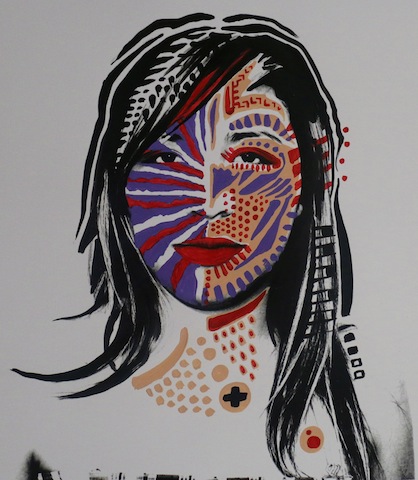
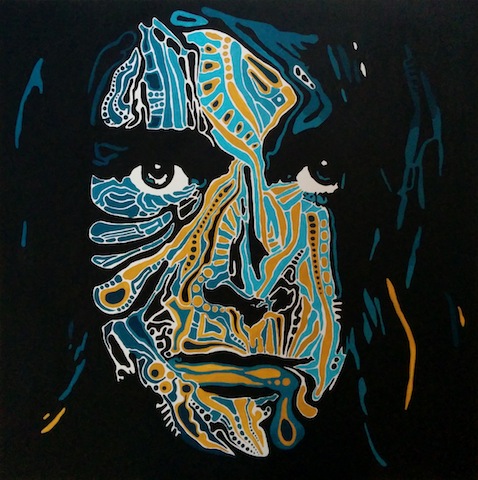
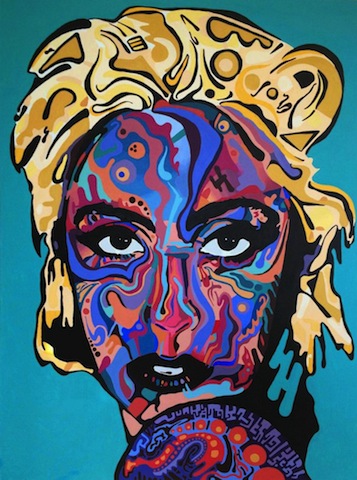
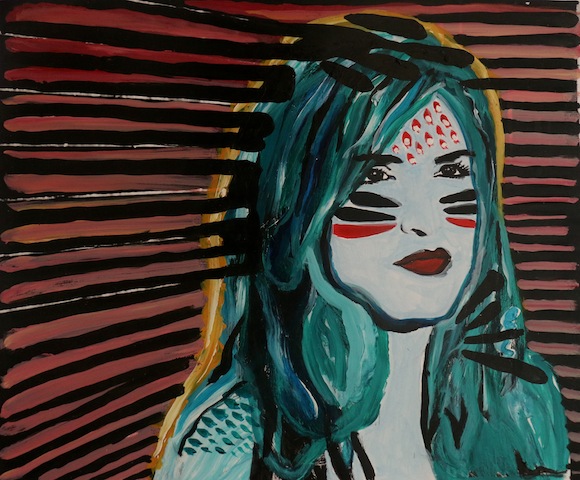
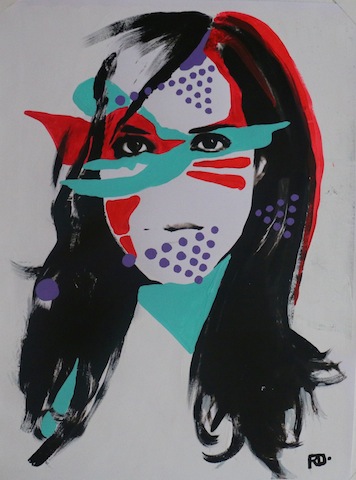
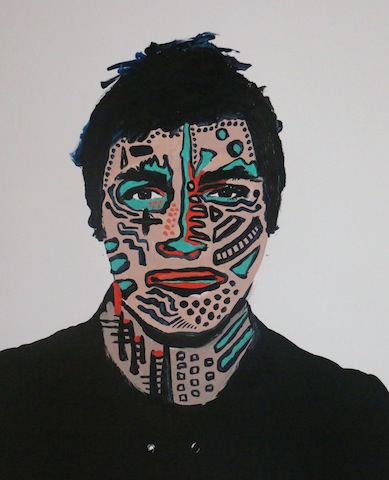
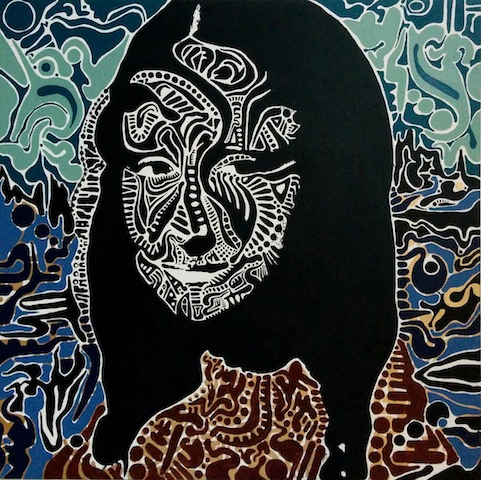
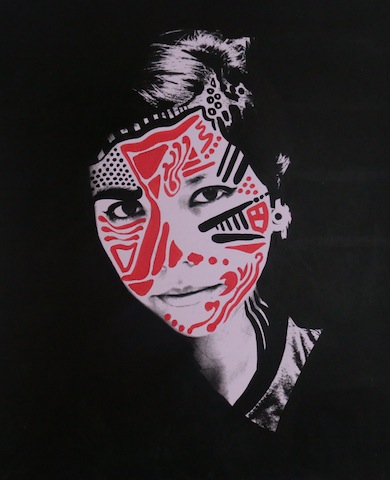
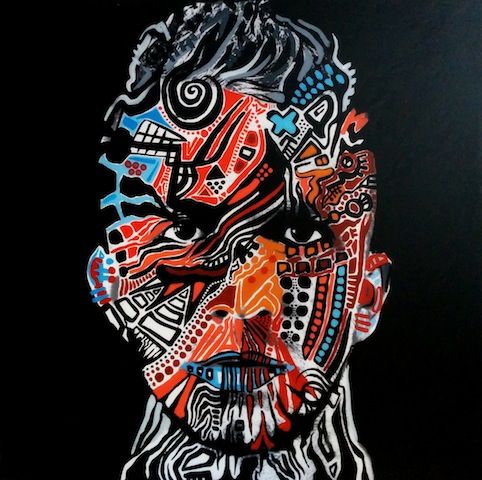
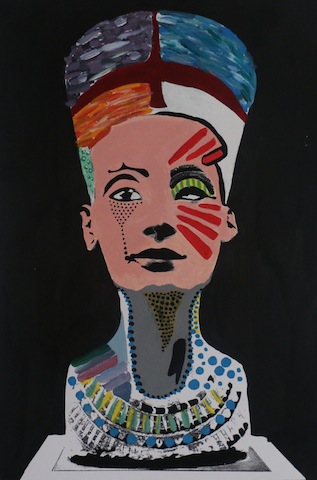
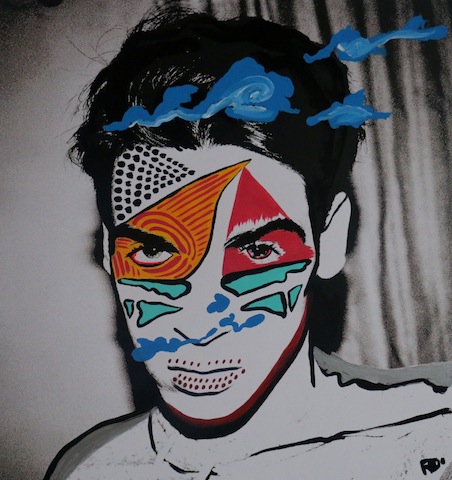
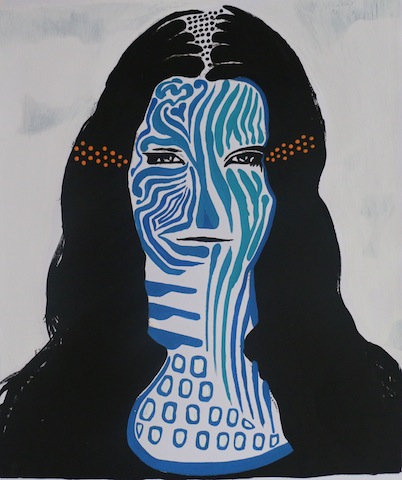
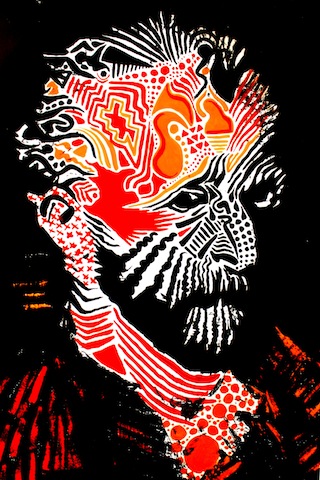
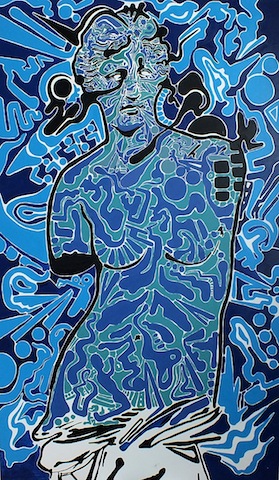
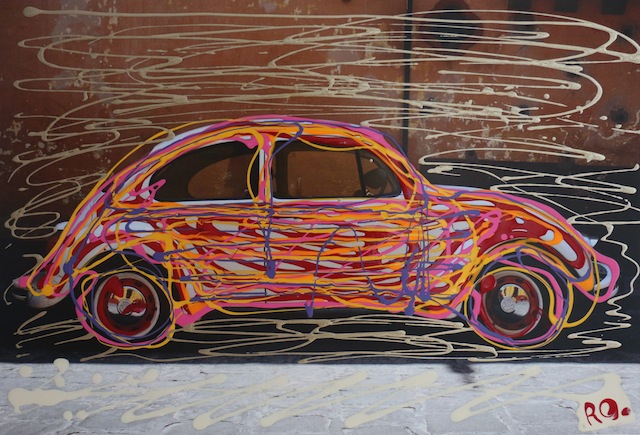
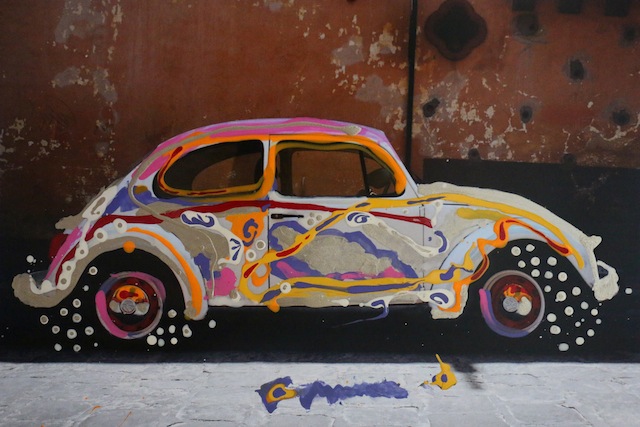
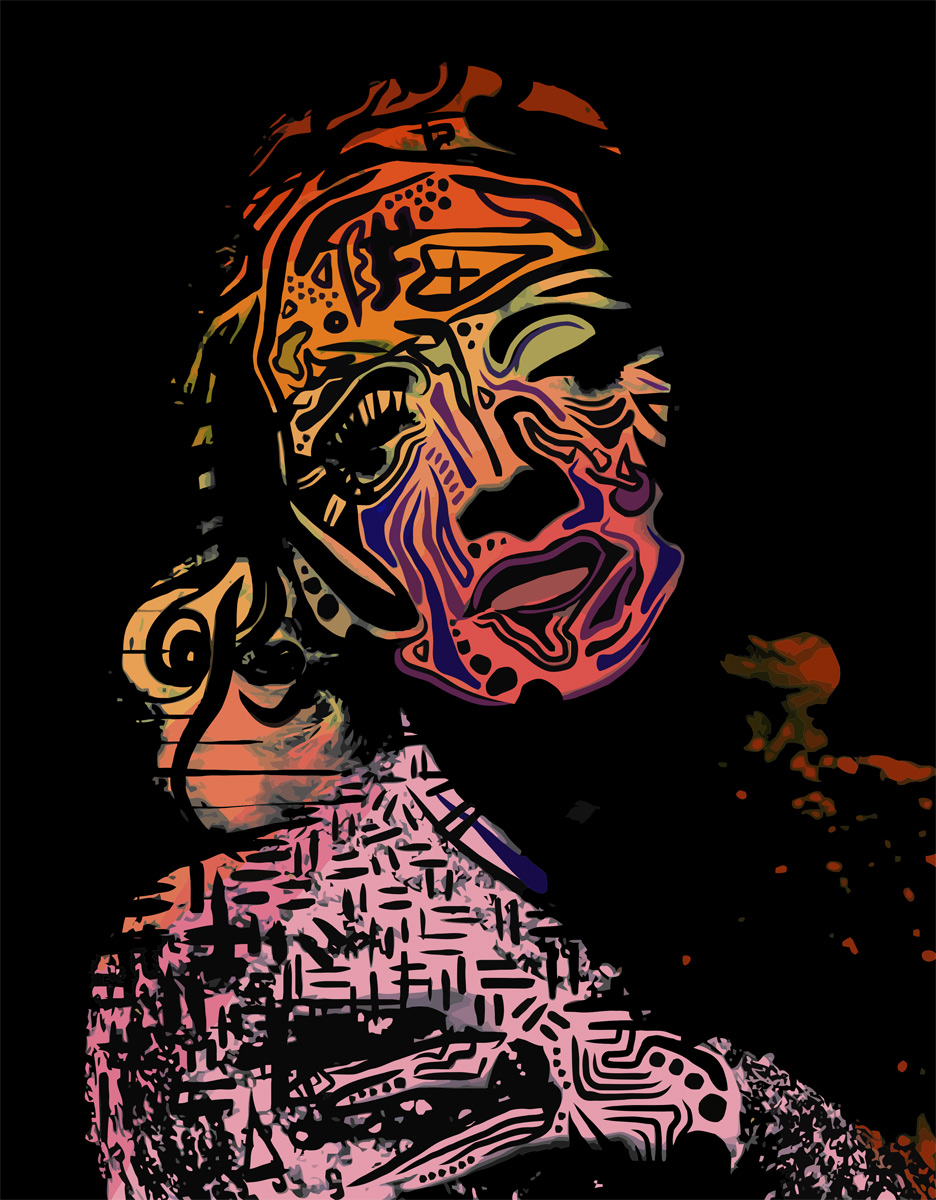
– – – – – – – – – – – – – – – – – – – – – – – – – – – – – – – – – – –
Double Exposure Series:








– – – – – – – – – – – – – – – – – – – – – – – – – – – – – – – – – – –
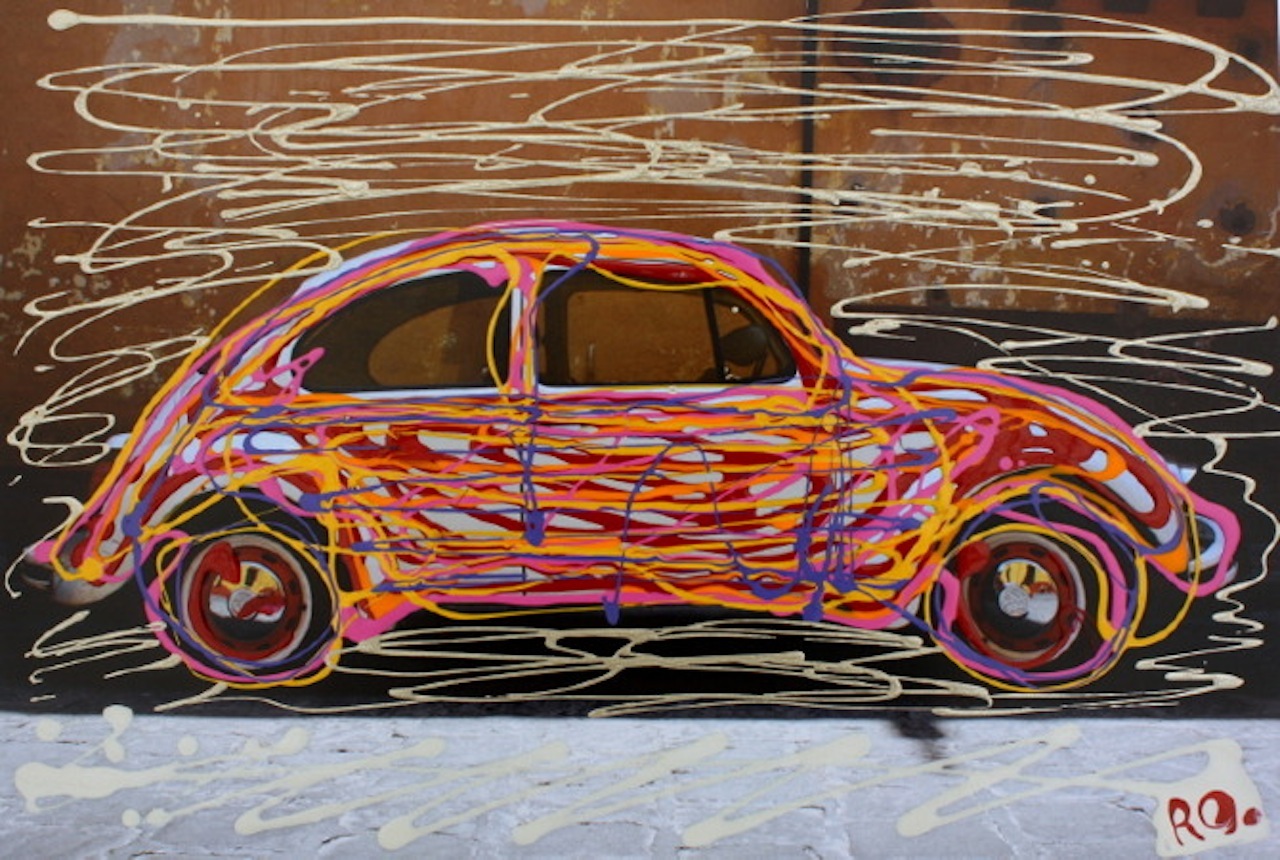
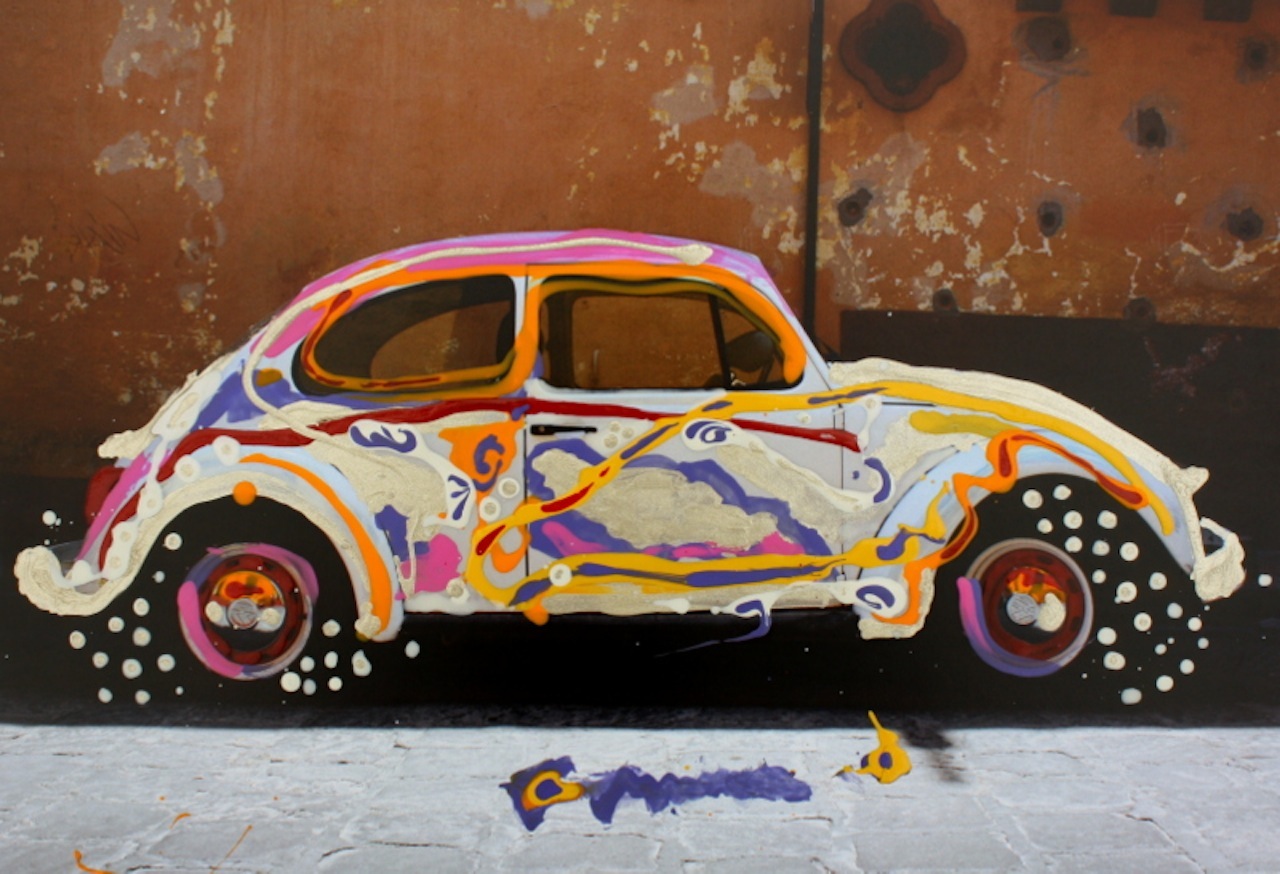
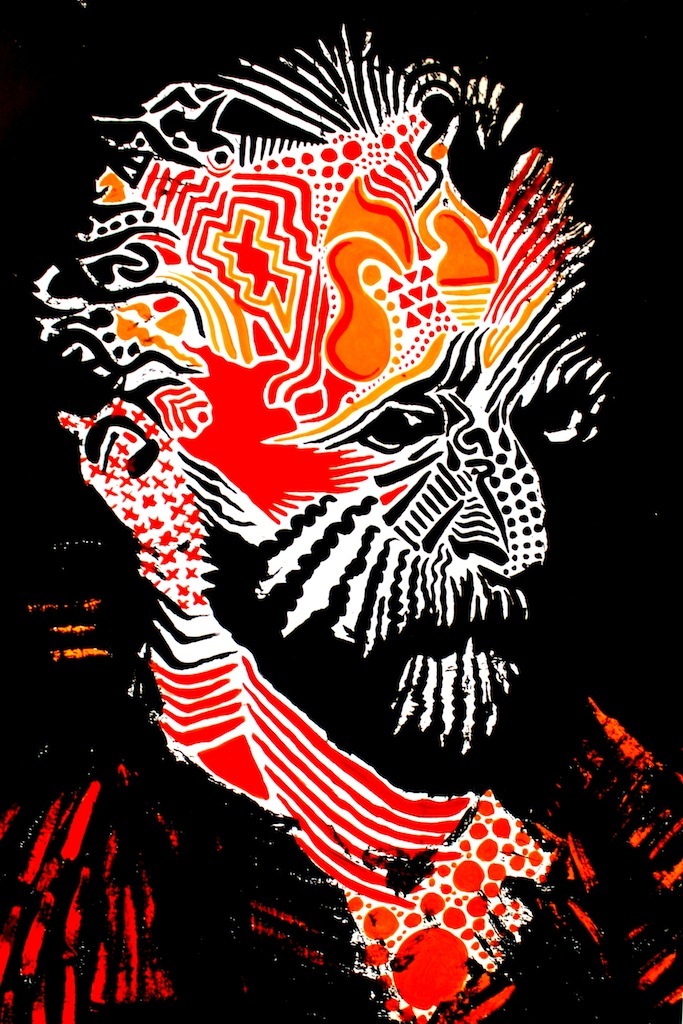
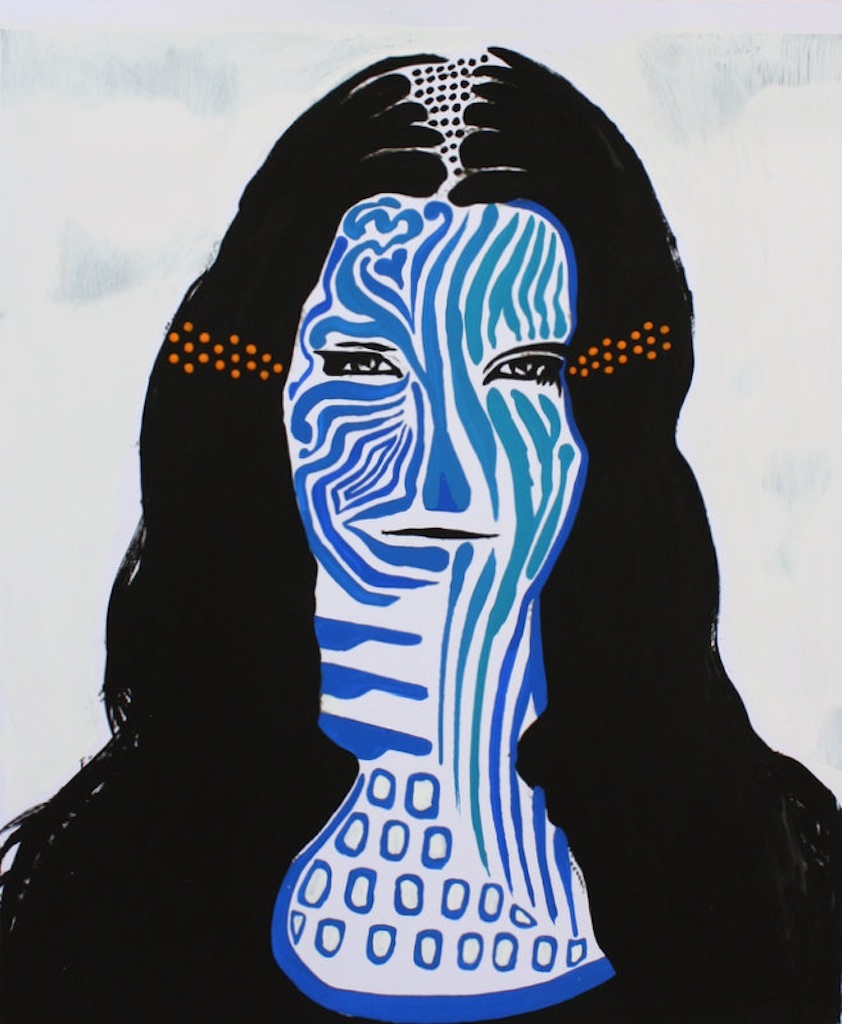
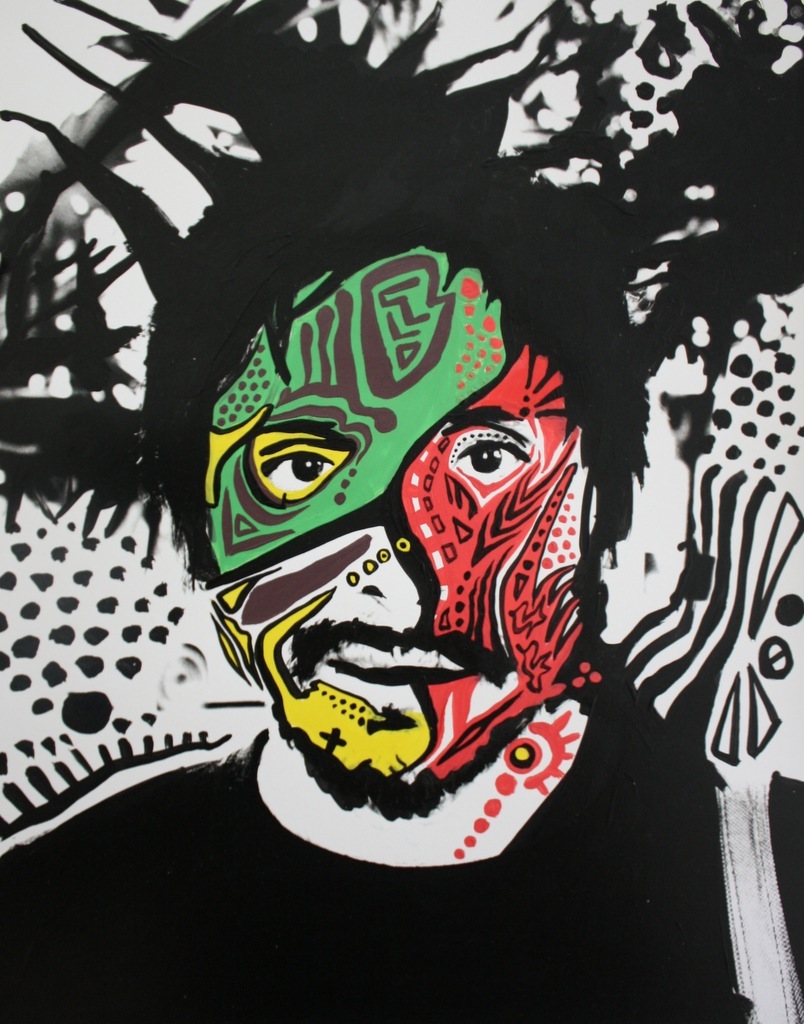
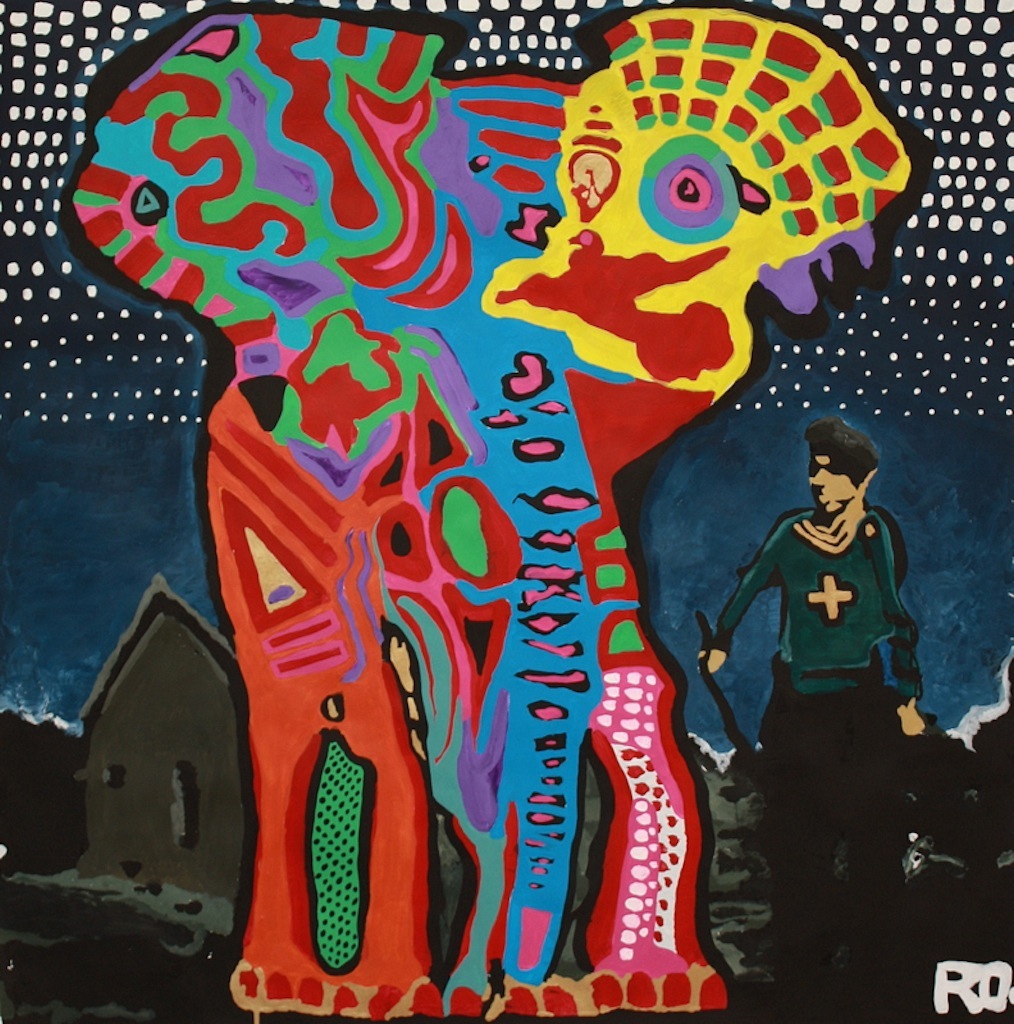
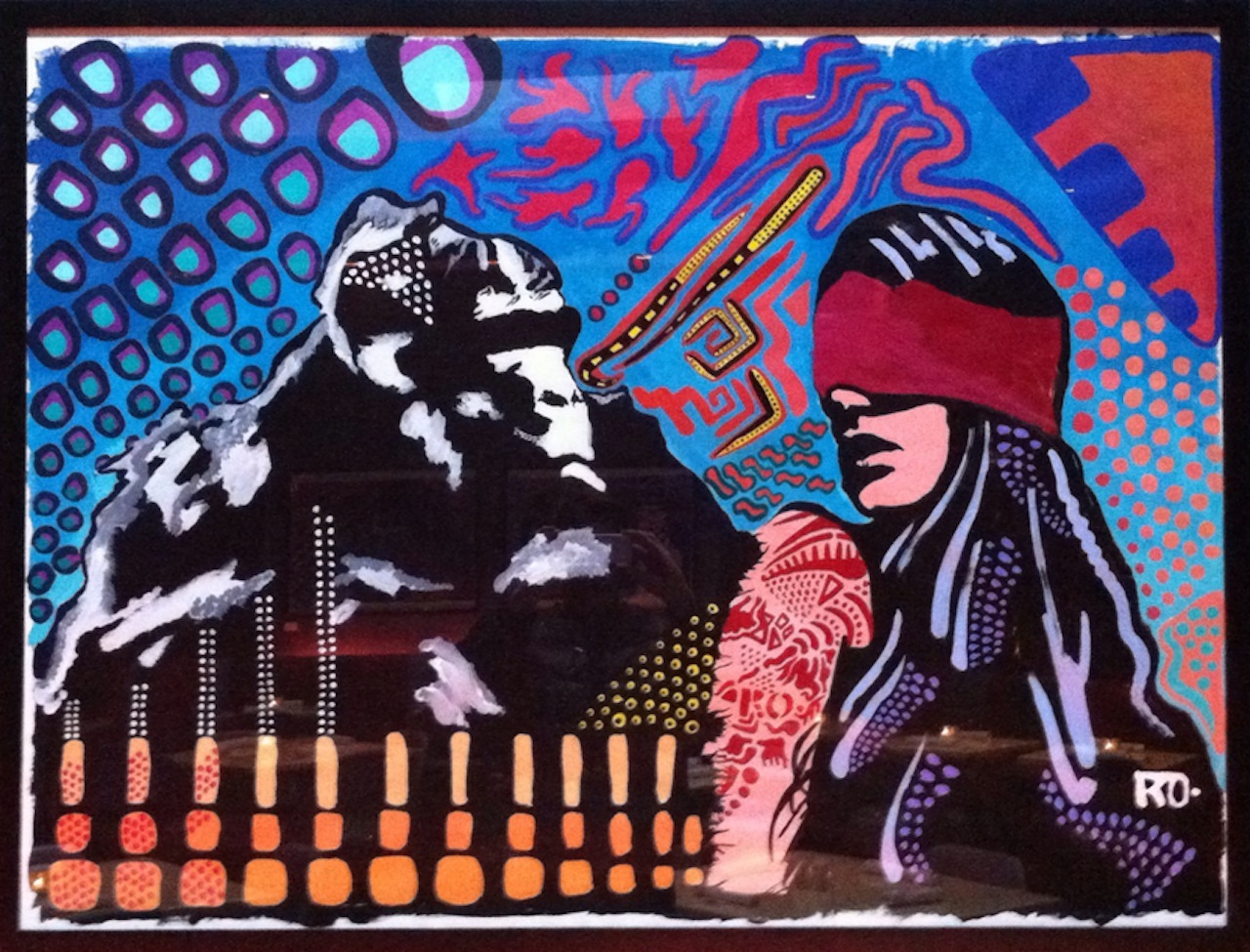
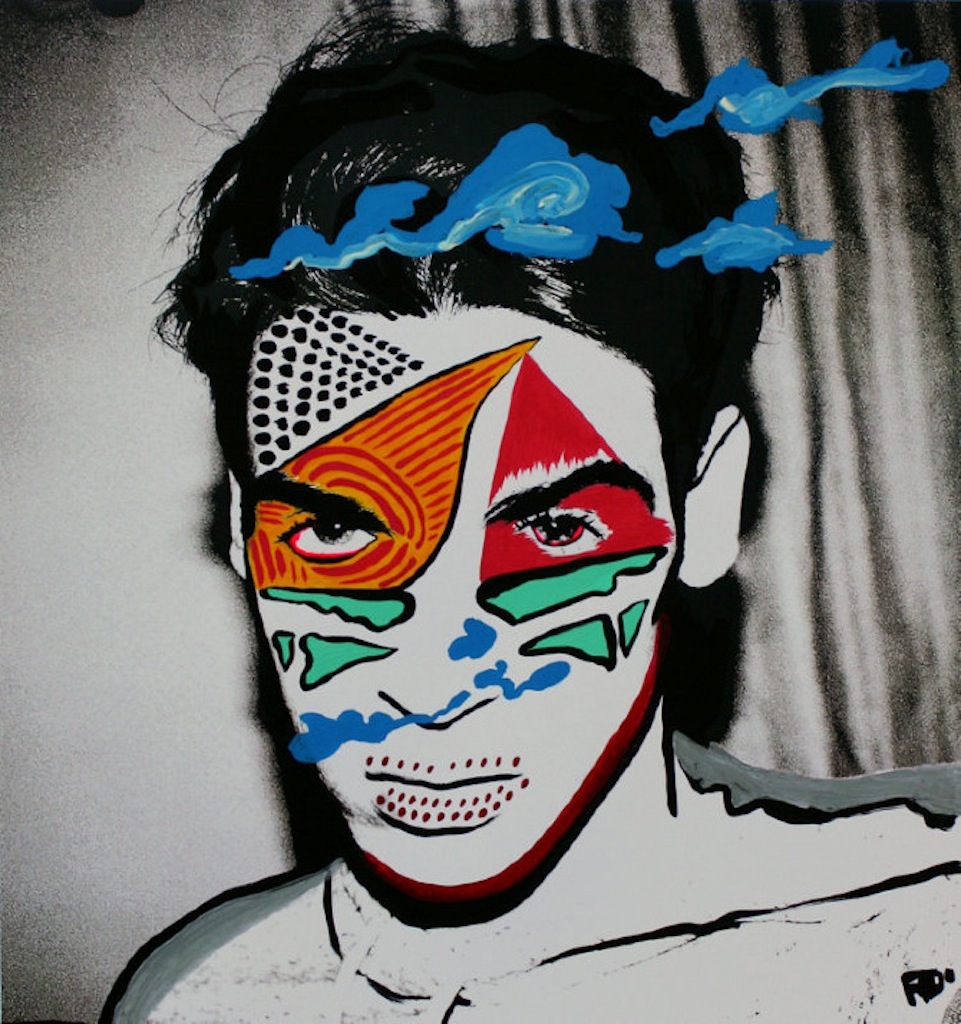
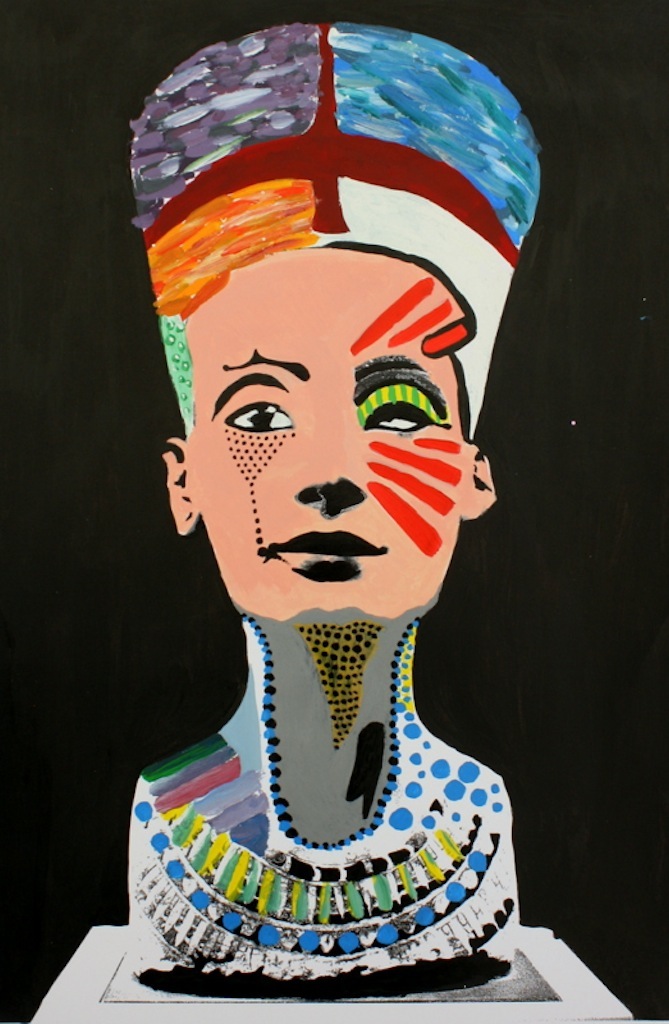
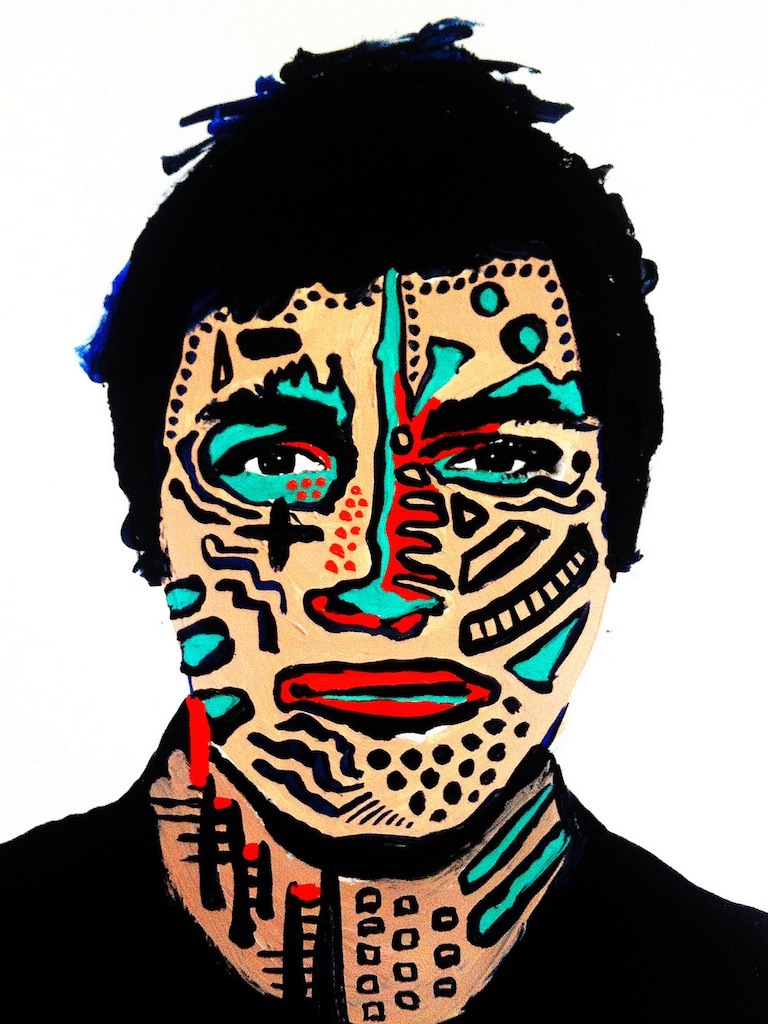
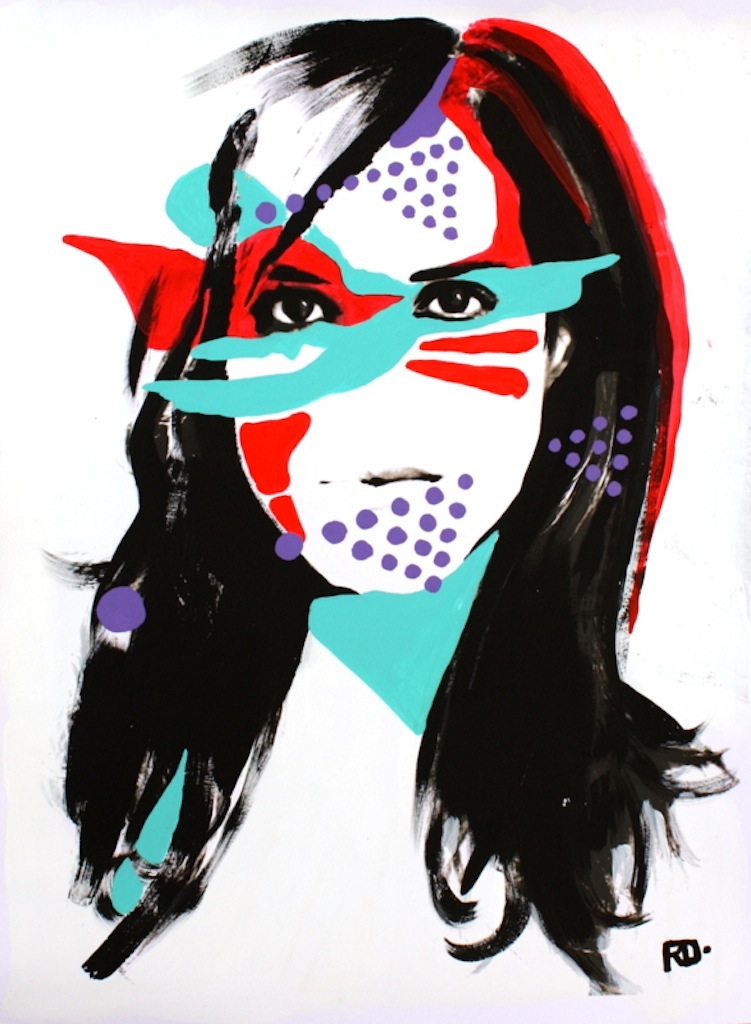
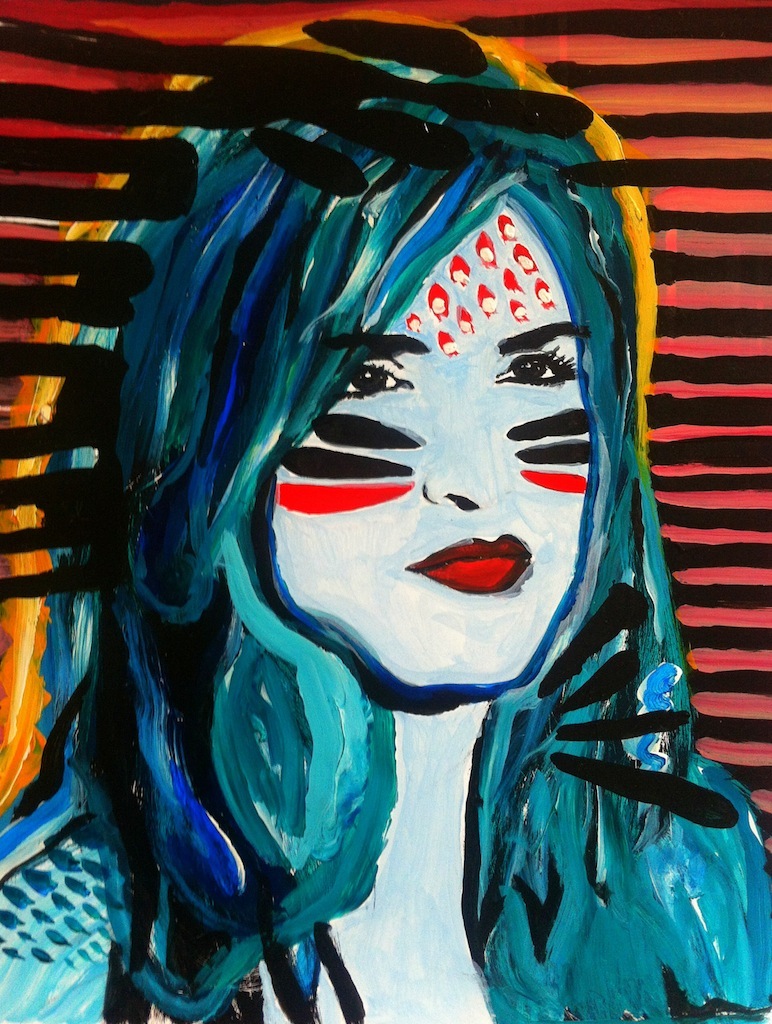
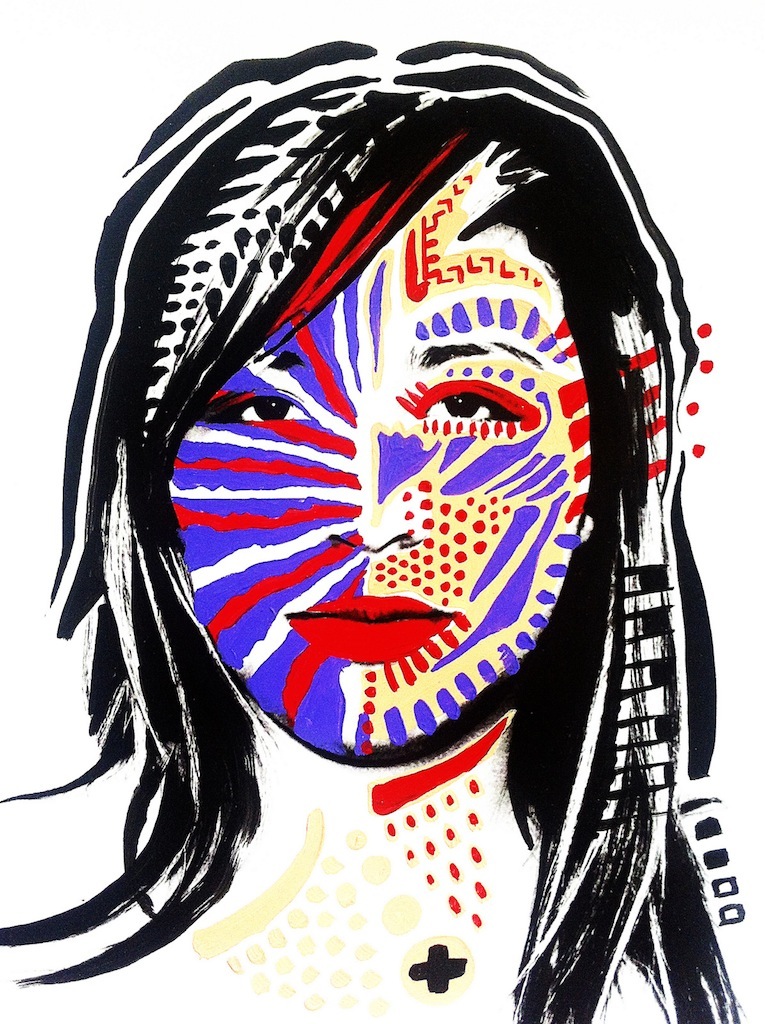
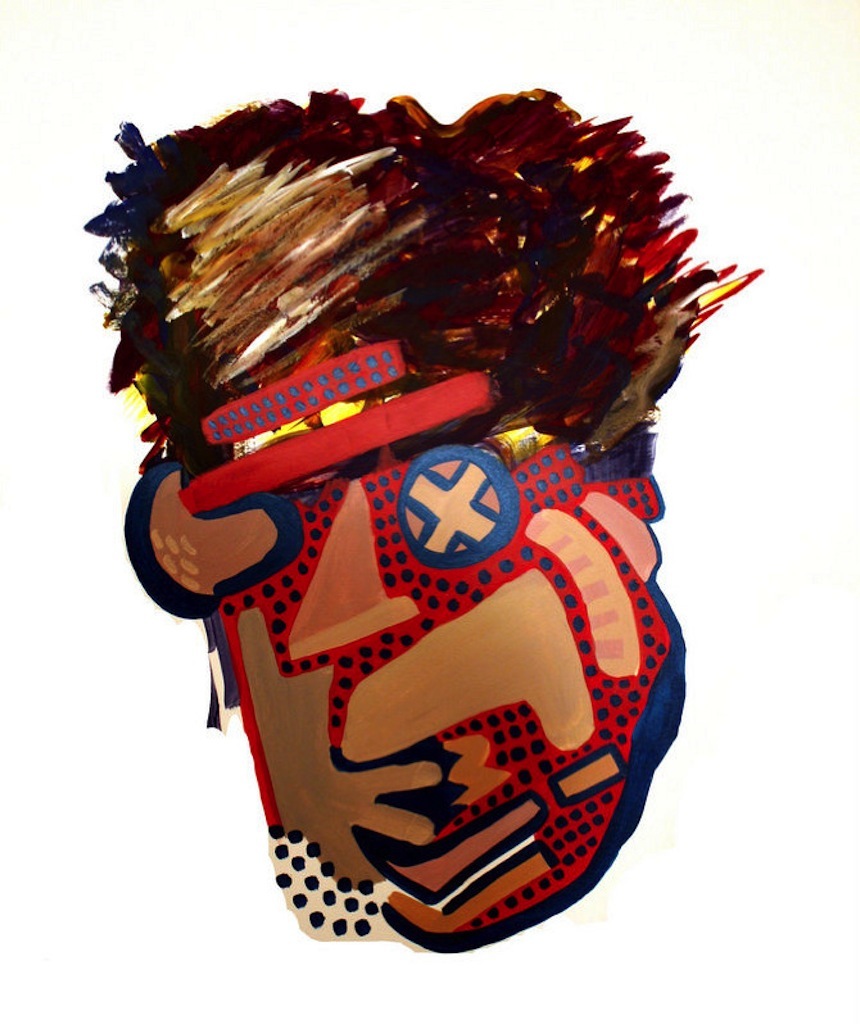
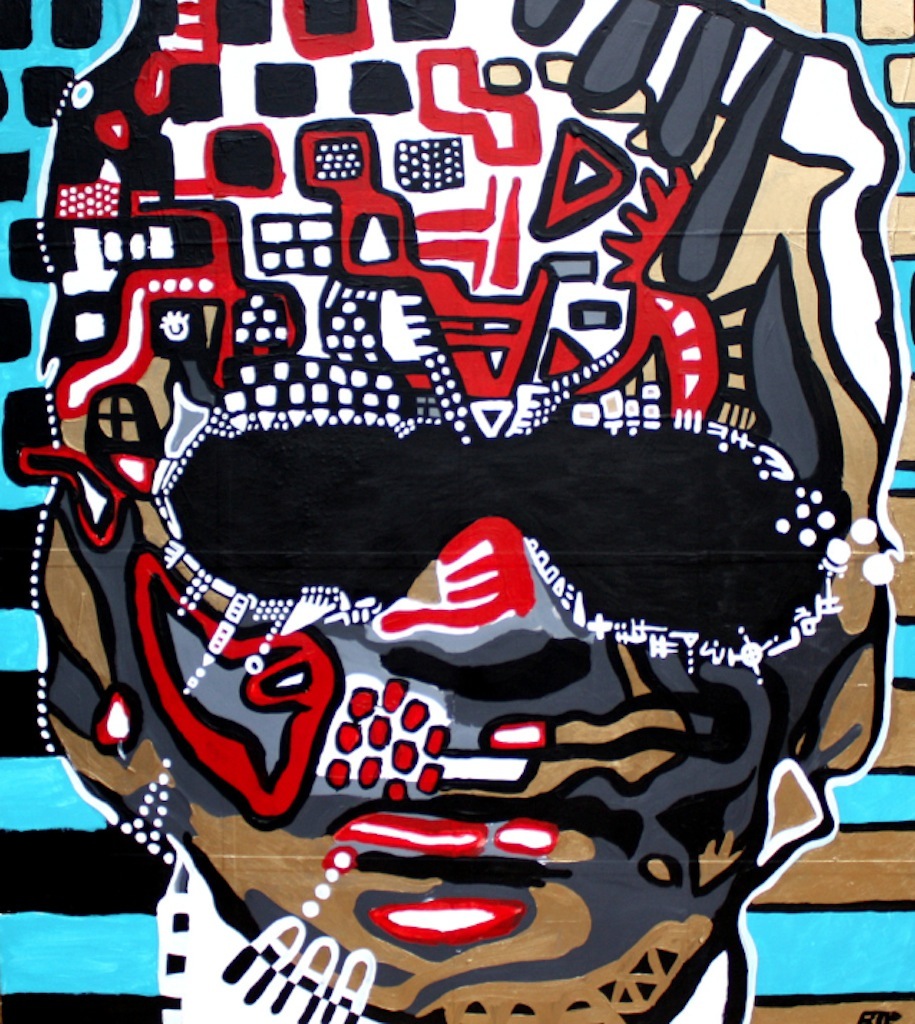
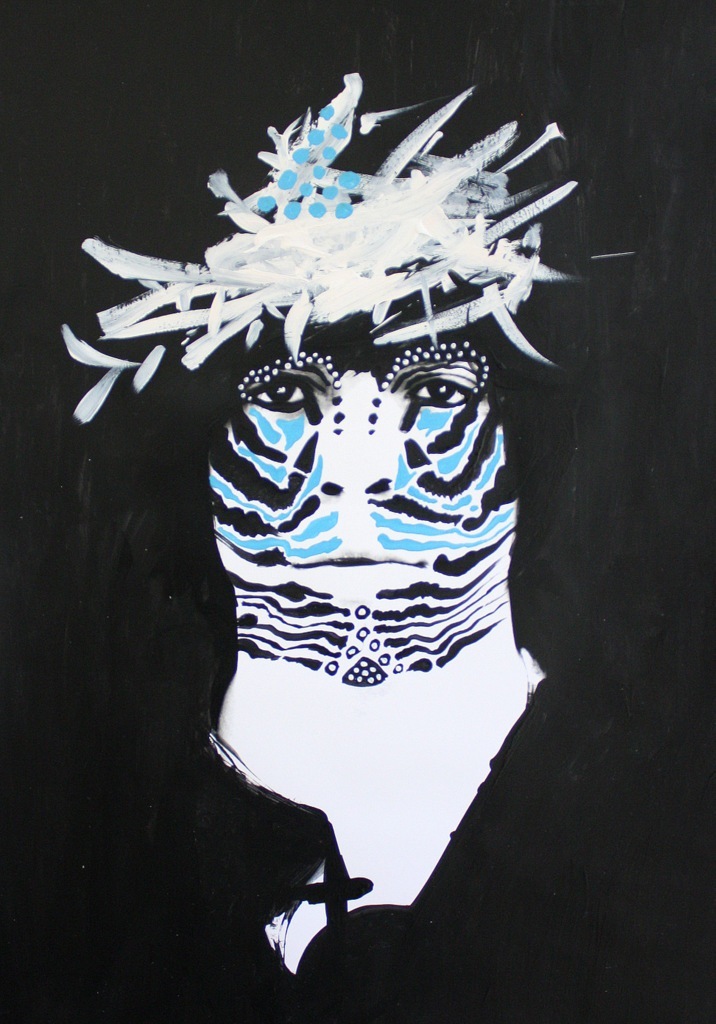
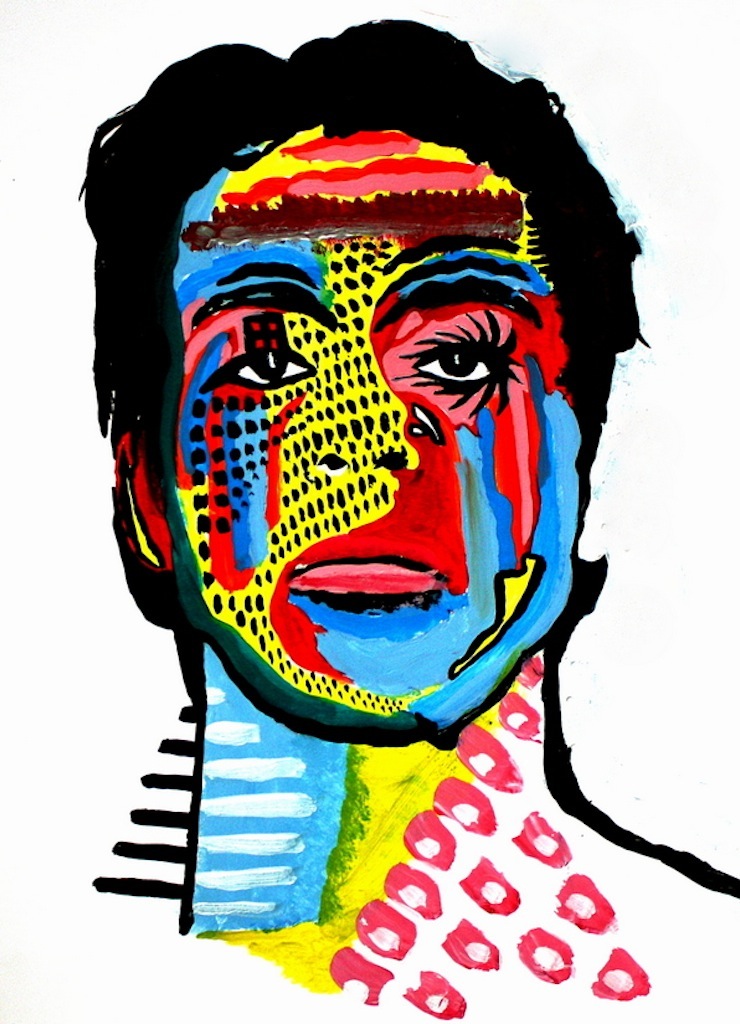
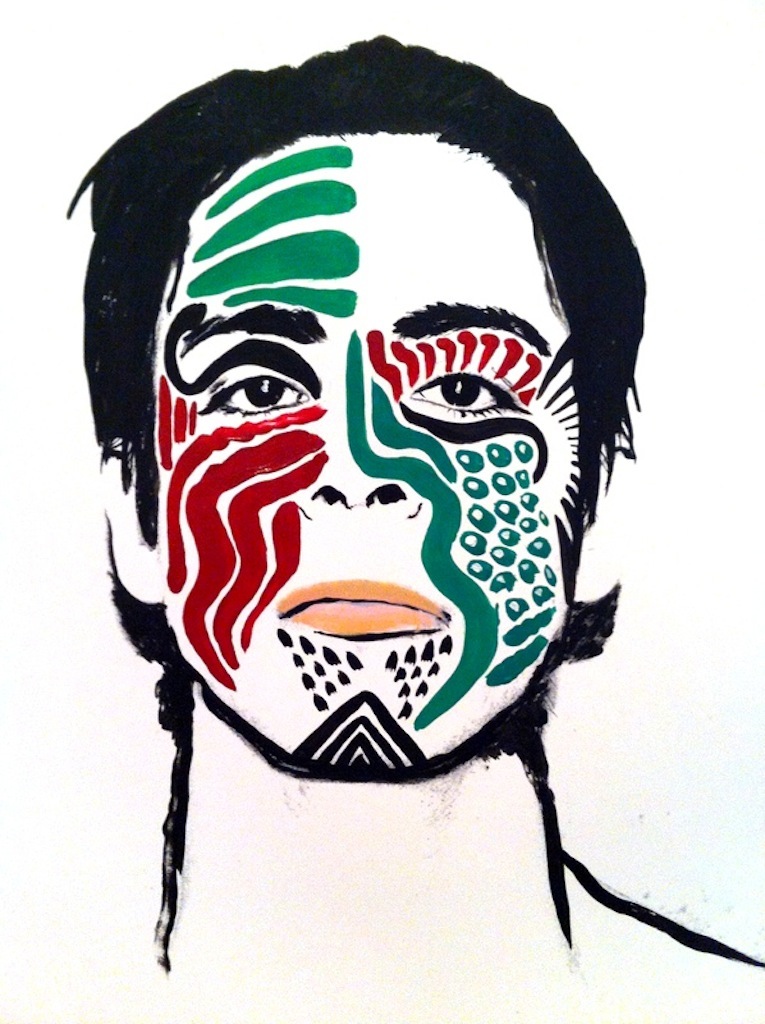
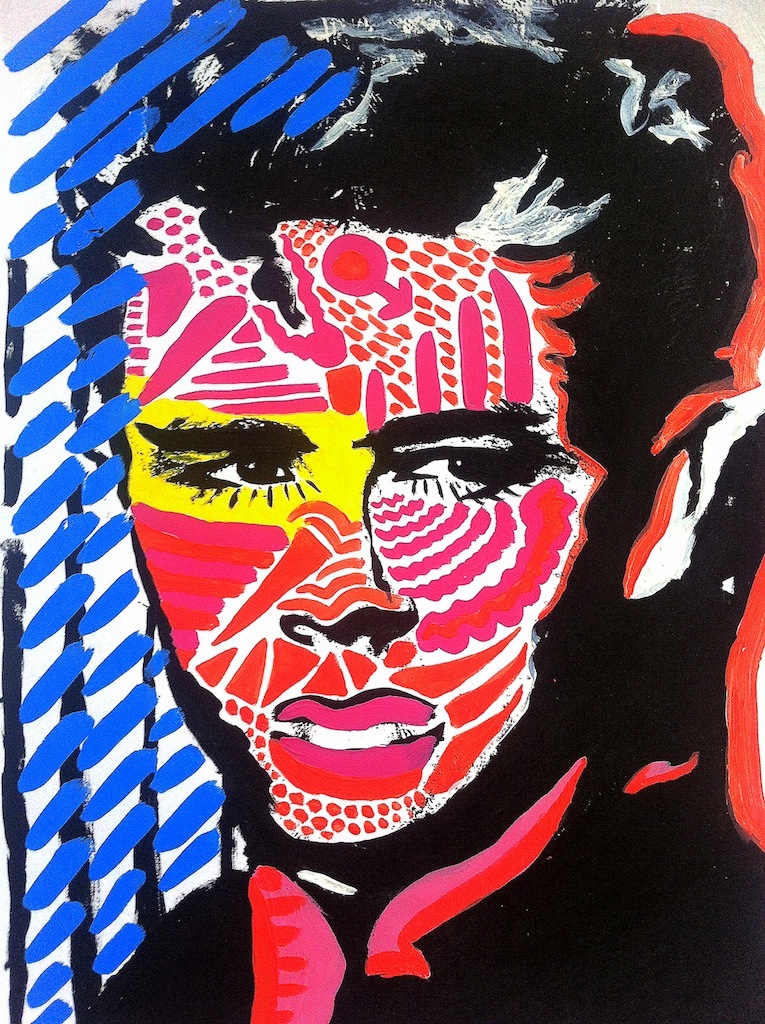
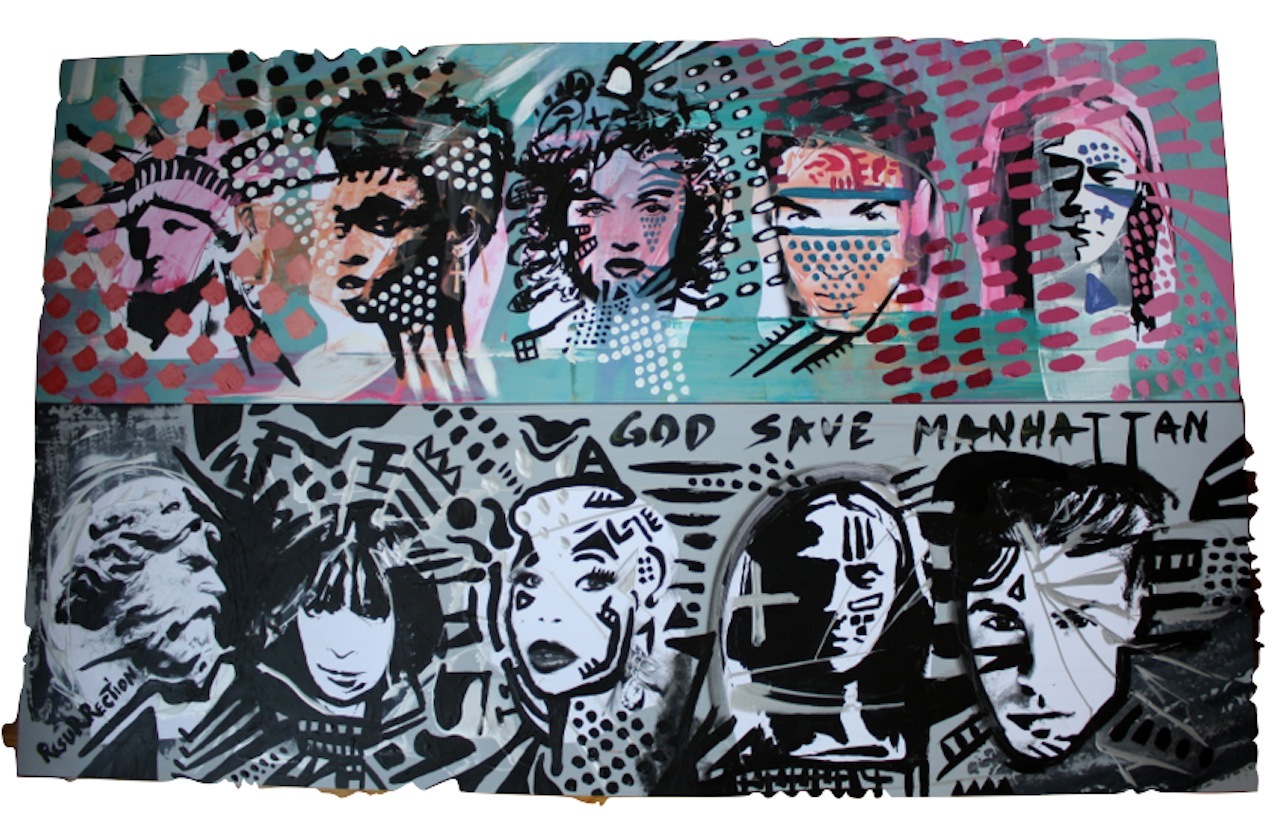
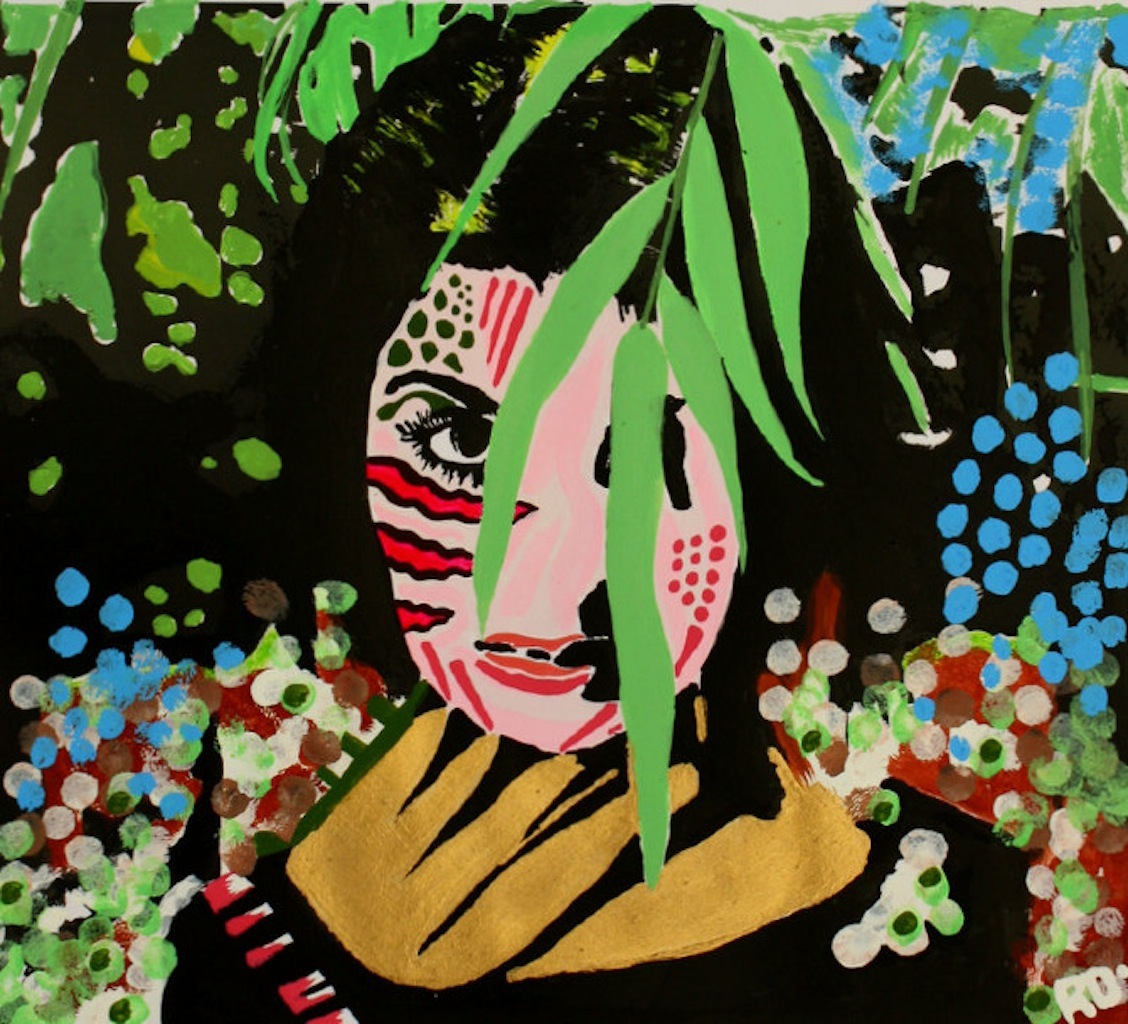
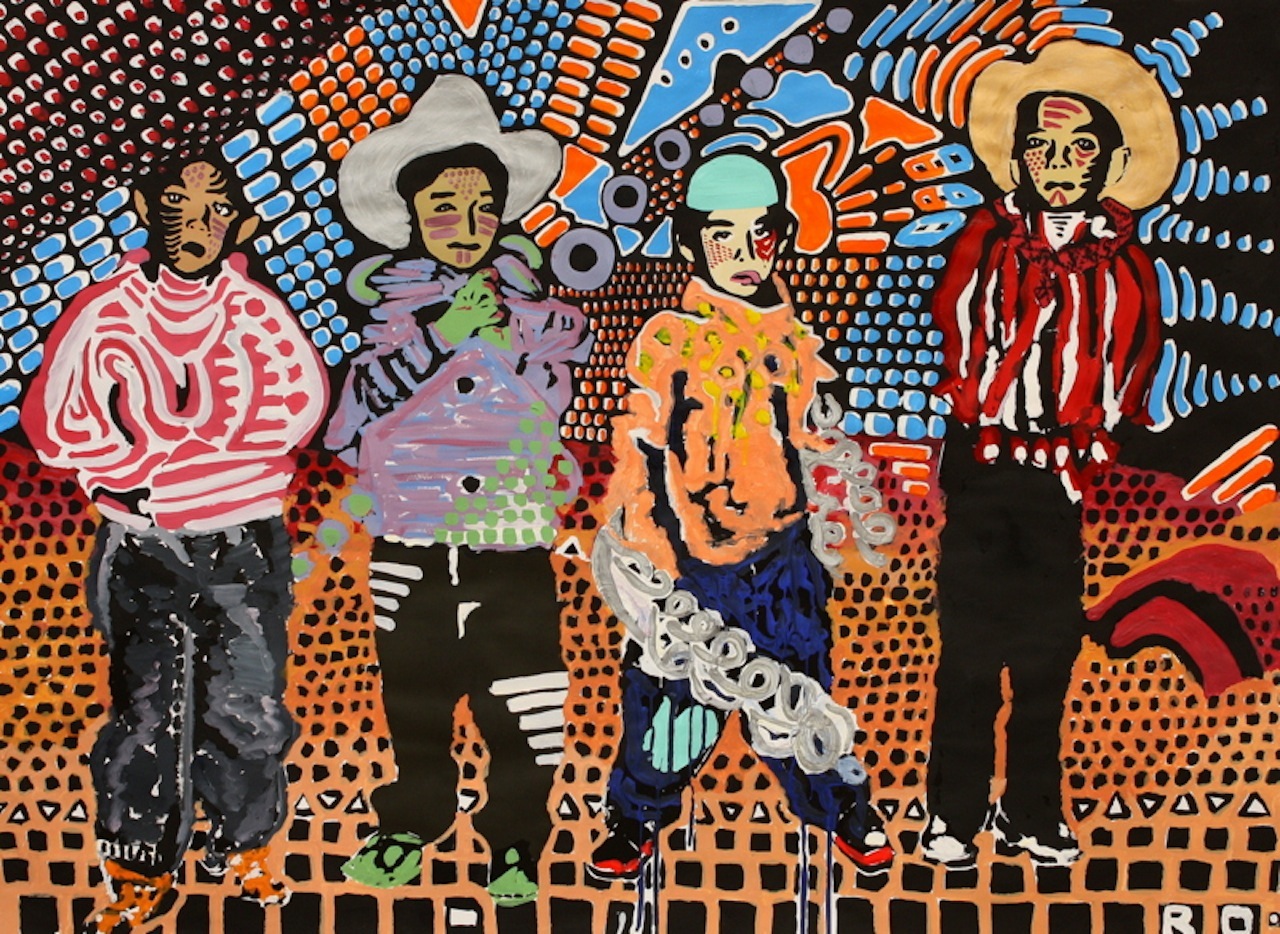
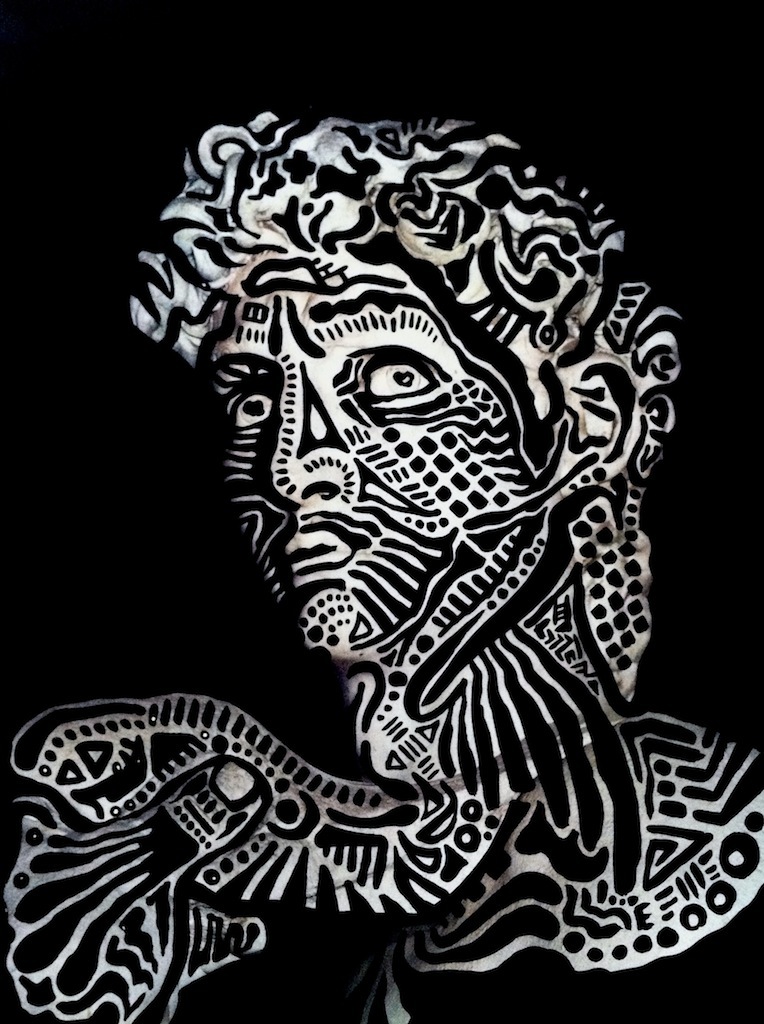
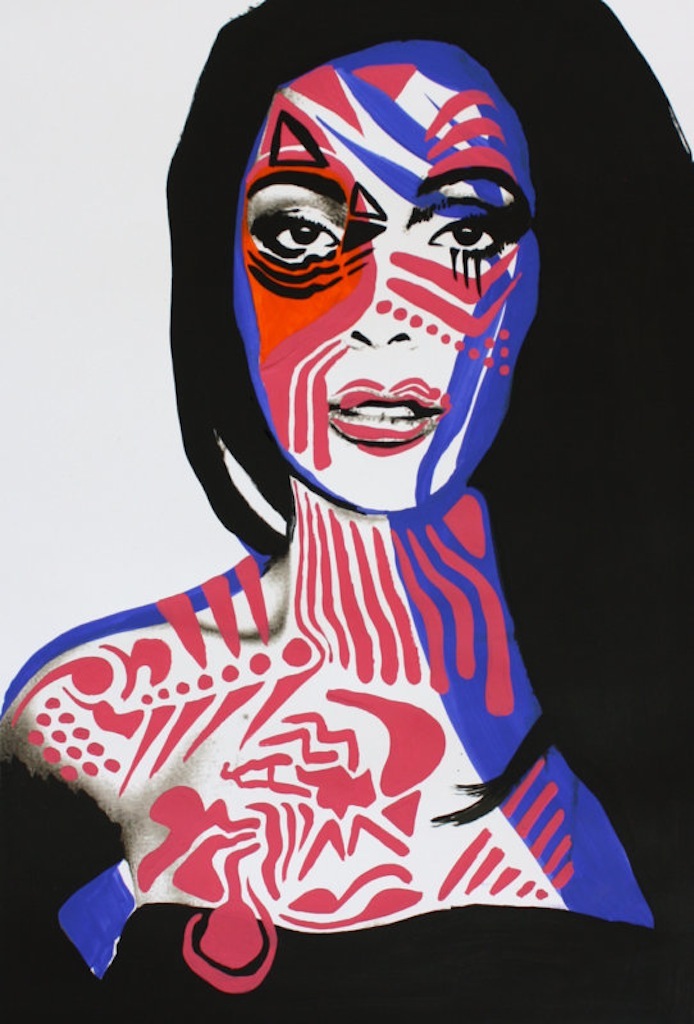
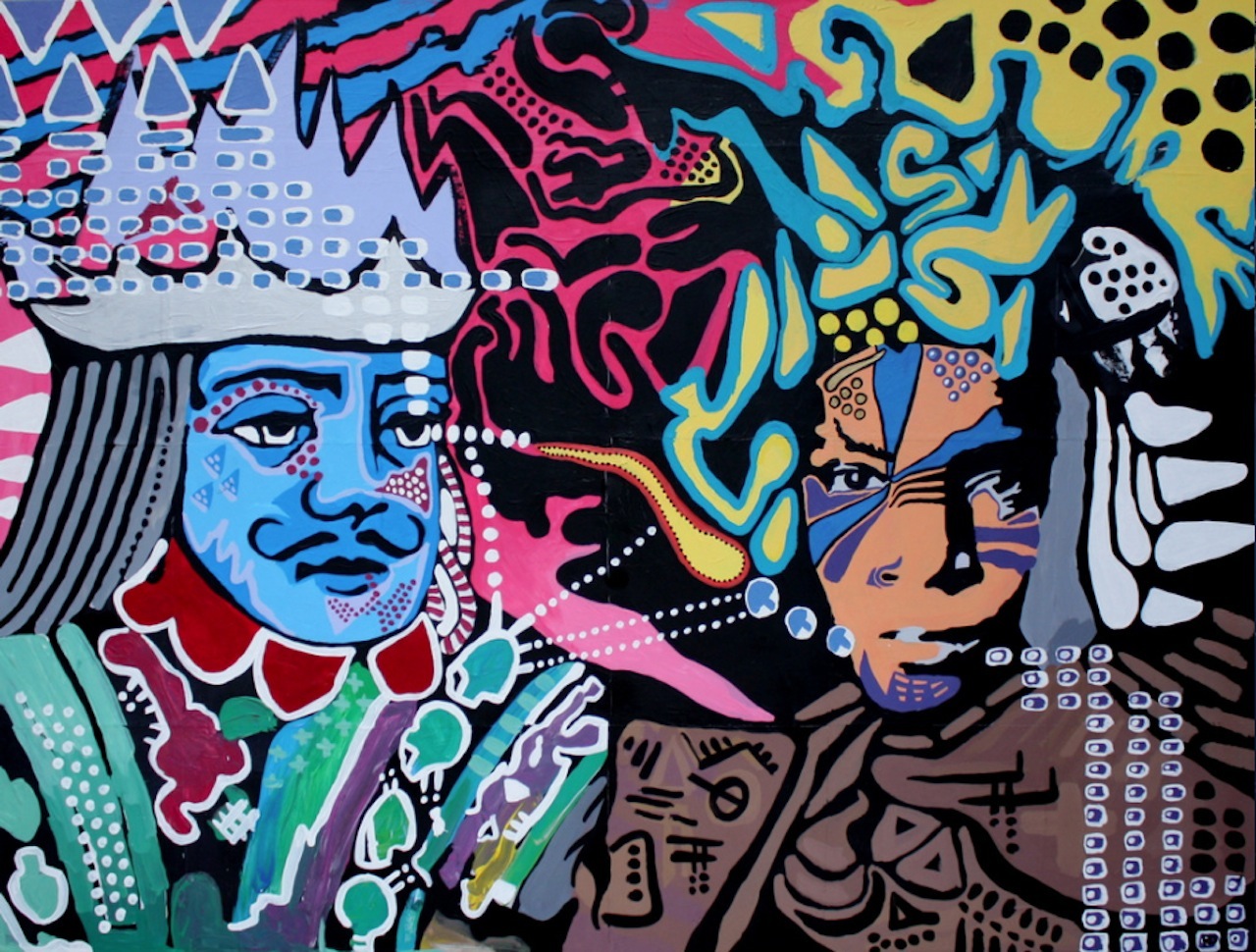
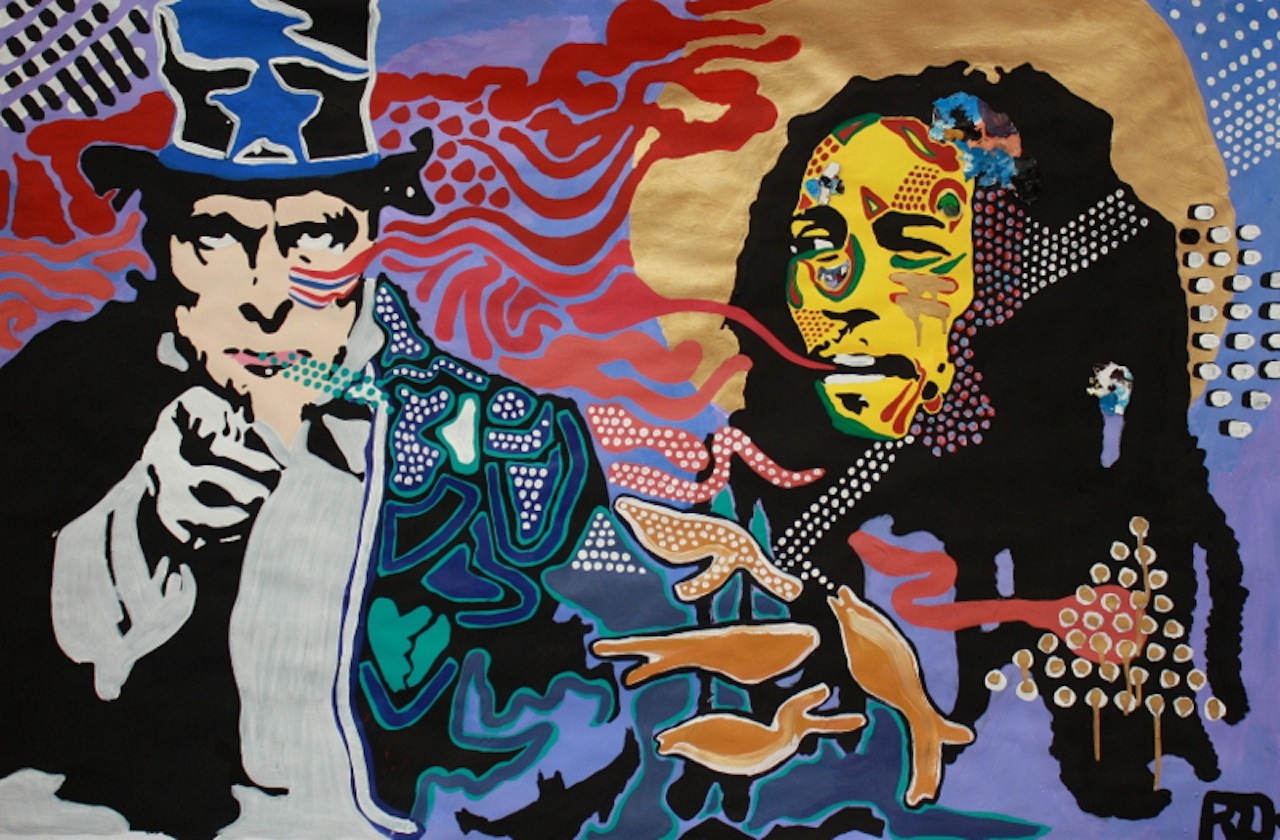
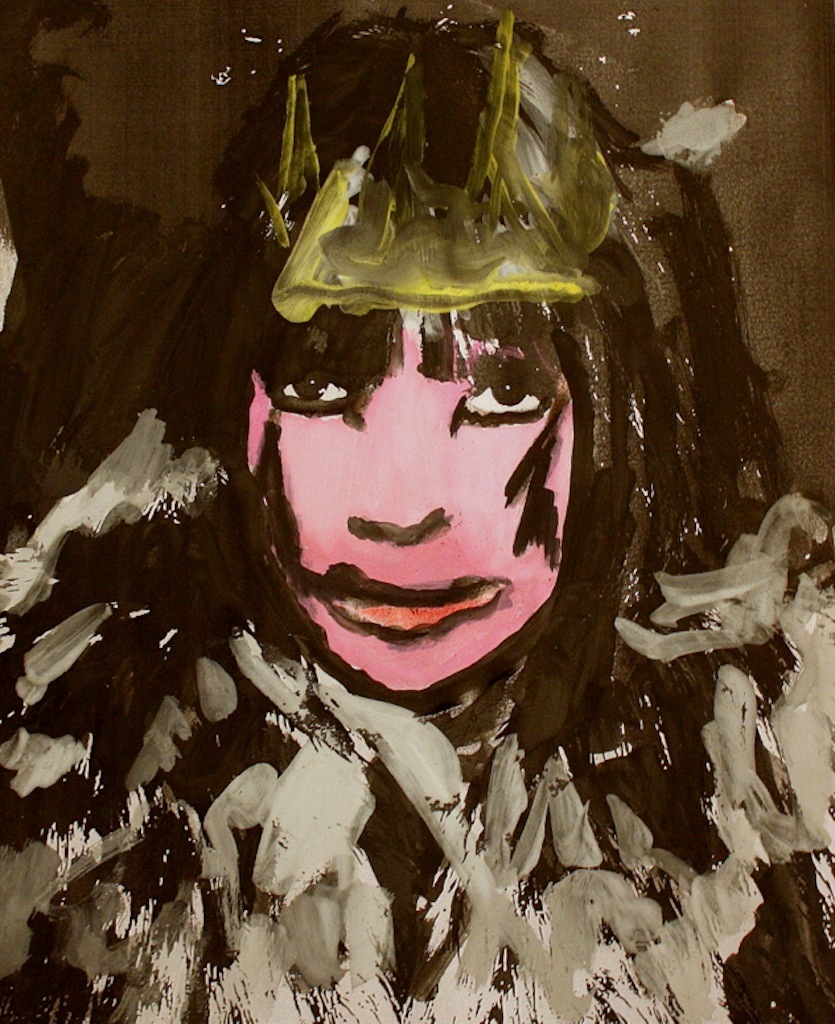
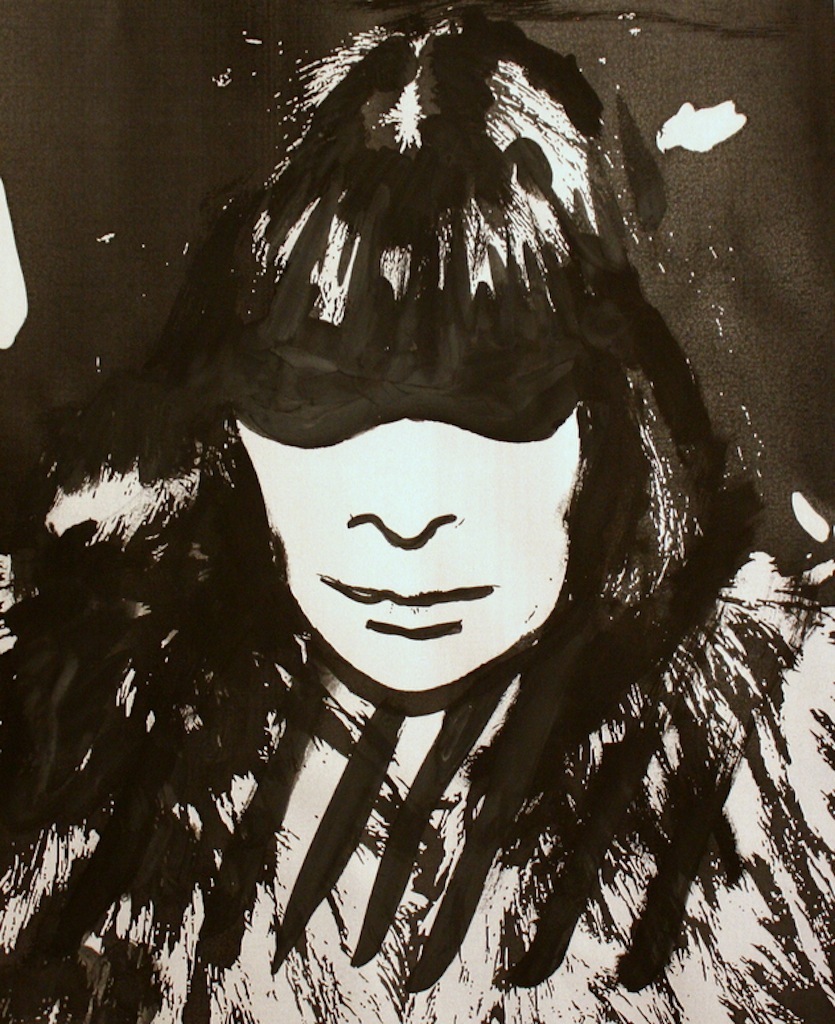
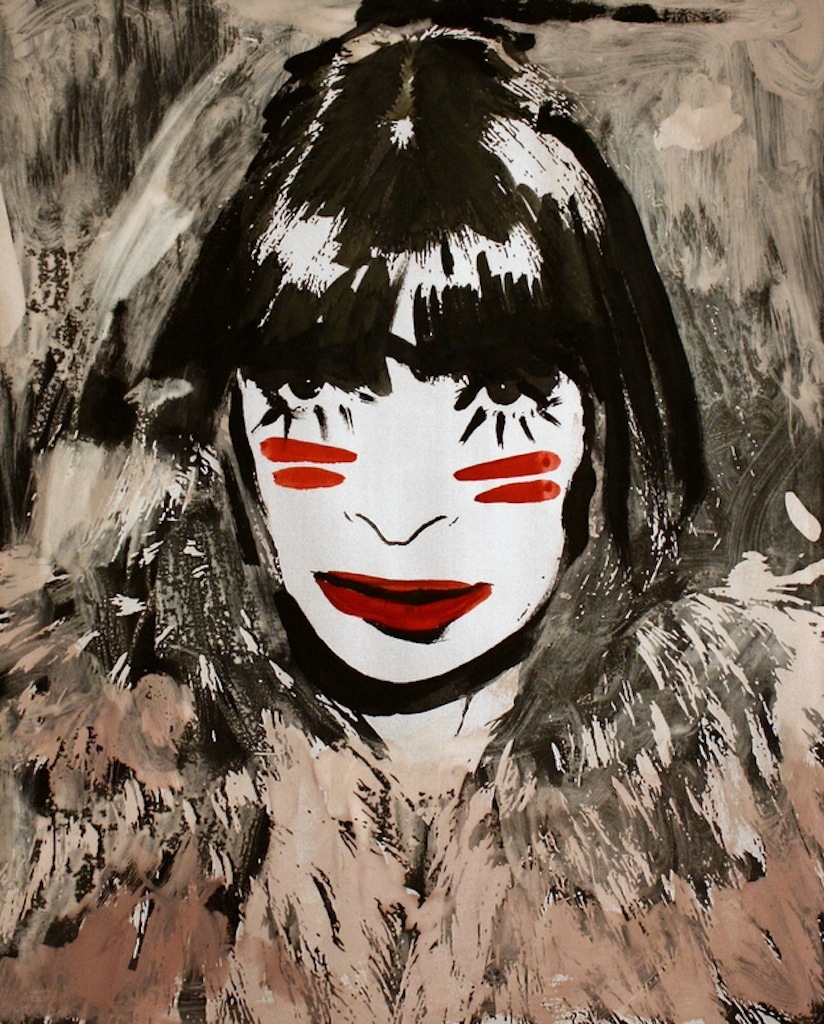
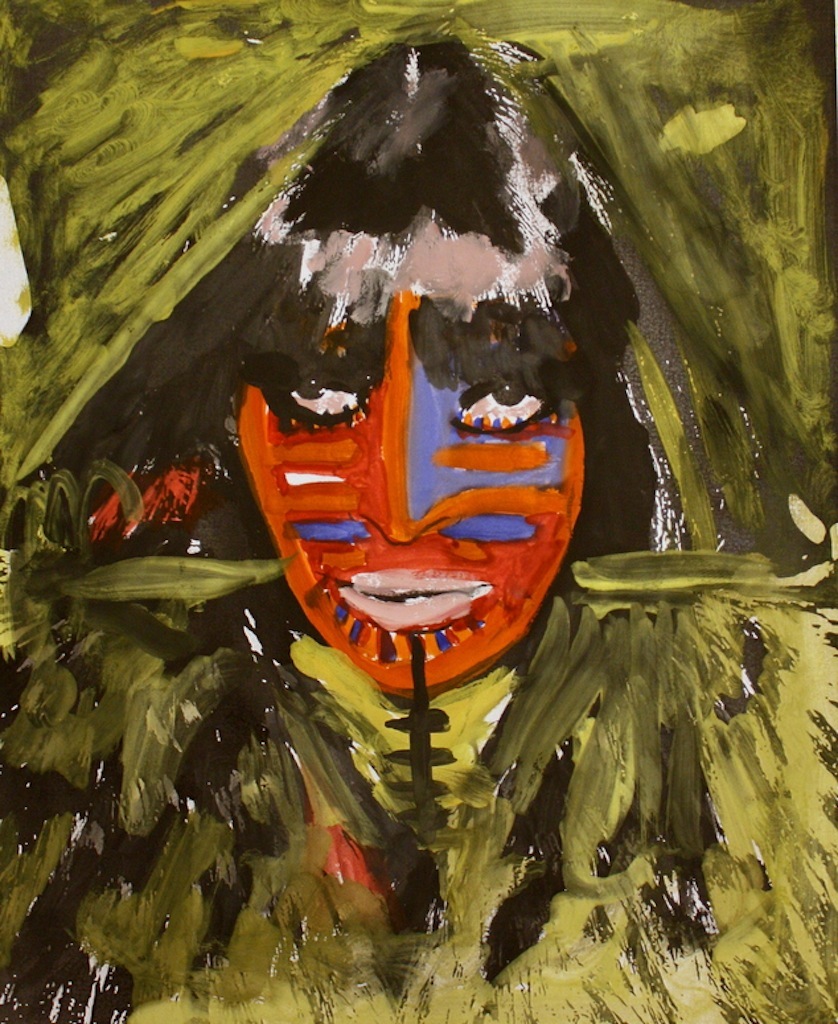
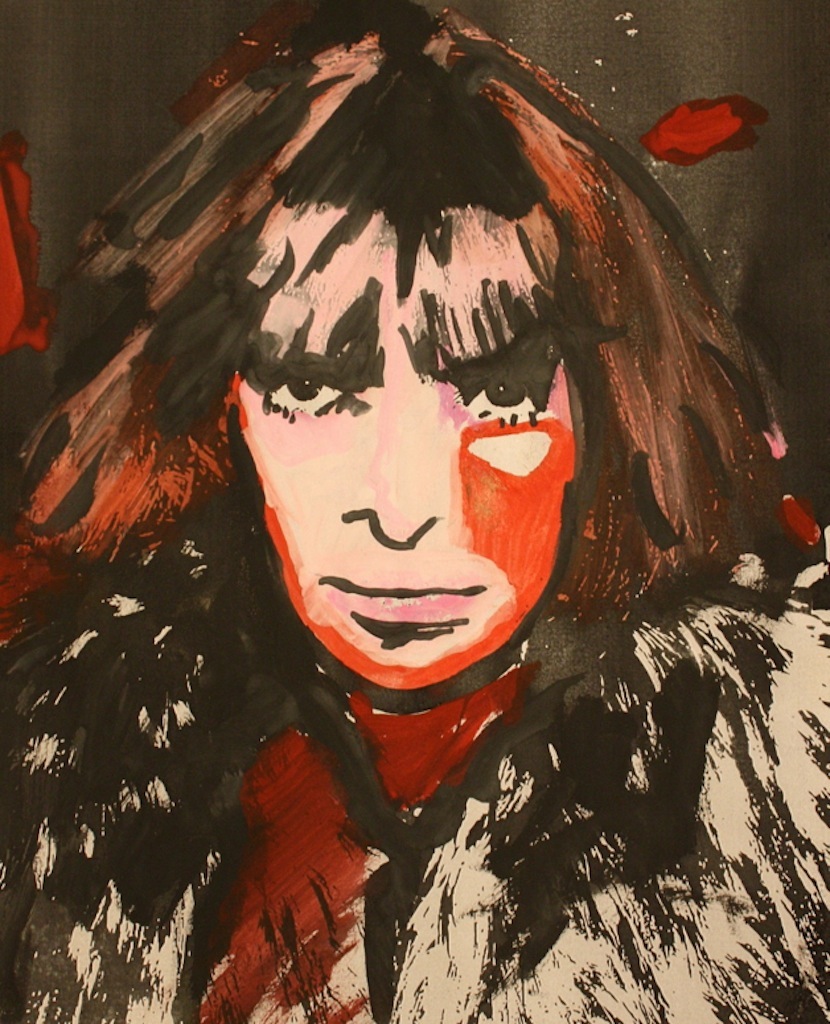
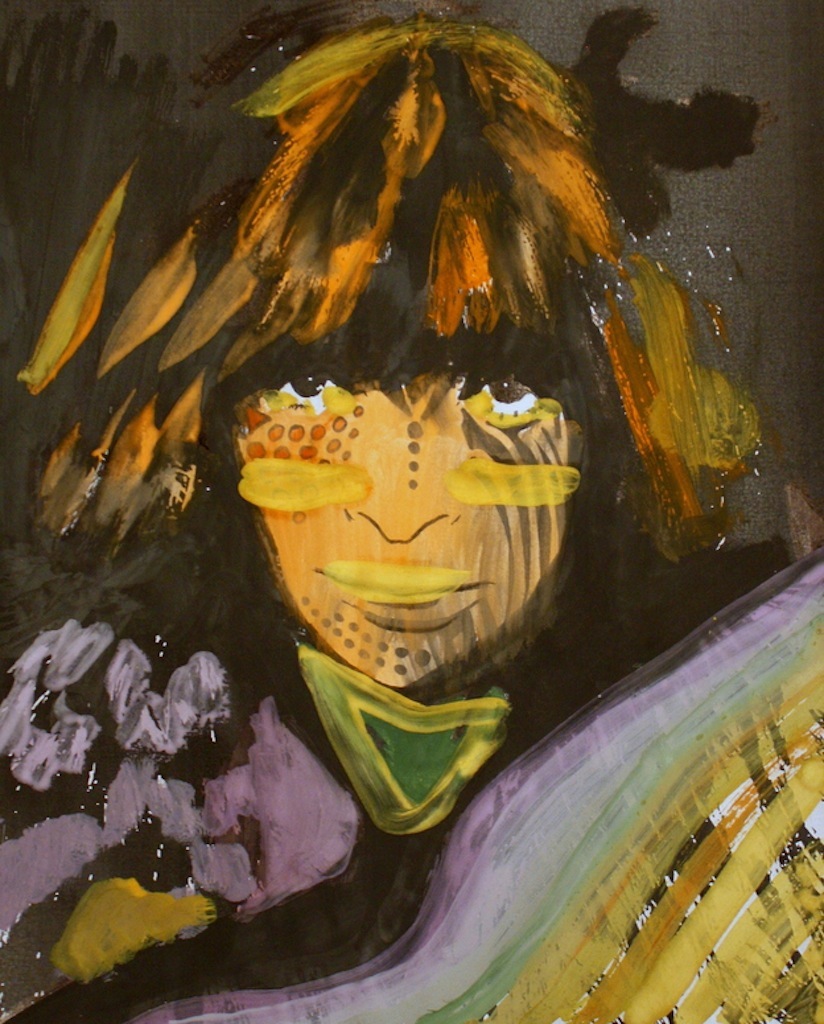
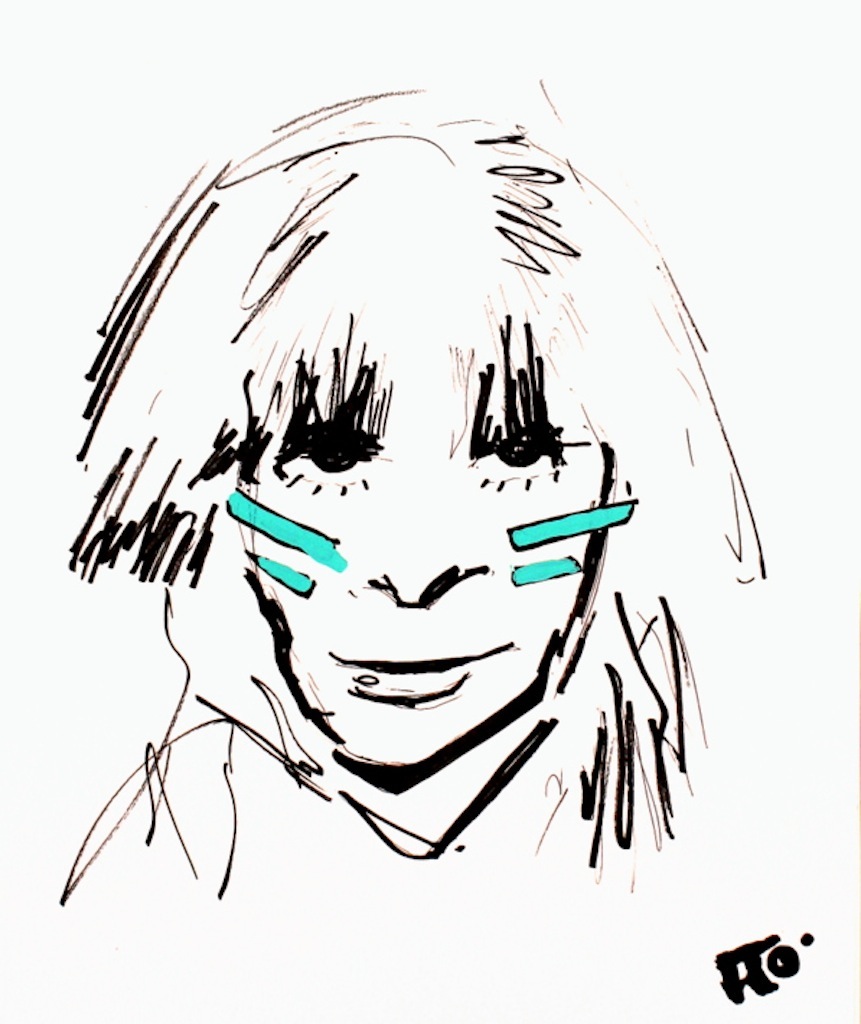
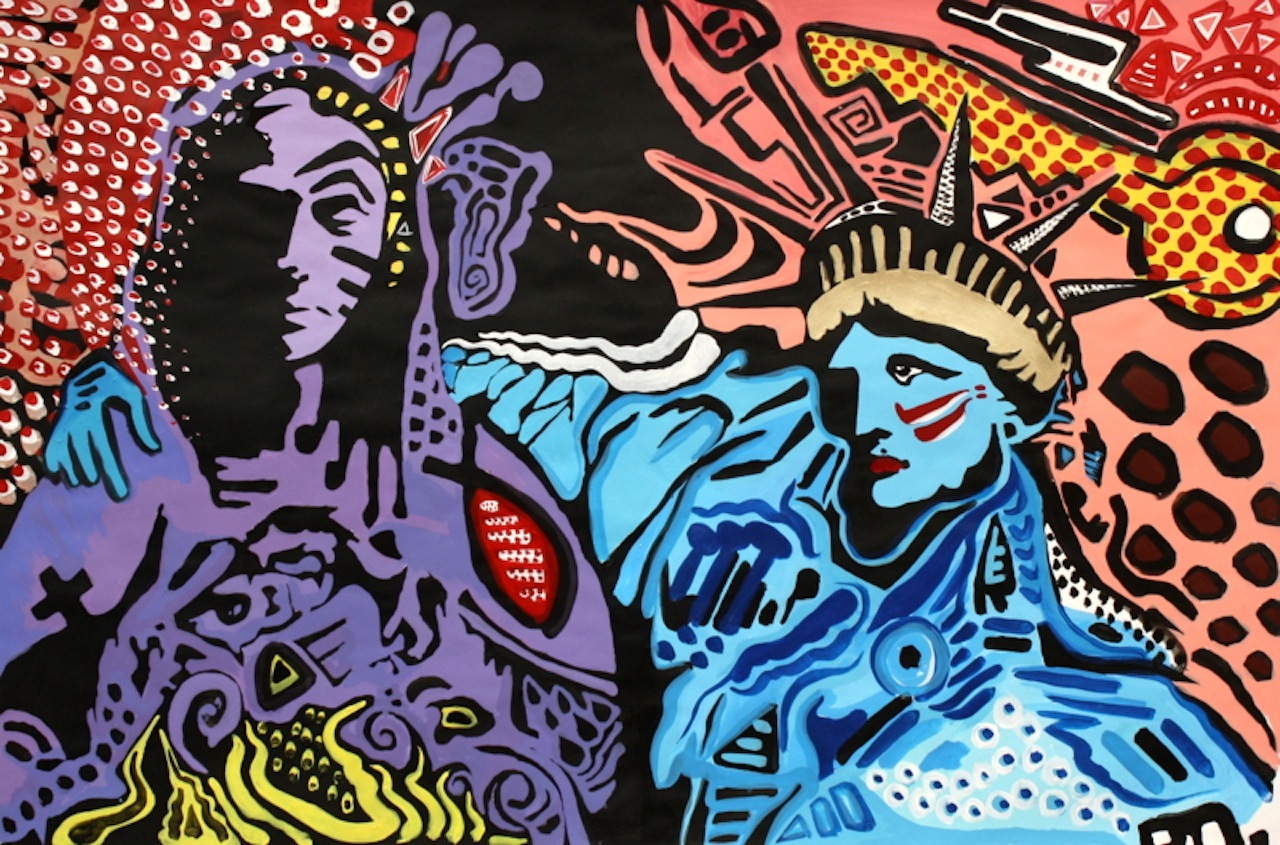
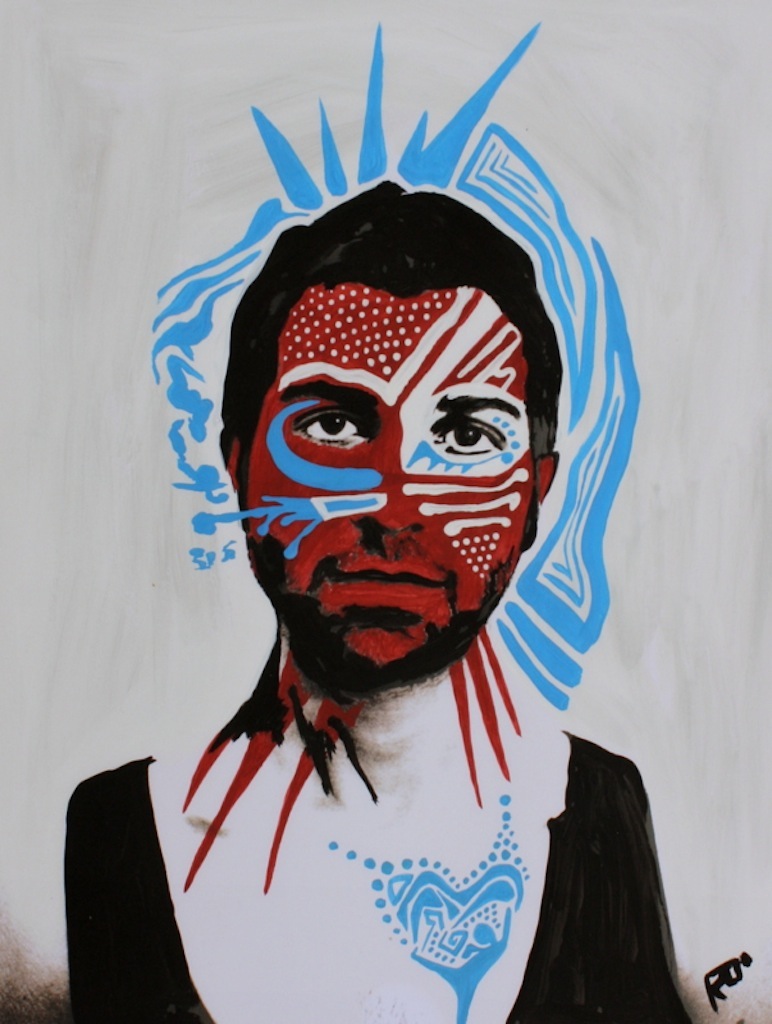
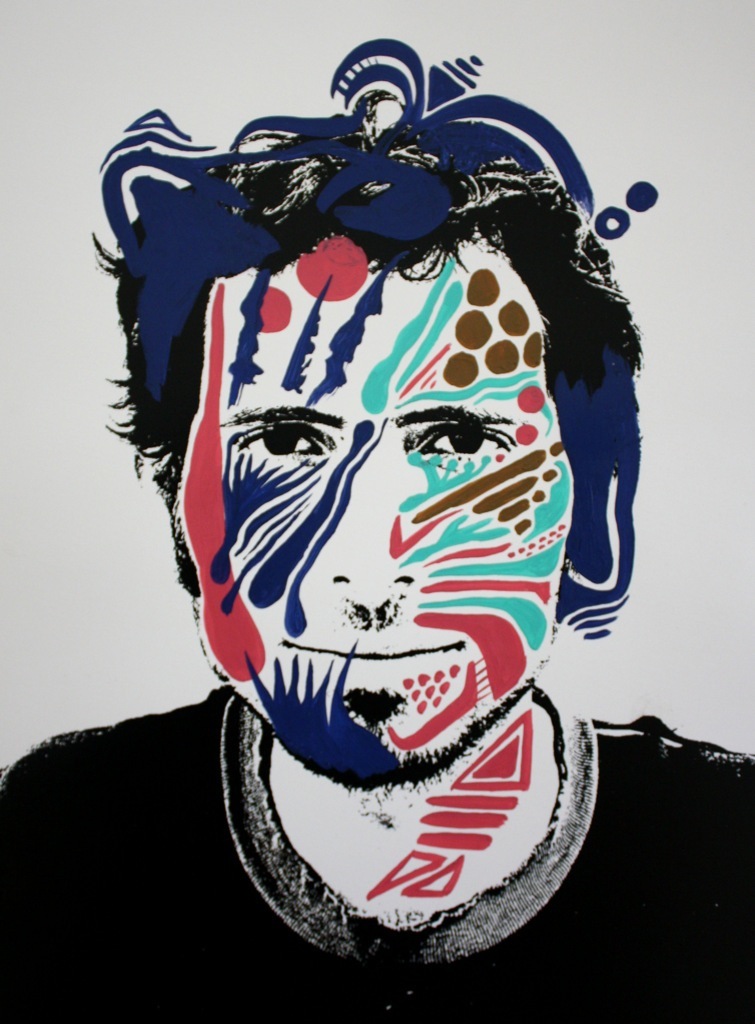
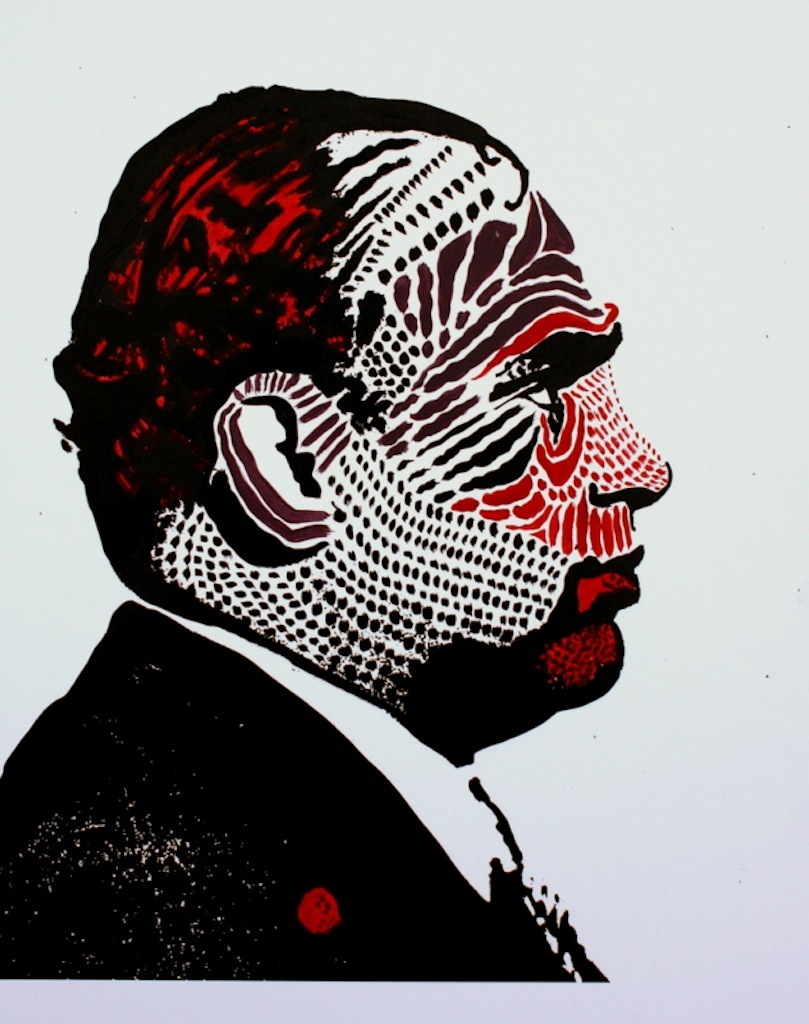
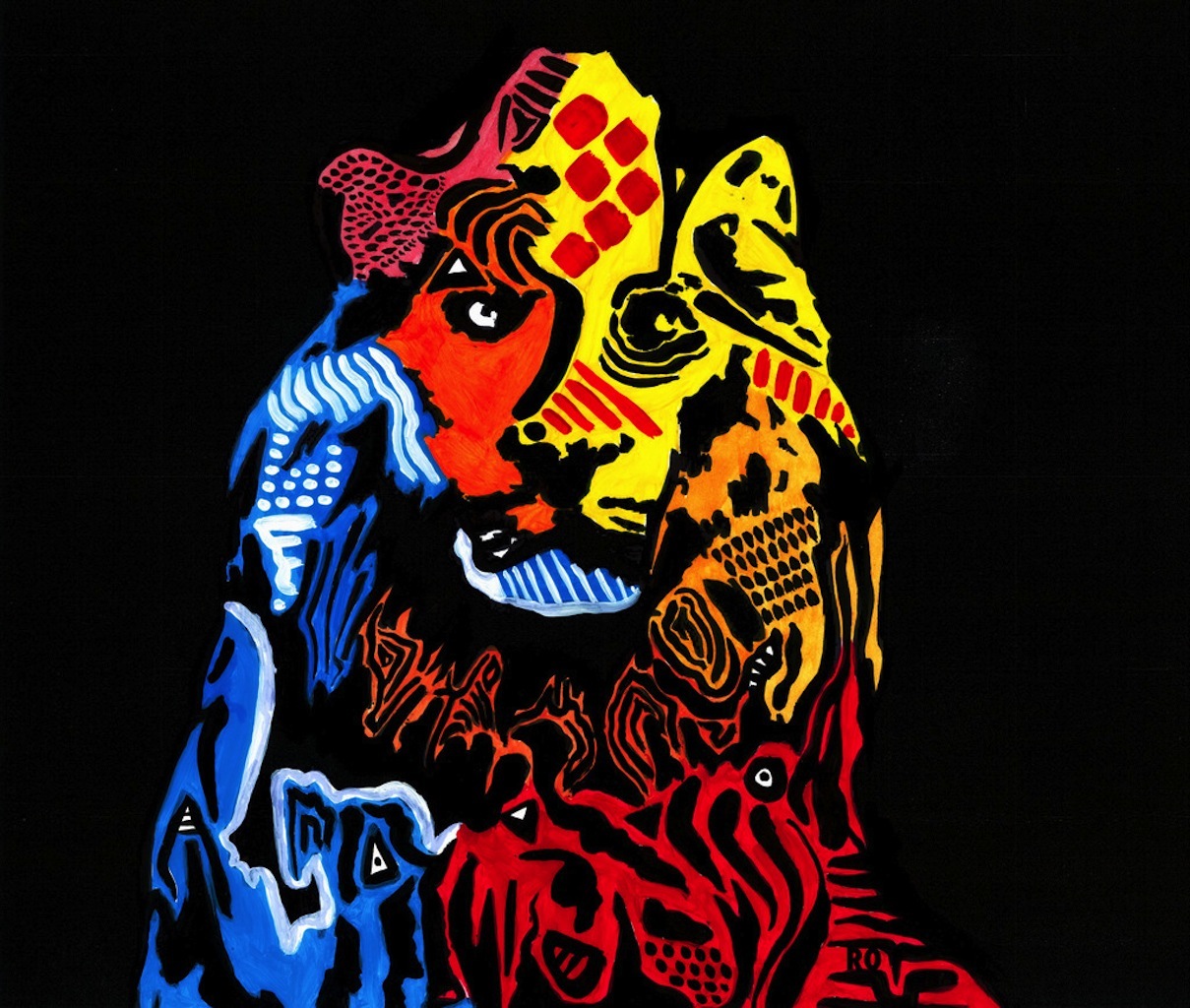
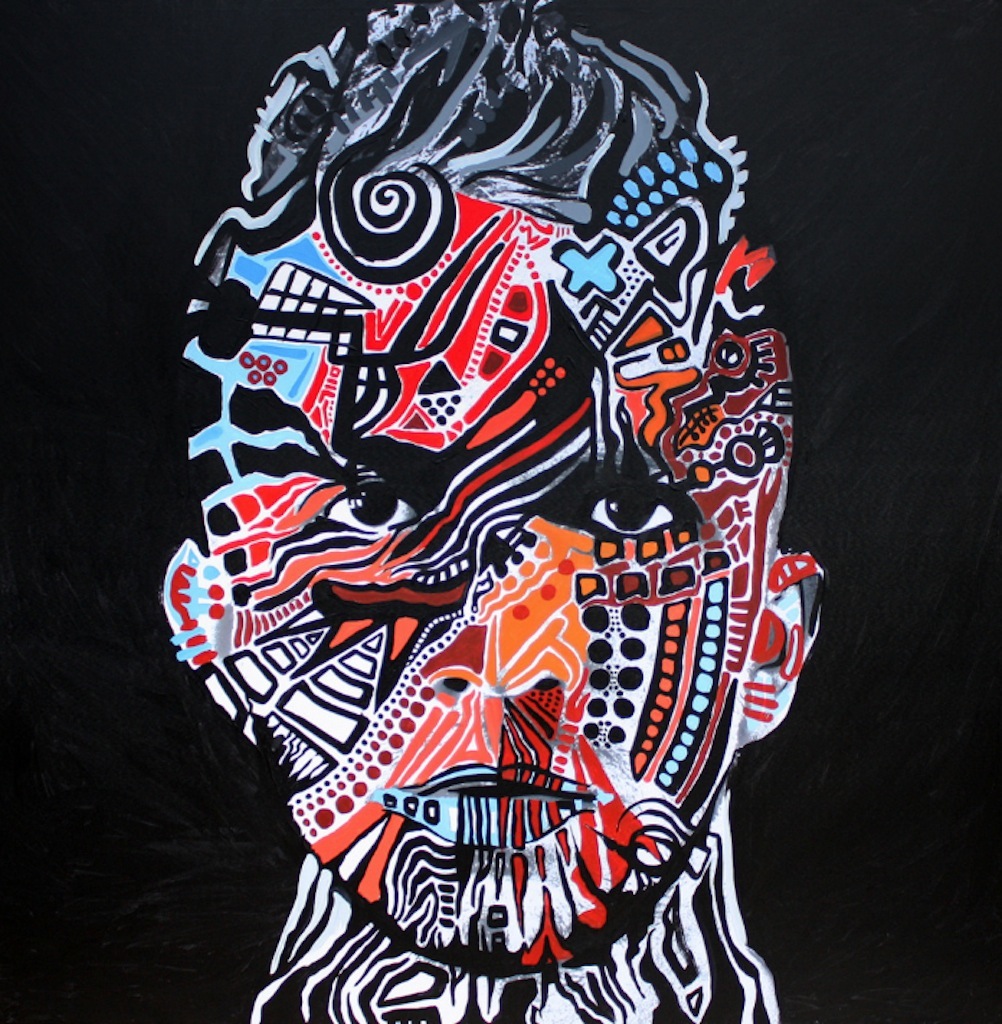
.
Julian Tschollar – painter
My international upbringing has led me to search for a visual language that has the potential to grow in a hybrid space between cultural identities and communicate across cultural differences.
Throughout my art education I have experimented with figurative modes of painting and actively engaged with European and Eastern traditions in figurative art, philosophy and spiritualism. My faith in the potential of the figurative tradition within a modern context stems from my conviction that the expressive subjects of the past must necessarily be incorporated into visualisations of the present if art is to retain elements of our cultural, historical and spiritual heritage.
My desire to create images whose visual impact lies in their narrative potential and in the experience of illusion has led me to use the human figure as the substrate for my paintings and has resulted in a process of figural play. So far, my work has aimed to investigate the possibilities hidden amidst the junctures of materials, formal structures, and different approaches to figuration.
To support my practice I have engaged extensively with theories on the origins of cultural identity, symbolic systems, theological knowledge, which Aristotle described as ‘knowledge of things that have both independent being and freedom from change’, and ideas and theories surrounding allegorical modes of representation. Artists whose ideas and conceptual frameworks I endorse include – but extend far beyond – Jonas Burgert, Kitaj, Chagall, Daniel Richter, Breughel, Neo Rauch and Anselm Kiefer.
My ambition for the future is to discover the rules underlying the generative order that governs the patterns which eventuate in the creation of forms, environments and even human beings; to develop an integrative visual language that has the potential to assimilate new perspectives, new knowledge fields and has the ability to resonate with a wider audience.
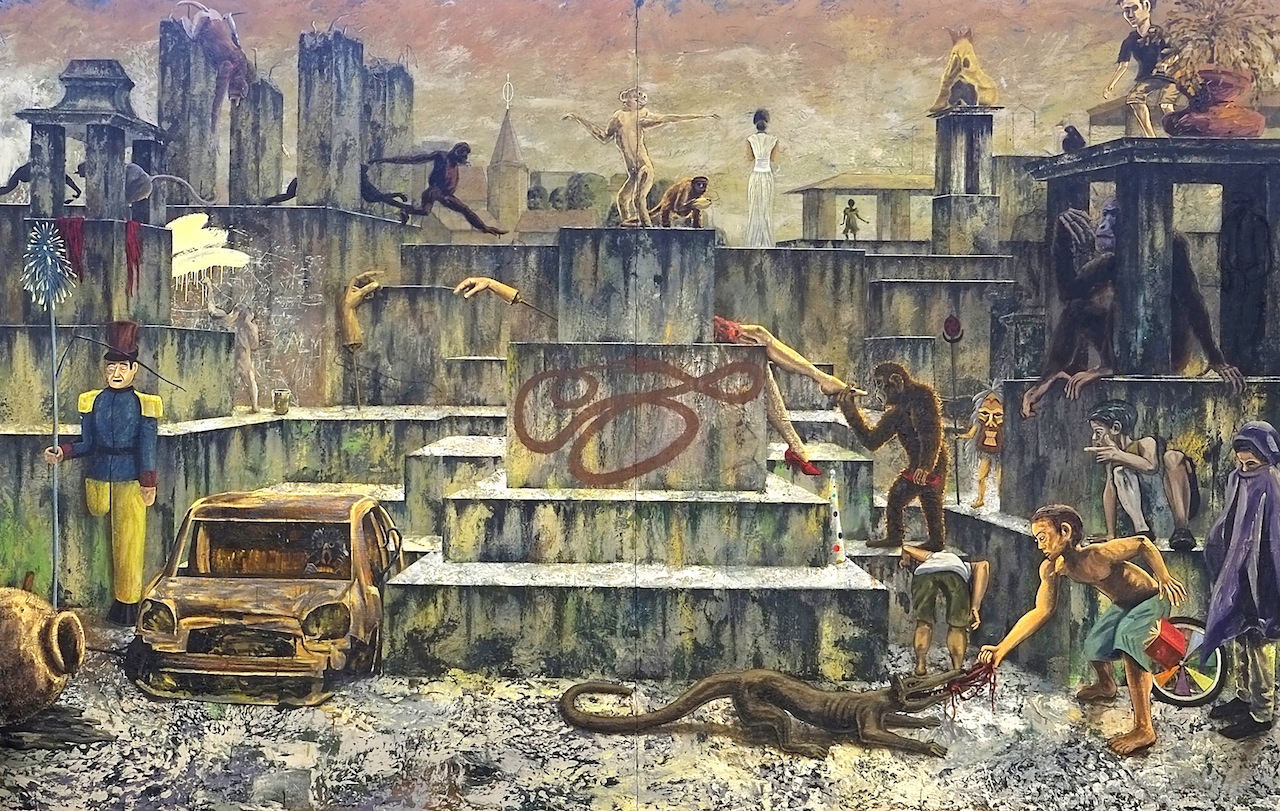
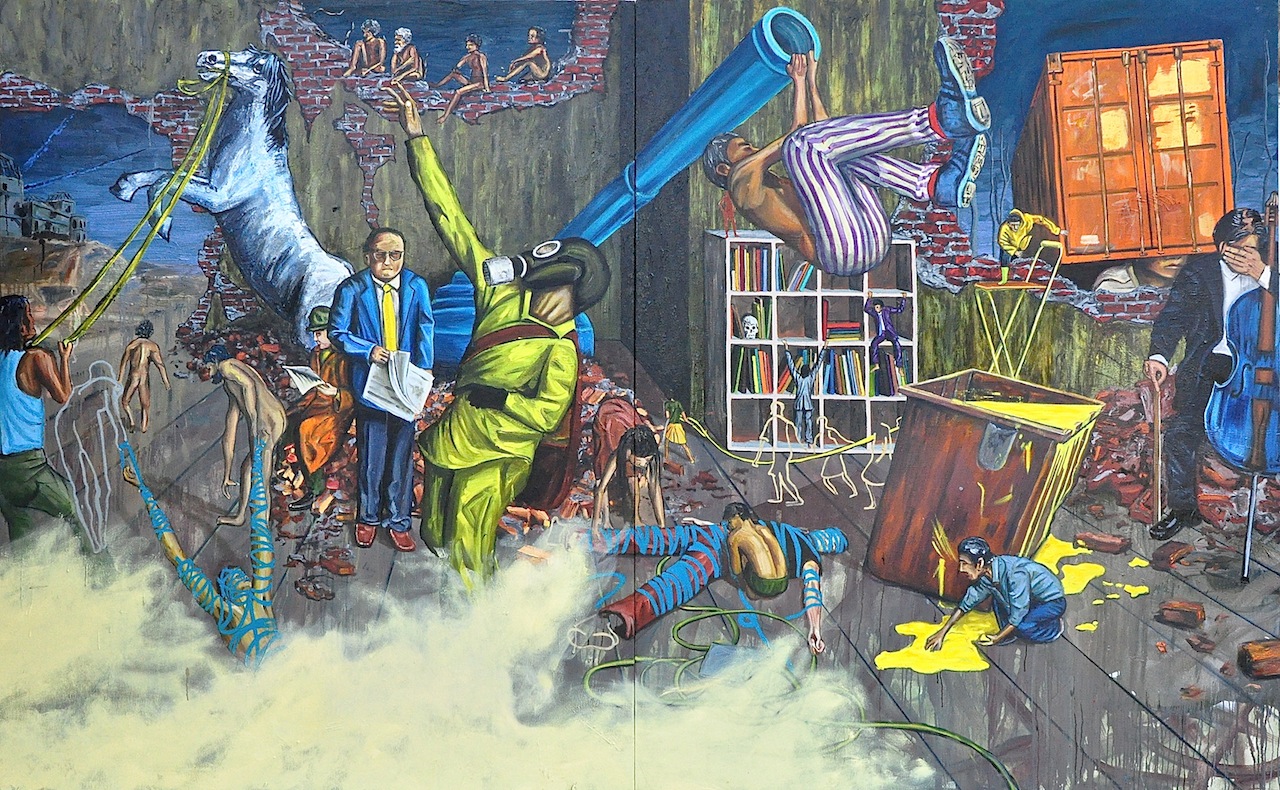
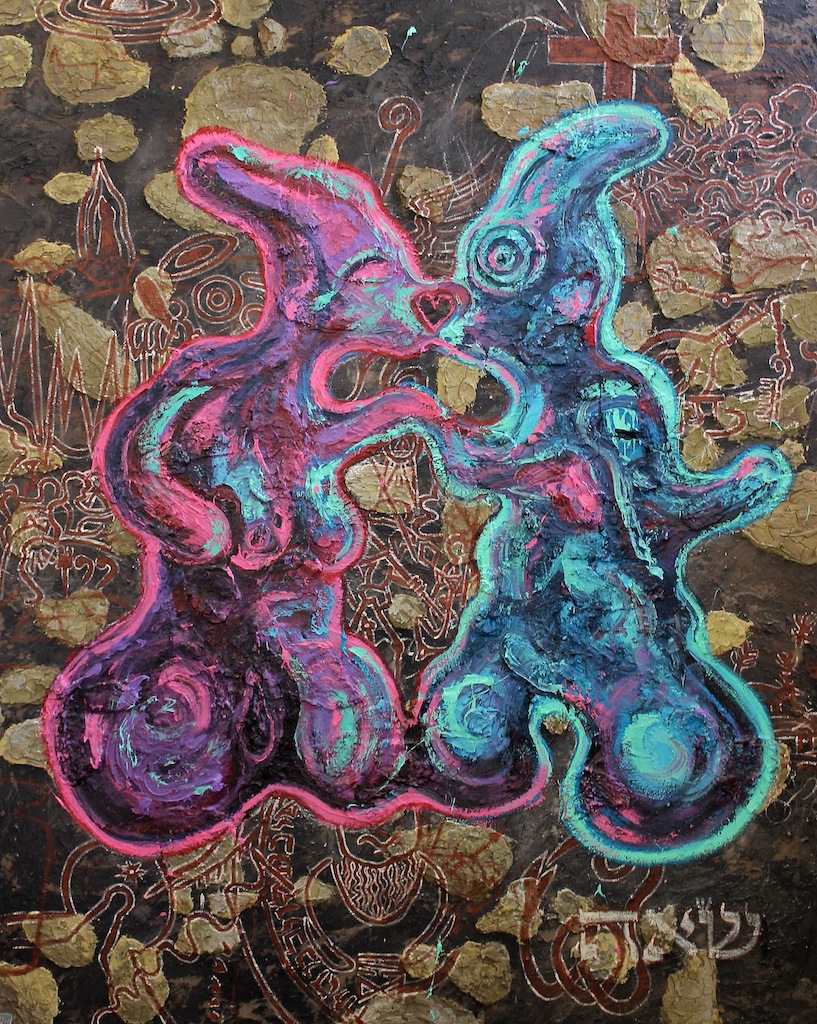
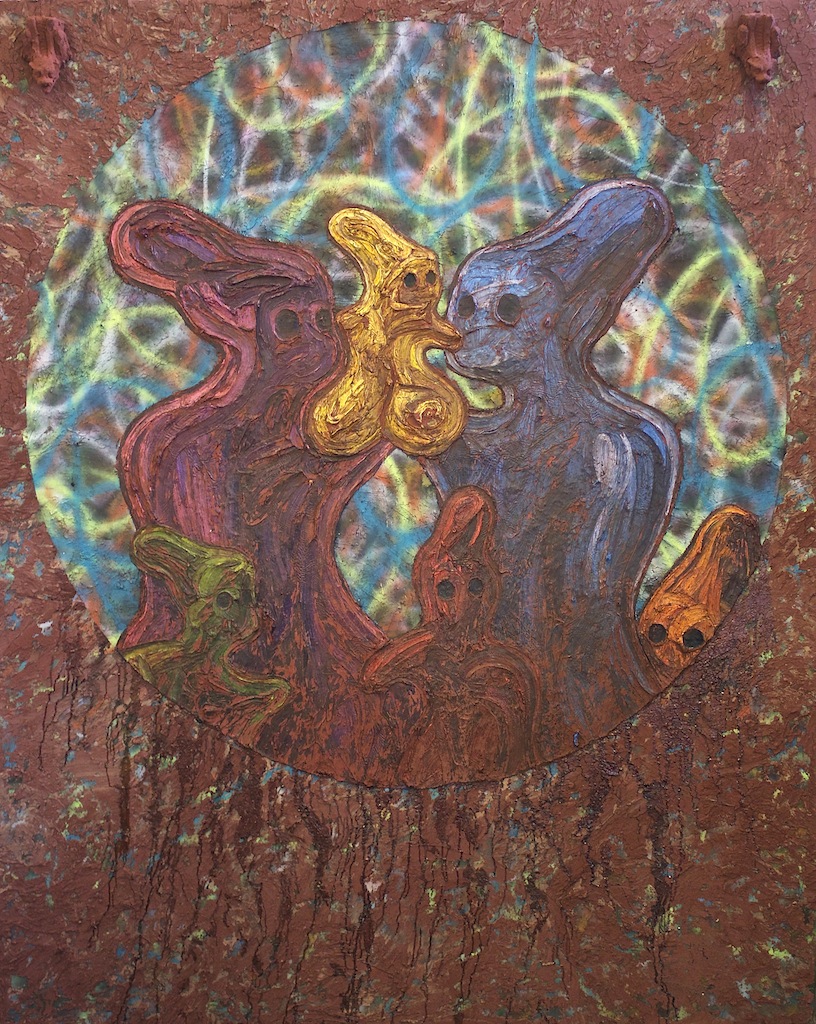
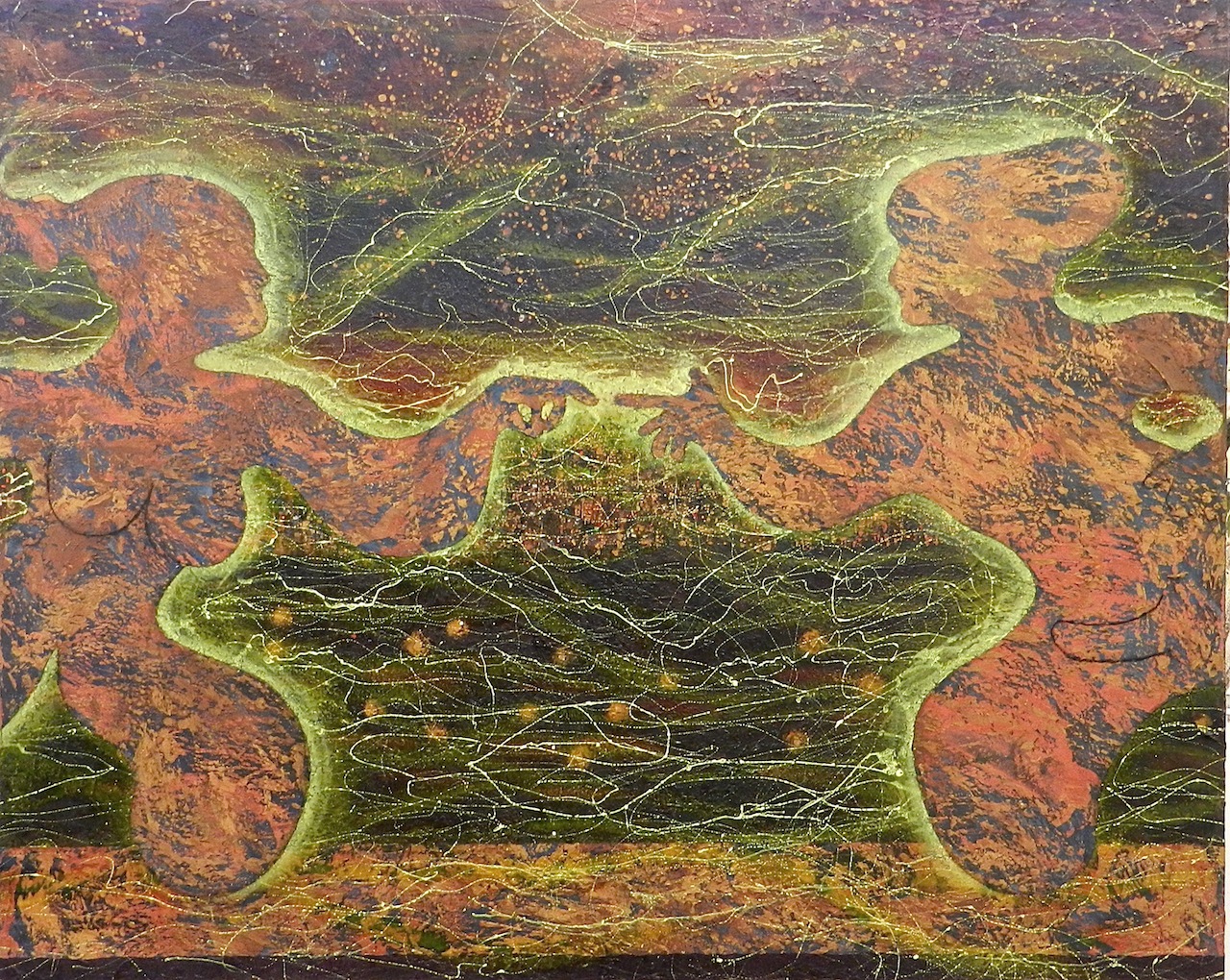
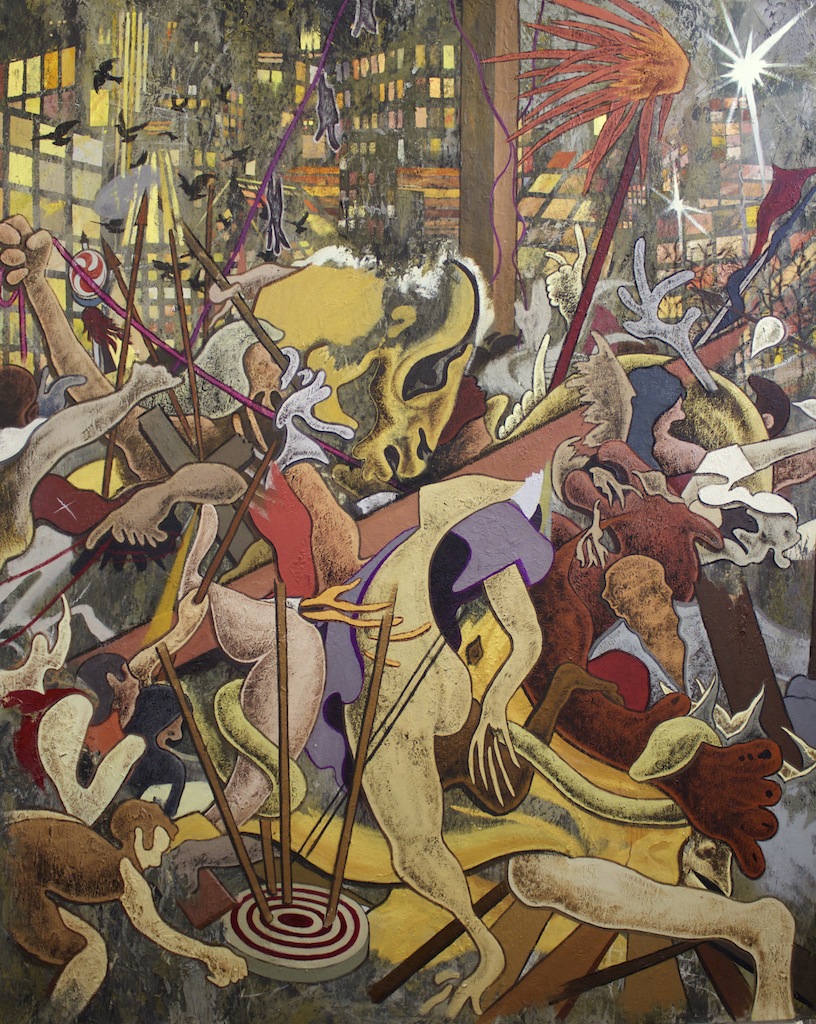
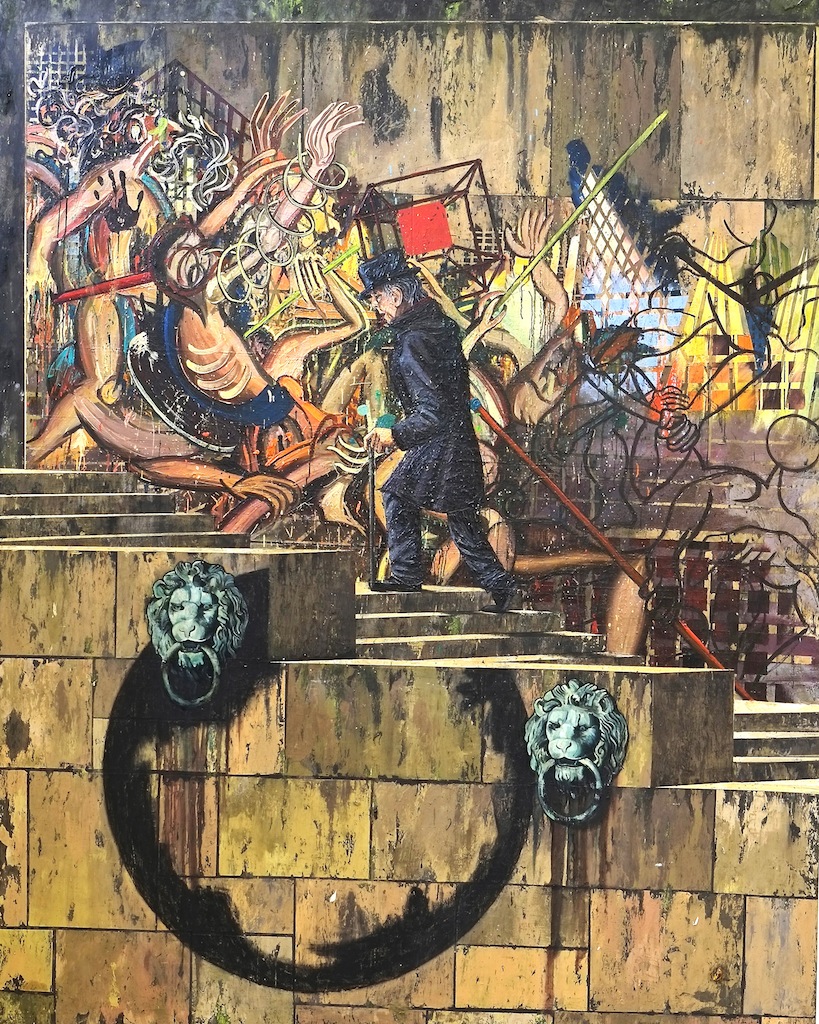
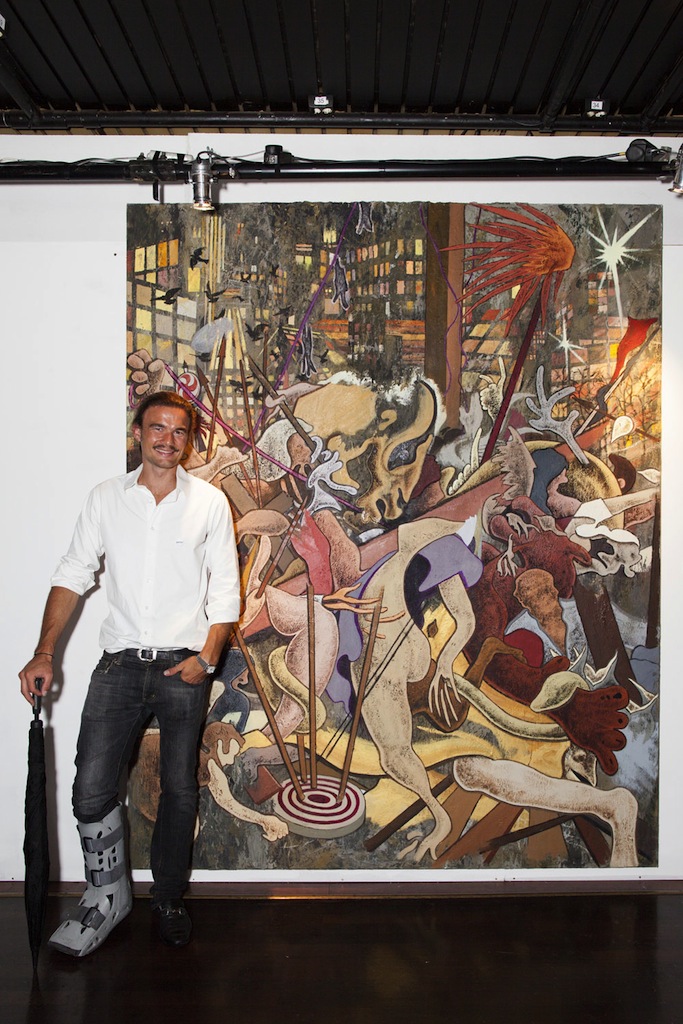
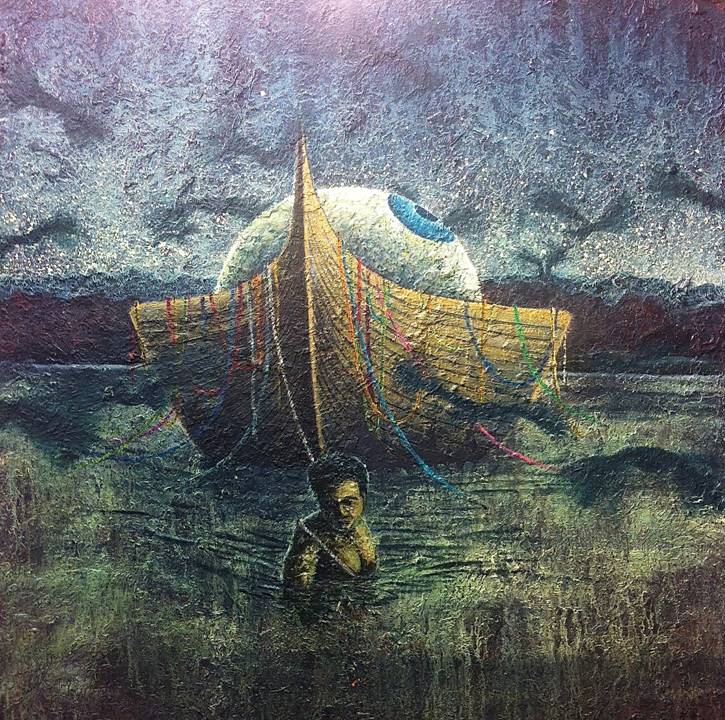
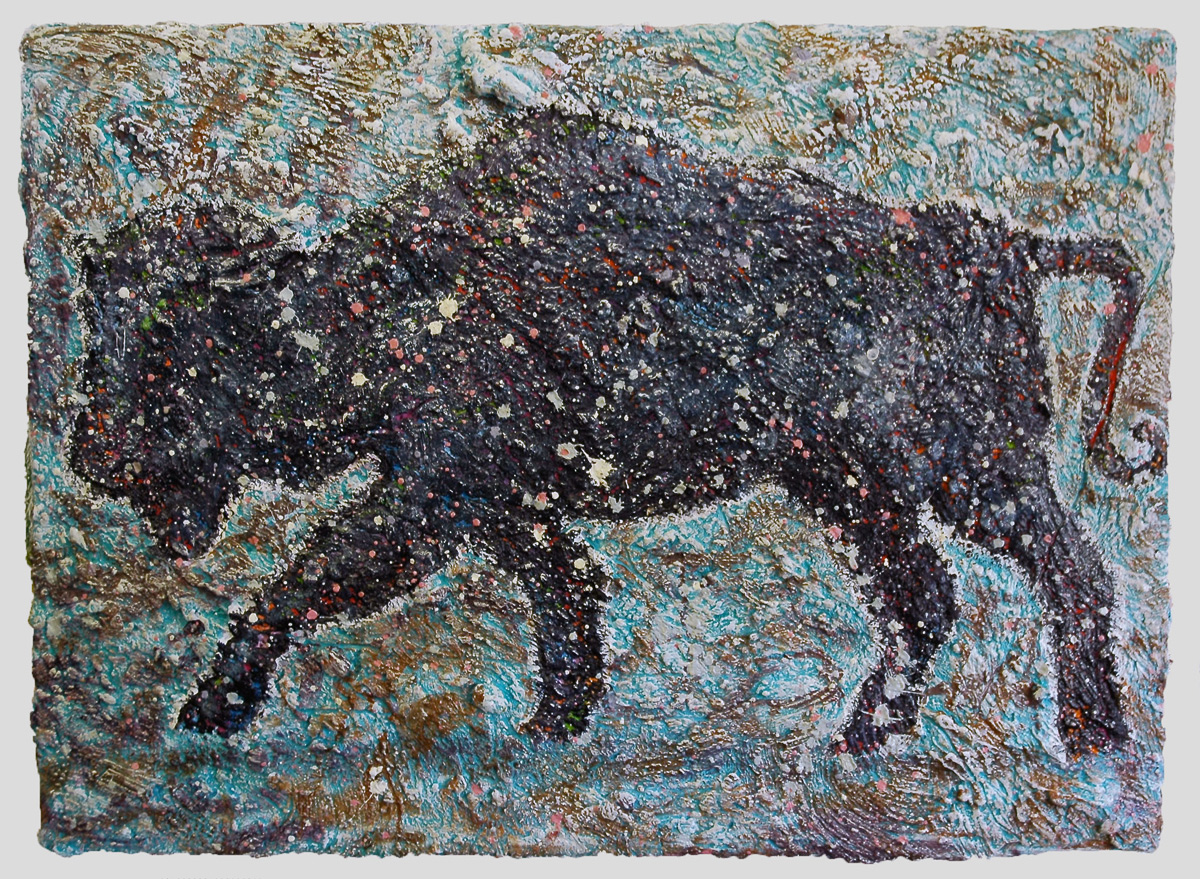
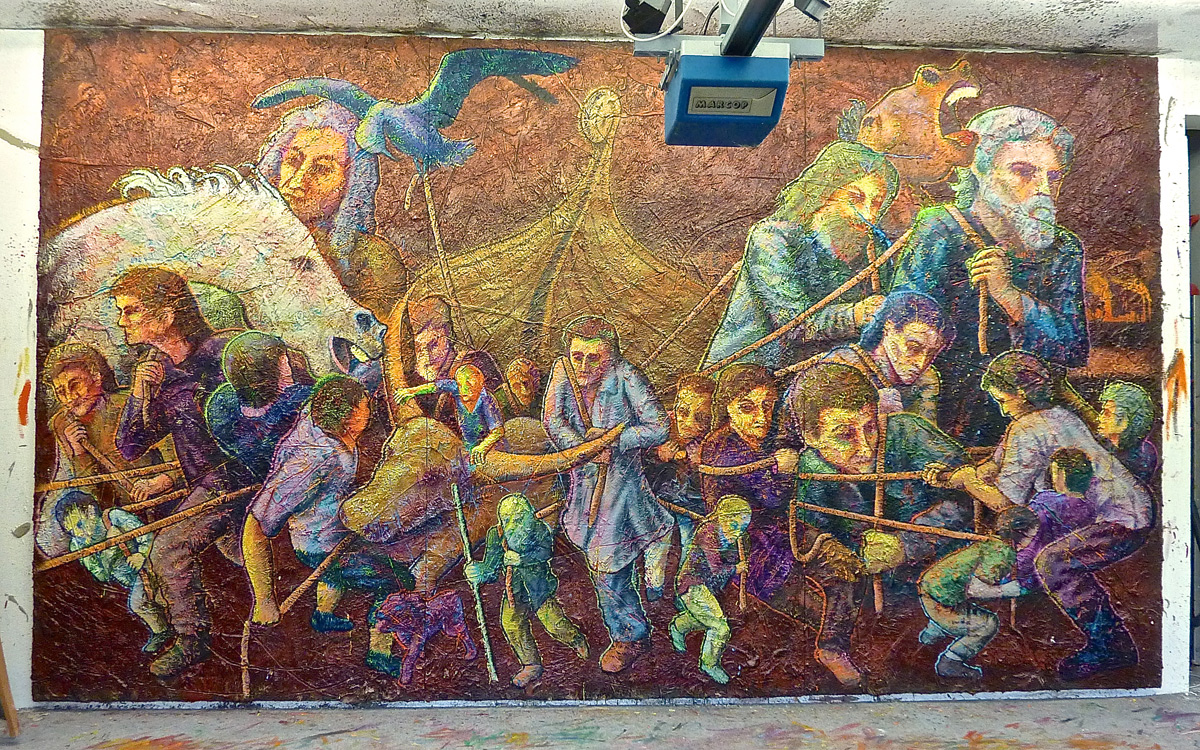
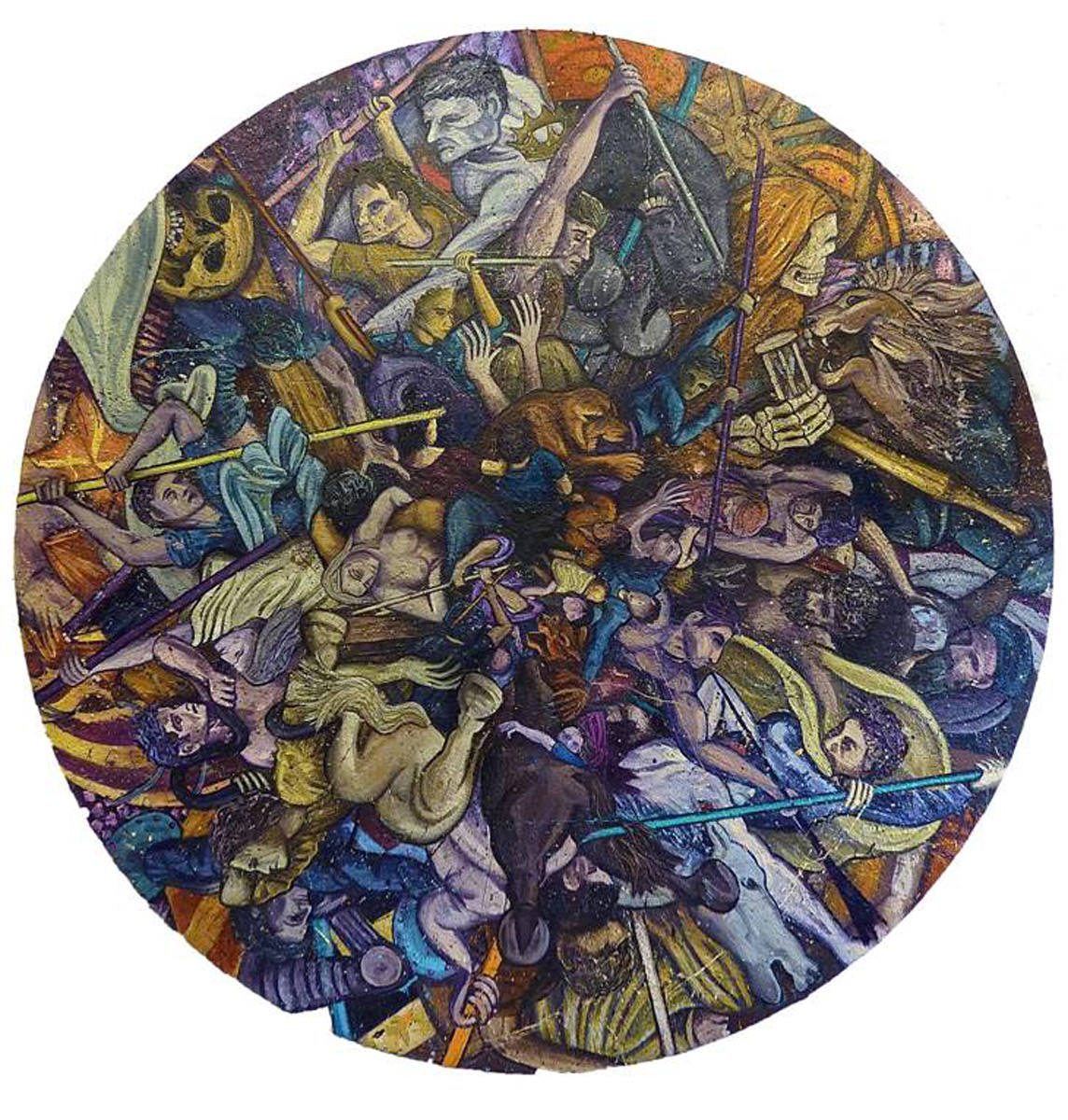
.
Marius Engstrom – Painter
Marius Engstrom was born in 1975 in Oslo, Norway. He currently lives and works in Oslo, where he has recently relocated back to after spending a year in Seville, Spain. Engstrom had his first solo show in 2004, and started exhibiting regularly at the well established “Galleri Haaken” in Oslo in 2007. Engstrom has since then shown work in various countries, as well as organized and co-curated big exhibitions in London and Lisbon.
Around the time Engstrom started his art practice, theoretical and conceptual art were the major forces in the art climate of Northern Europe. Trained as a portrait and still life painter, Engstrom embarked on his own journey, aiming to combine conceptual thinking with a desire to bring emotional depth and painterly sensibility into his work. Engstrom often works in series, thus exploring certain themes or aesthetic possibilities in a number of paintings. This conceptual strategy is combined with an awareness of the opportunities that arise during the painting process, and a willingness to change the original disposition. He provides his audience with an interesting opportunity of both an intellectual and an emotional experience.
Engstrom depicts the everyday world around him and chooses images that often convey a sense of solitude and introversion. This solitude can be related to the desire of the individual that is still at the center of our society at the moment, and the emphasis on individual success and an “every man for himself” attitude. Engstrom’s paintings can be interpreted as a reflection, a criticism, or simply a pictorial description of a personal experience.
In his recent series of paintings, light seems to play a dominant role. Engstrom is examining the way light appears to us physically and what it does to us mentally. He takes his audience to dim pathways and alleys, and reveals little of what might be hidden in the dark. His simplifies and transforms his images to an almost minimalistic expression. Some elements can be altered to such a degree that the original reality of the image is hardly recognizable, thus opening for various interpretations. This is a key point in Engstrom’s art. He creates sceneries or environments the spectator can use as a point of departure for an individual experience. He offers a trancelike, Lynchian universe where mind, imagination and emotions can work freely, without the necessity of intellectual explanation. With sensitive brushwork and delicate use of color, Engstrom’s paintings communicate something enigmatic and unsaid with a subdued expressionism.
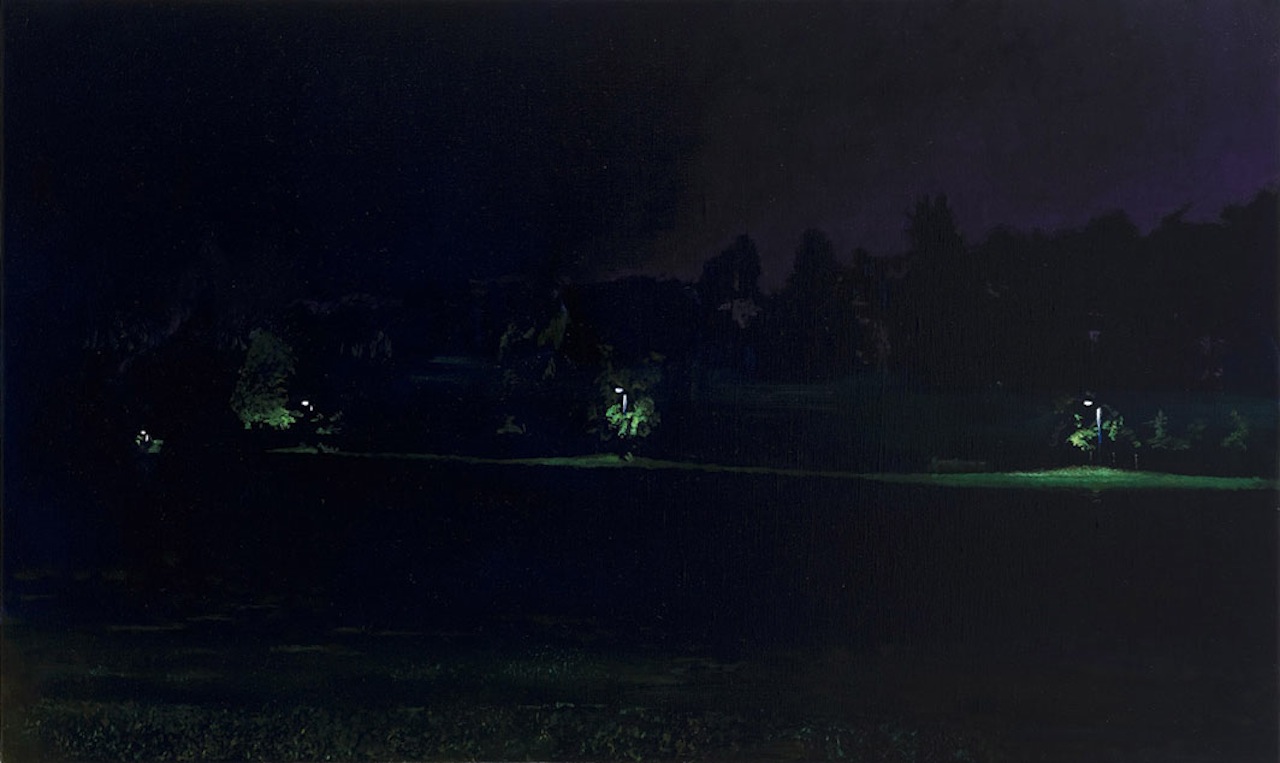
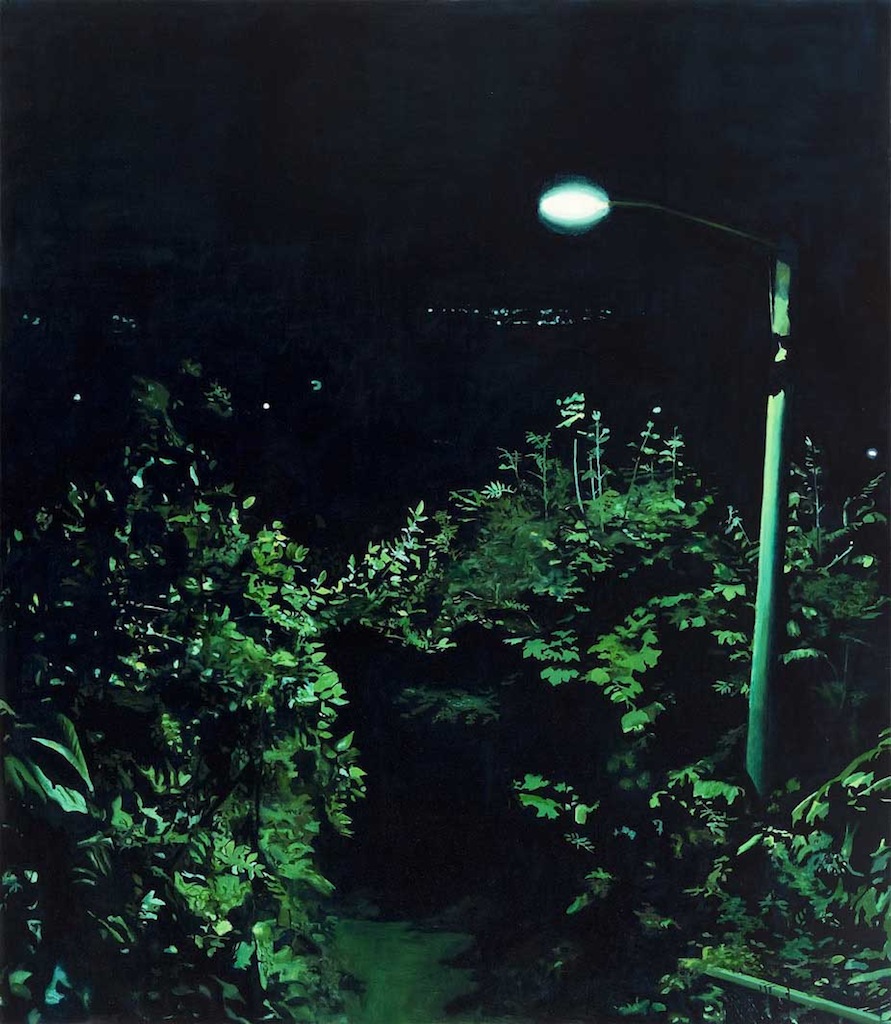
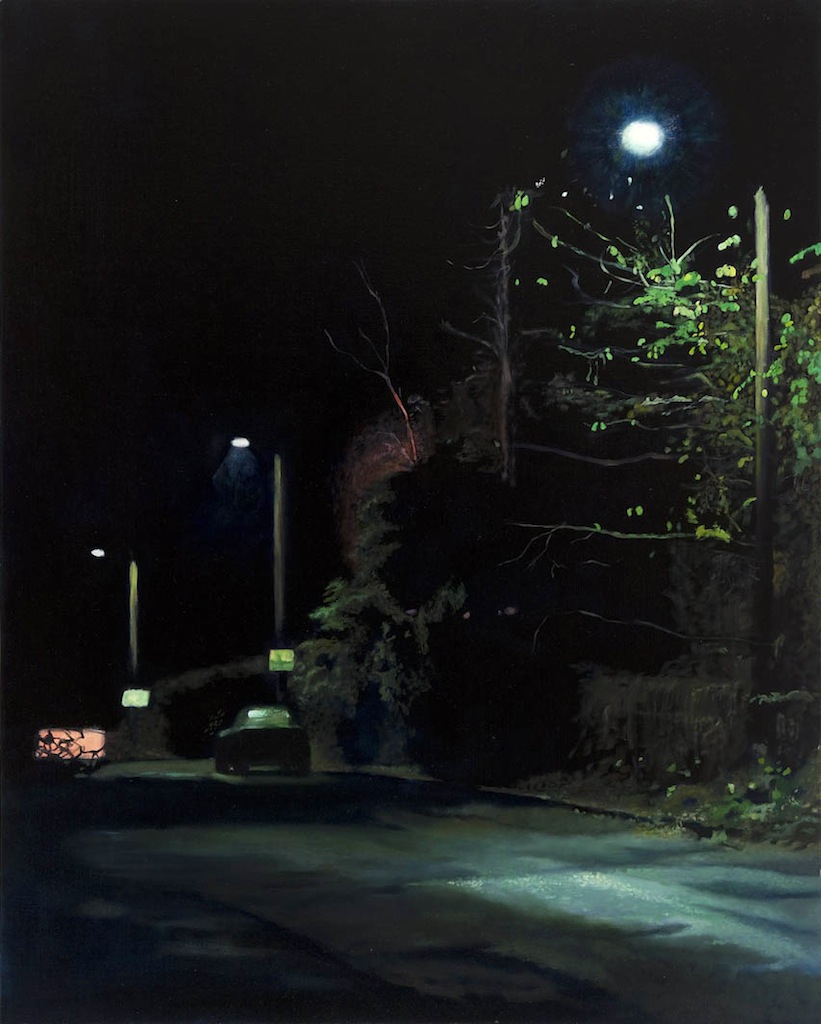
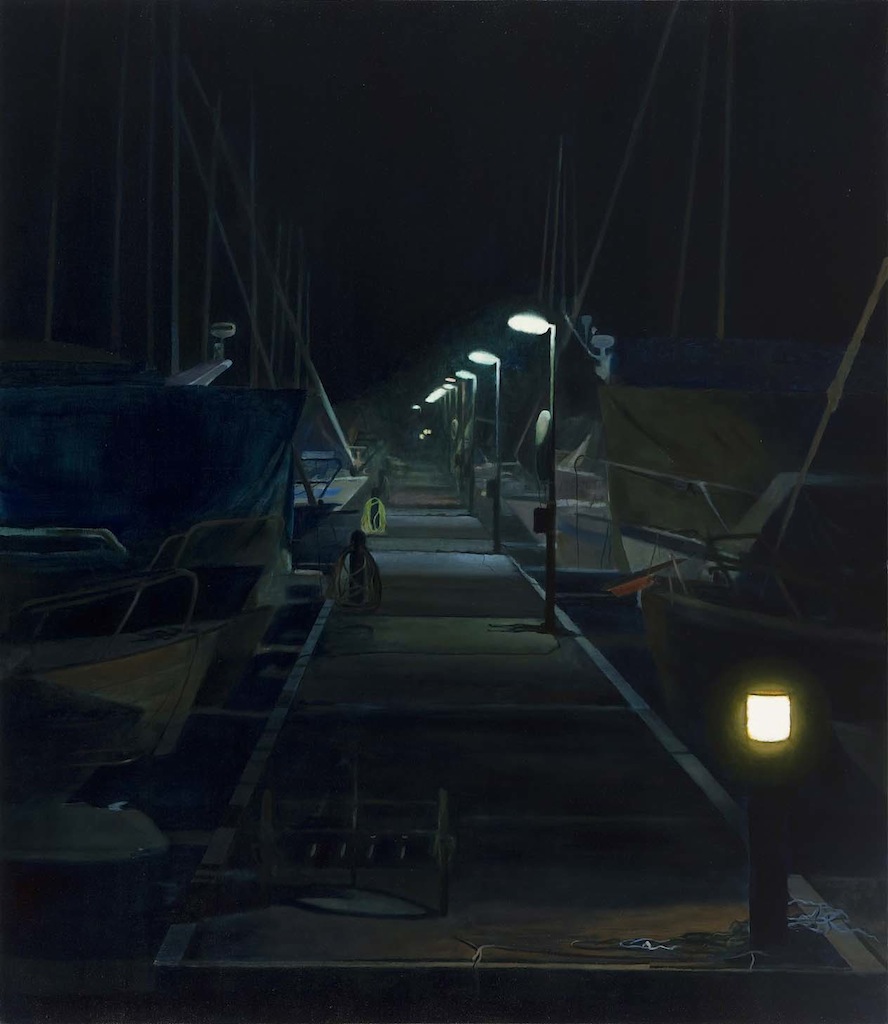
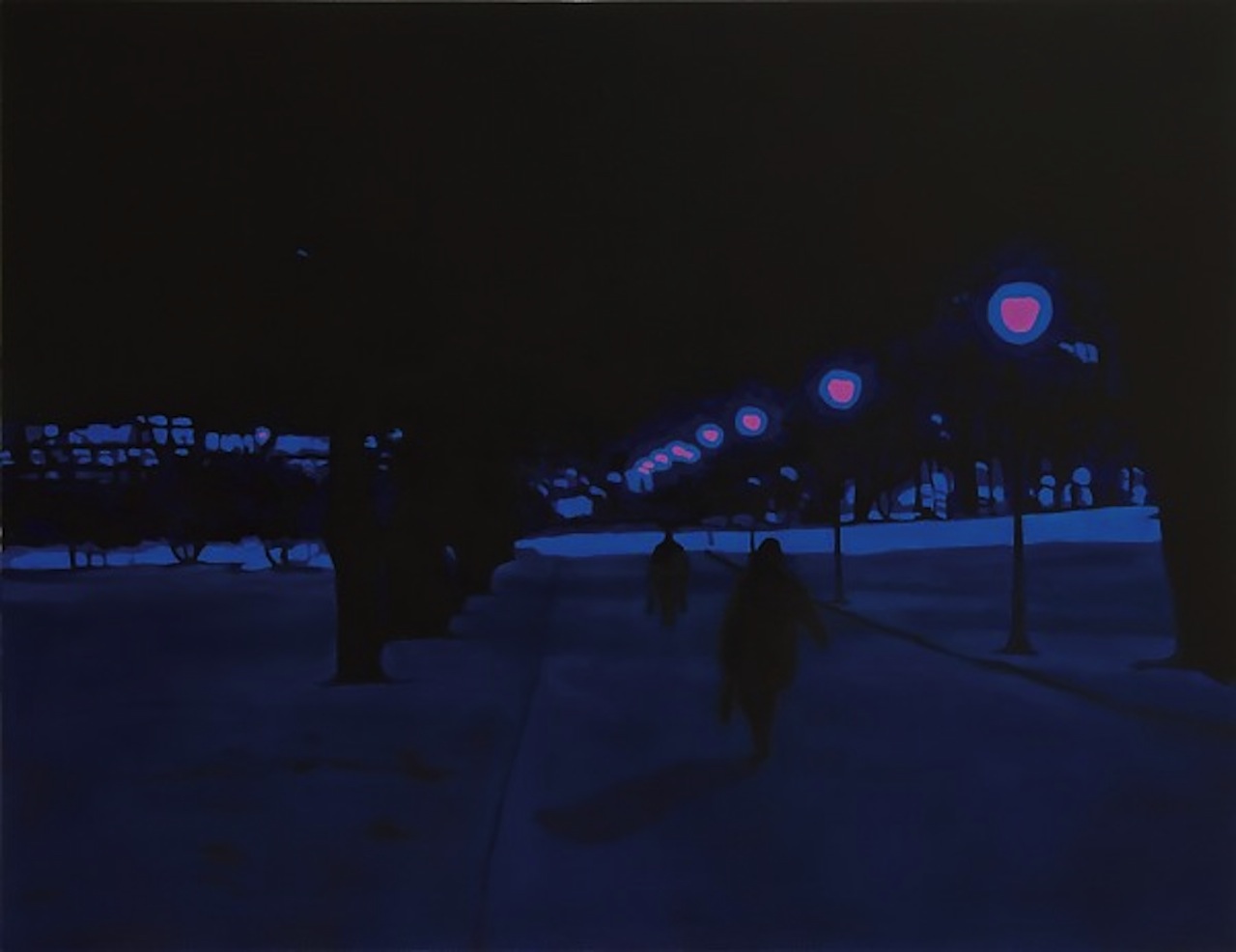
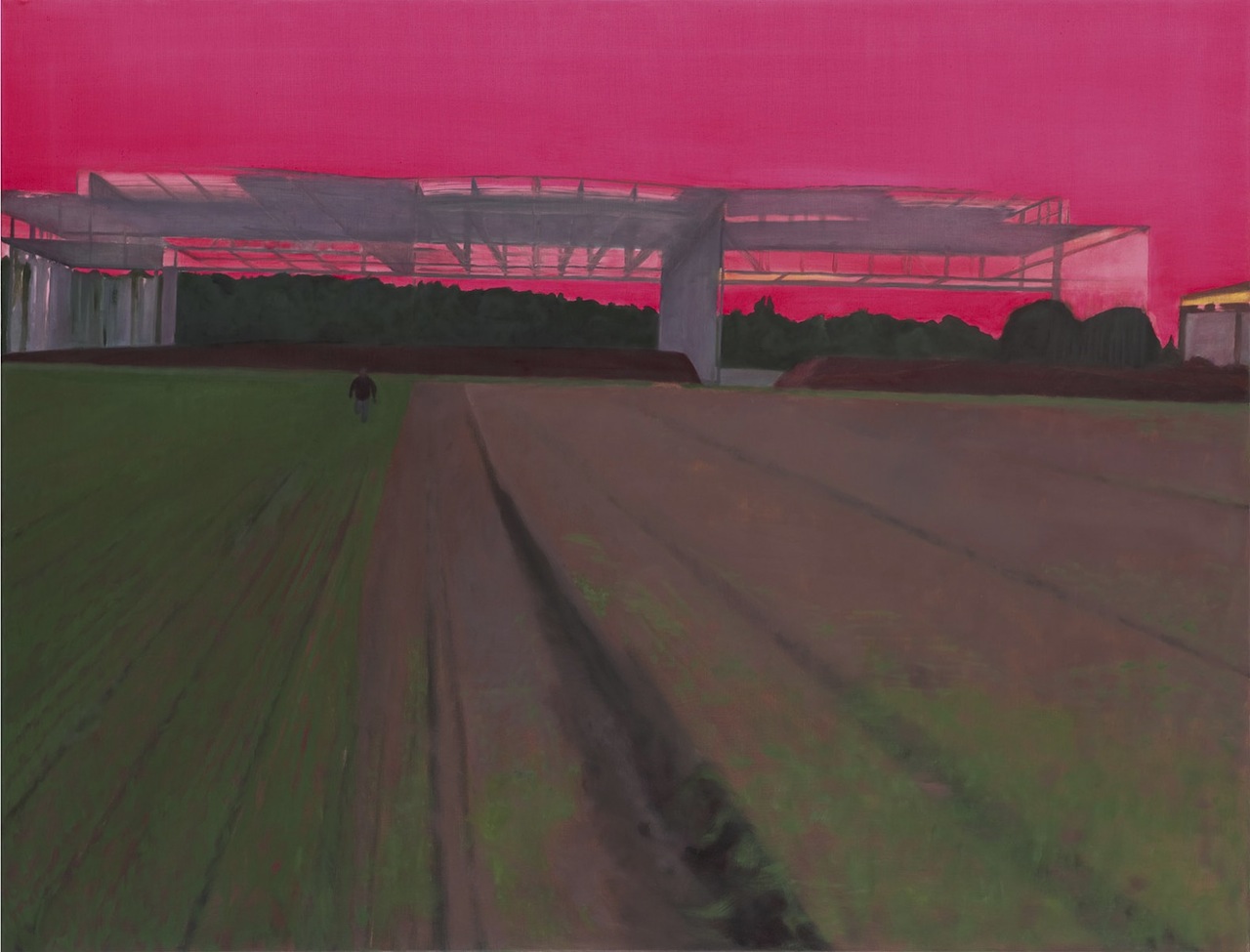
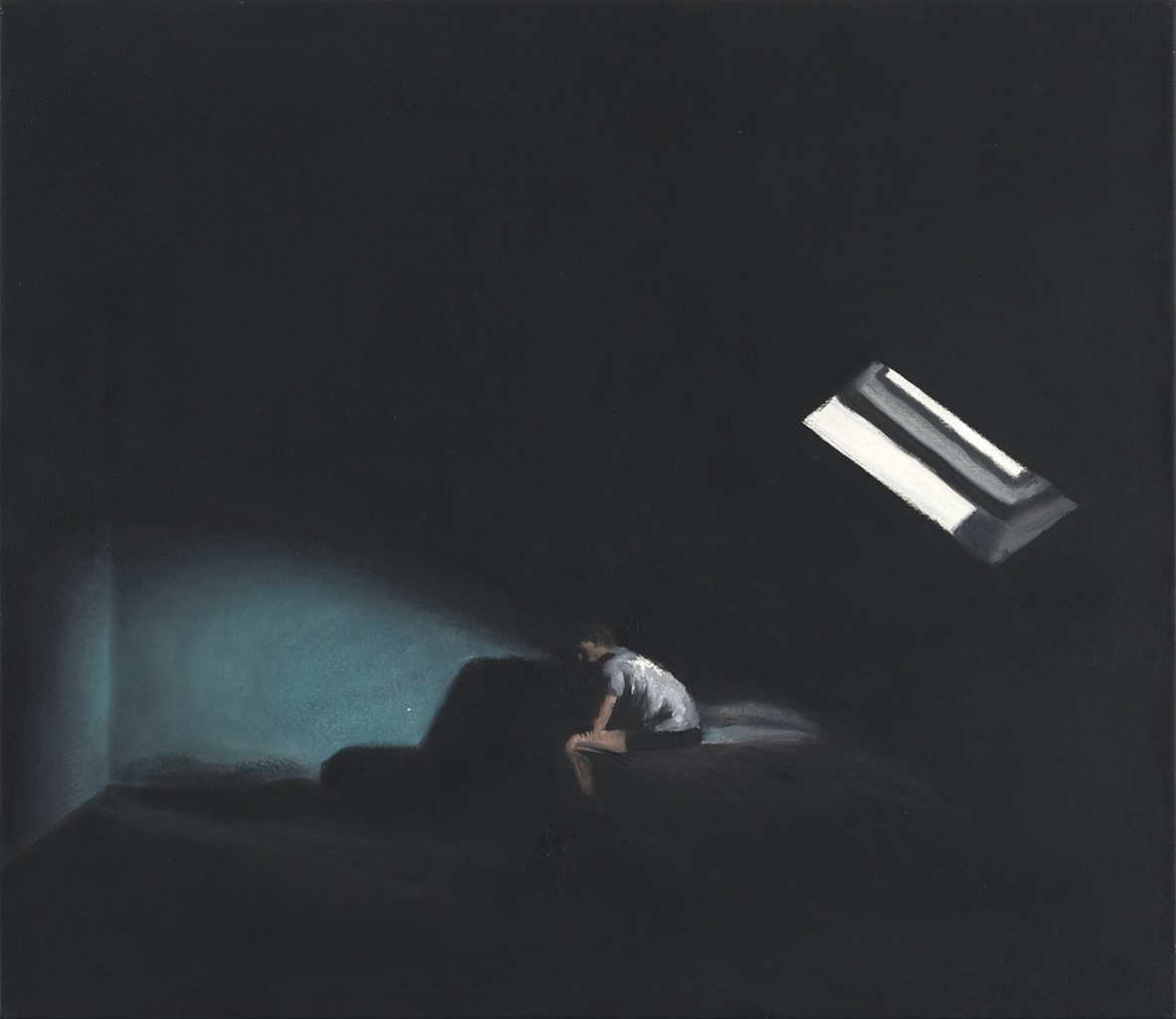
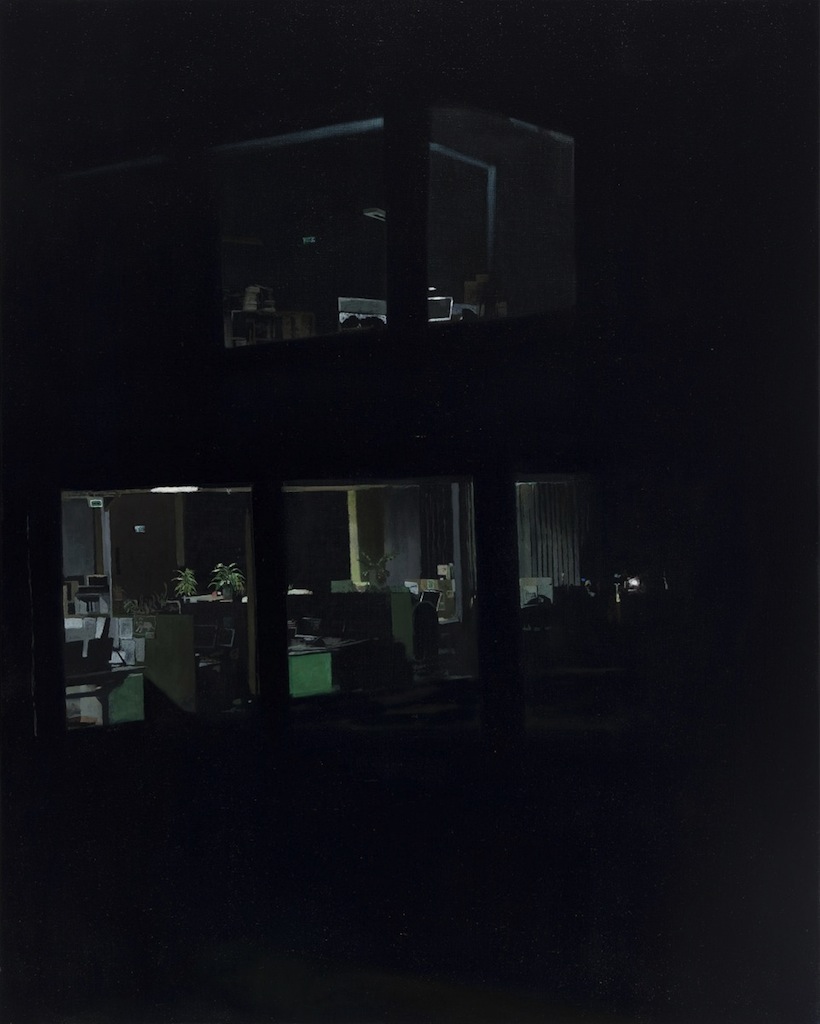
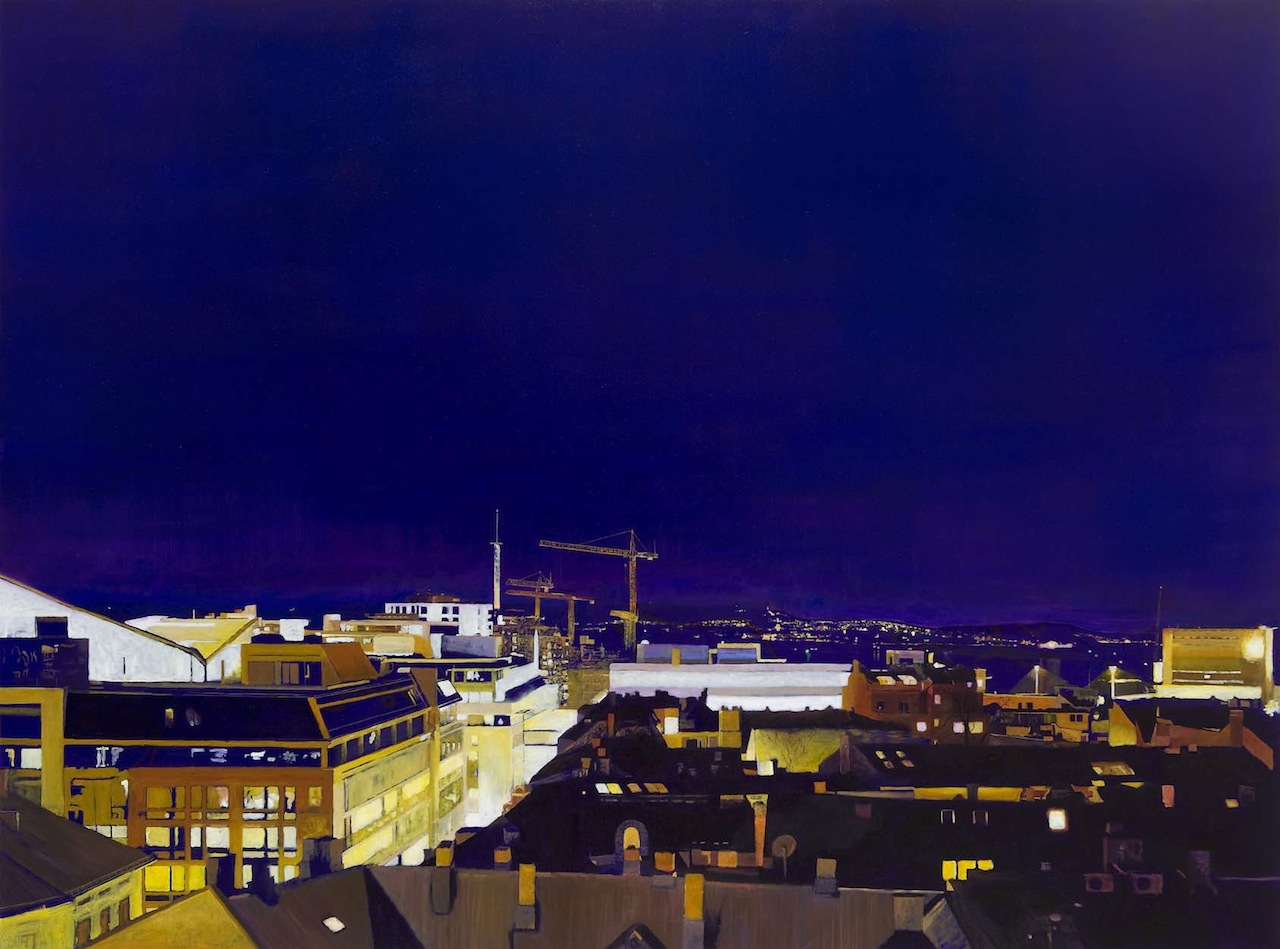
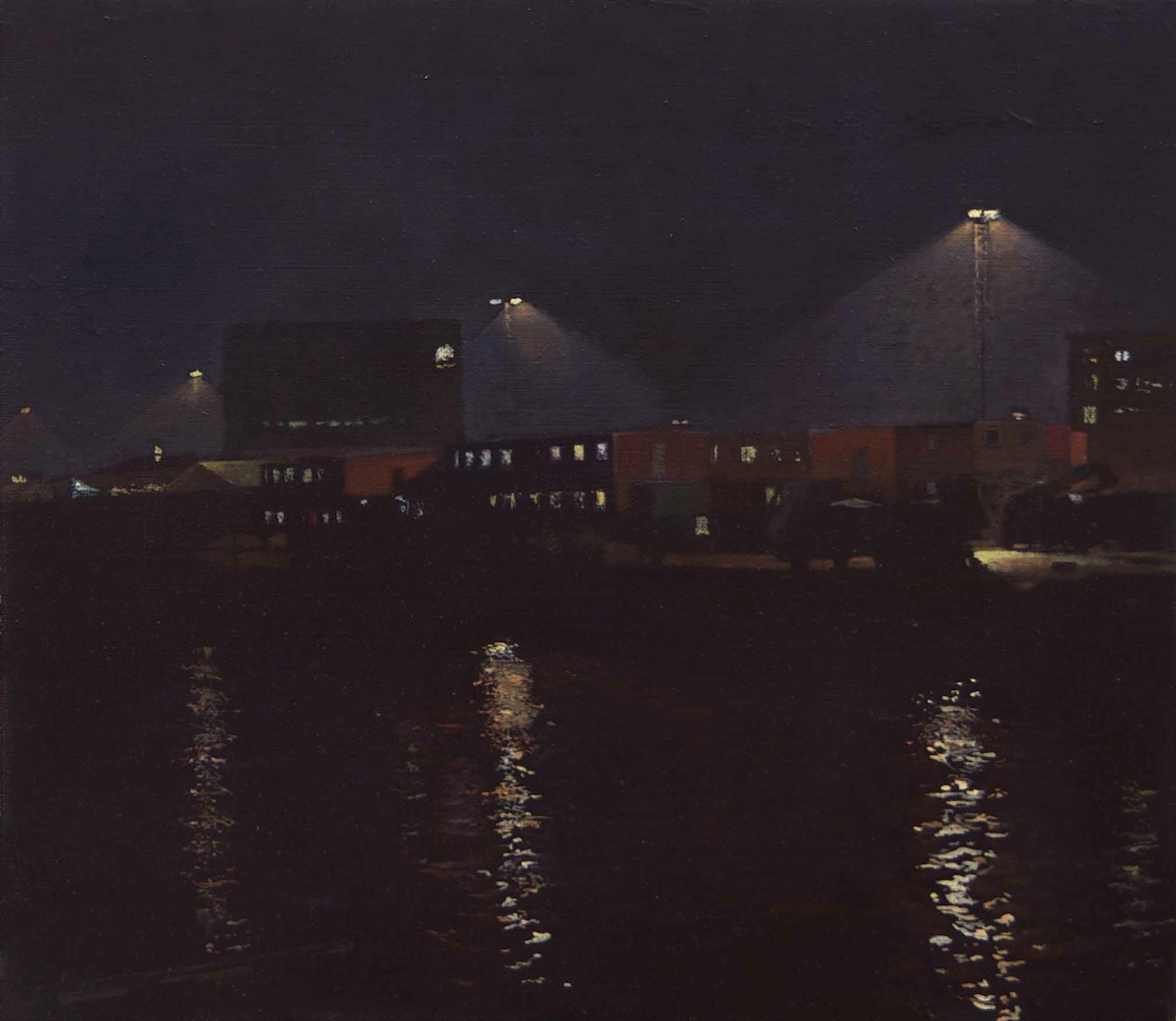
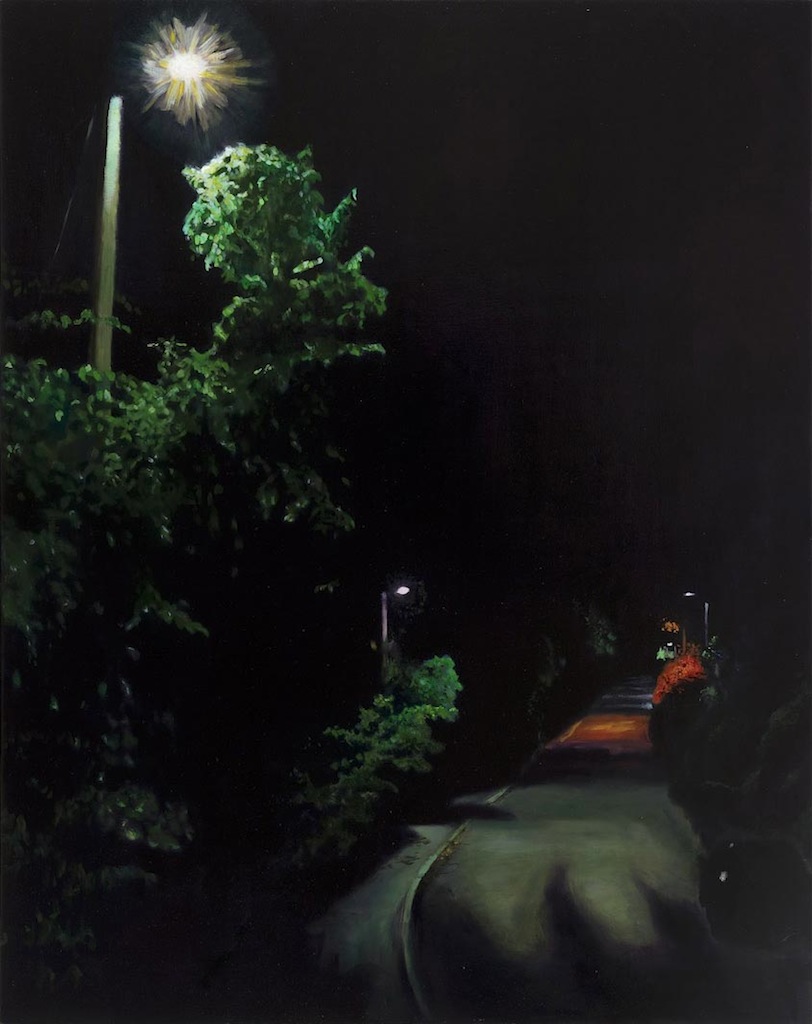
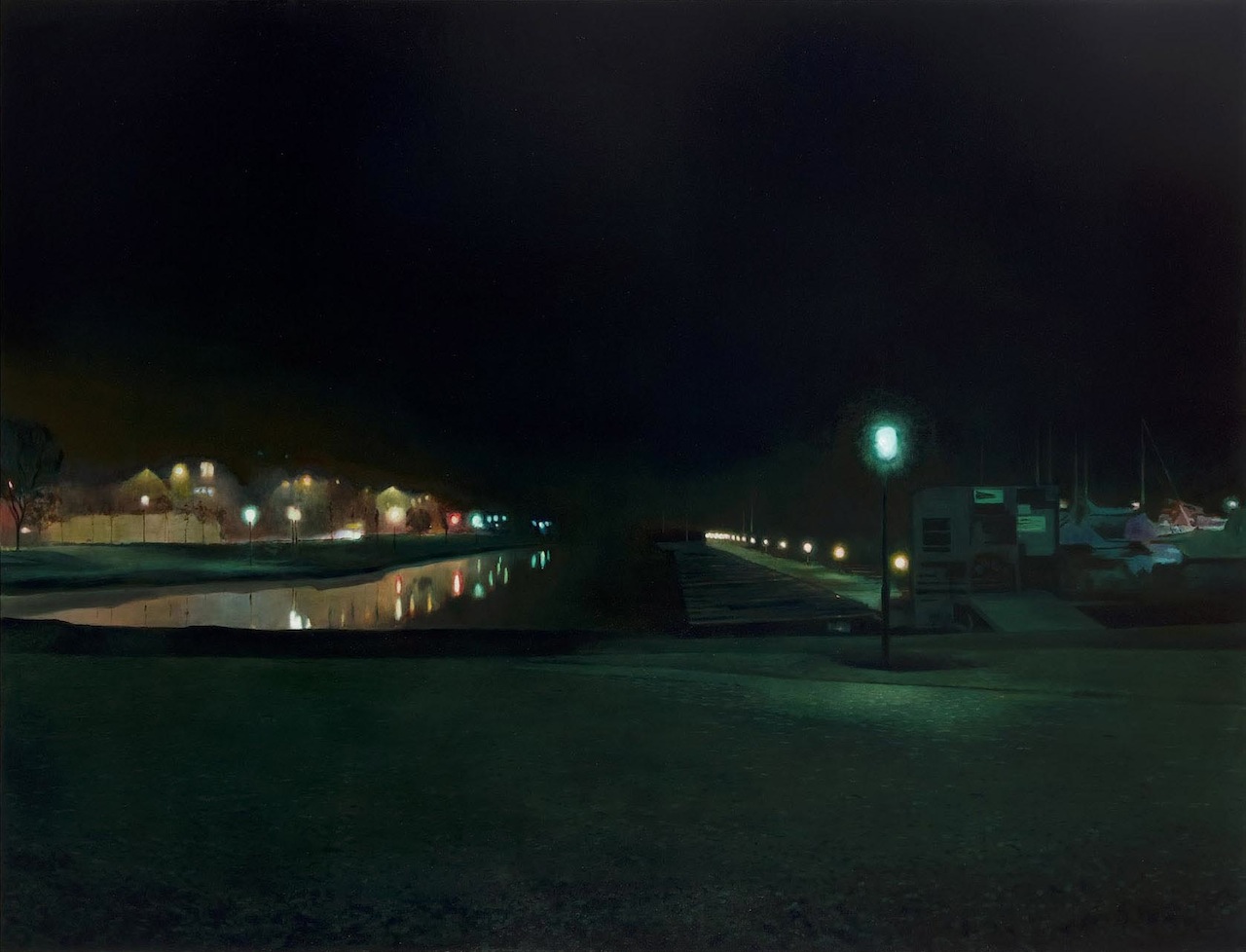
Richard Twose – Painter
Richard Twose at the Biscuit Factory: Read the Chronicle Live article HERE.
Portraits
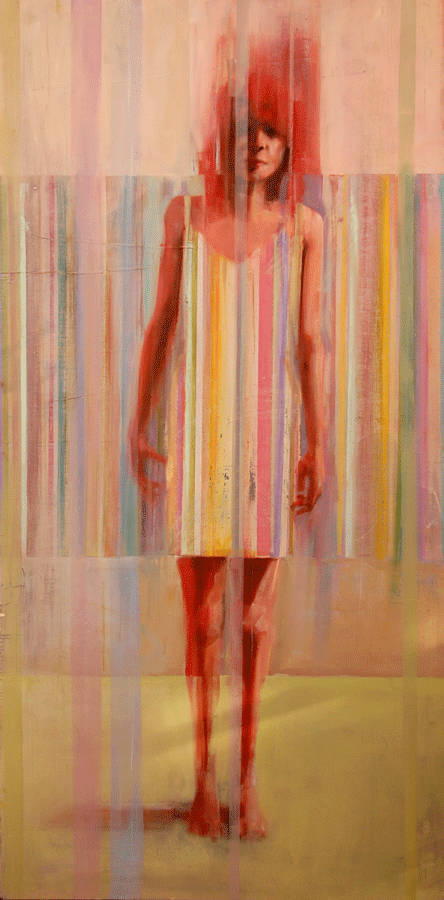
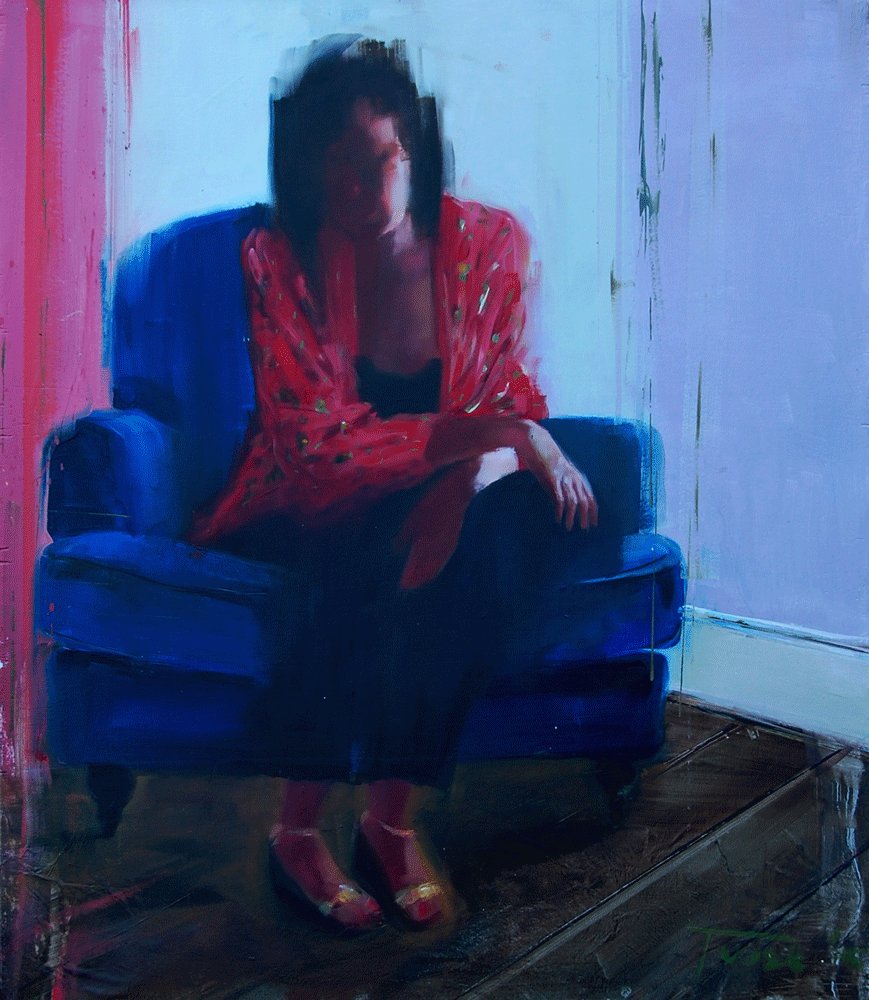
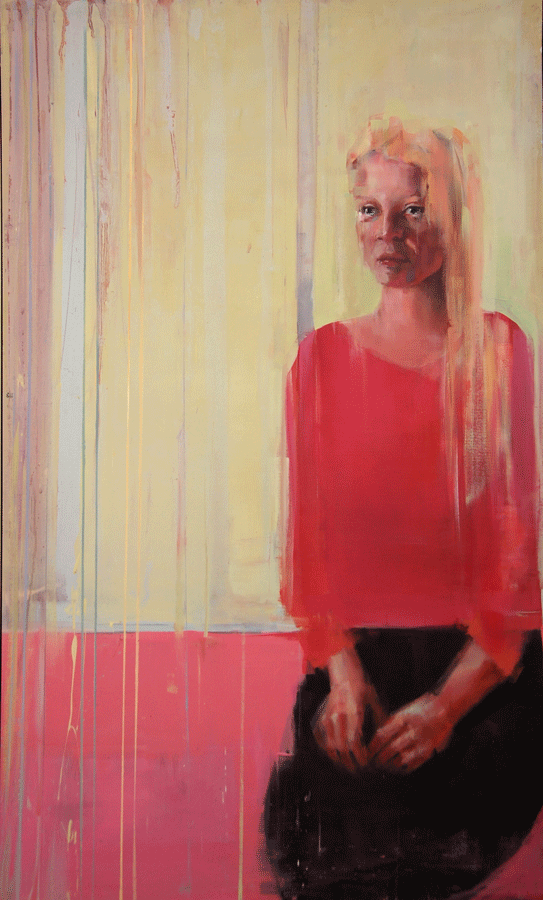
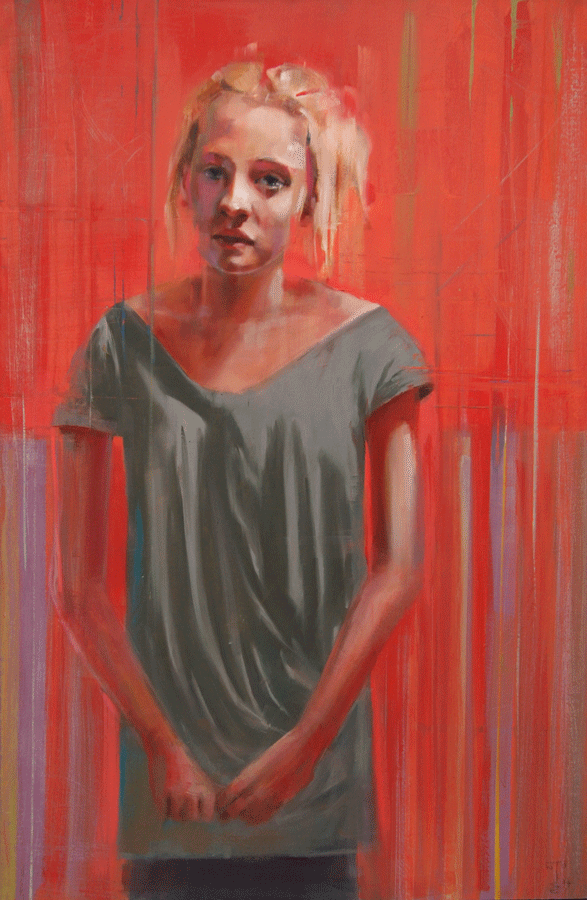
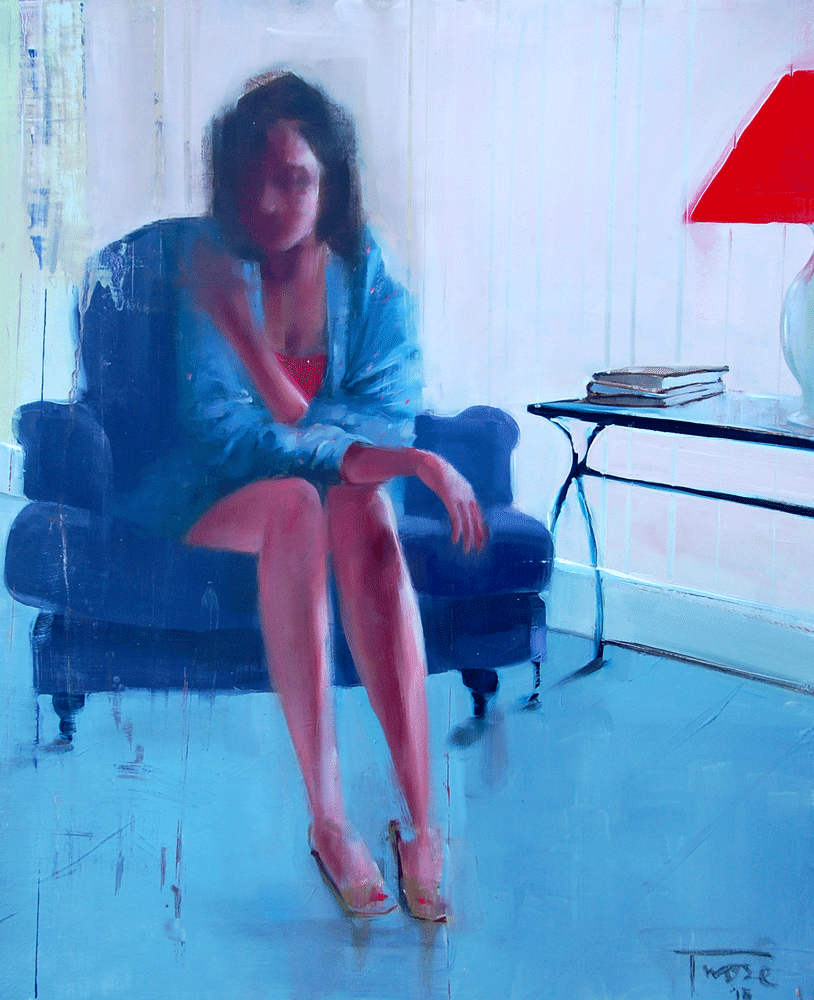
– – – – – – – – – – – – – – – – – – – – – – – – – – – – – – – – – – –
Principles of Flight
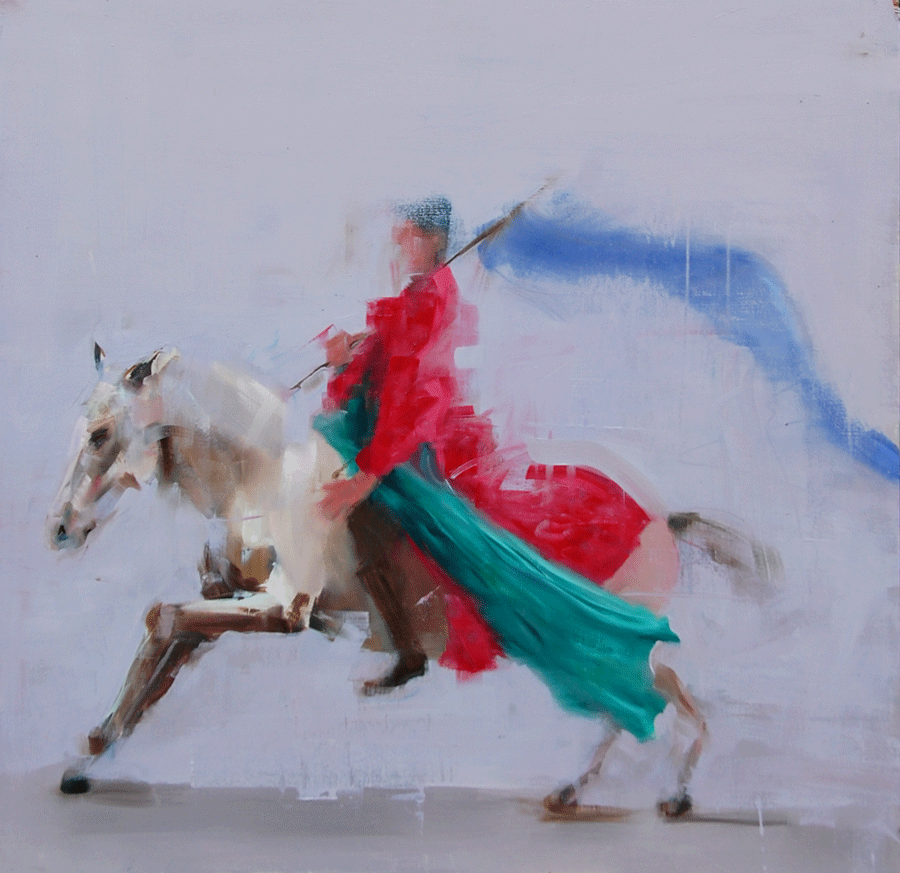
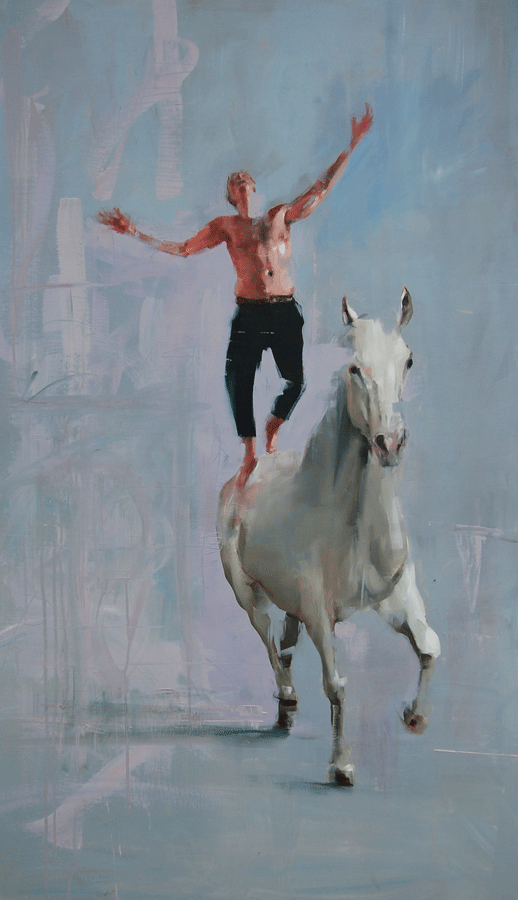
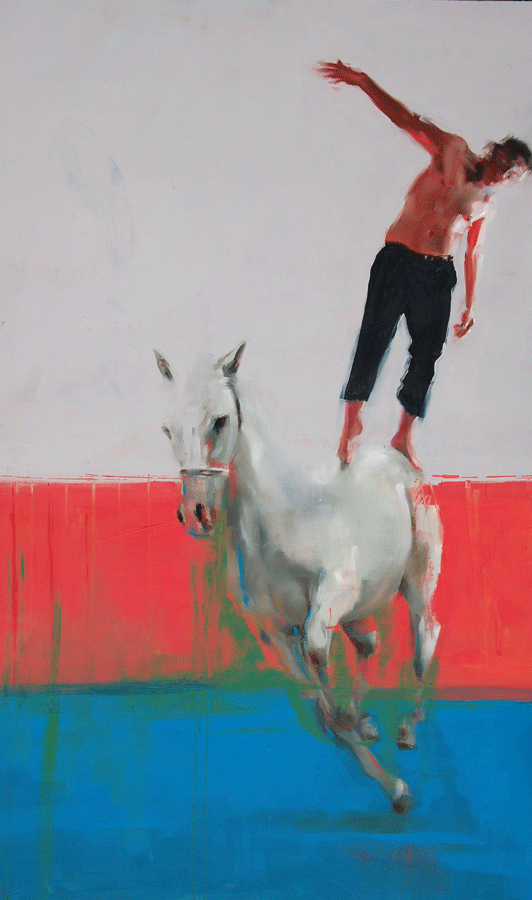
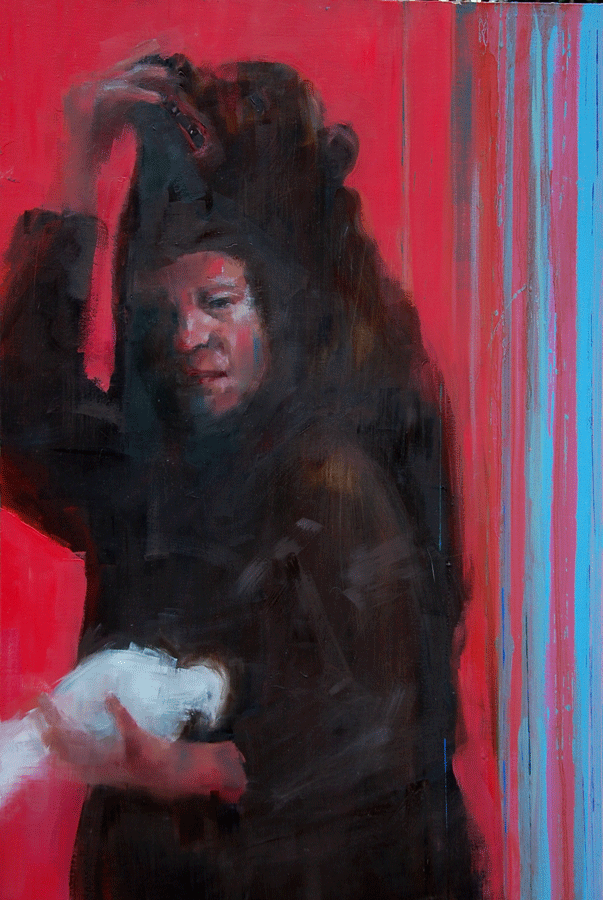
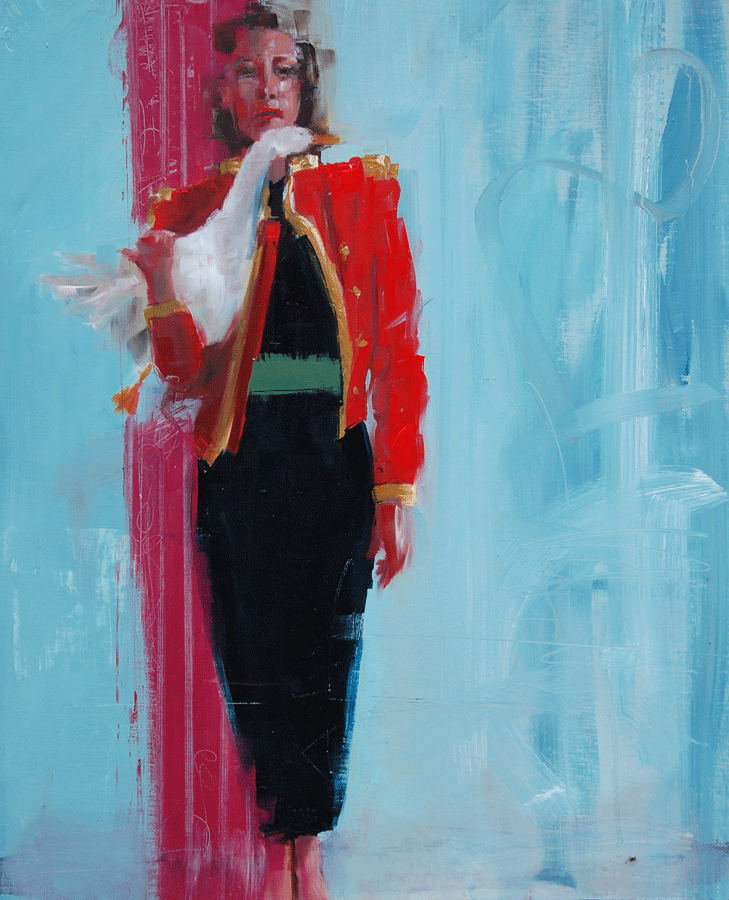
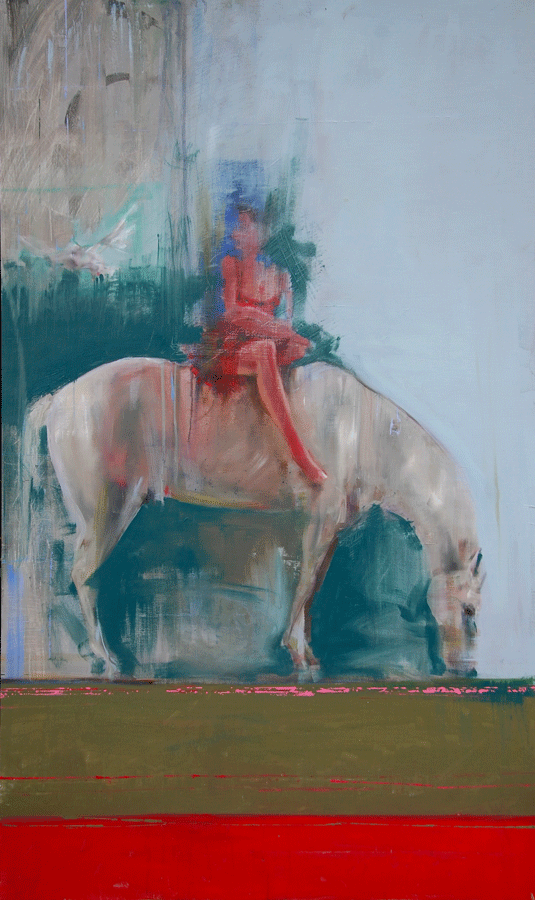
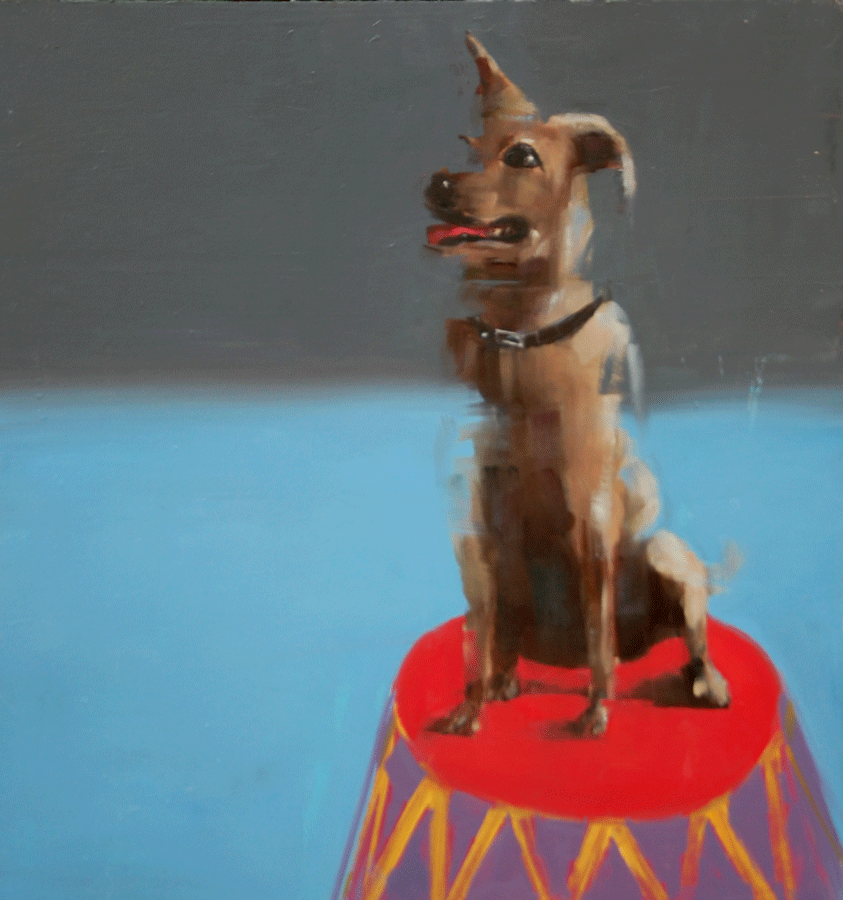
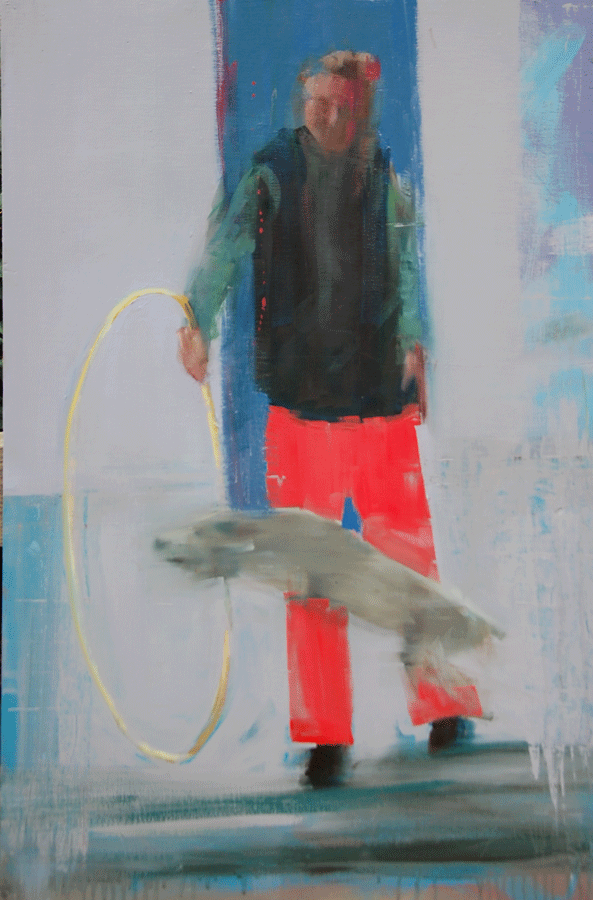
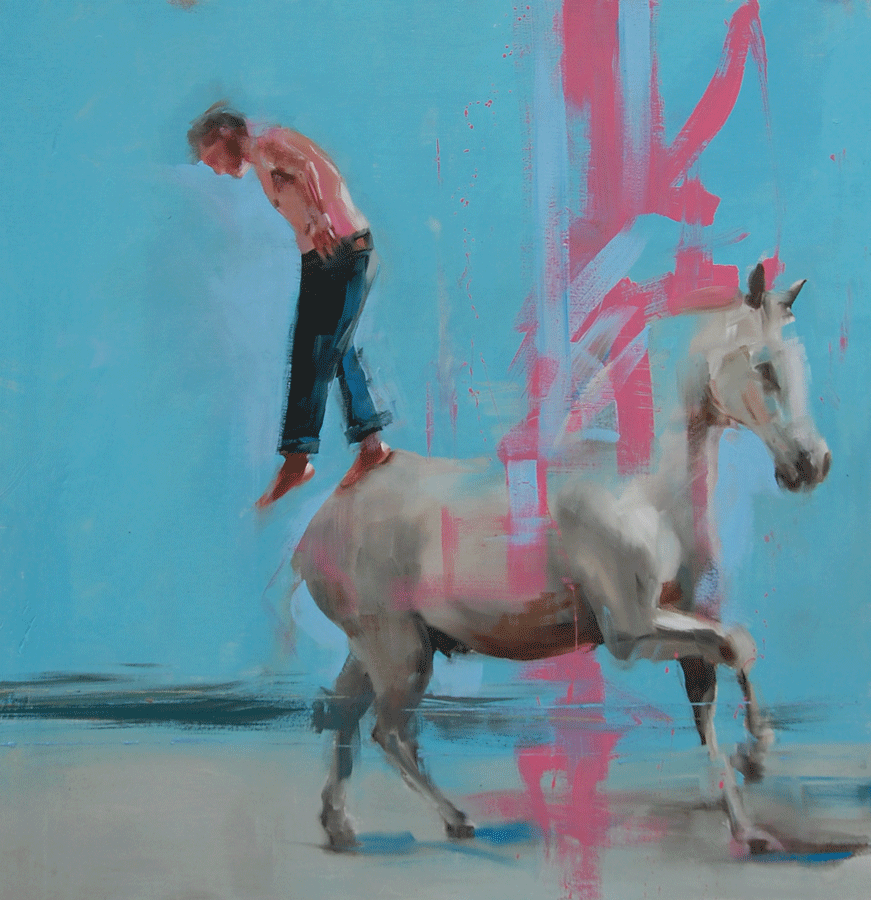
Peter Churcher – Painter
Born: February 1964, Brisbane, Australia
1979-2006 Lived in Melbourne, Australia and undertook following tertiary studies:
1982-86 Bachelor of Music (Honours) Degree, Faculty of Music, Melbourne University
1988-1991 Bachelor of Fine Arts, Prahran Painting School, Victoria University, Melbourne
1992 Joined Lauraine Diggins Fine Art gallery, Melbourne. Represented and exhibited there till 2004
1998 Joined Philip Bacon Galleries, Brisbane. Represented and exhibiting there currently.
2000 Joined Australian Galleries, Sydney. Represented and exhibiting there currently
2004 Joined Australian galleries, Melbourne. Represented and exhibiting there currently
2006 Moved to Barcelona, Spain. Currently living and working there.
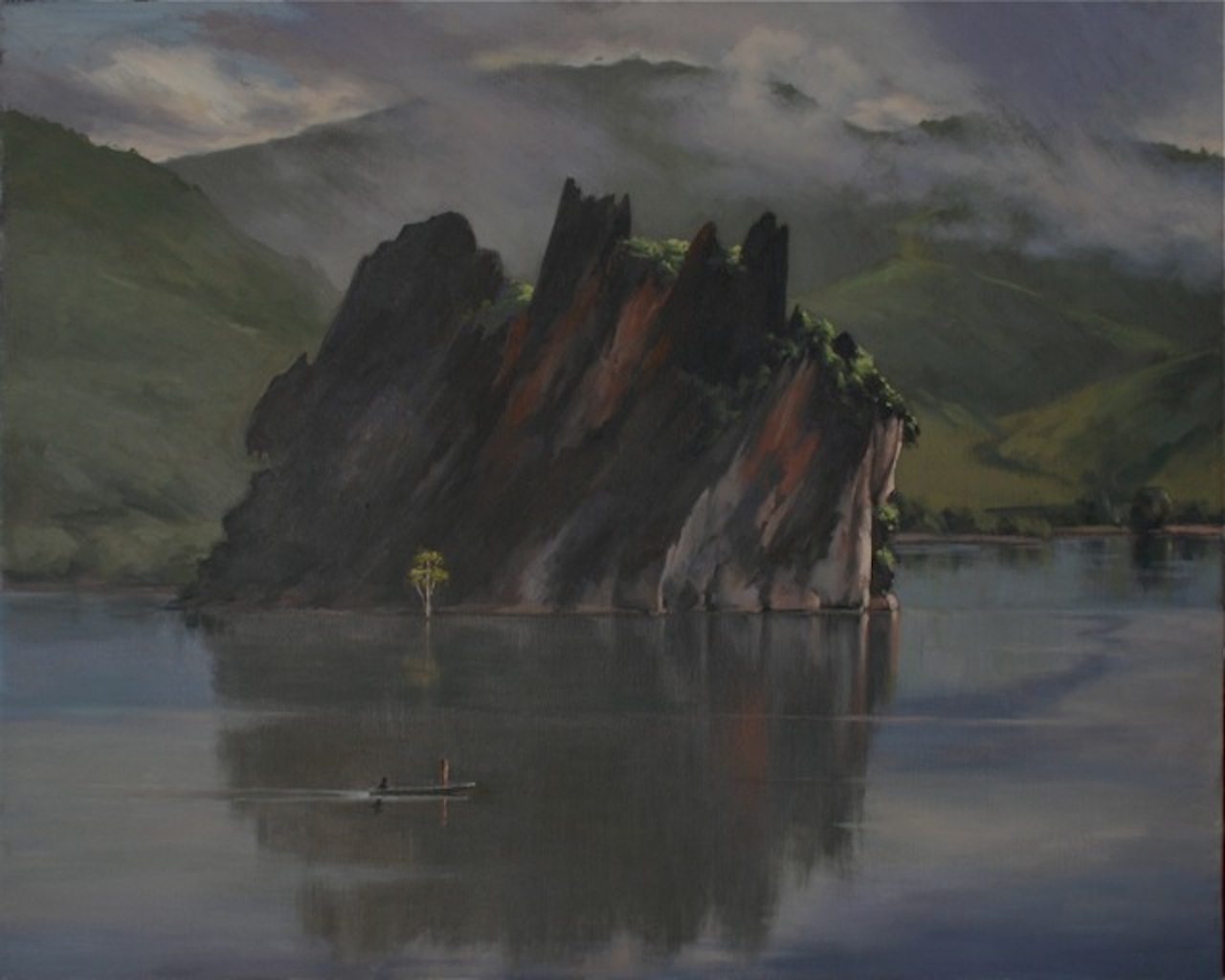
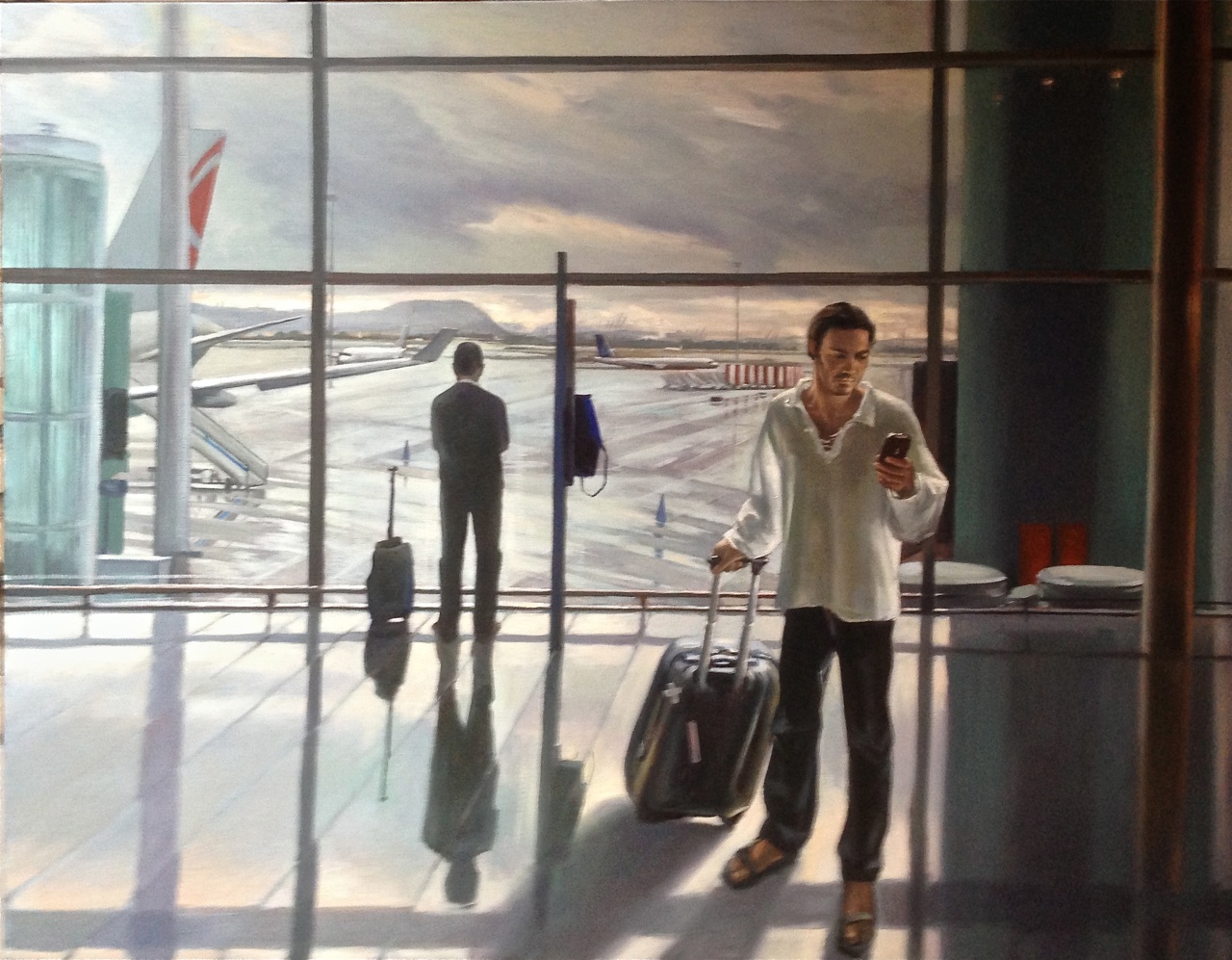
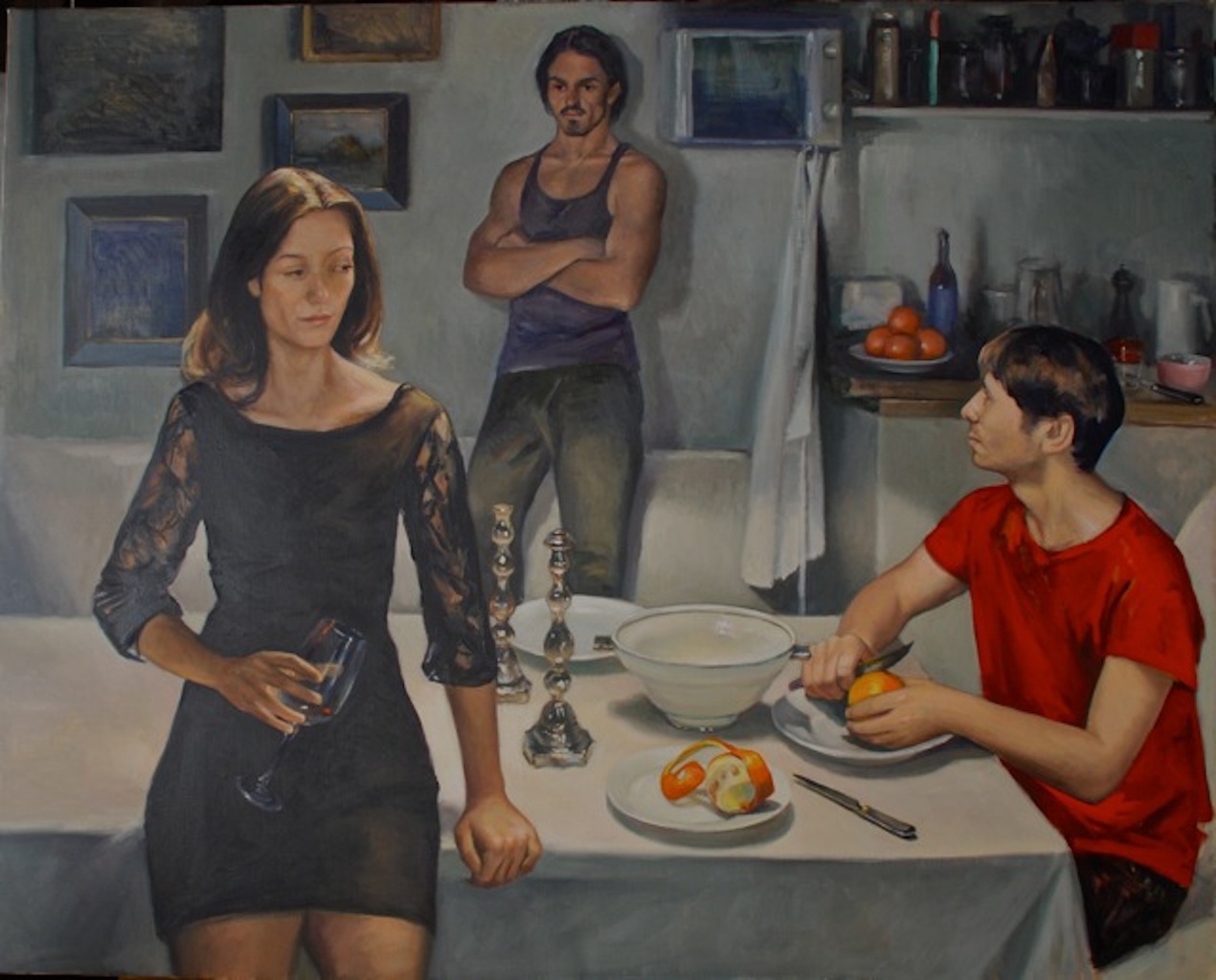
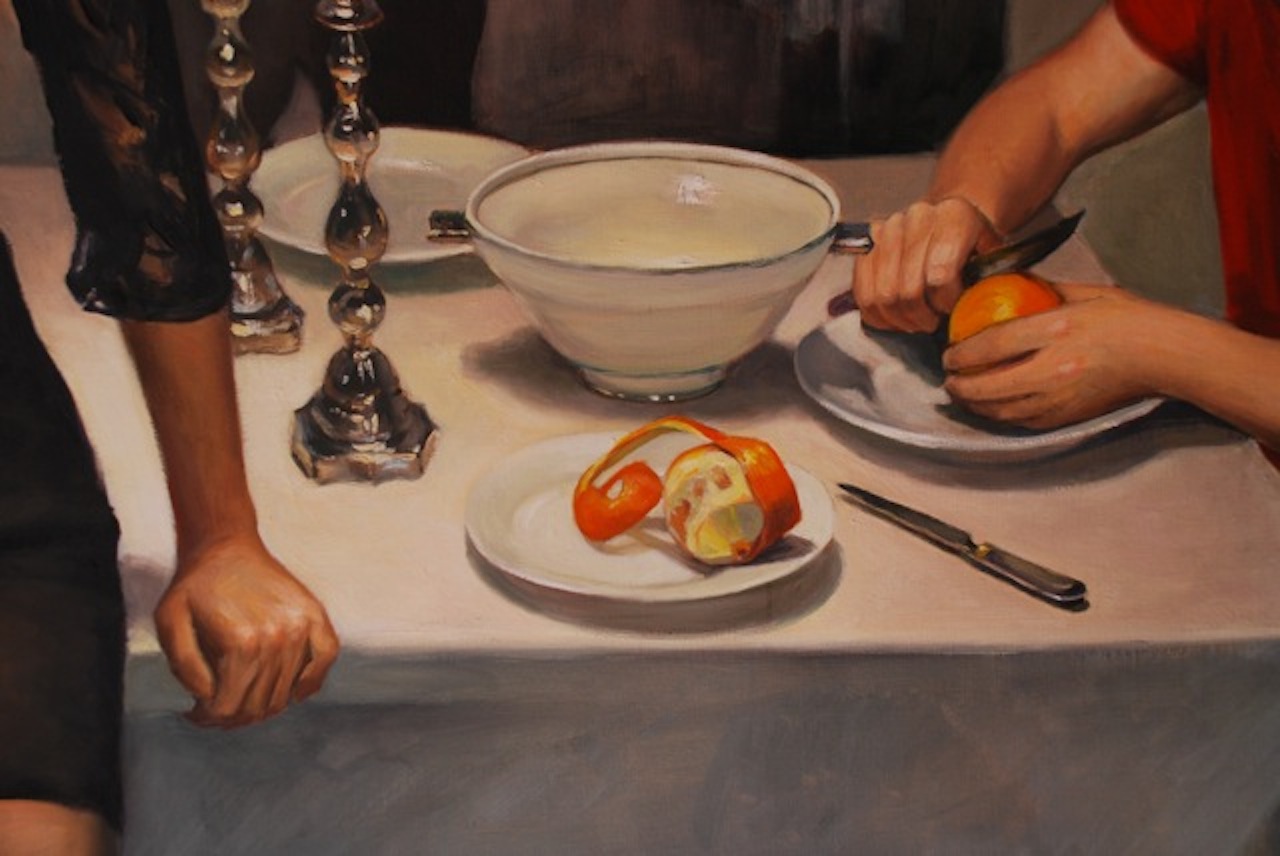
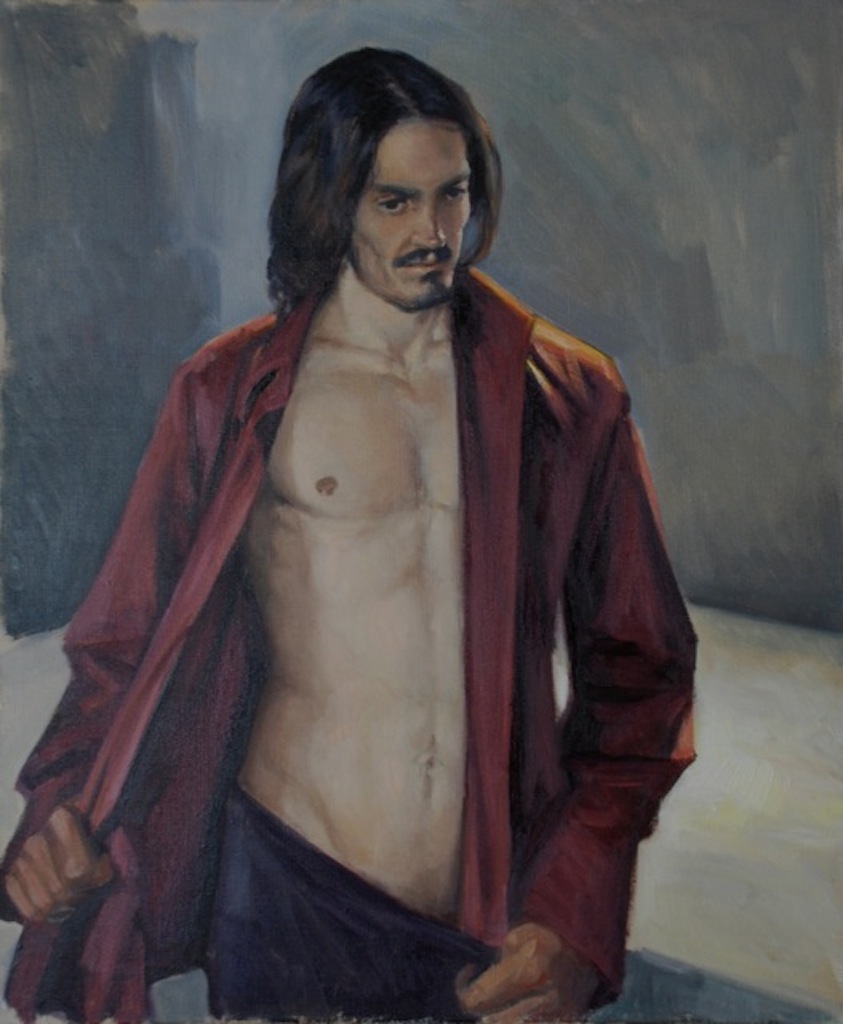
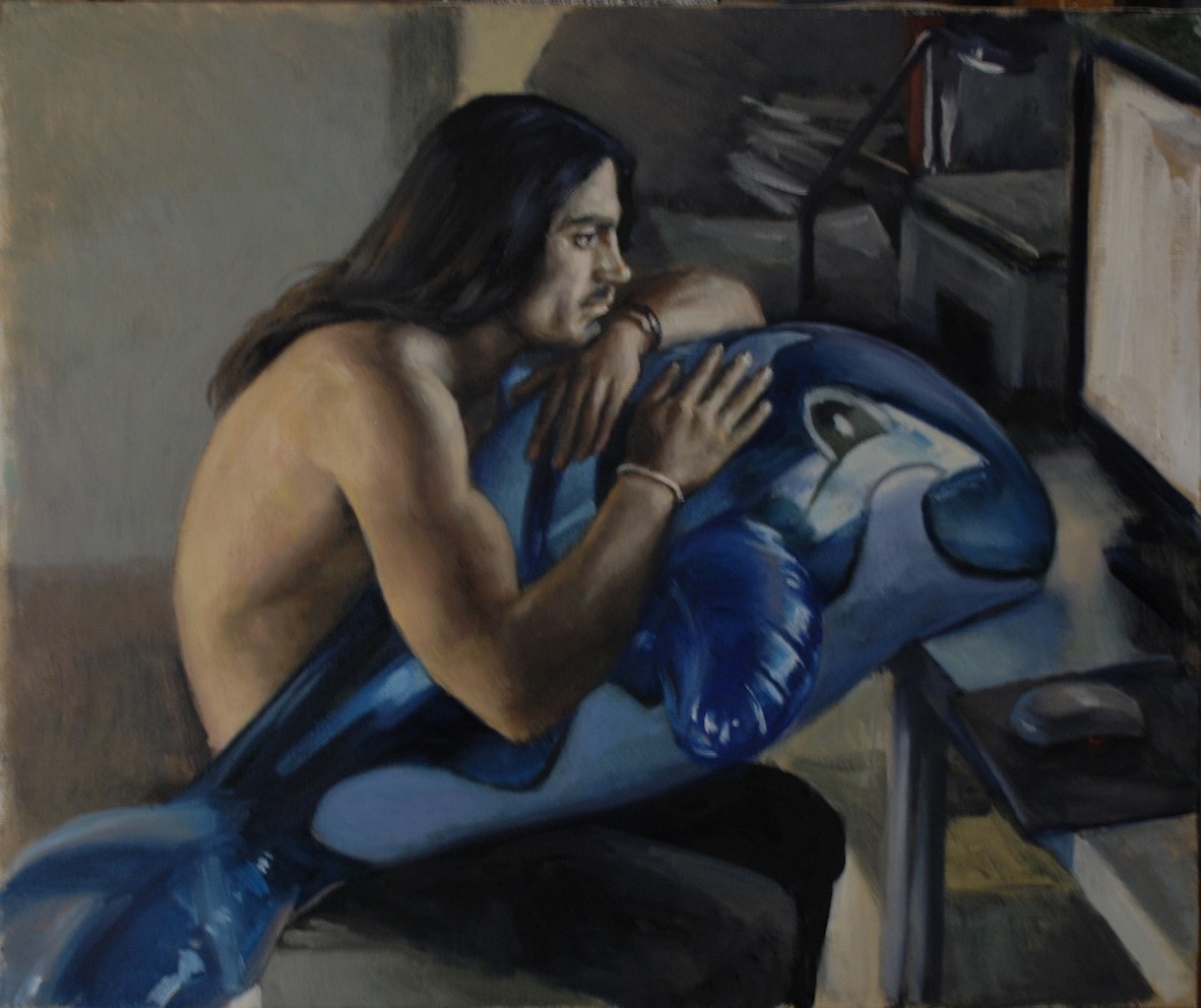
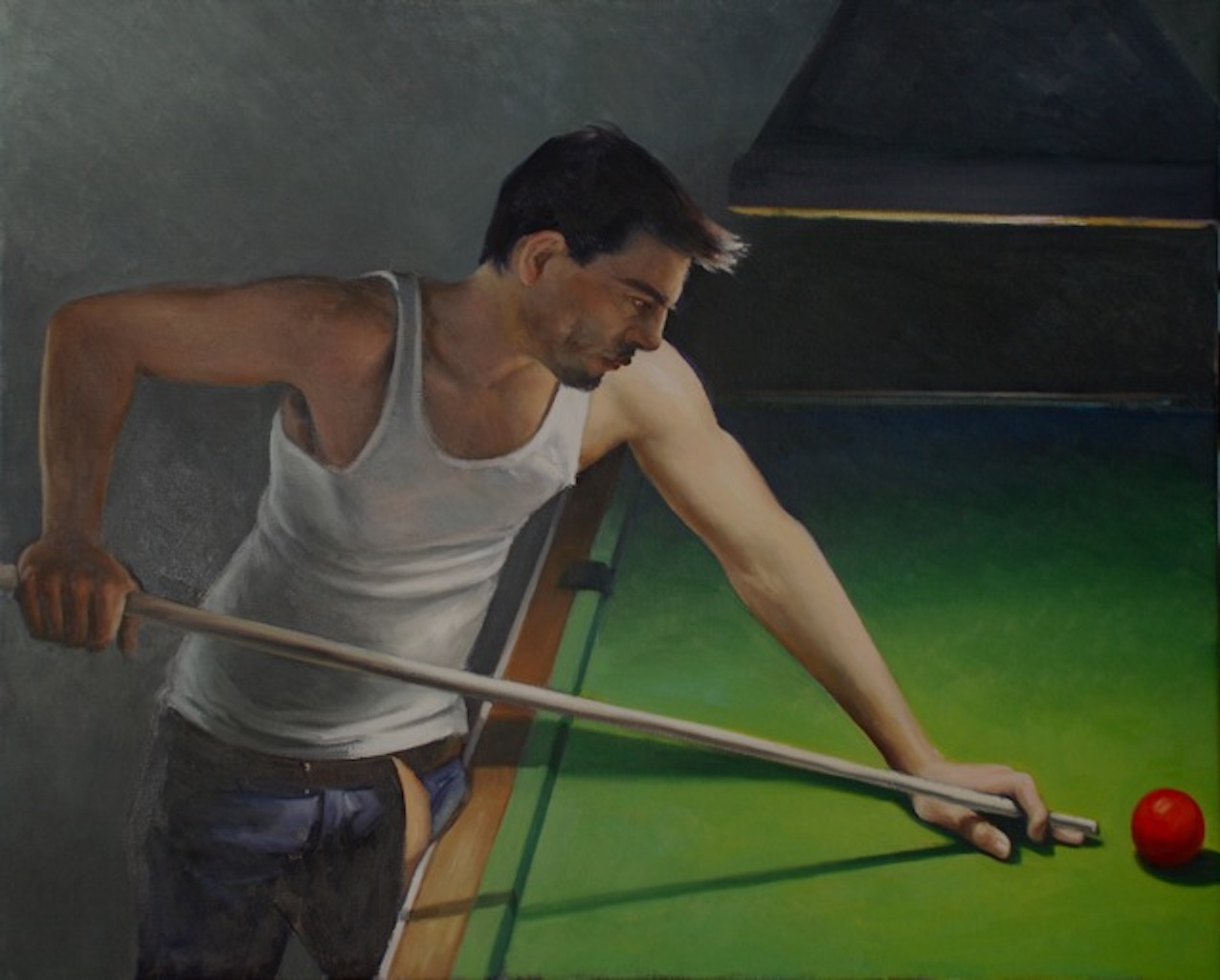
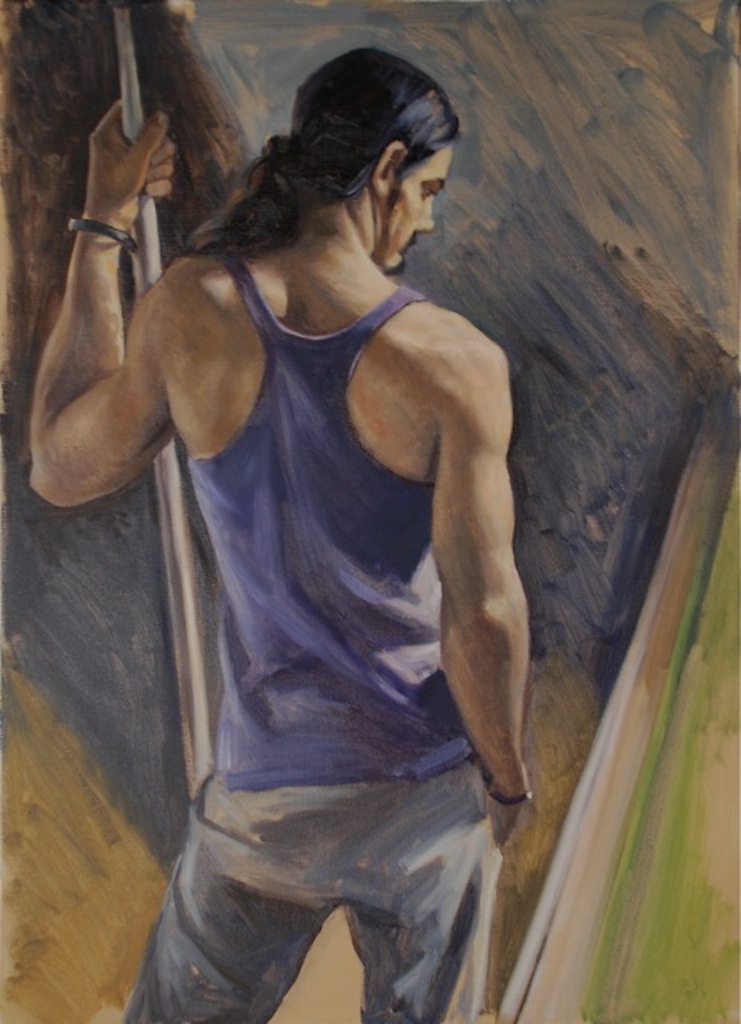
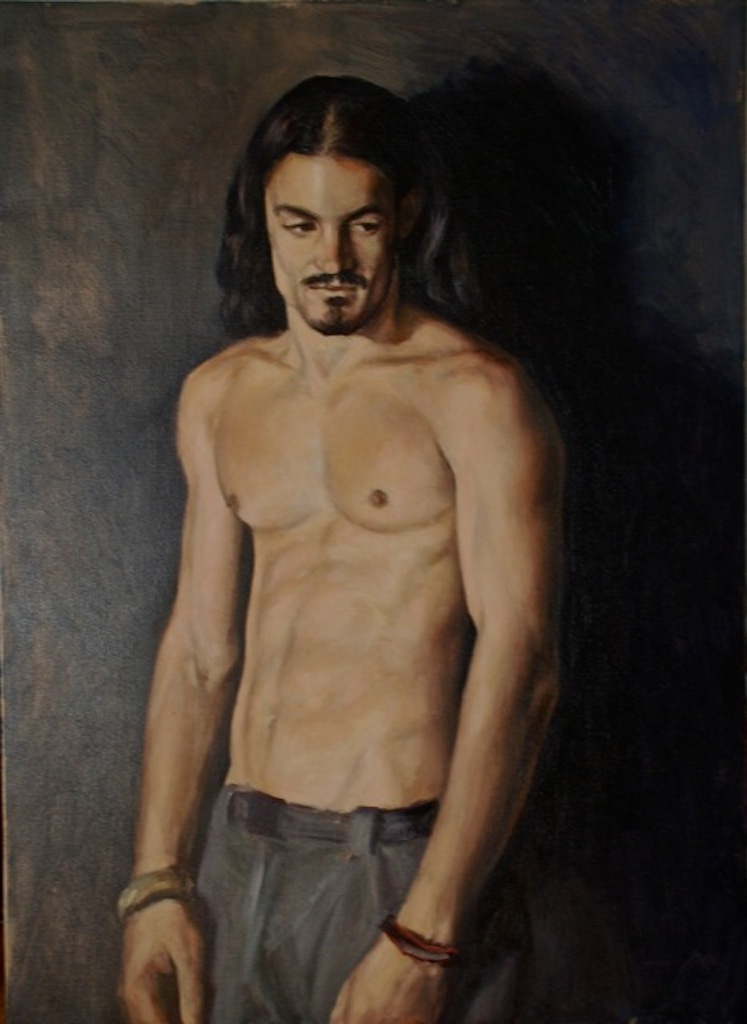
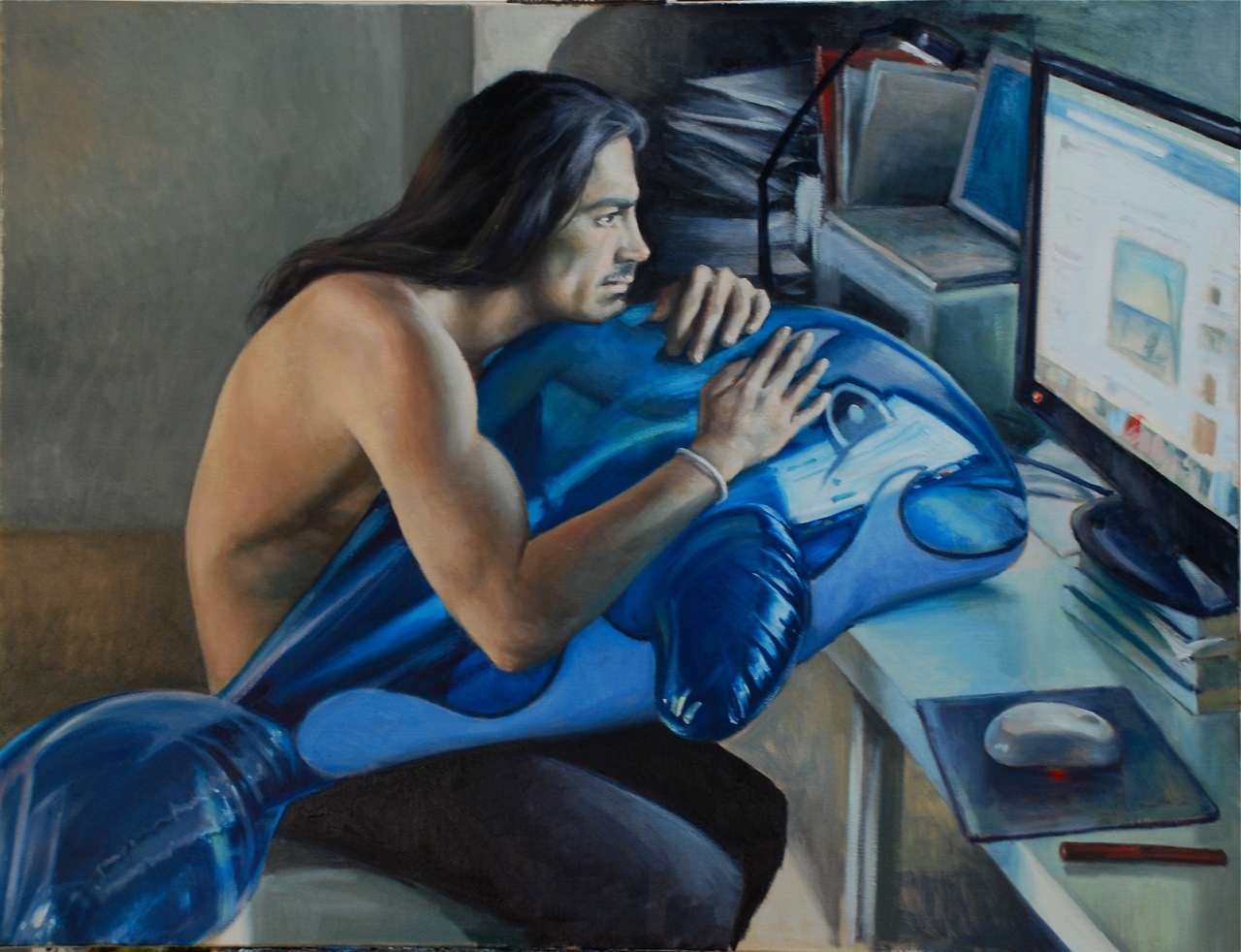
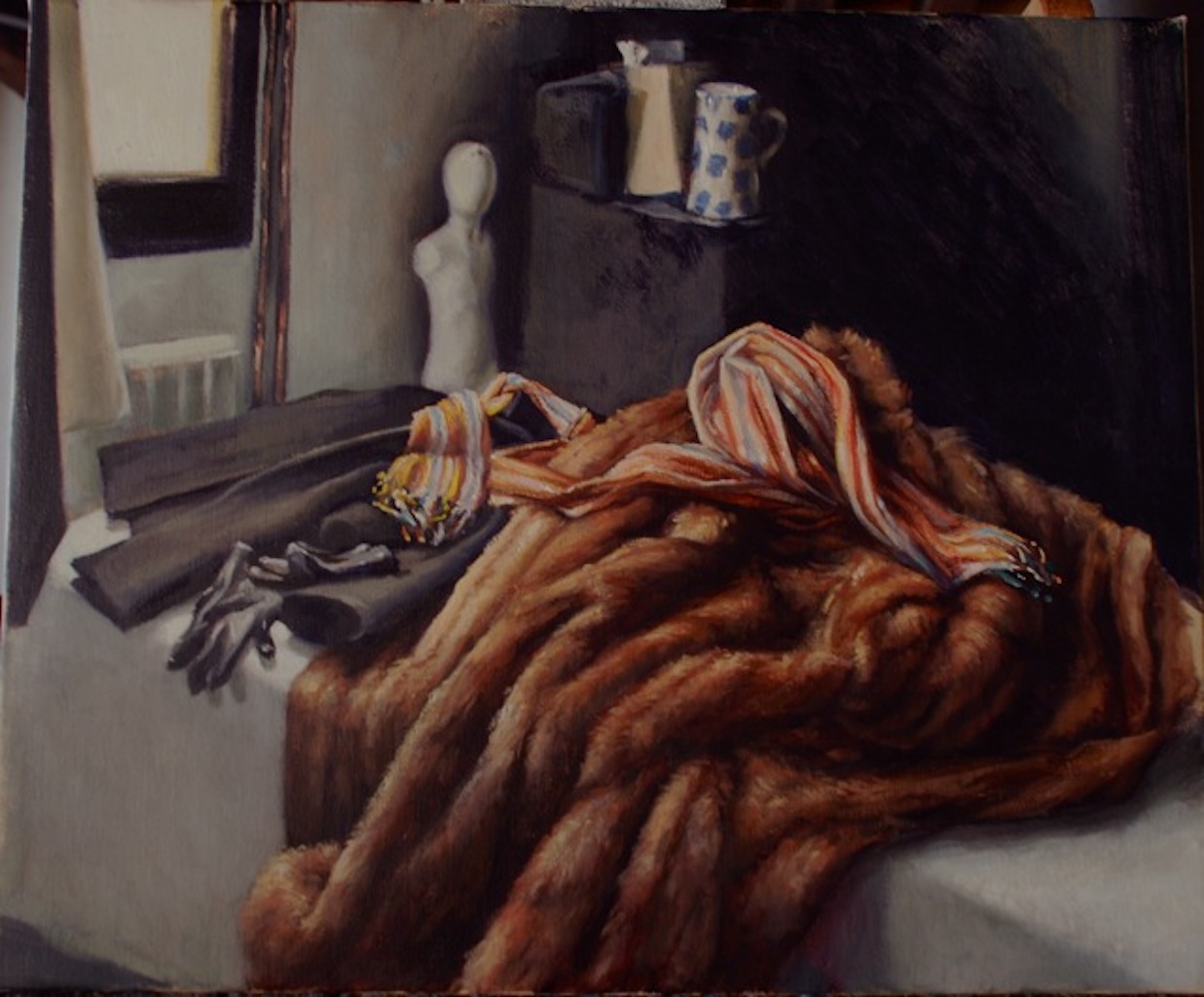
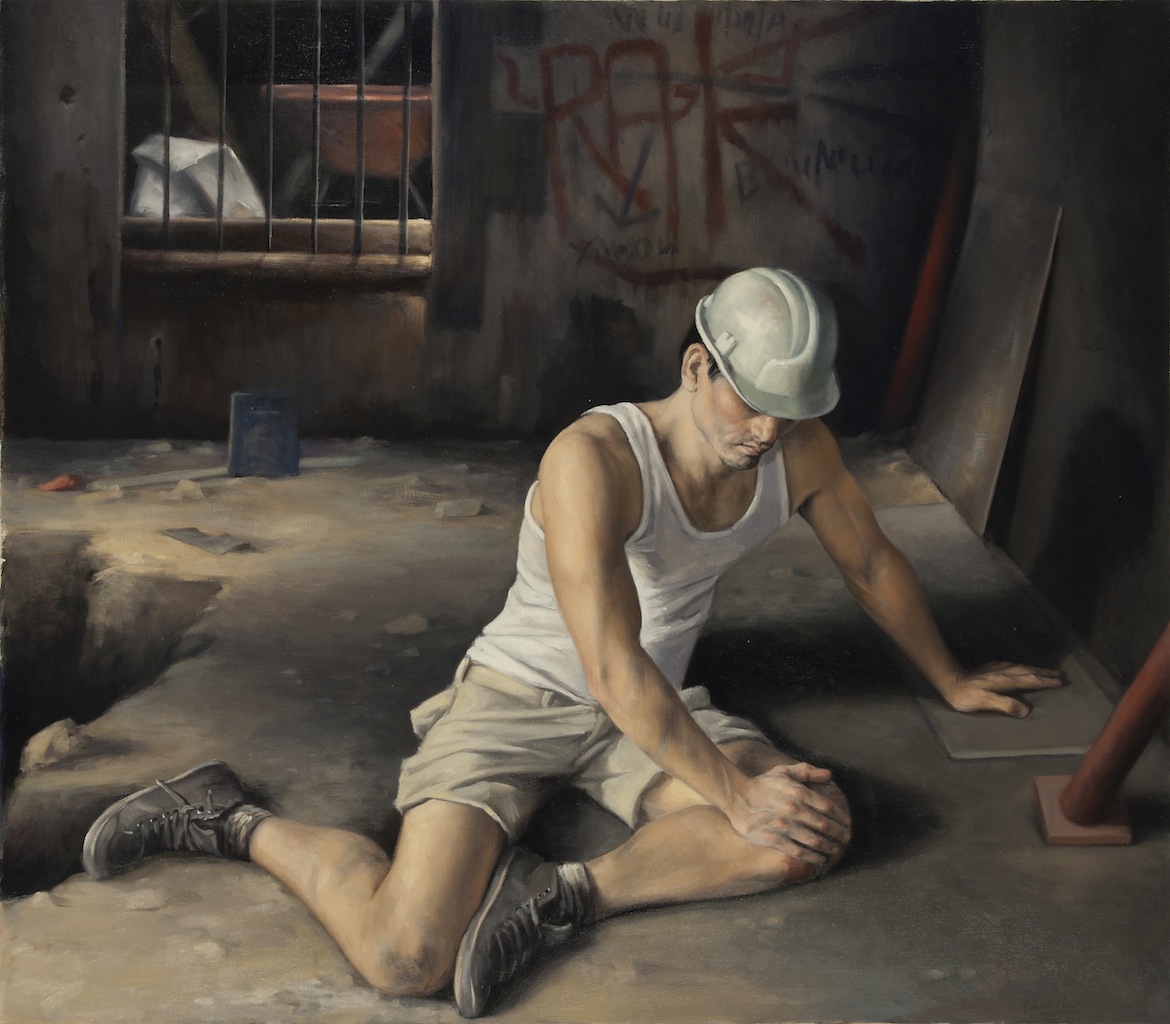
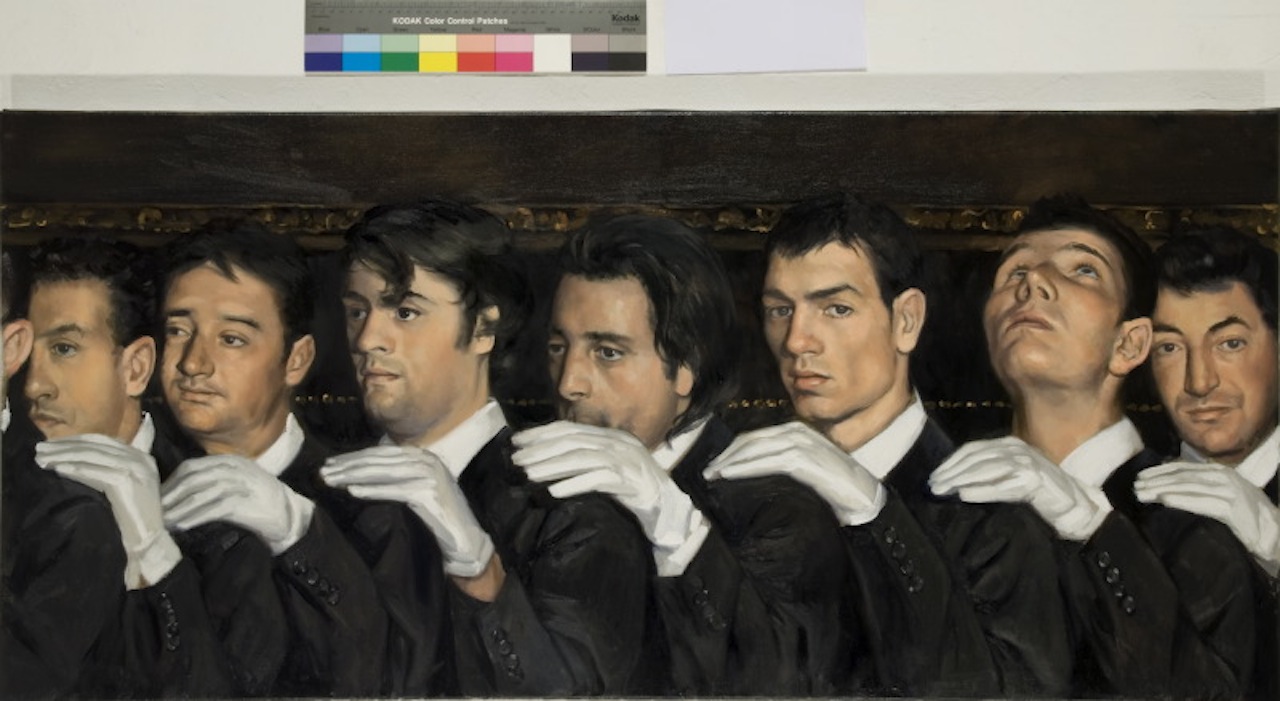
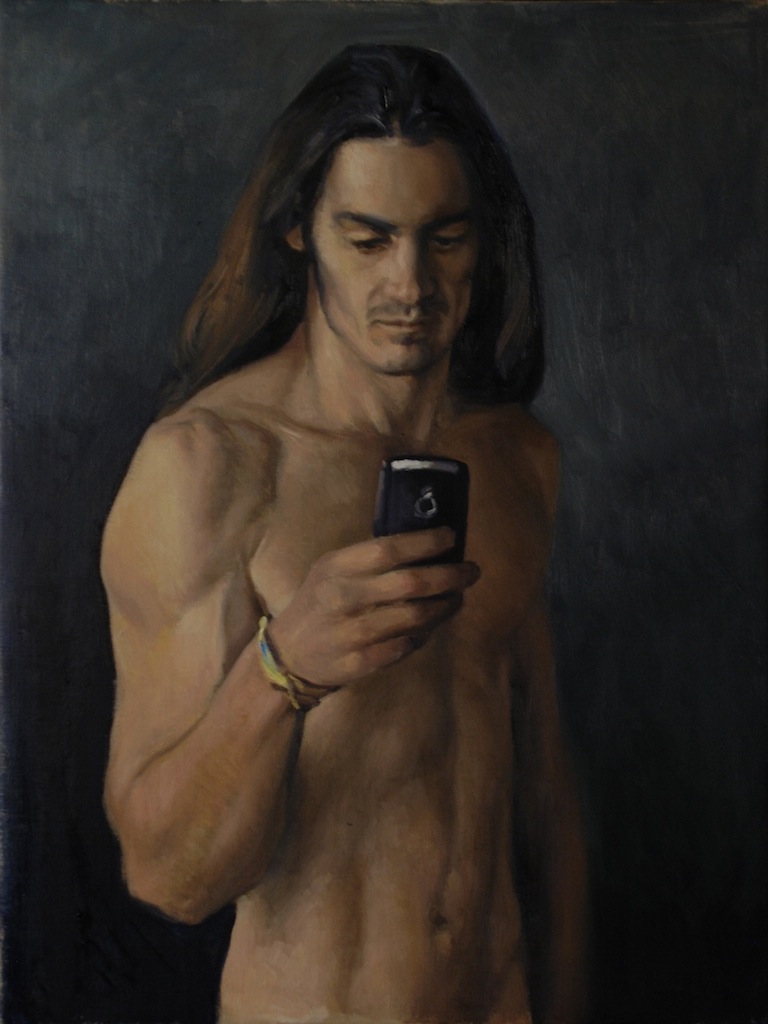
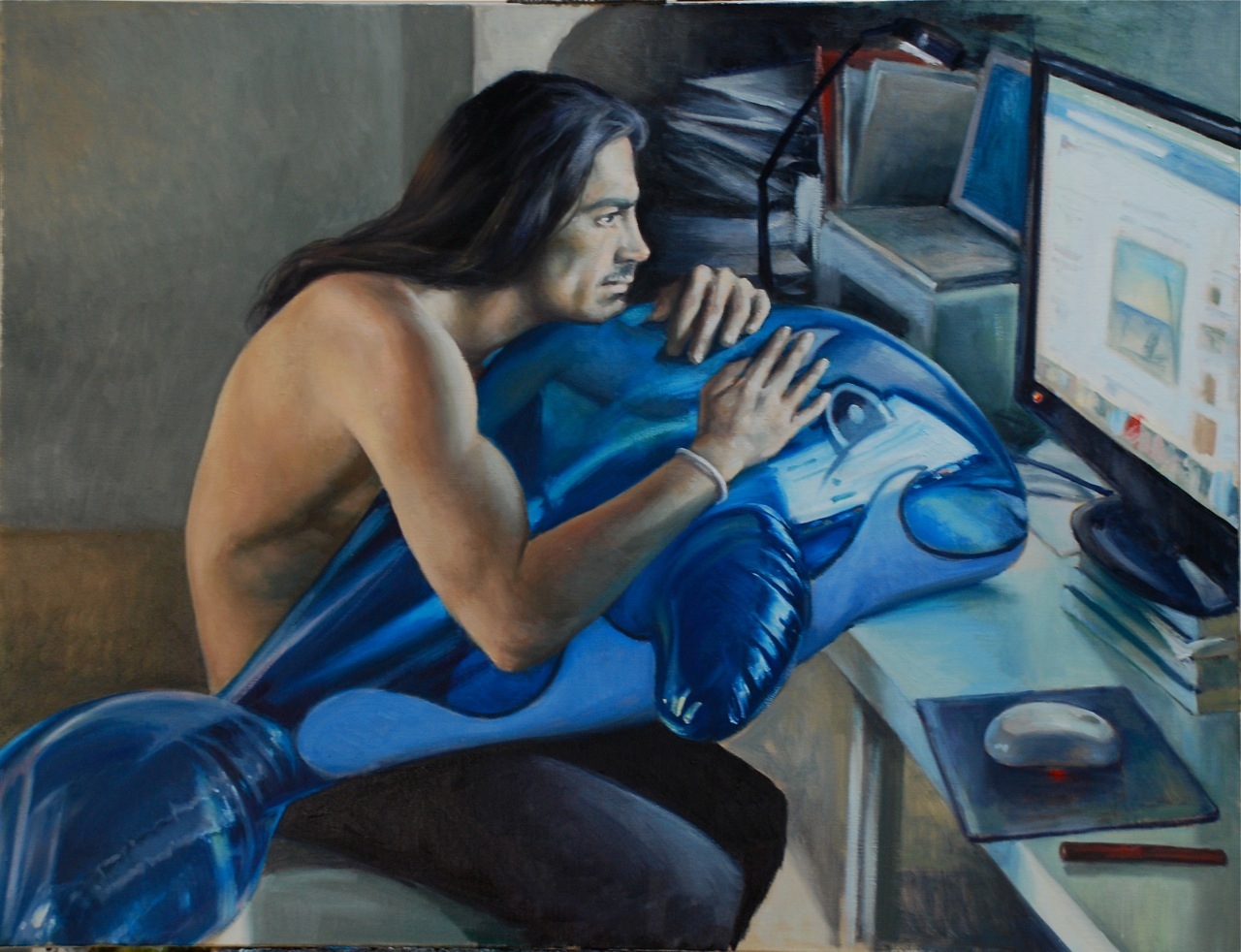
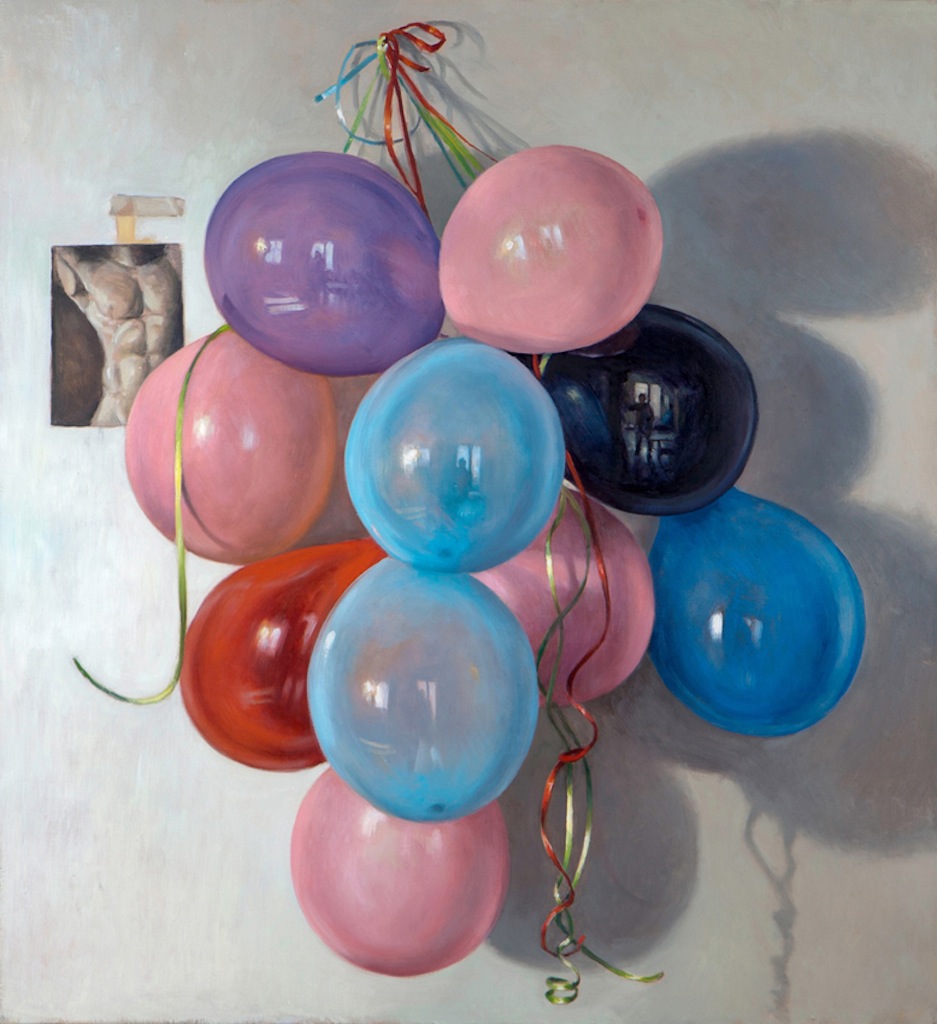
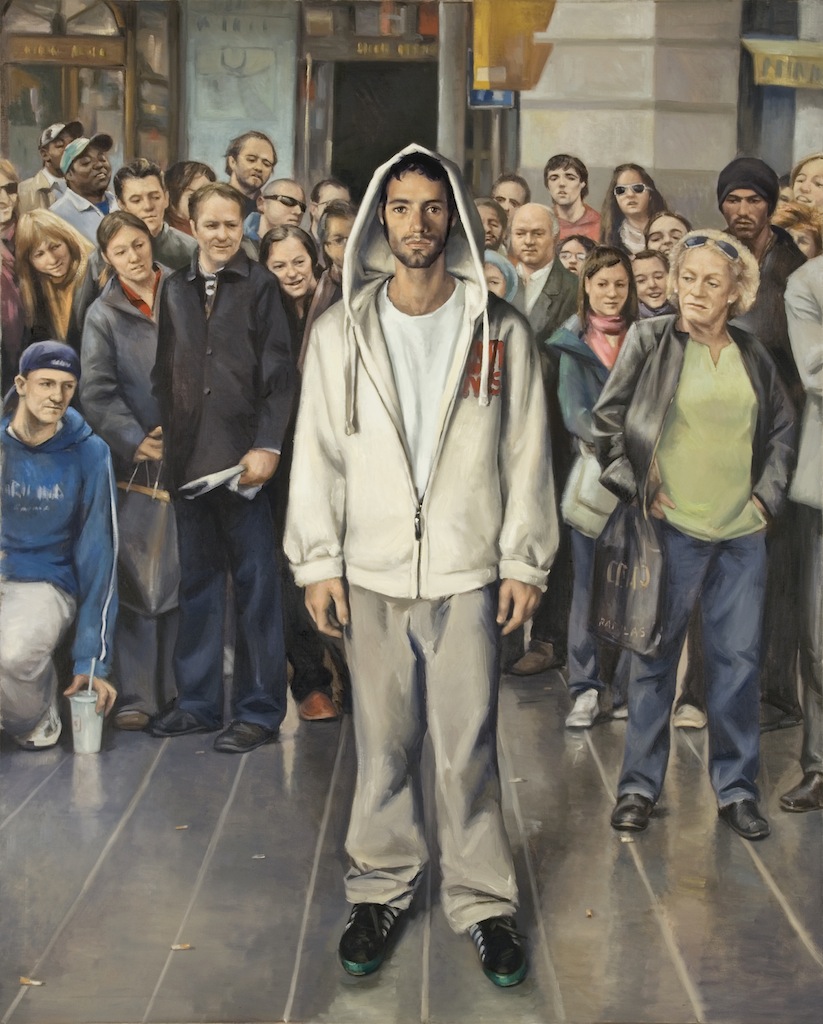
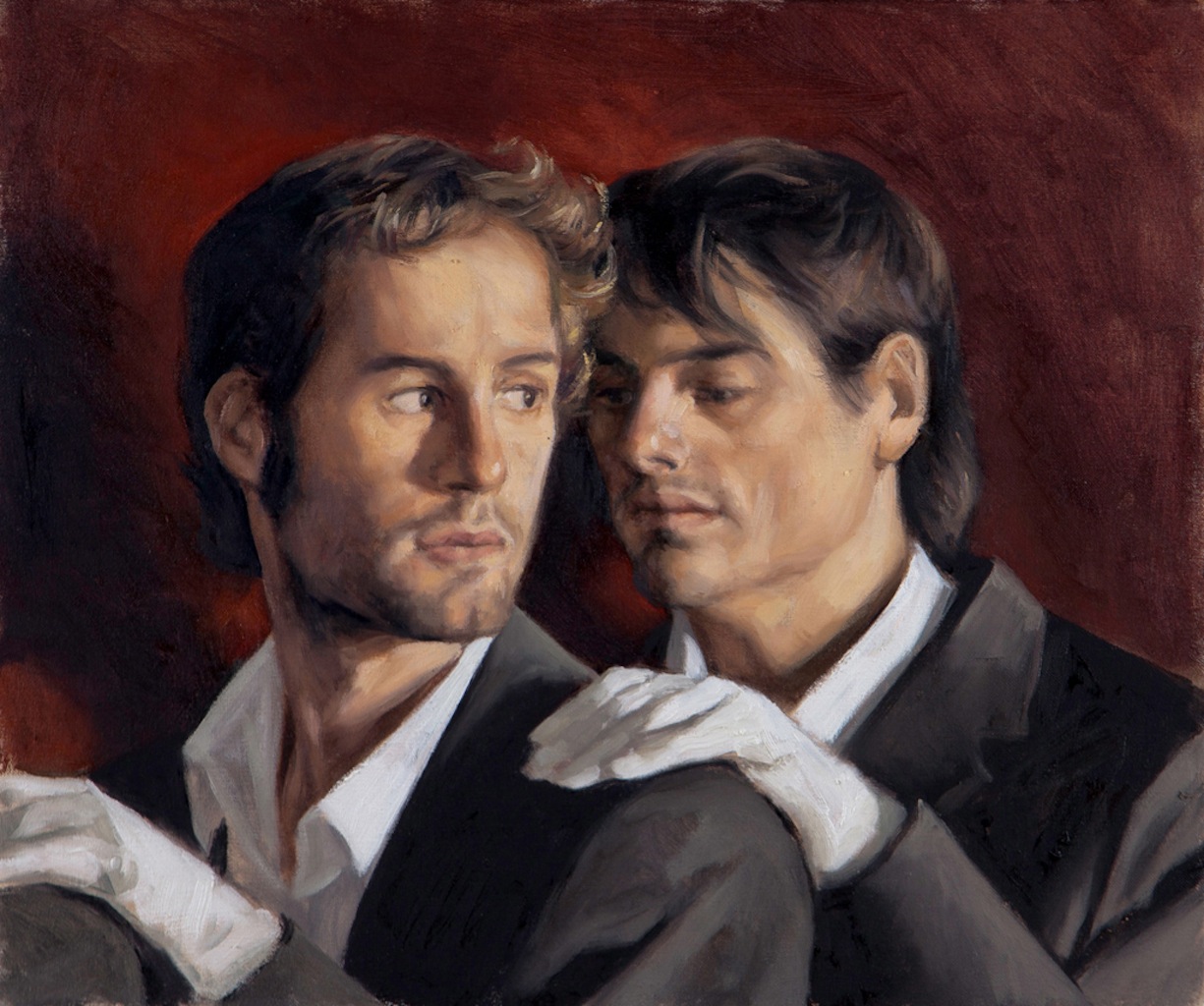
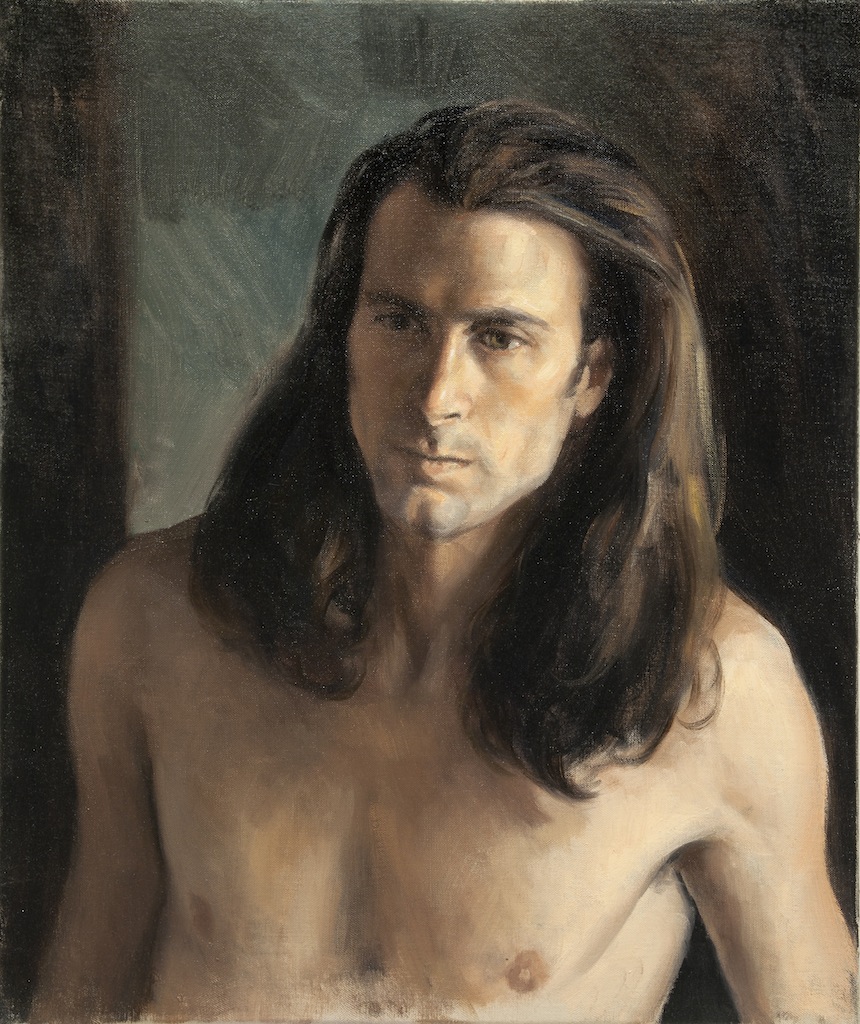
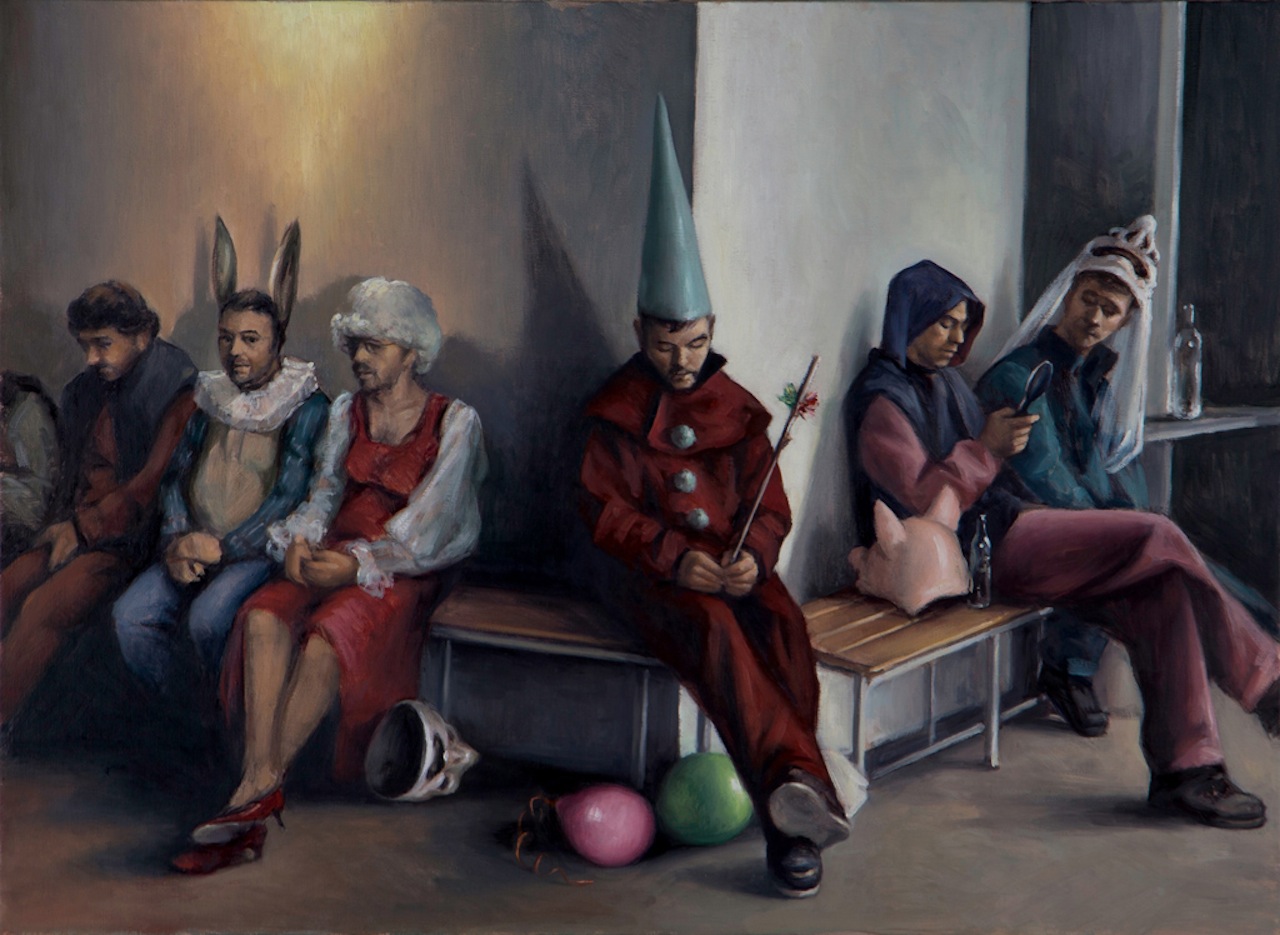
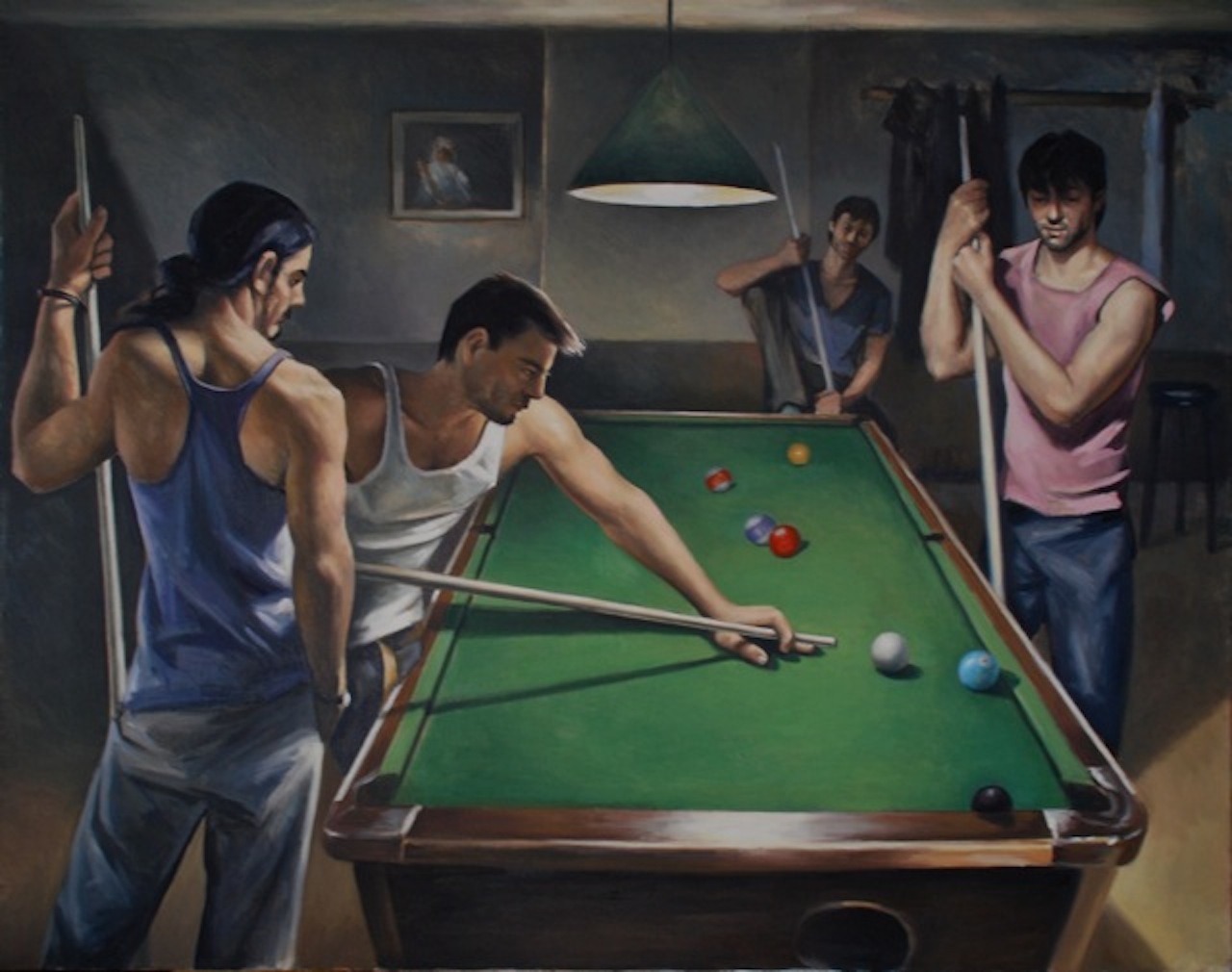
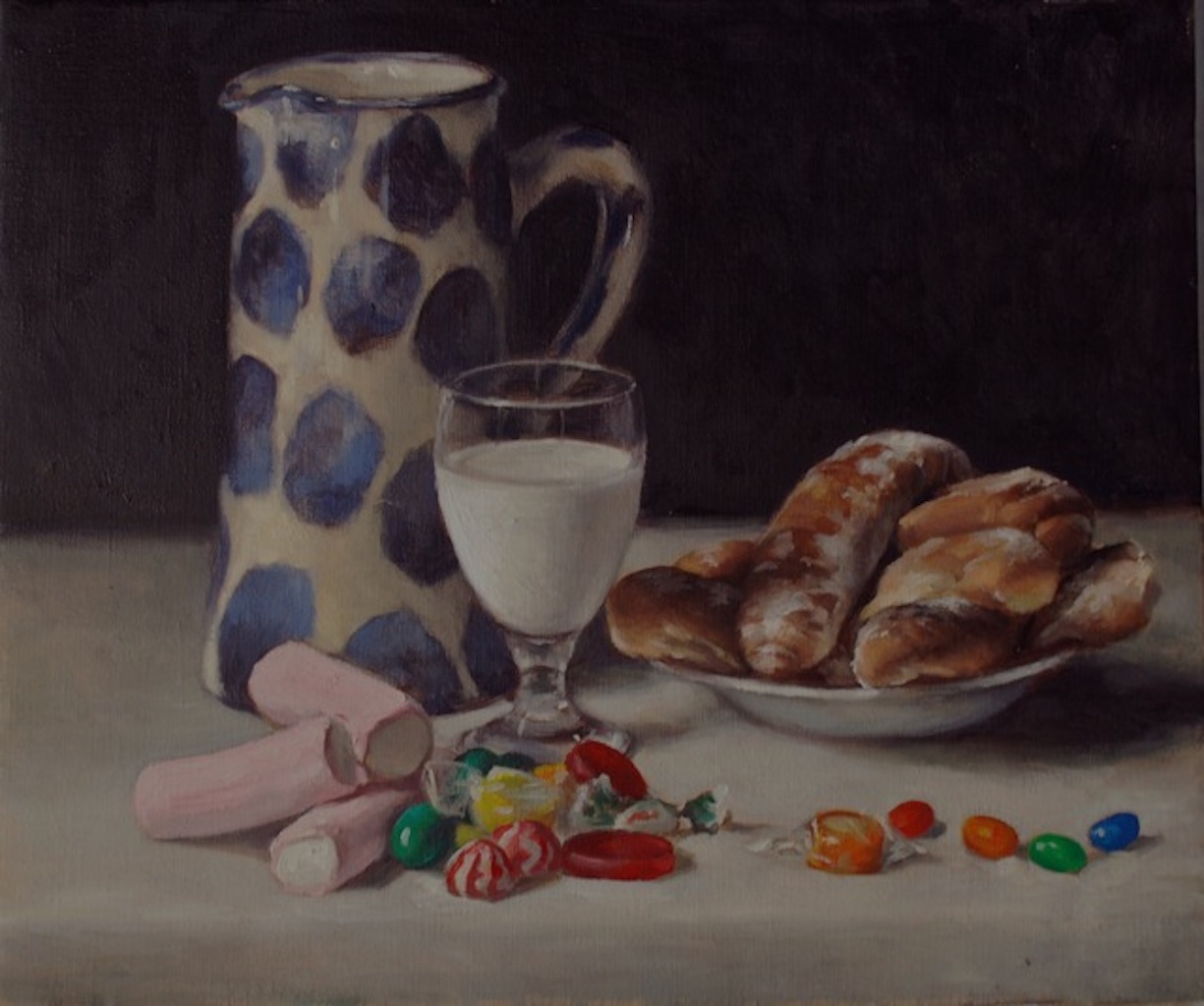
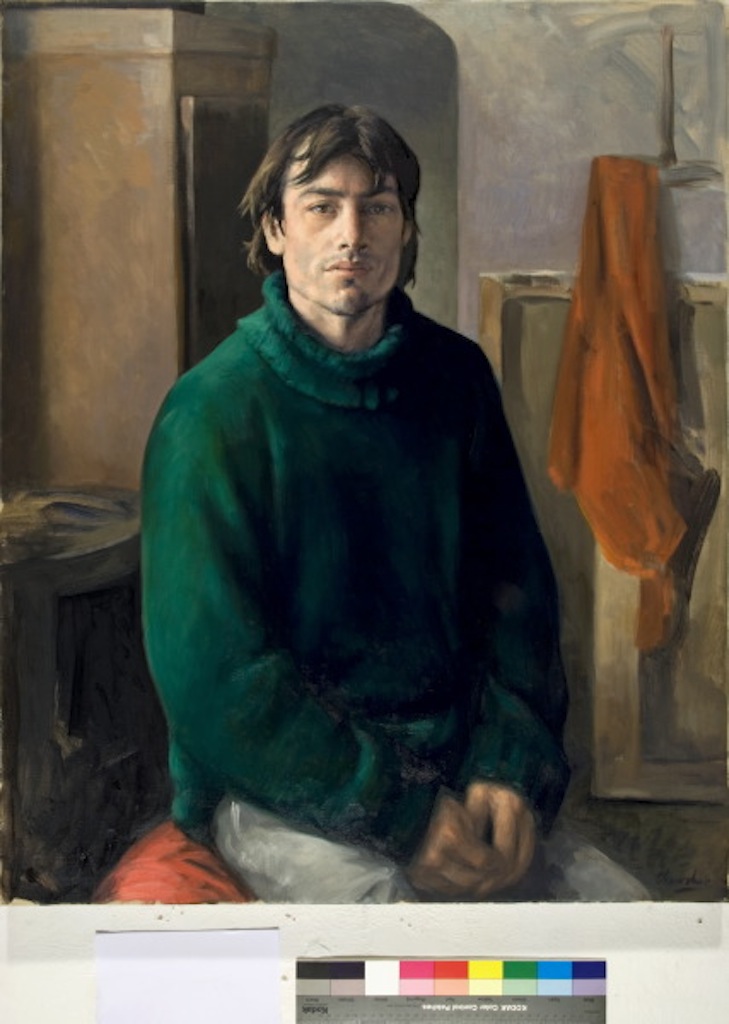
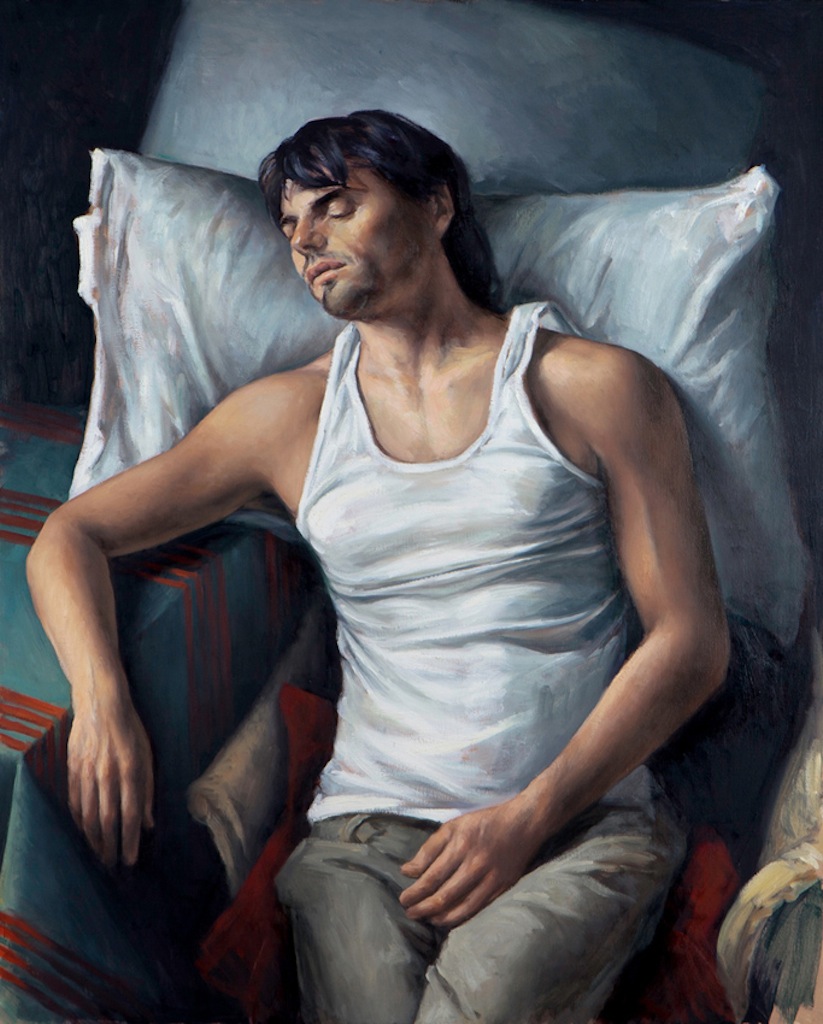
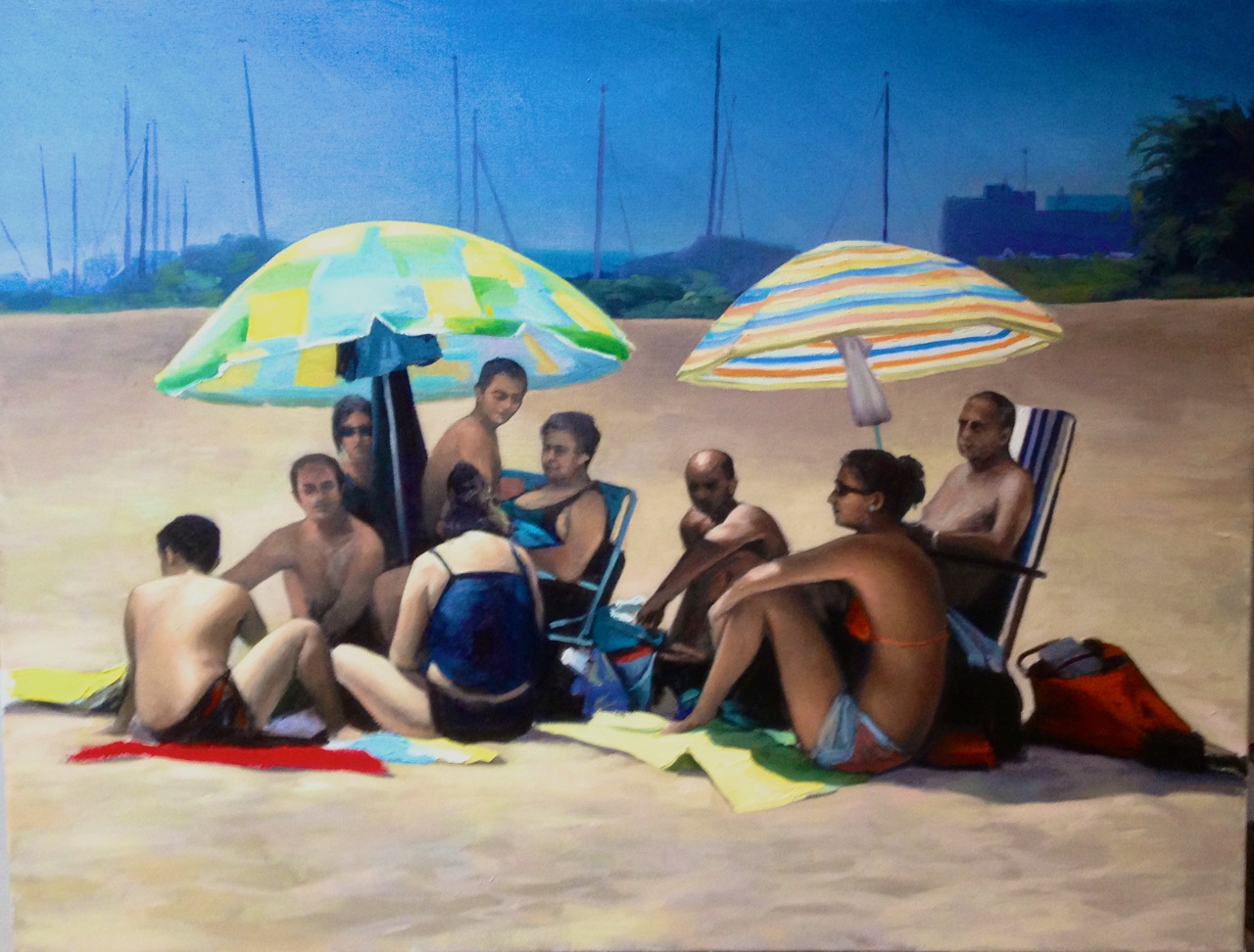
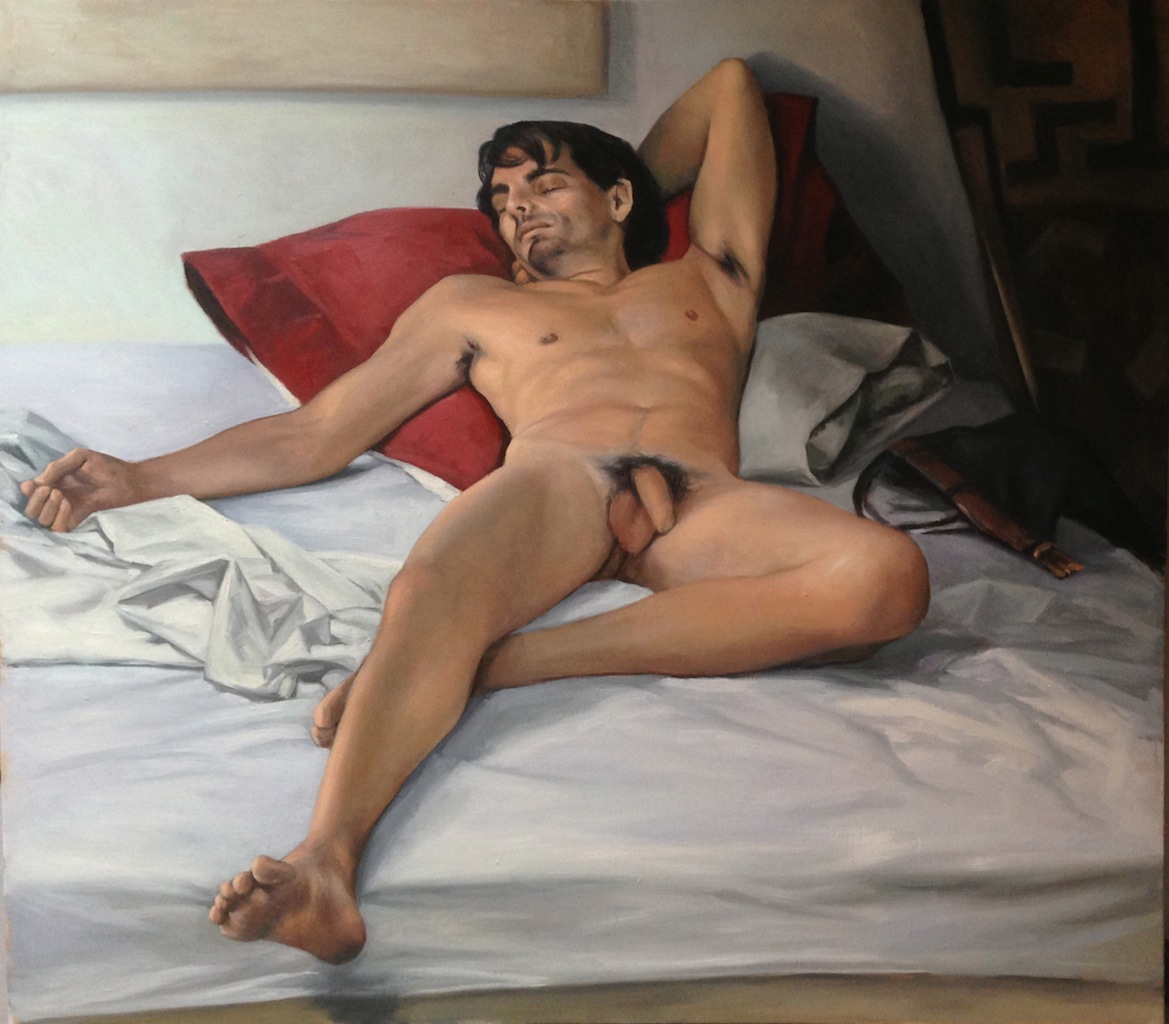
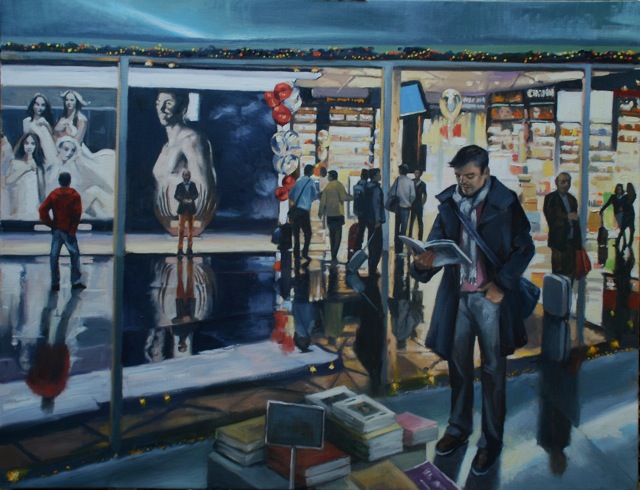
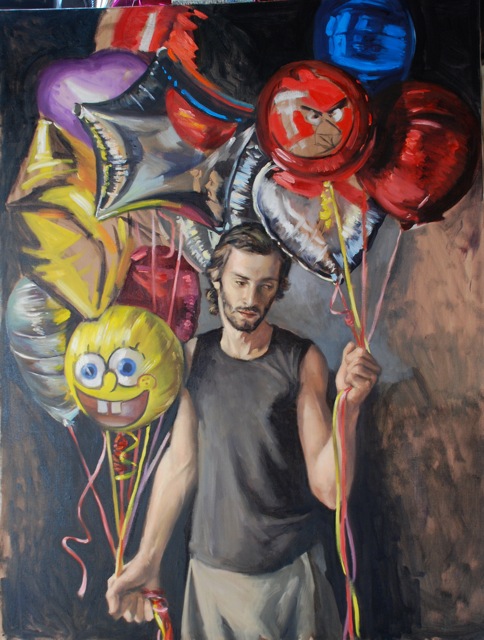
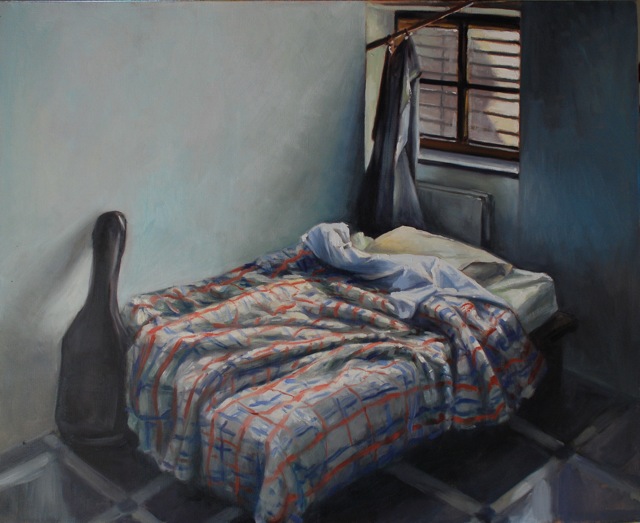
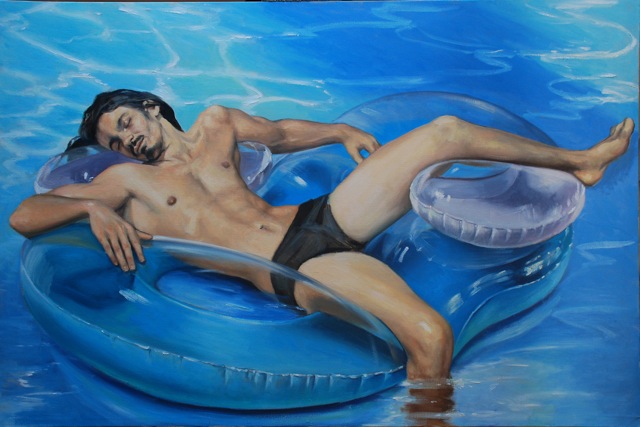
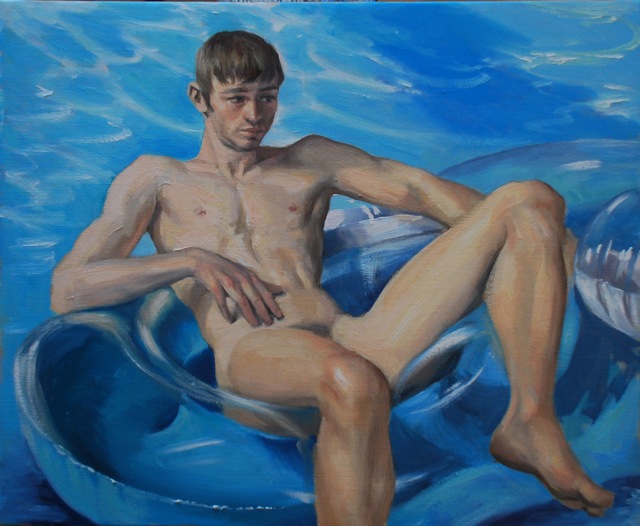
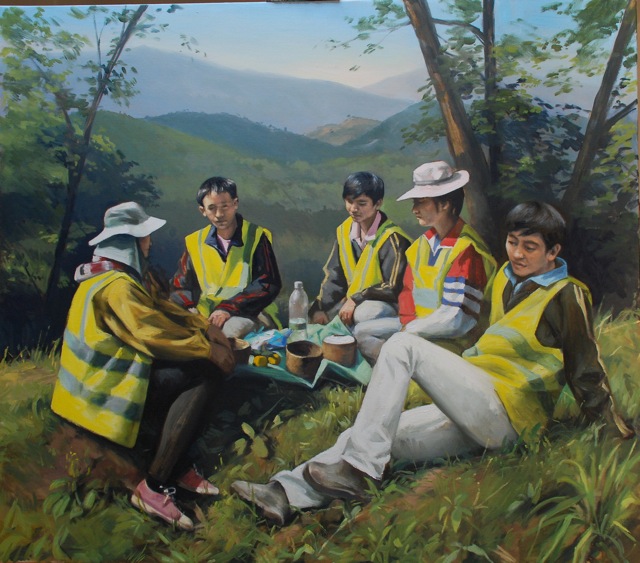
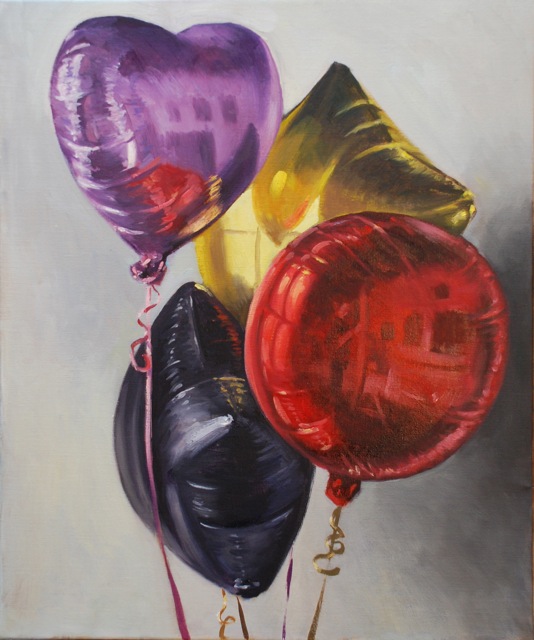
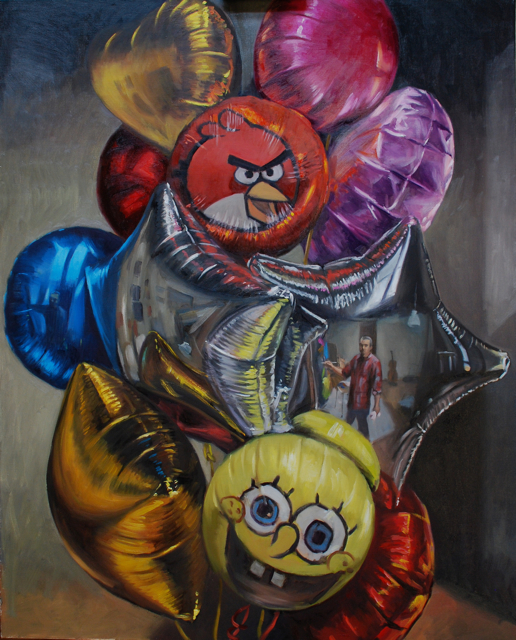
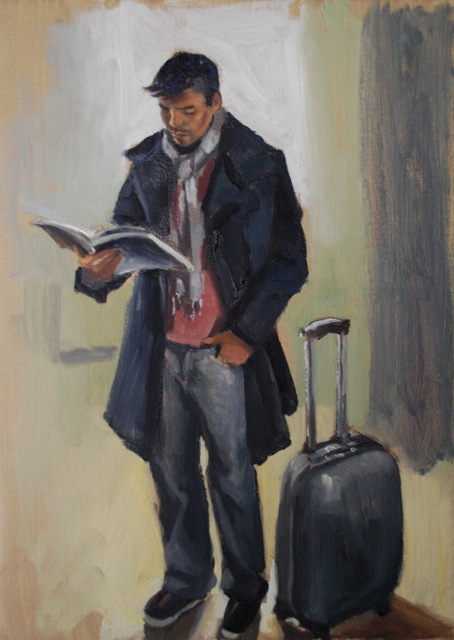
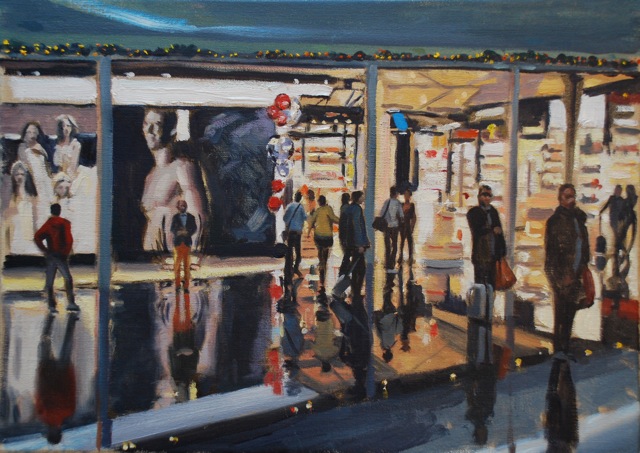
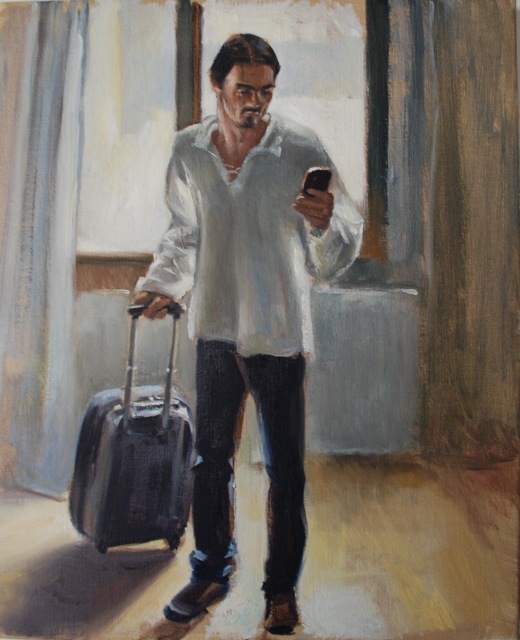
.
Tarik Berber – Painter
– – – – – – – – – – – – – – – – – – – – – – – – – – – – – – – – – – –
TARIK BERBER
Tarik Berber’s work offers a remarkable combination of two very different cultural worlds. He is of Bosniac origin. That is to say, he comes from the Muslim population of the always contested territory of Bosnia, once part of the former Yugoslavia and now independent. Bosnia has a notably rich and complex cultural tradition and Tarik is a descendant of a celebrated family of artists. As a working artist, he still maintains close ties with the milieu from which he originates.
He trained, however, at the celebrated Florentine Academy, which offers perhaps the most rigorous of all trainings for painters. They grind their own colours, mix their own paints and make their own brushes, just as the apprentices did in the studios of the great Renaissance masters.
This profound respect for tradition shows itself very clearly in Berber’s work. His paintings, with their muted colours, often have he appearance of frescos. They also demonstrate a keen interest in classical principles of design – in the relationship of the form to the edges of the space within which they have been placed.
The mingling of cultural influences in Tarik Berber’s work pays eloquent tribute to the complex cultural mix to be found in his native region. On the one had, there is a strong classical element, which mat at times remind one, not so much of Renaissance paintings and frescos, as of the Ancient Roman paintings to be seen in Pompeii. On the other hand, there are influences that seem to come from the artists of the turn of the century Vienna Secession – specifically from the work of Gustav Klimt and Egon Schiele. It is worth remembering that the culture of the Balkans, of the Bosnia-Herzegovina of today, retains impulses that originated, not in any part of Italy, but in Vienna.
There are, in addition, things that announce themselves as being entirely contemporary, a very much of our own time – for example the striking portraits of Jamaican Rastafarians that reference a ‘scene’ that is as profoundly anti-classical in spirit as anything one could imagine. These portraits nevertheless demonstrate Tarik Berber’s strengths as a draftsman. Place them in a show of high quality Old Master drawings and they would certainly hold their own.
The eclecticism of Tarik Berber’s work is personal, yet is at the same time symbolic of much that is happening in the visual culture of today. This culture has access to an increasingly wide range of references. Images from every region of the world and from old epochs, from Palaeolithic times to our own, are readily available to young artists, and indeed to all the rest of us provided we have access to a computer. Historical hierarchies are vanishing – art from every epoch is immediately ours, if we wish it to be so. Geographical boundaries are also tending to dissolve.
Once consequence of this is that the idea of an organised ‘avant-garde’, immediately recognisable as something that is collectively ahead of the game, is becoming unfeasible. Currently attempted substitutes for genuinely new ways of seeing the world, for example an insistence on sexual shock or on raucous political activism, are only a kind of ersatz version of real innovation, and audiences are beginning to realize it. The result has been the gradual emergence of a new generation of artists, less interested in avant-garde identity, much more interested in locating the true creative self. Tarik Berber is one of those artists.
Edward Lucie-Smith
– – – – – – – – – – – – – – – – – – – – – – – – – – – – – – – – – – –
